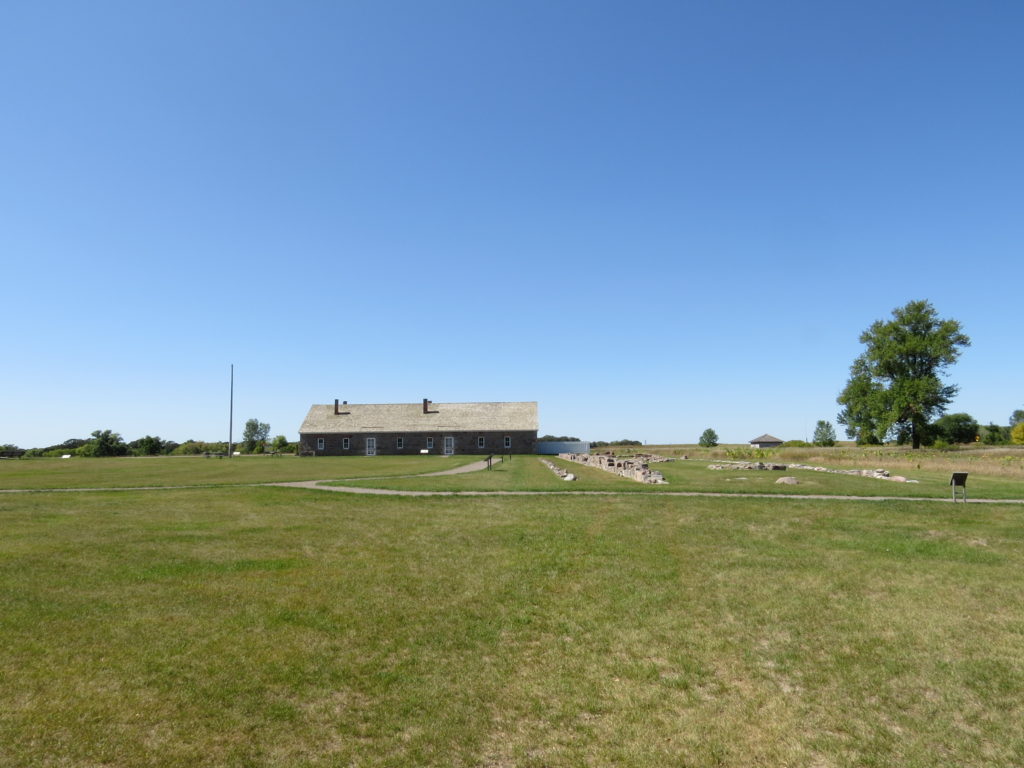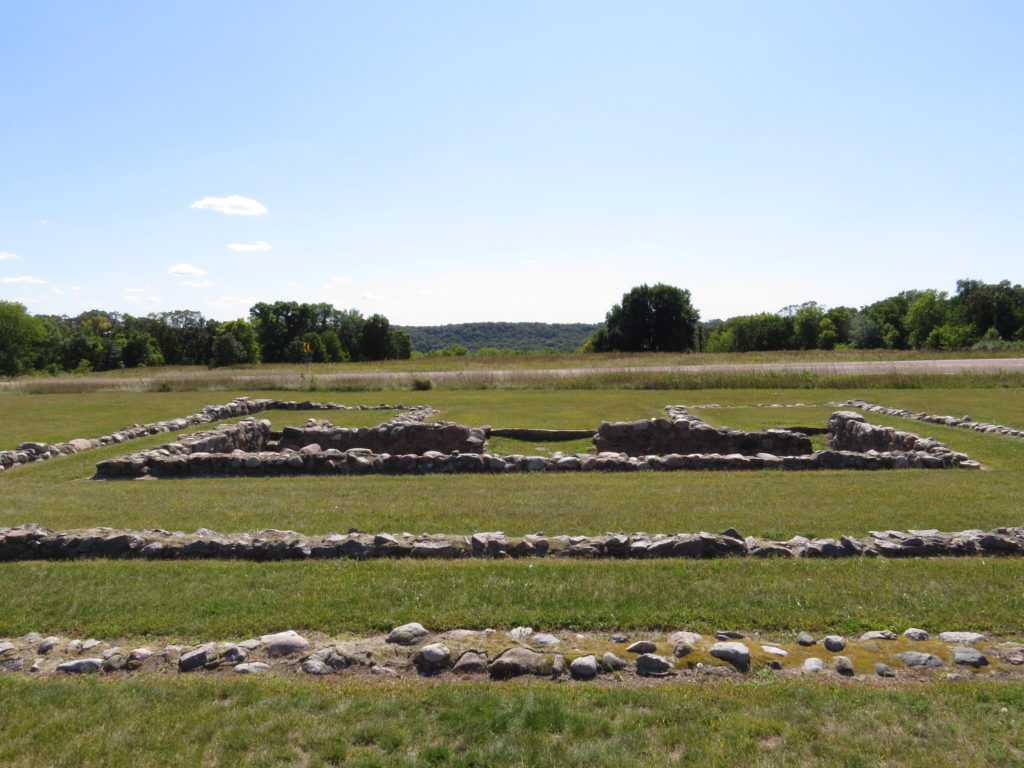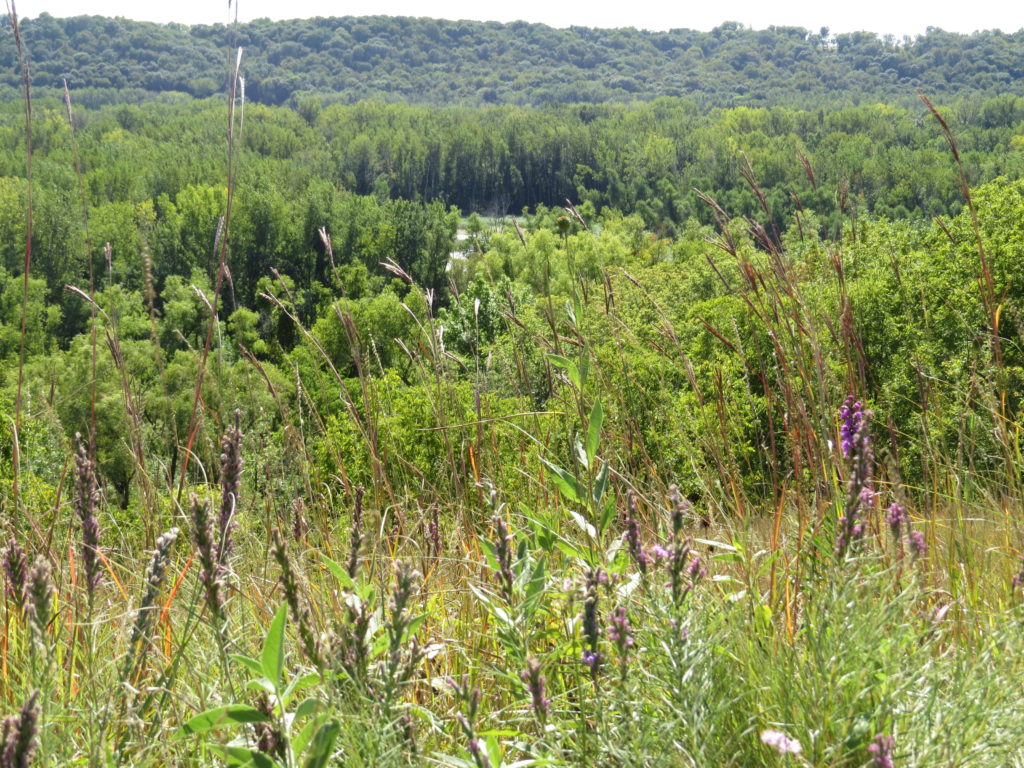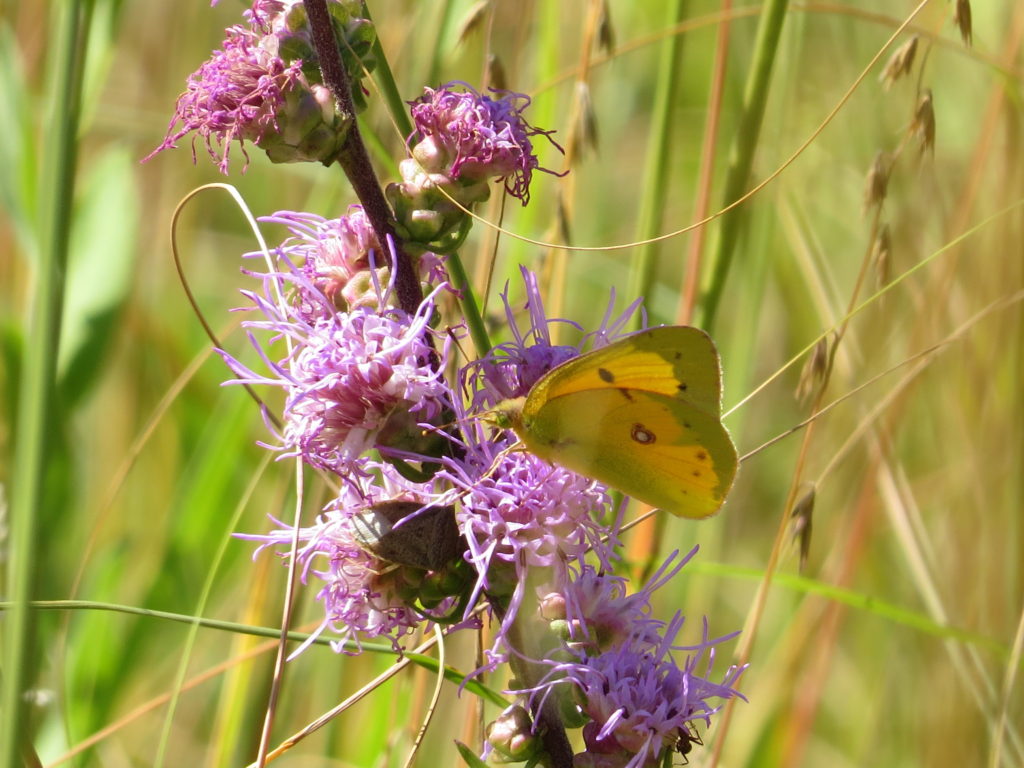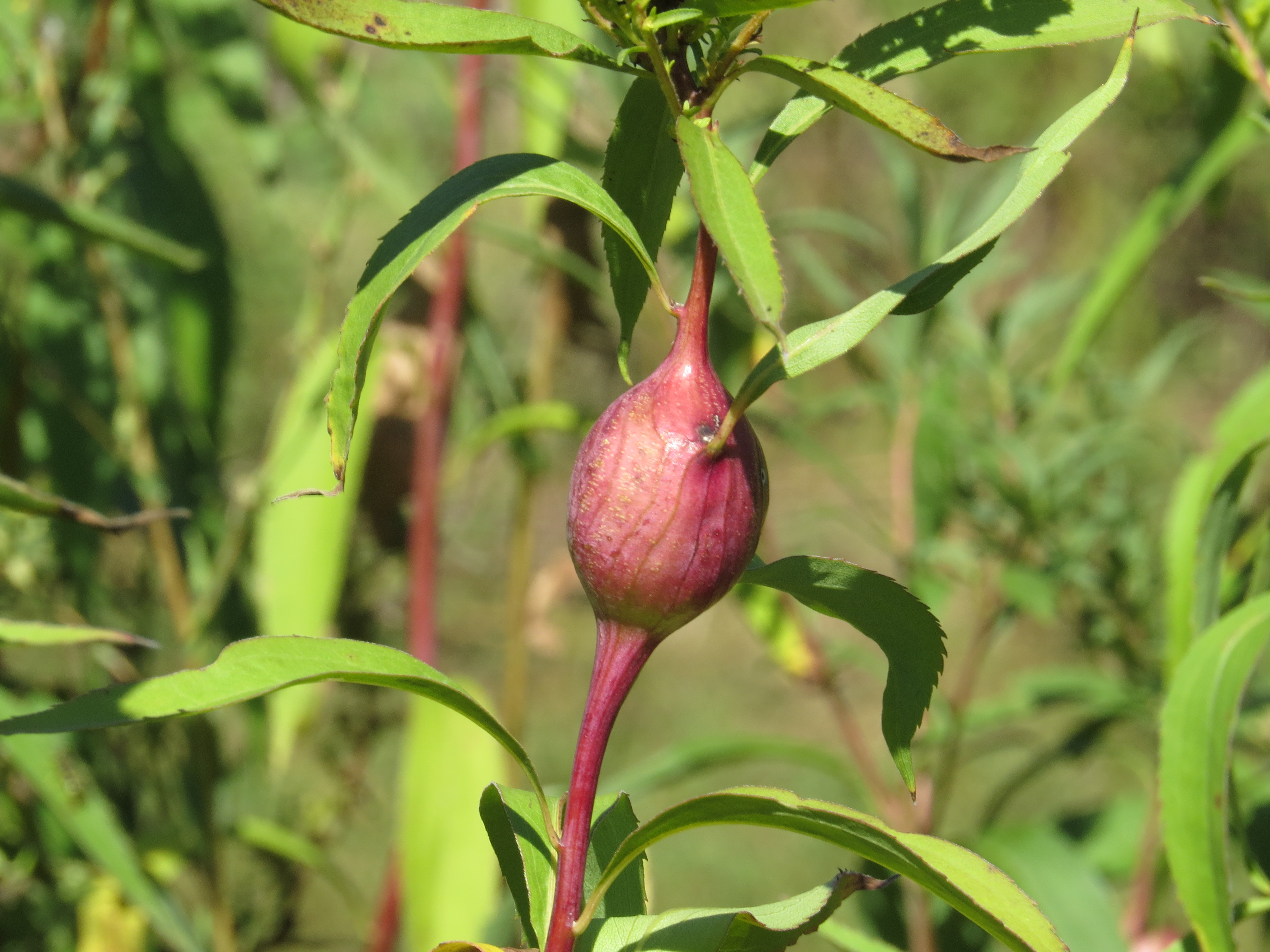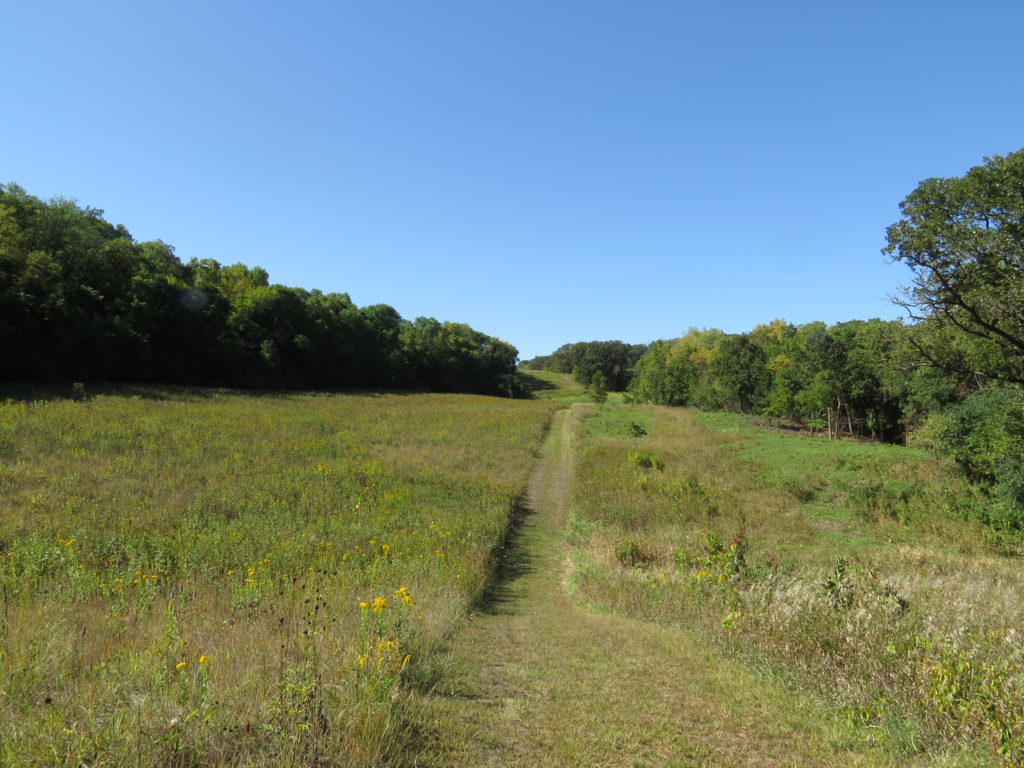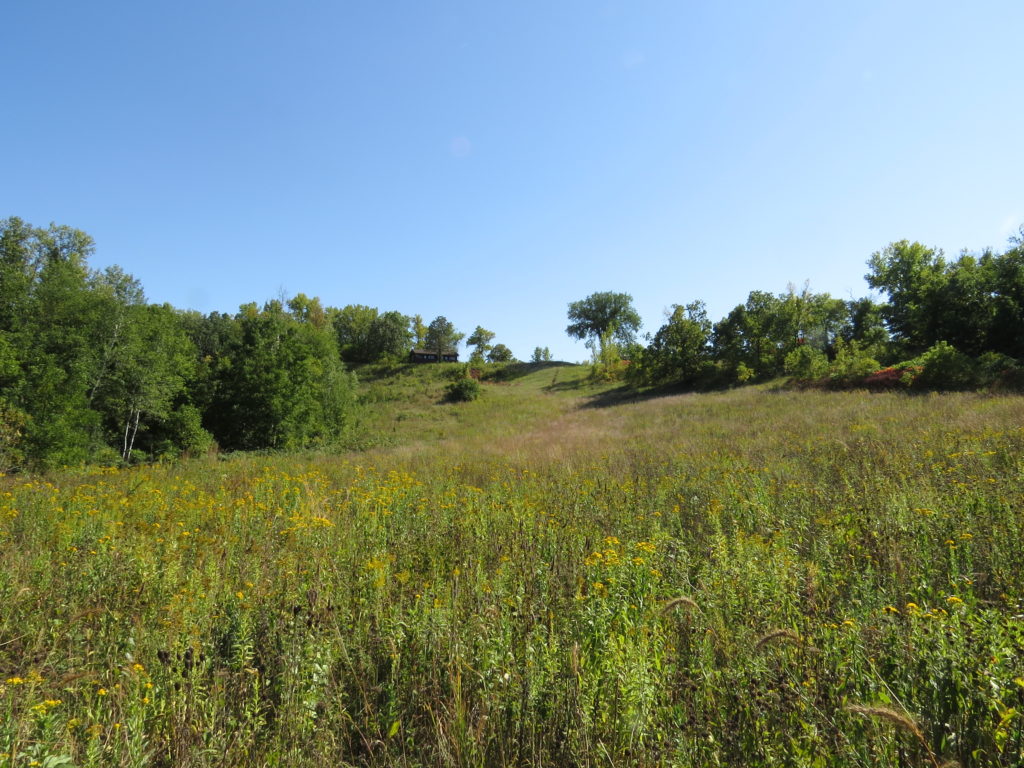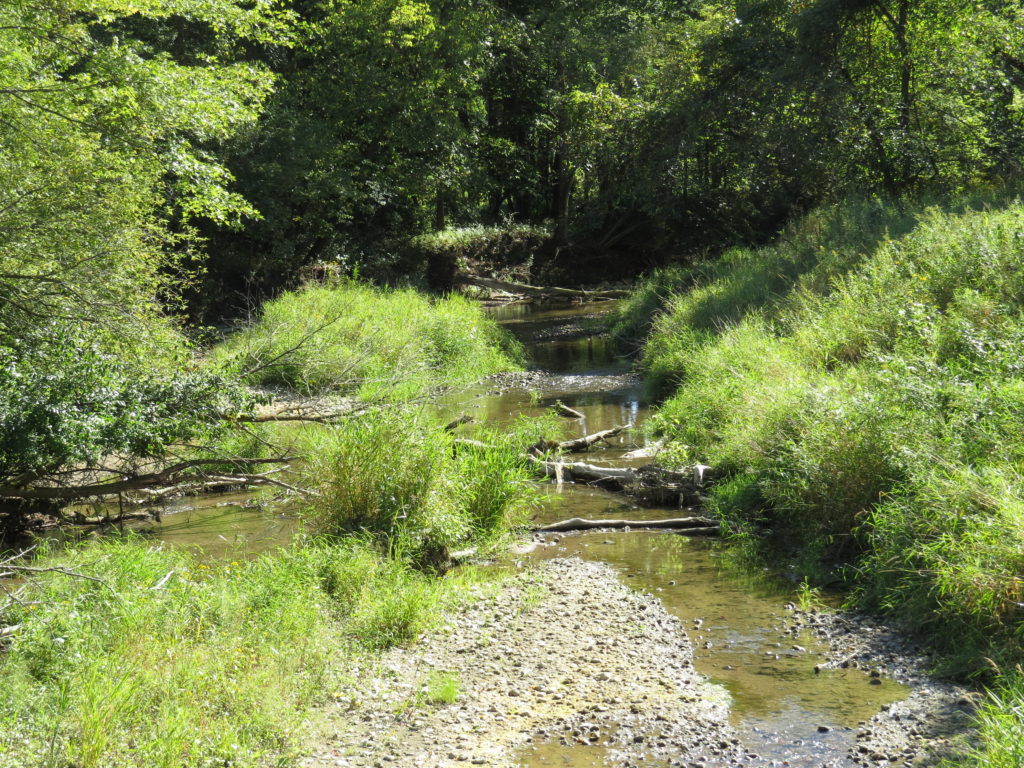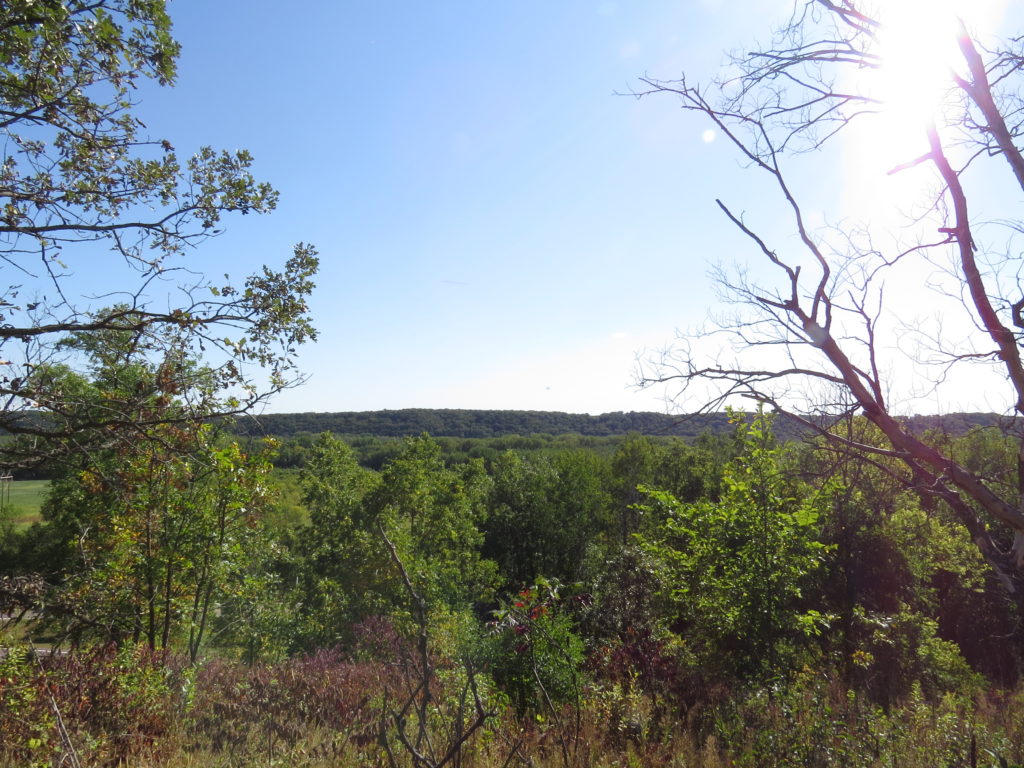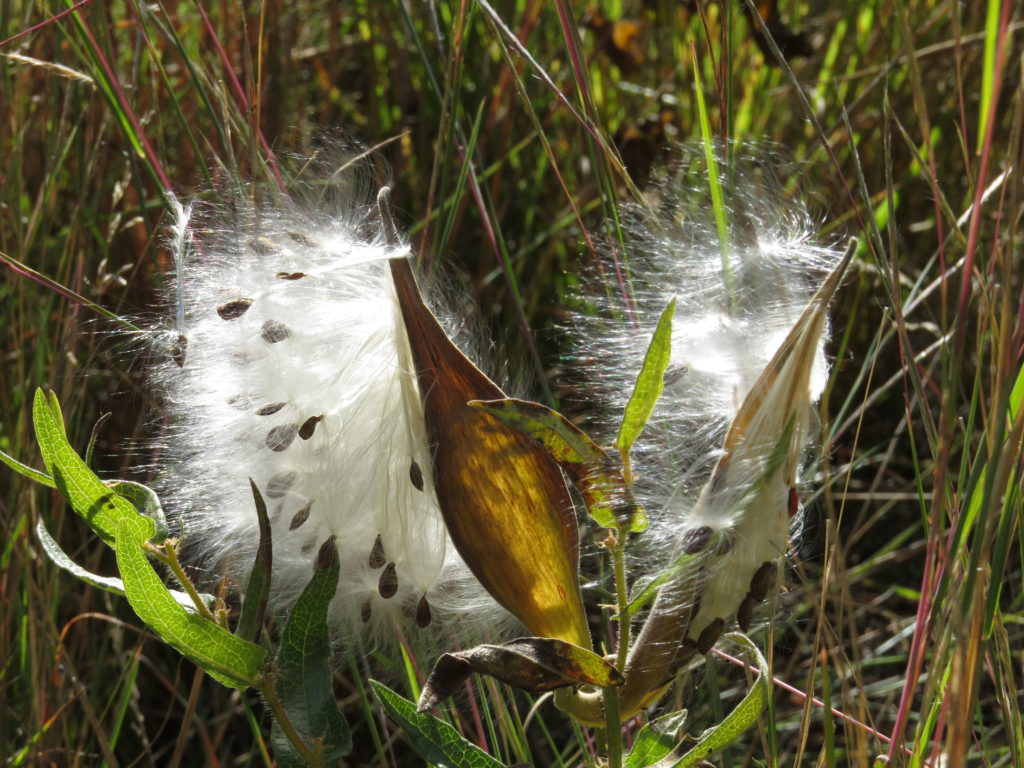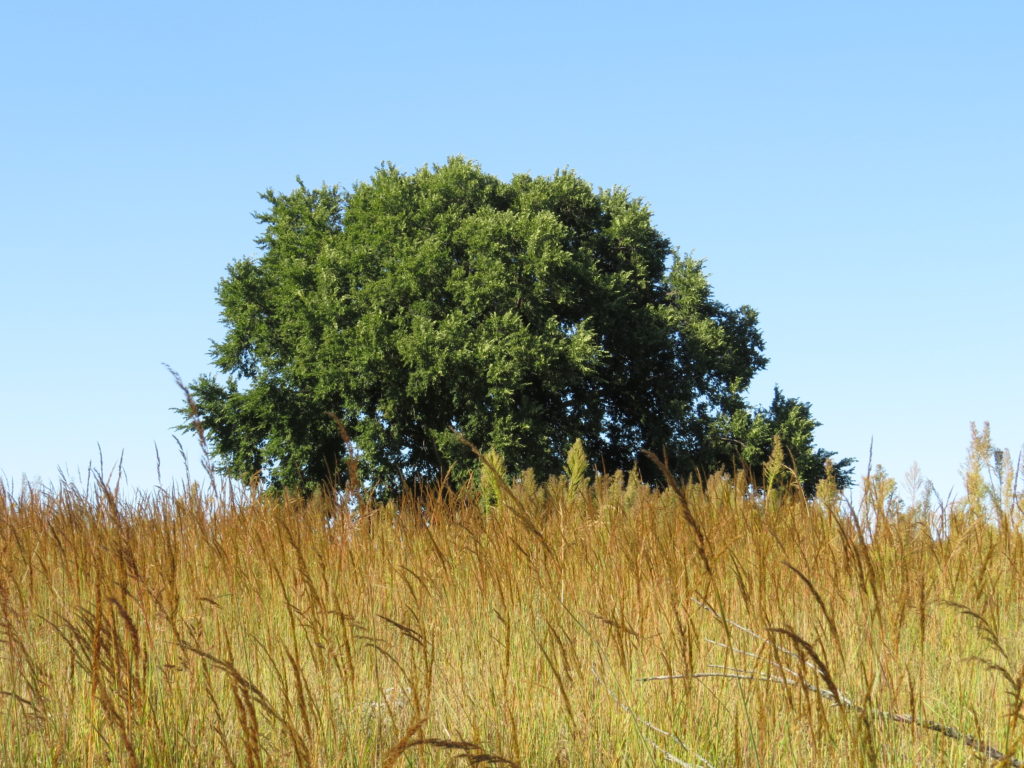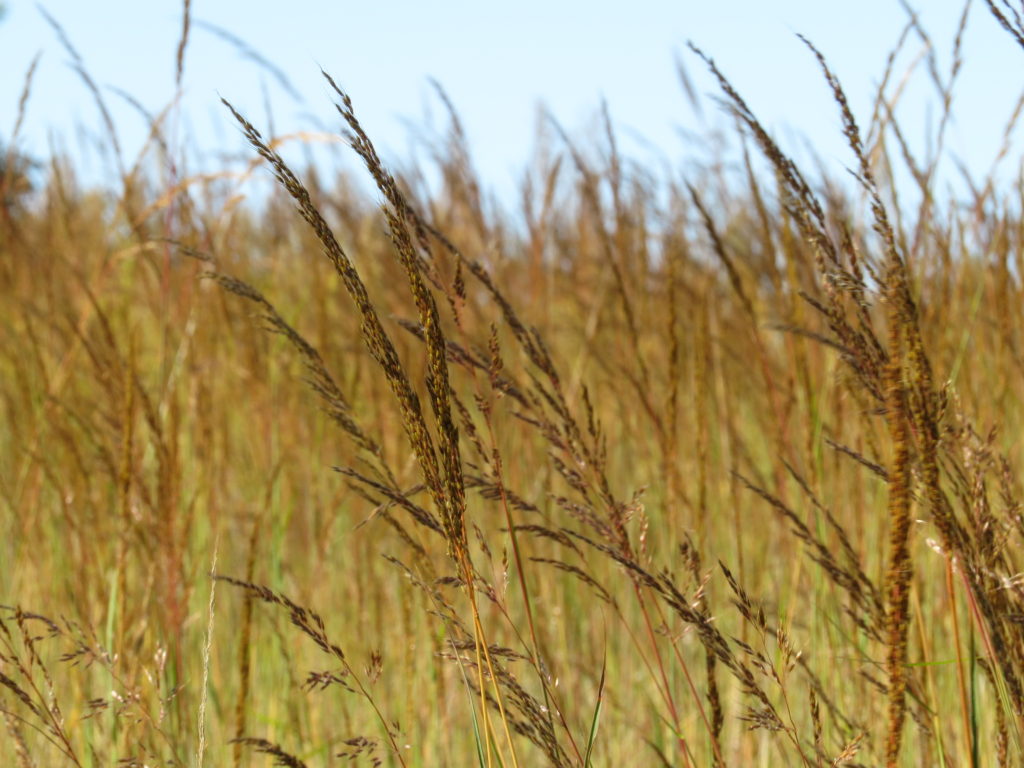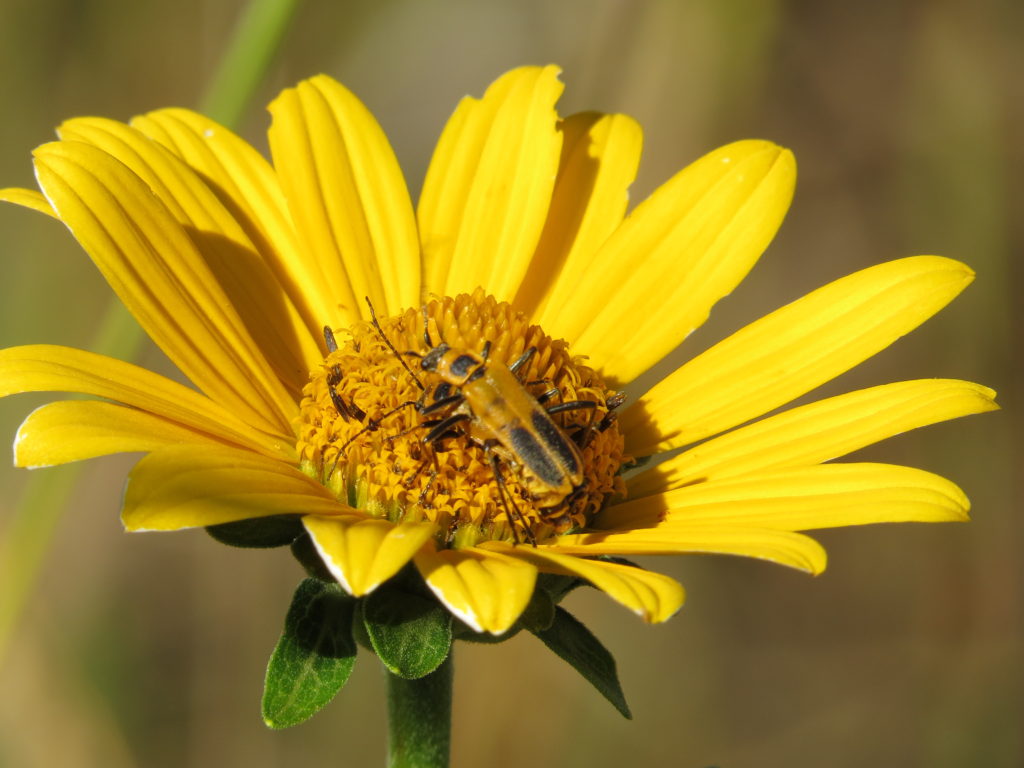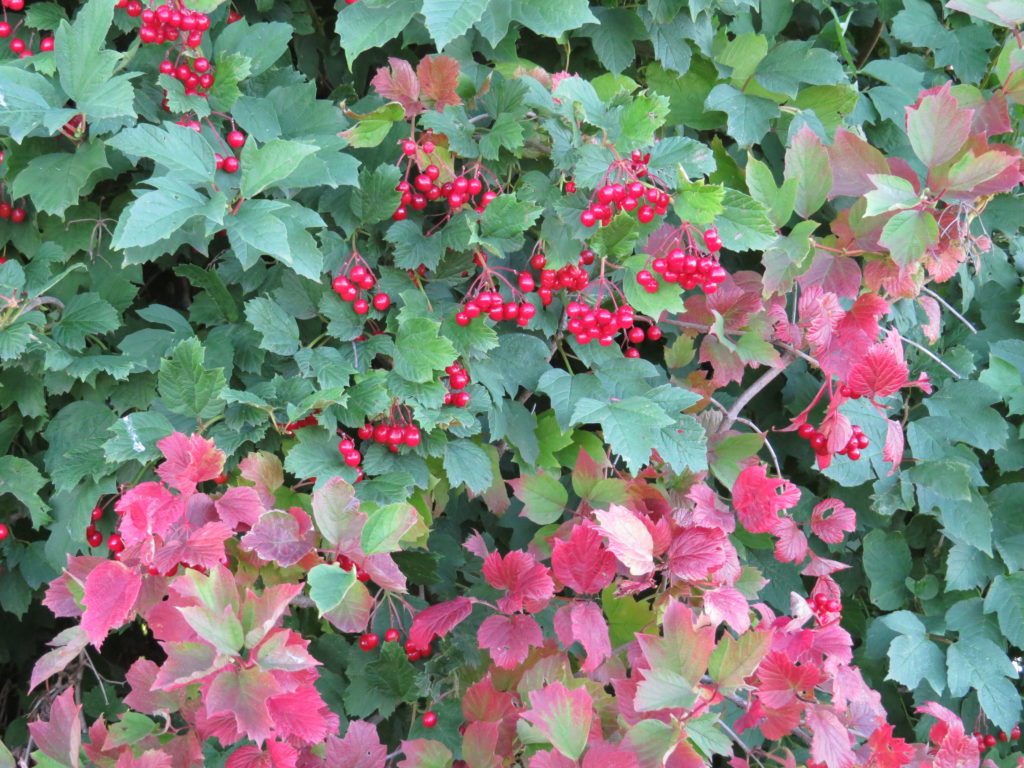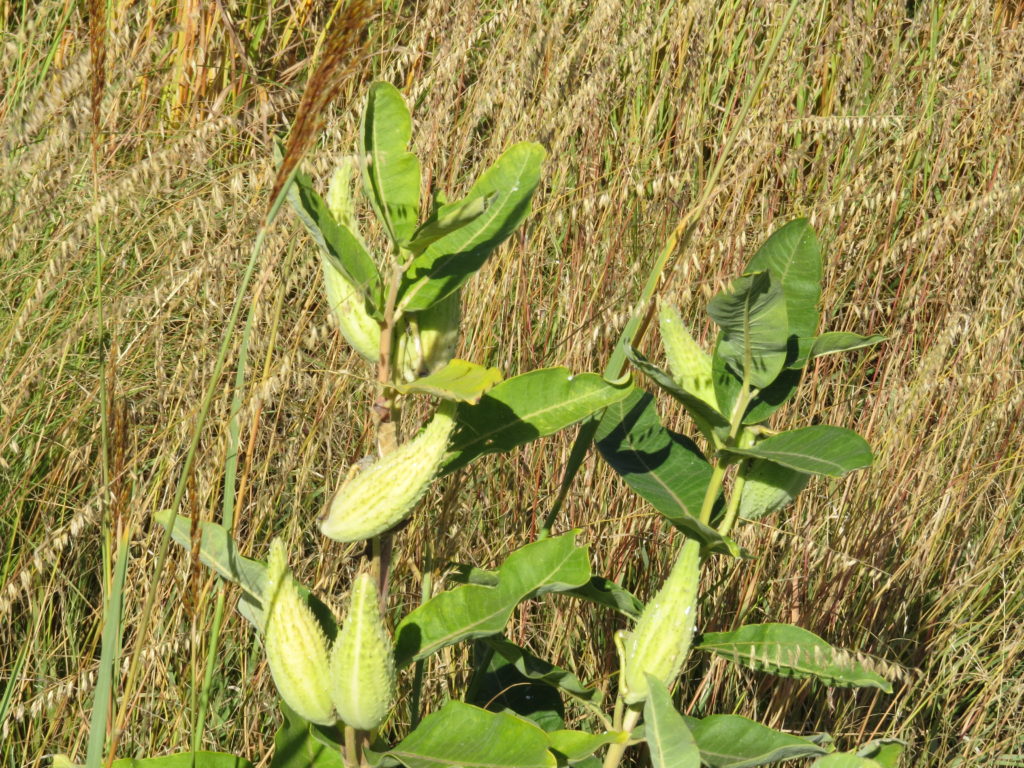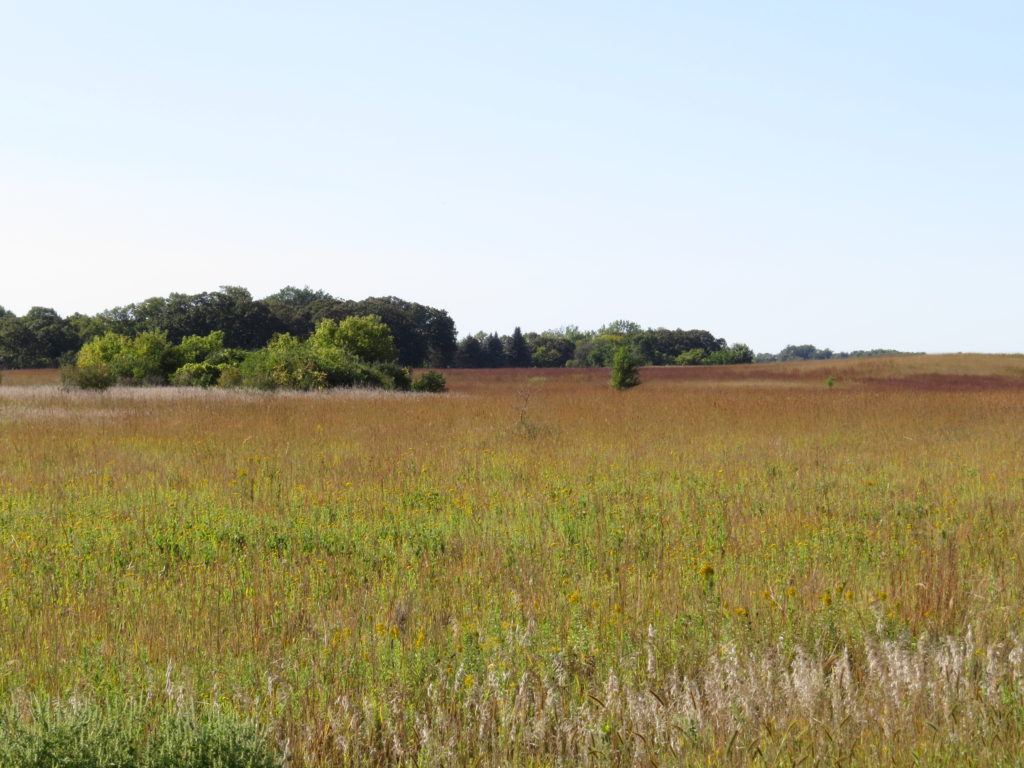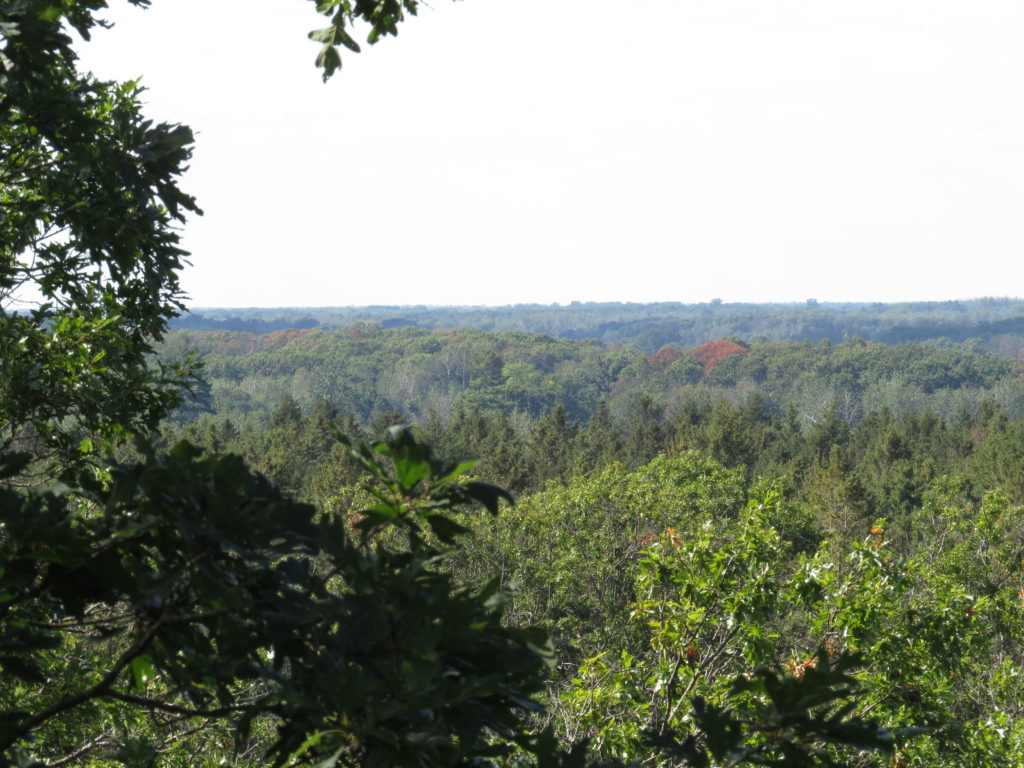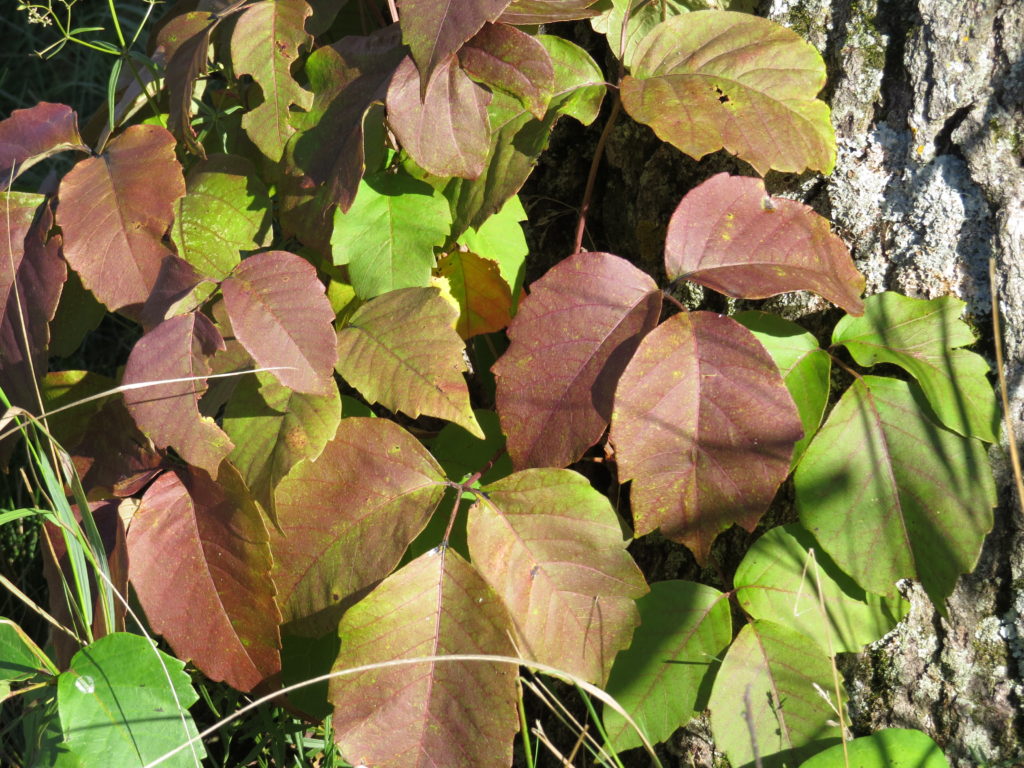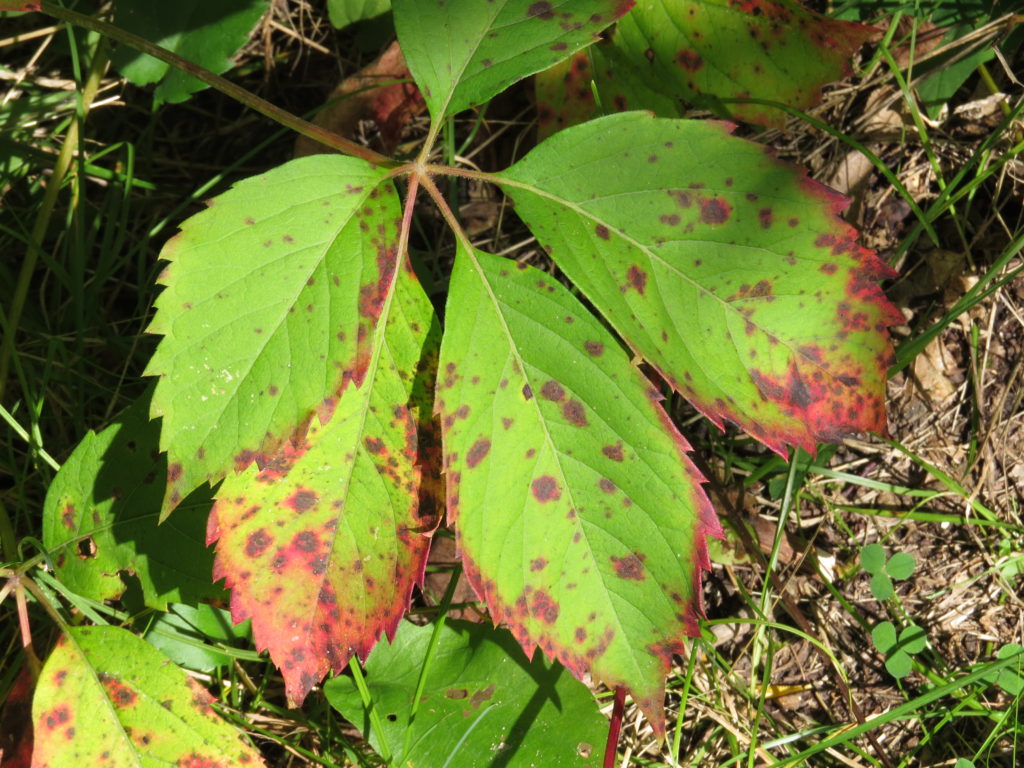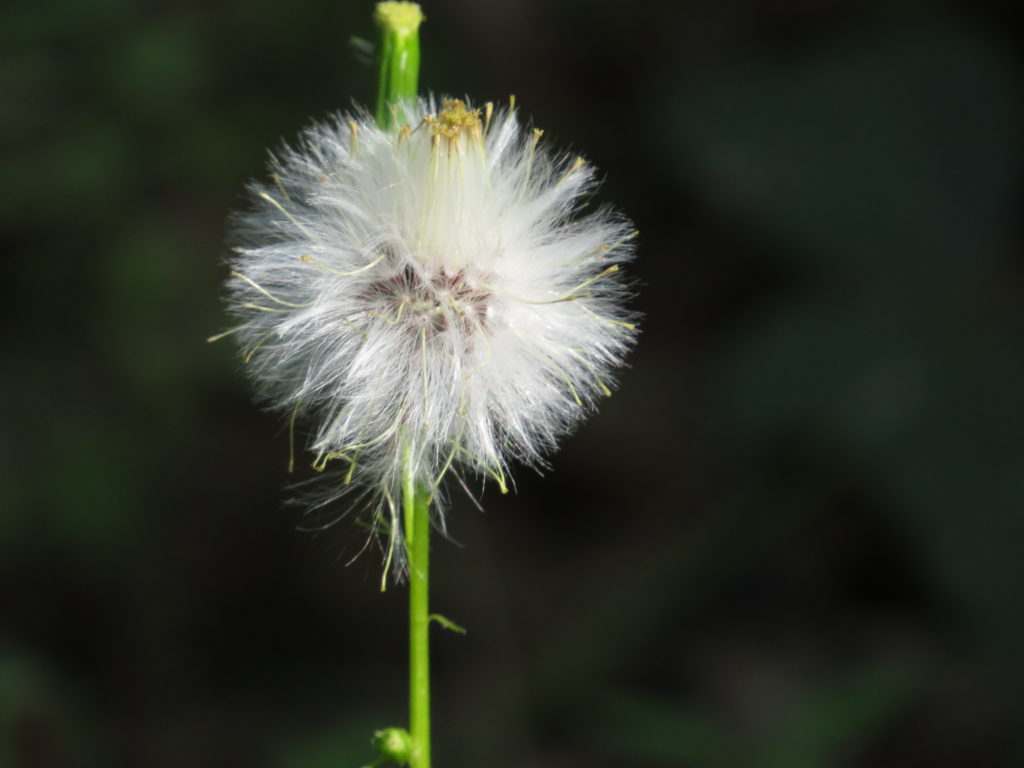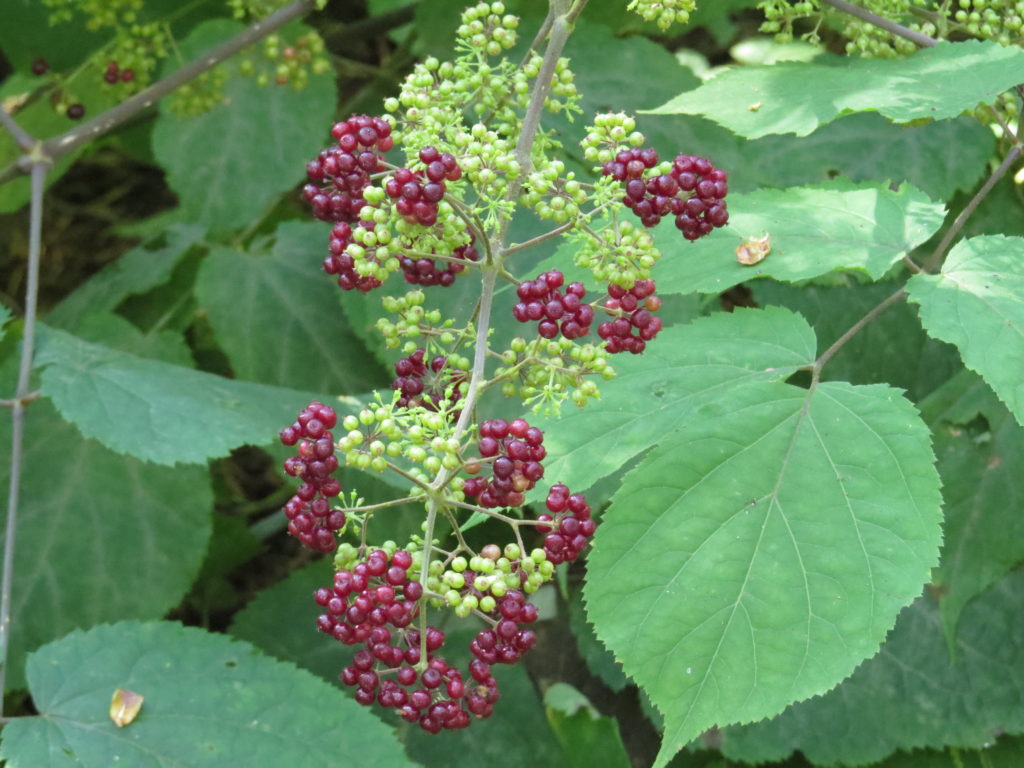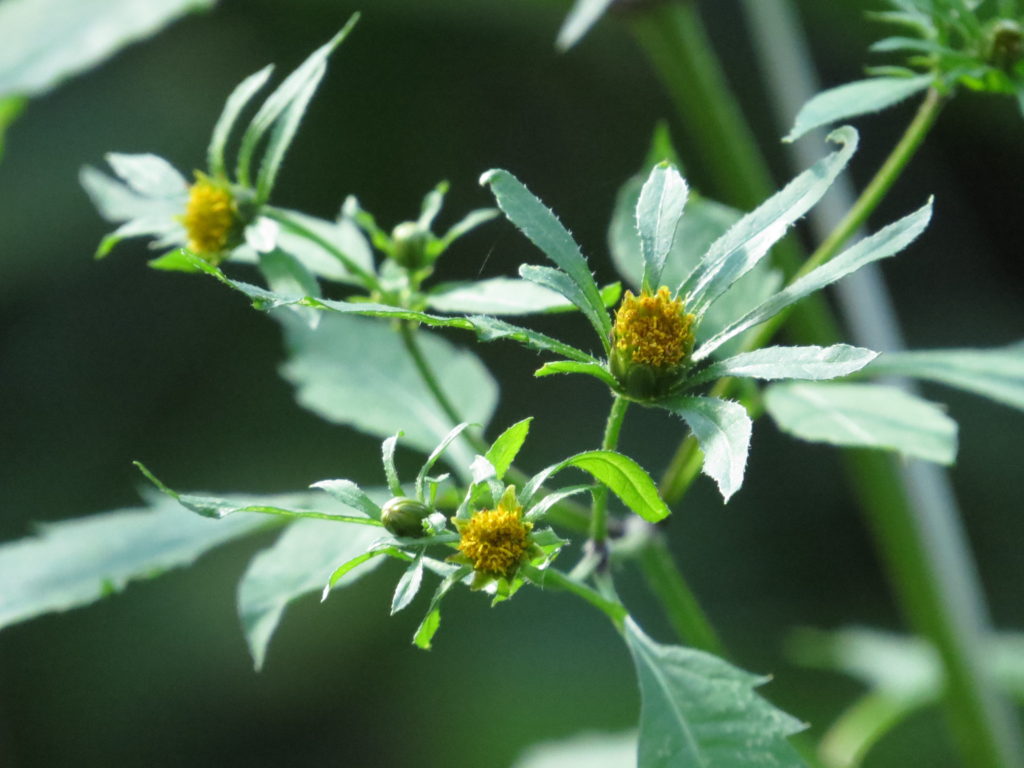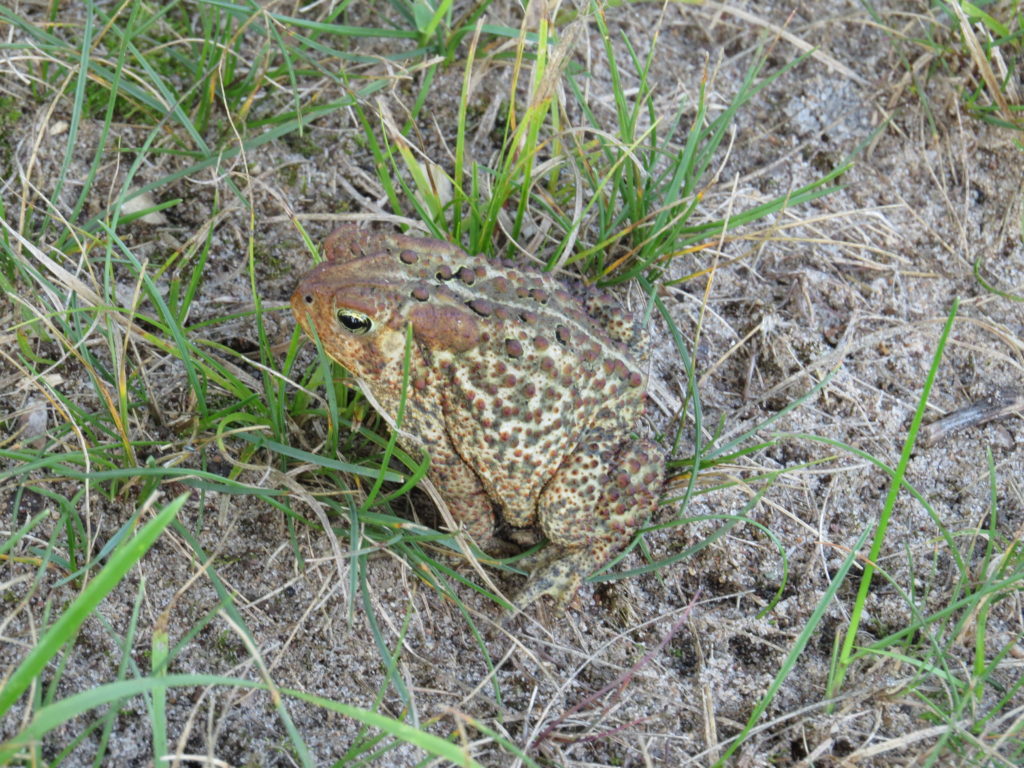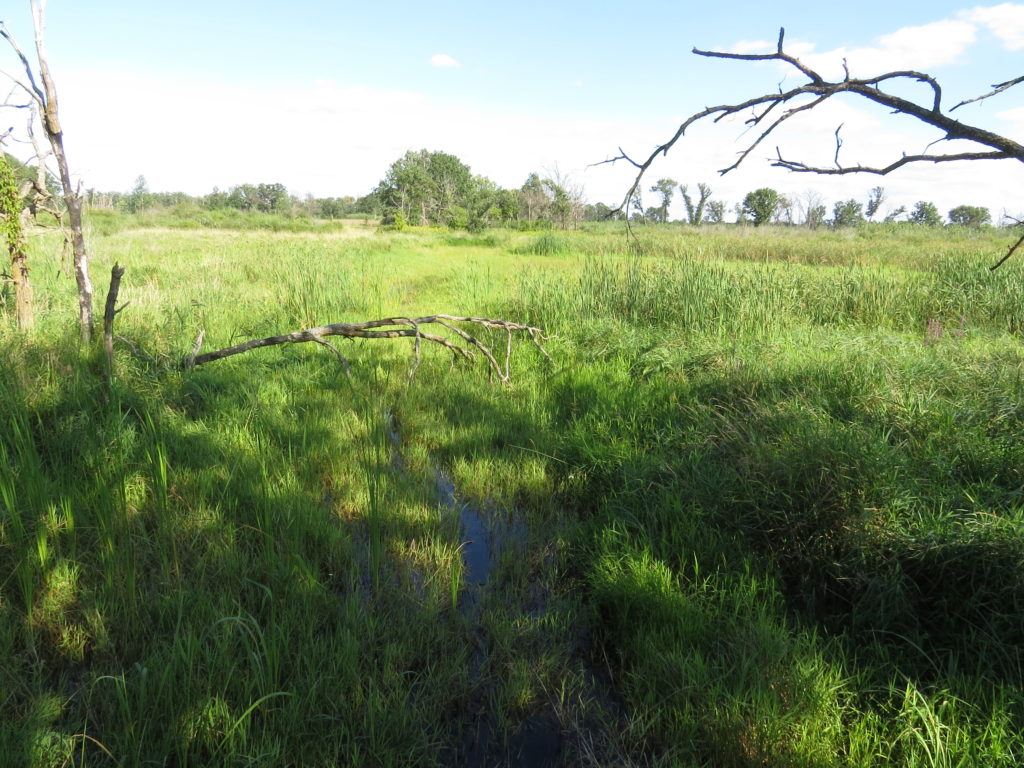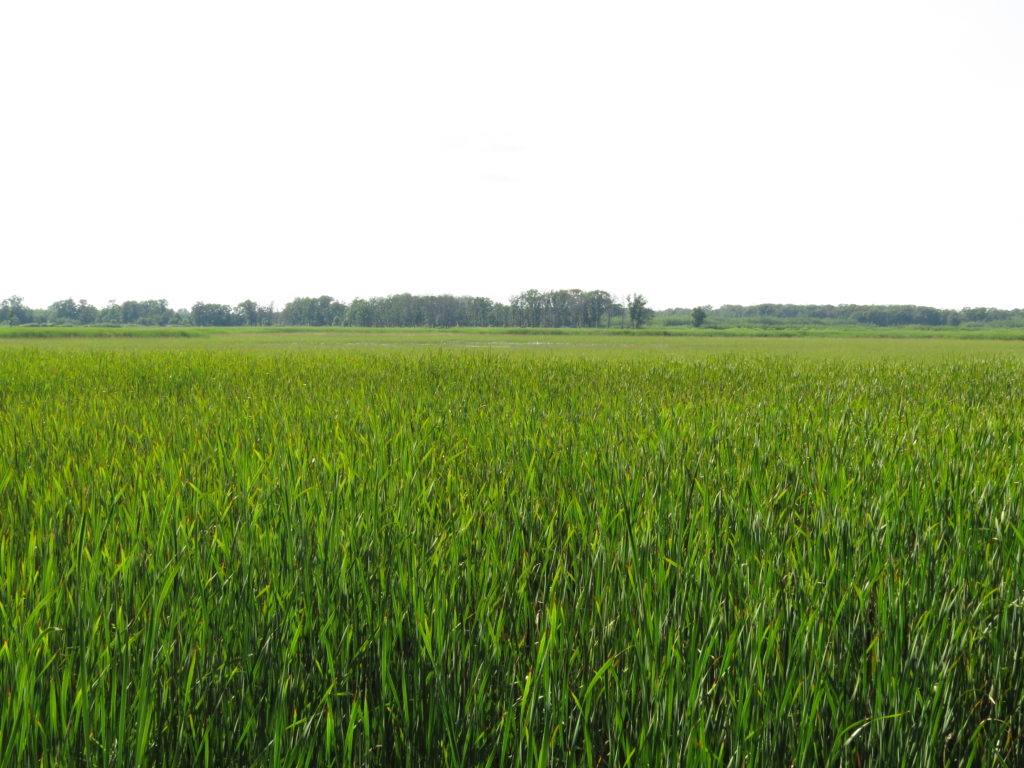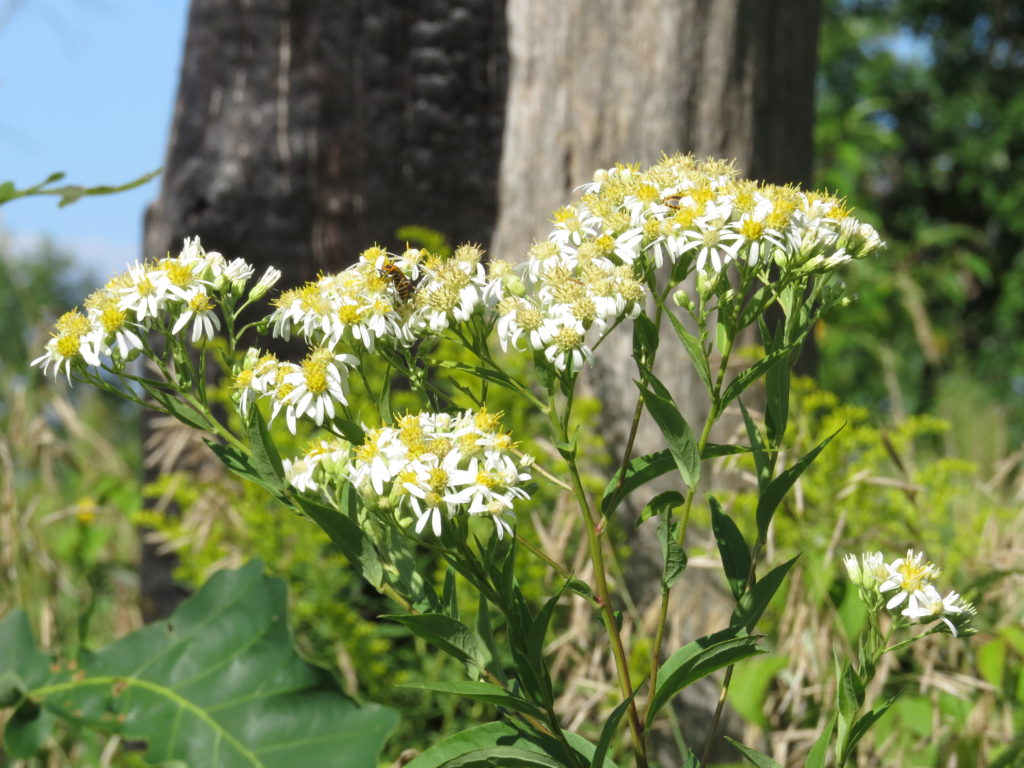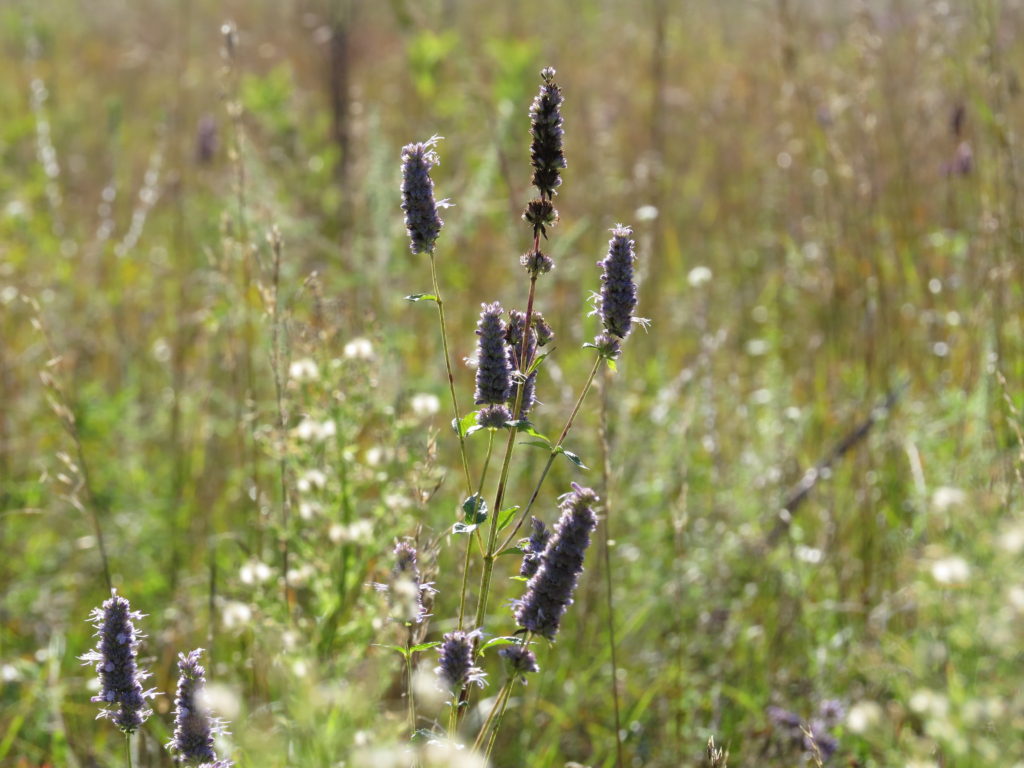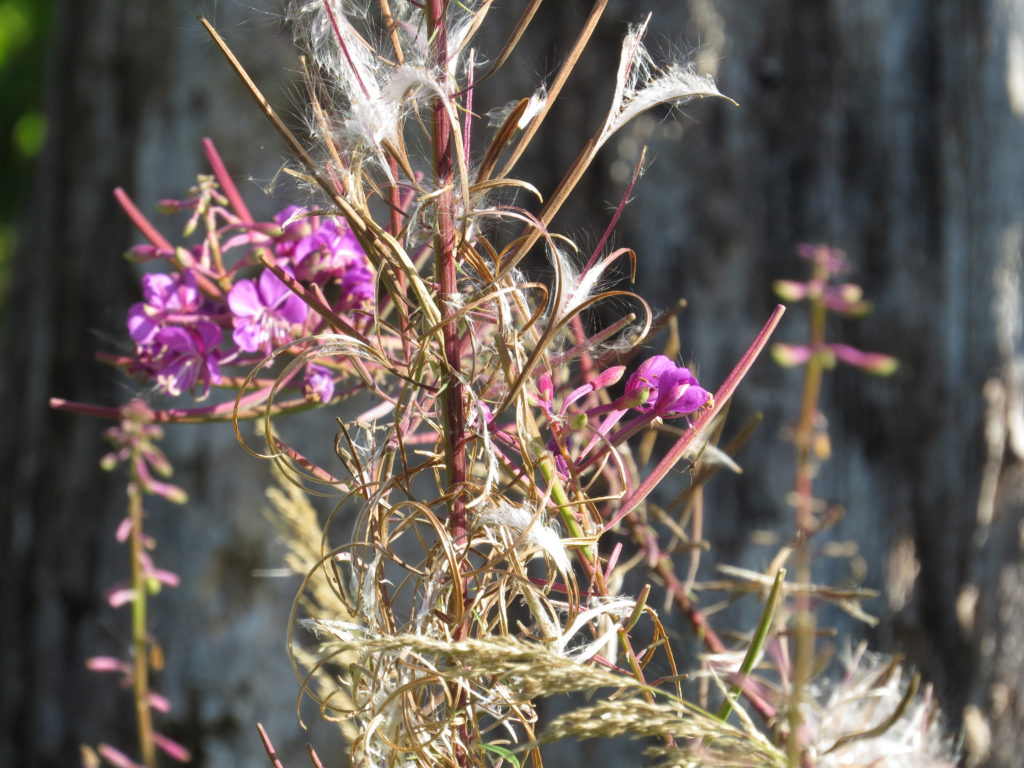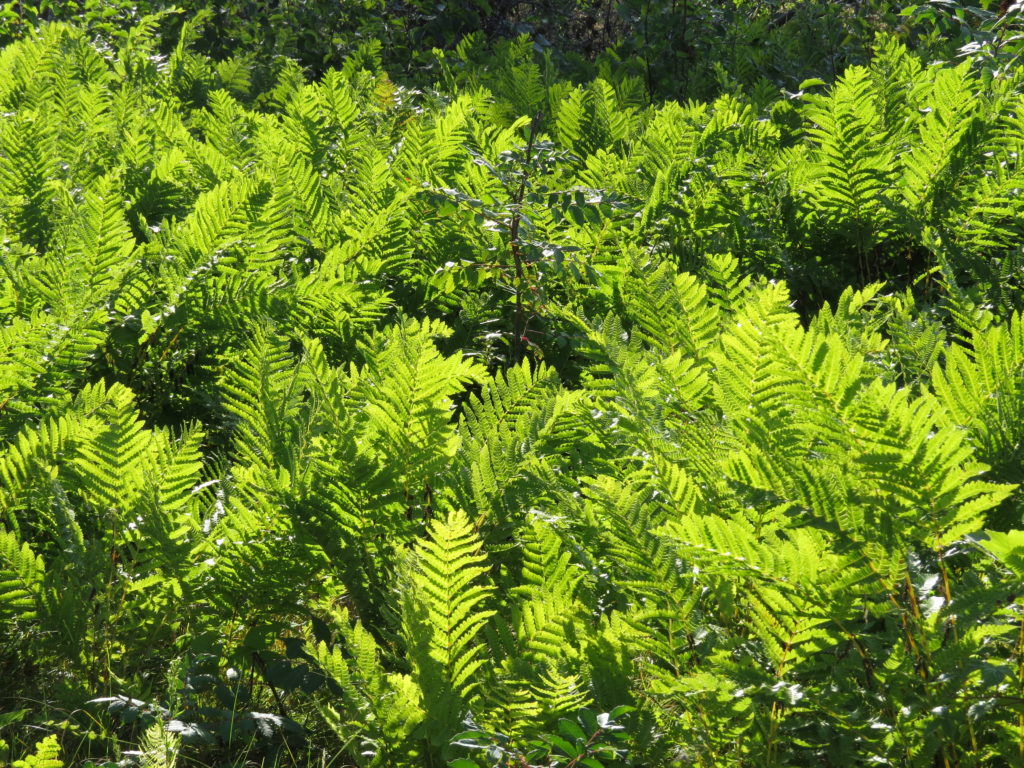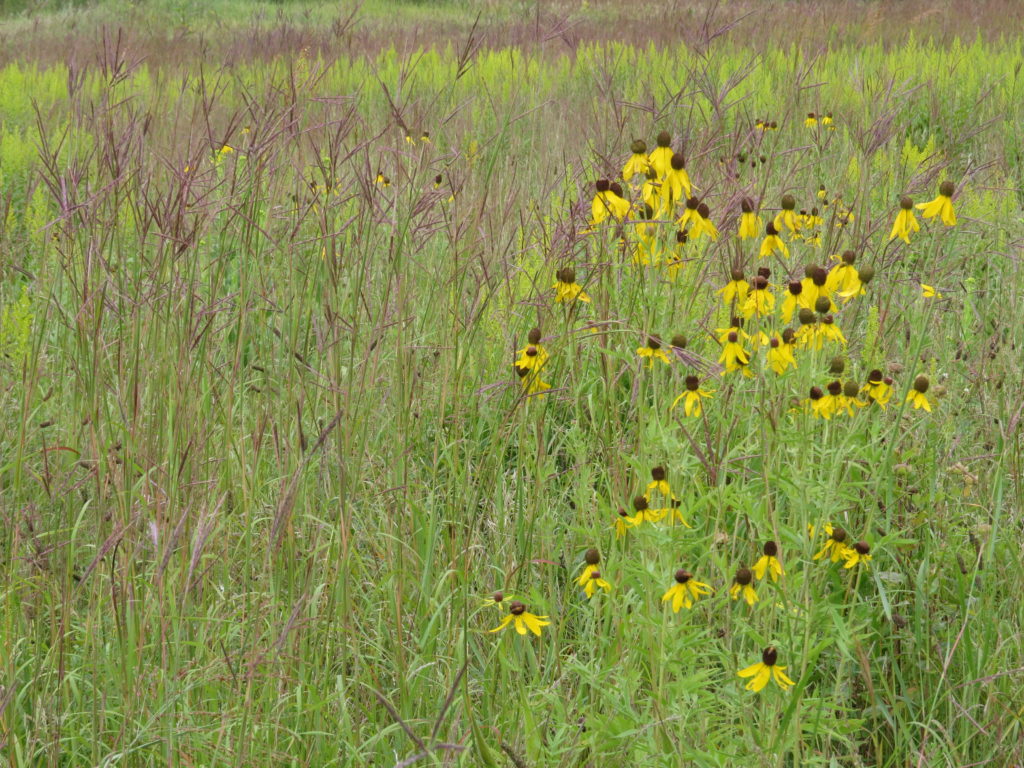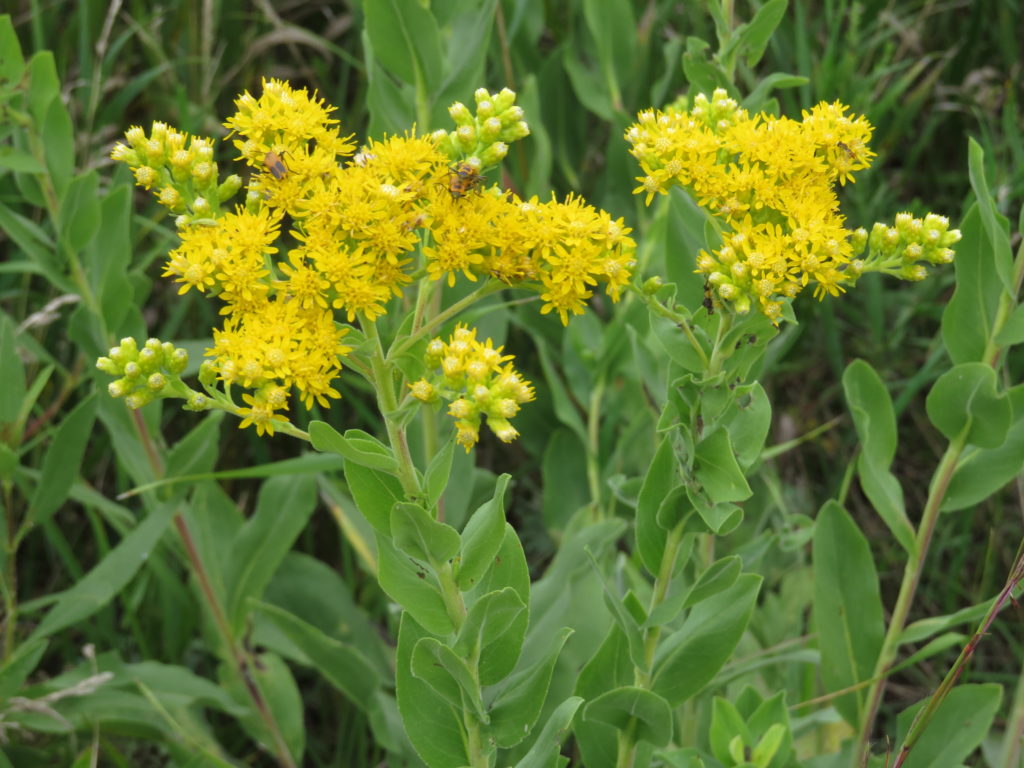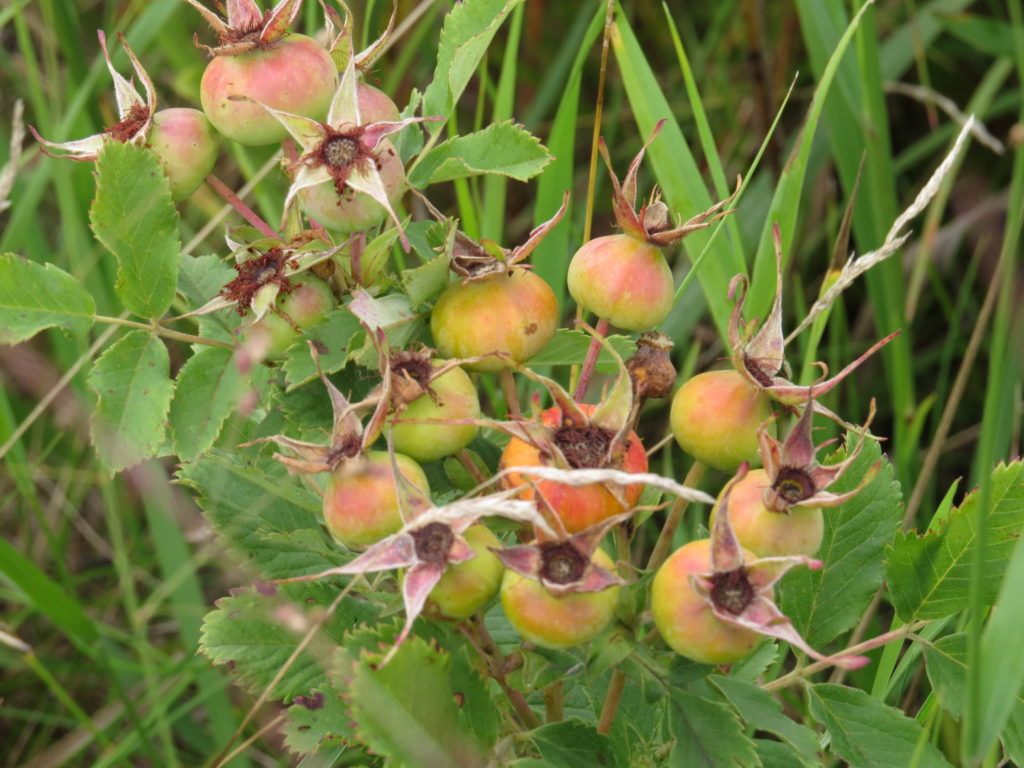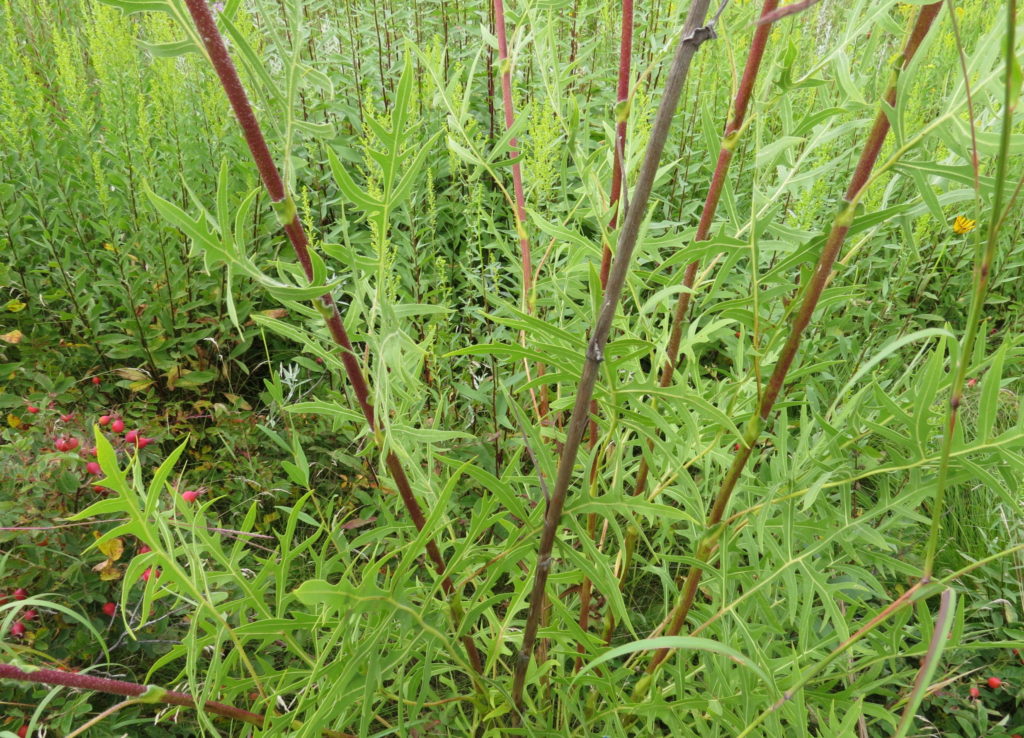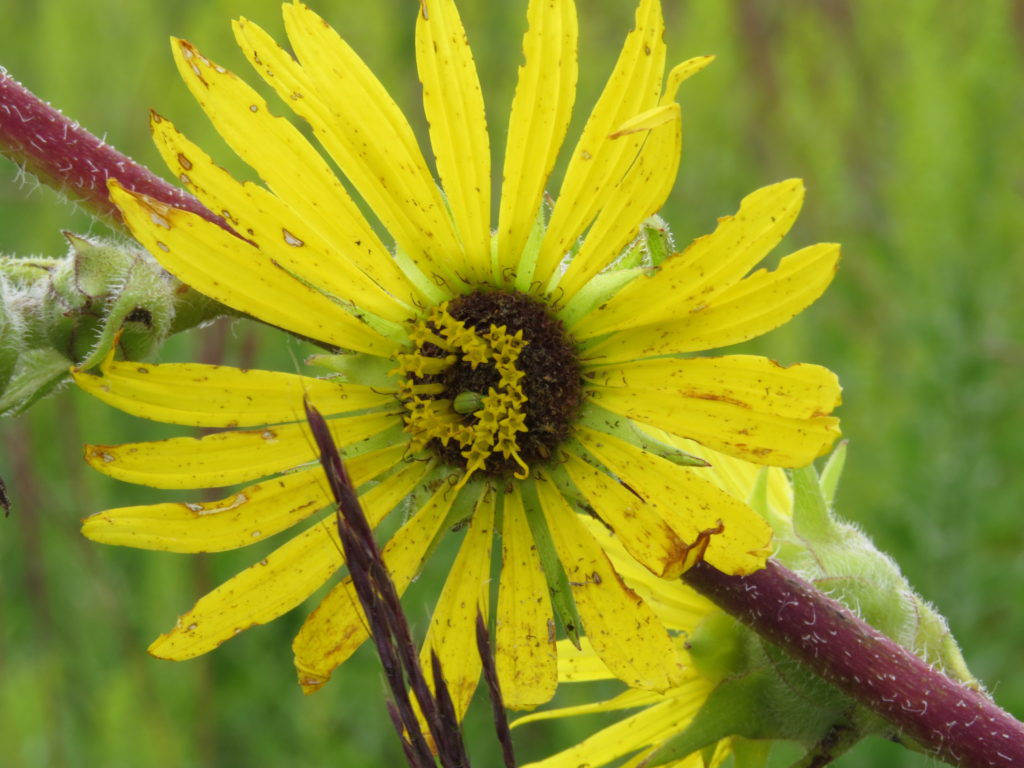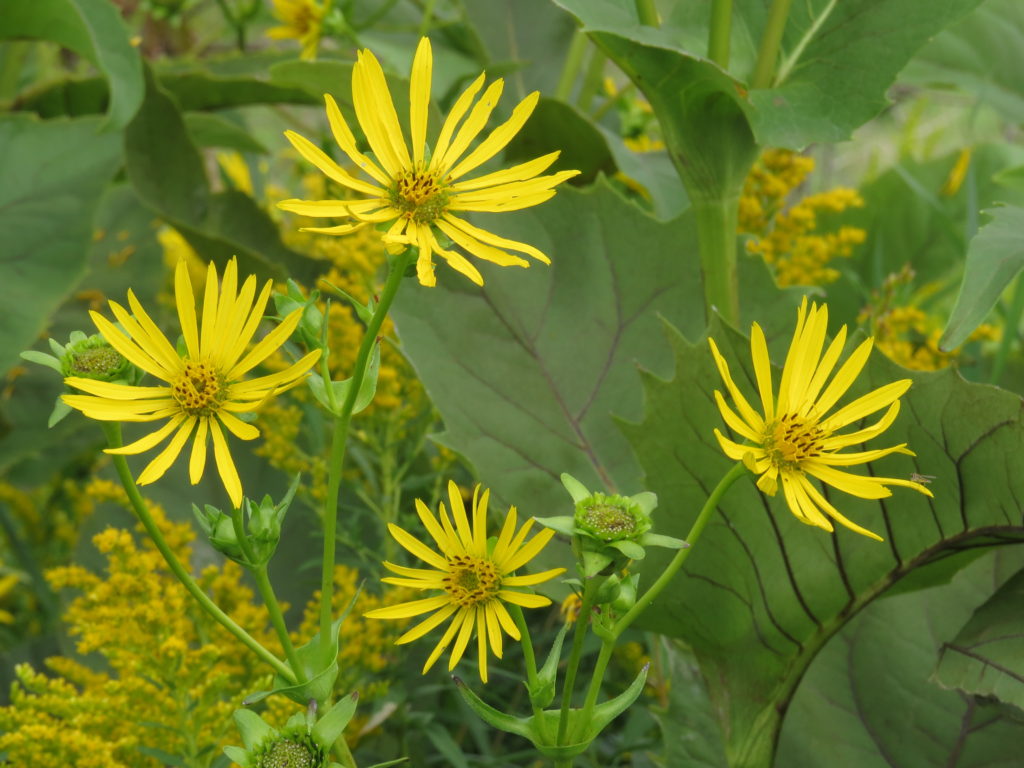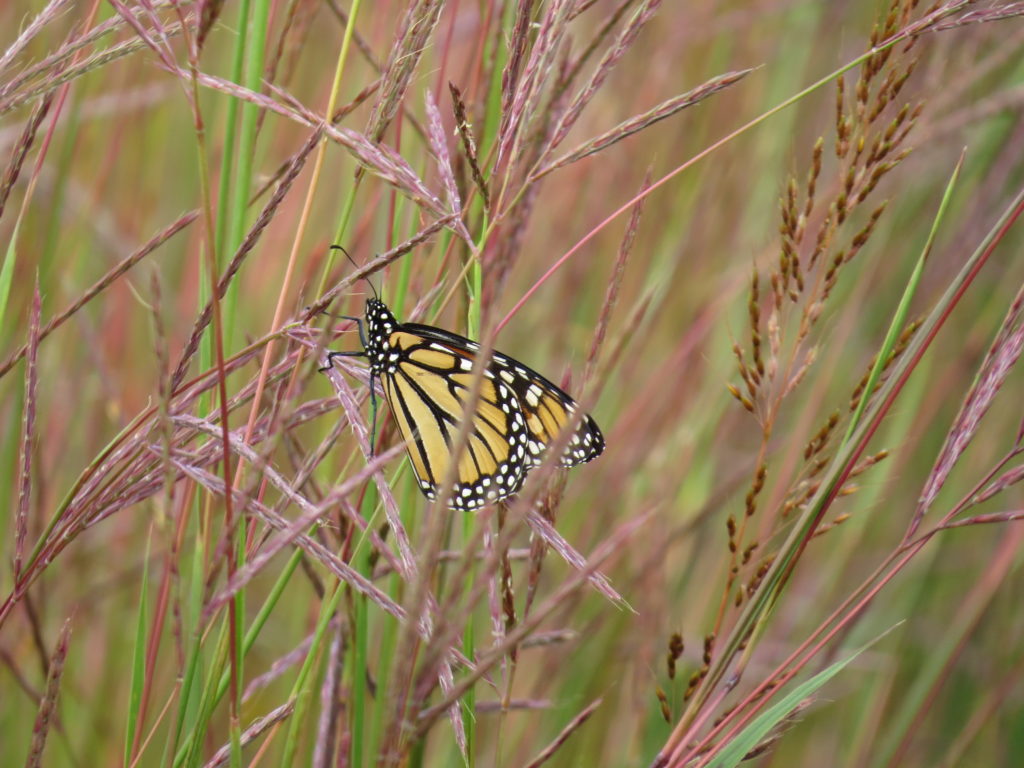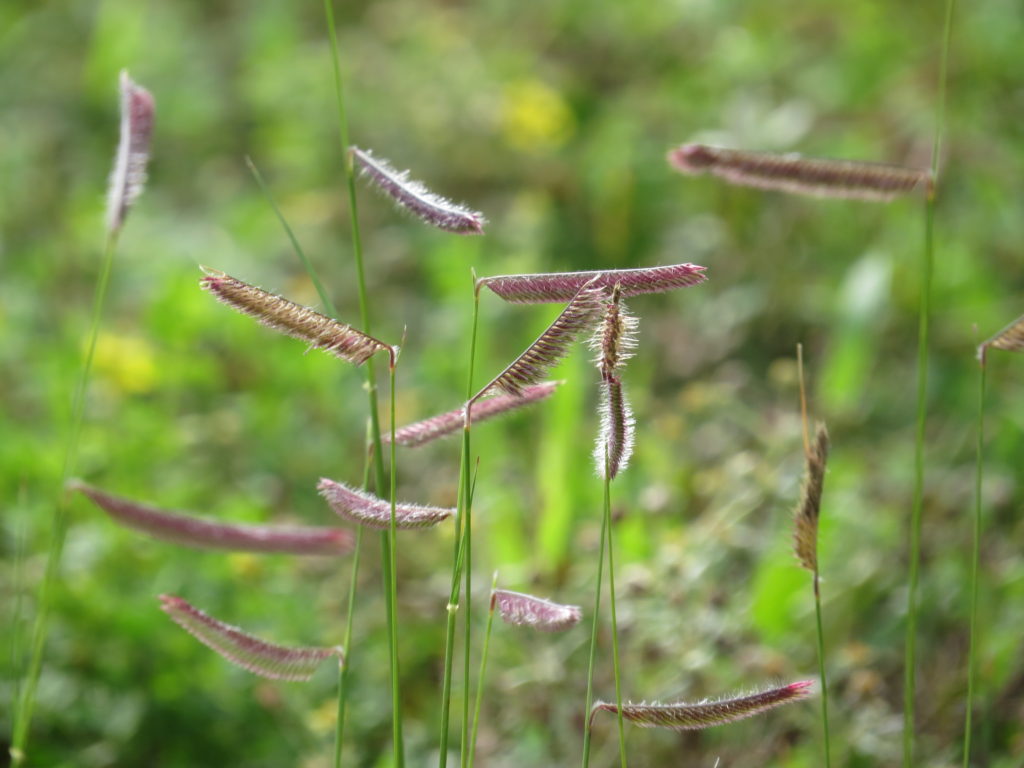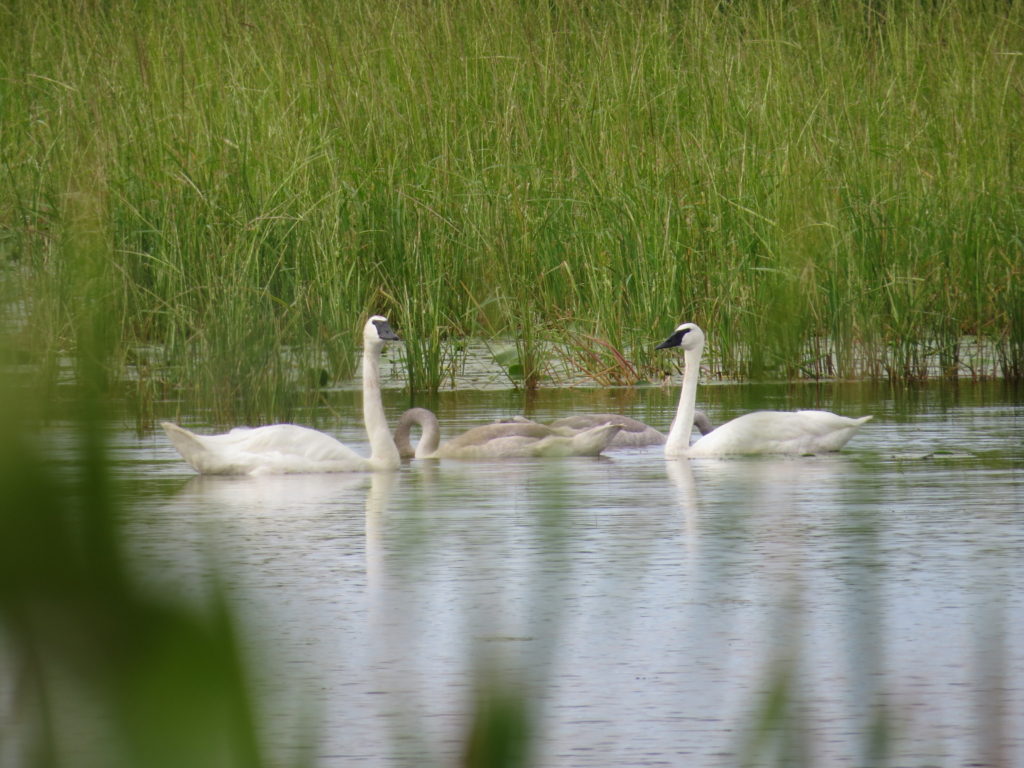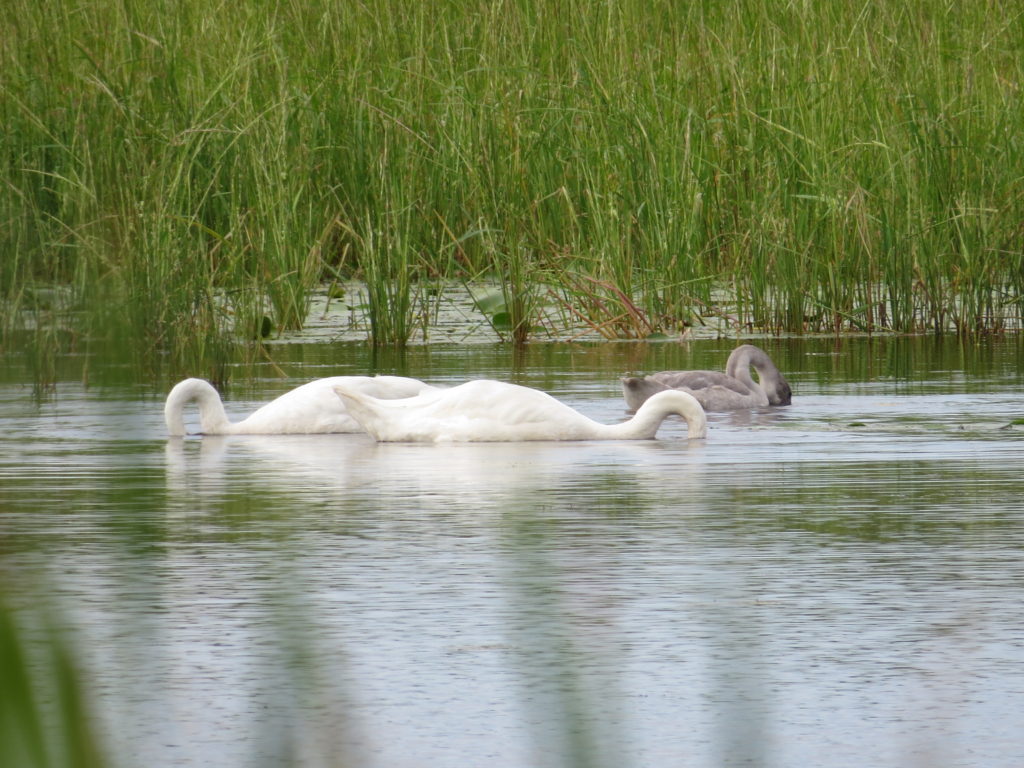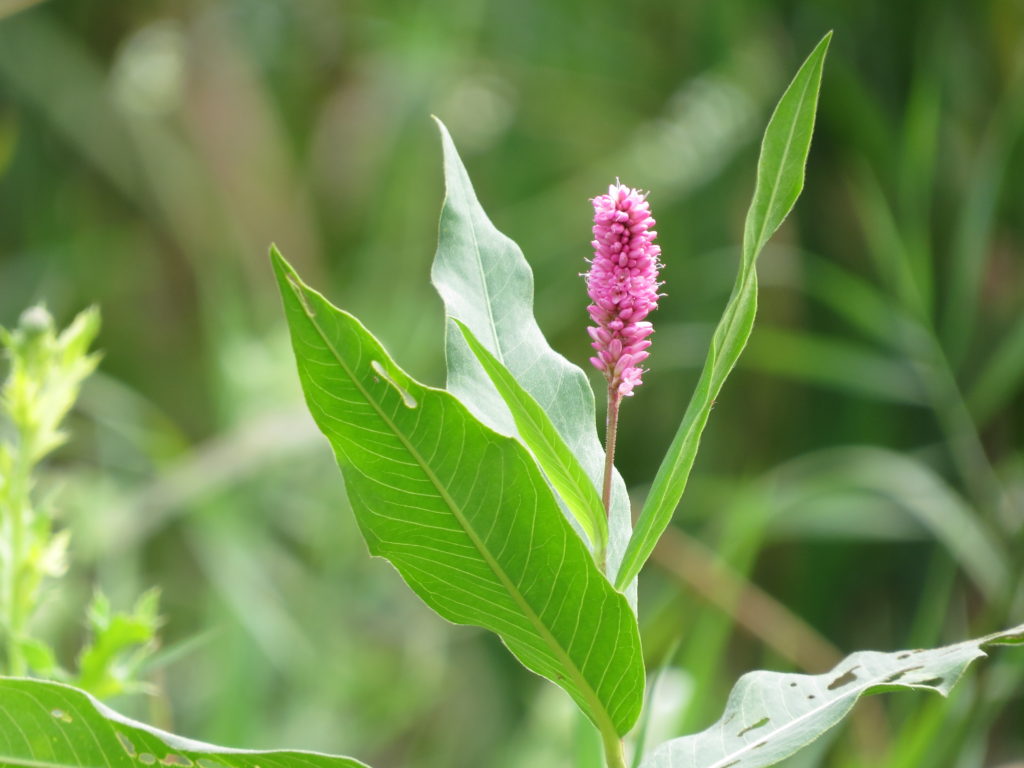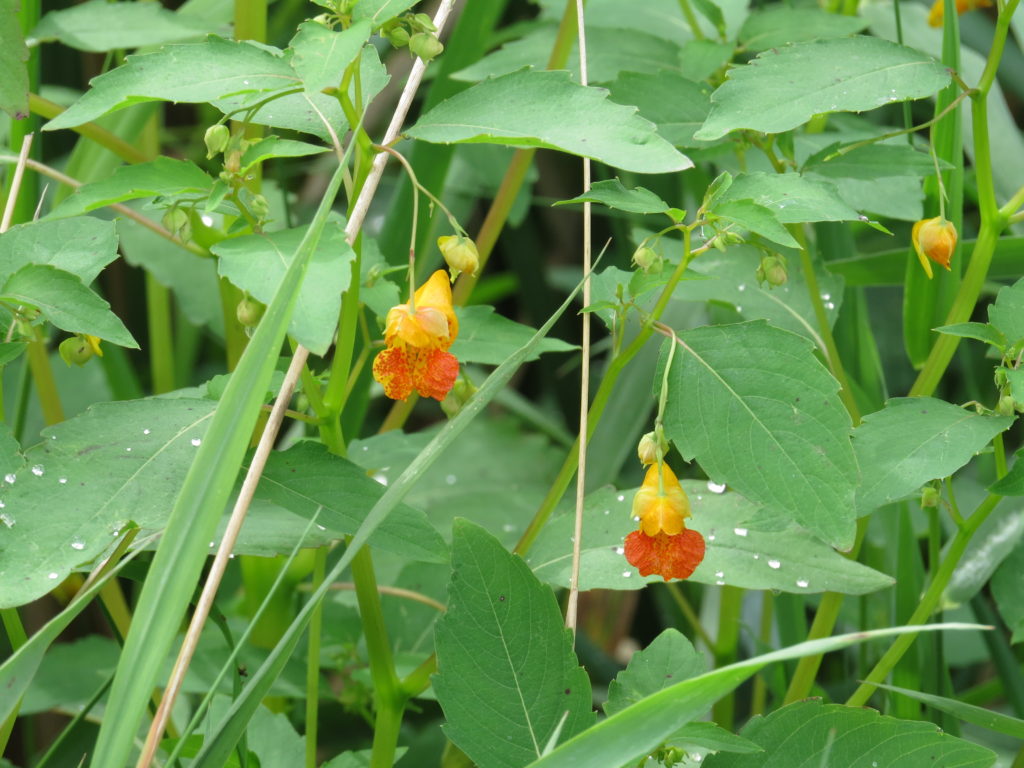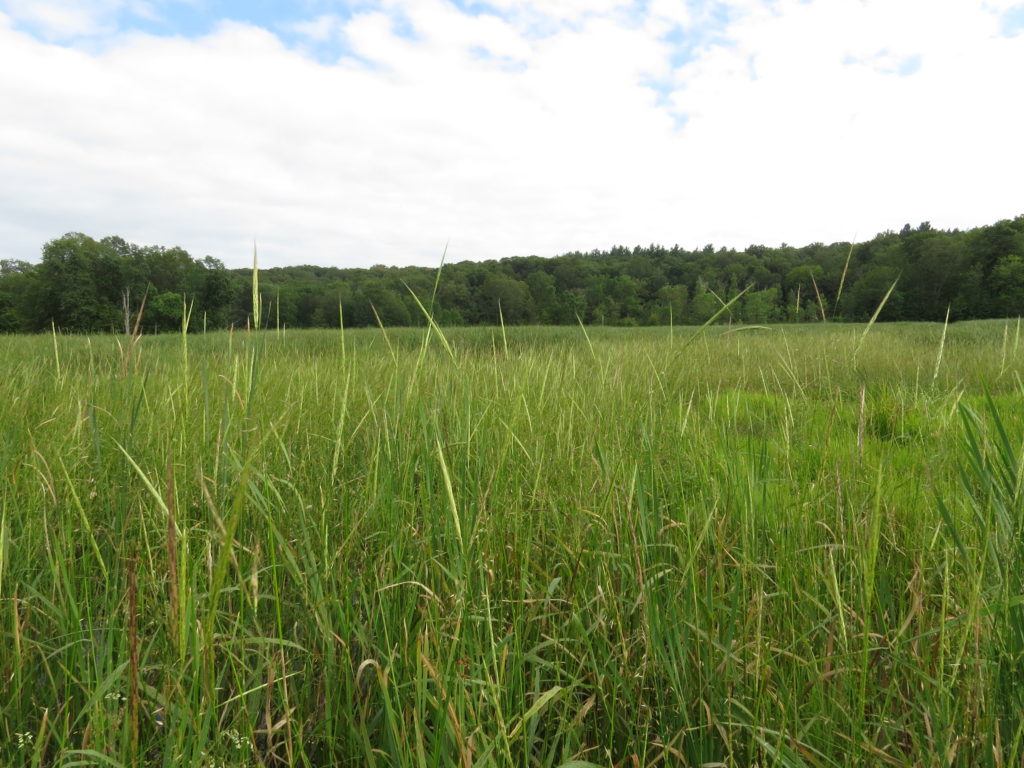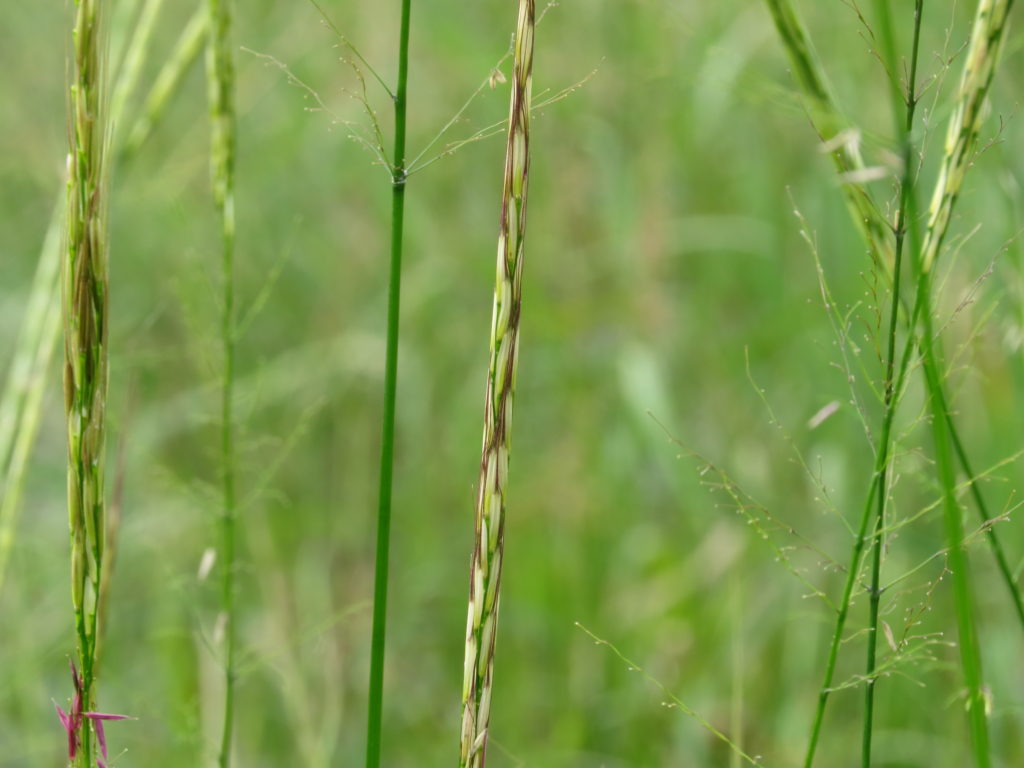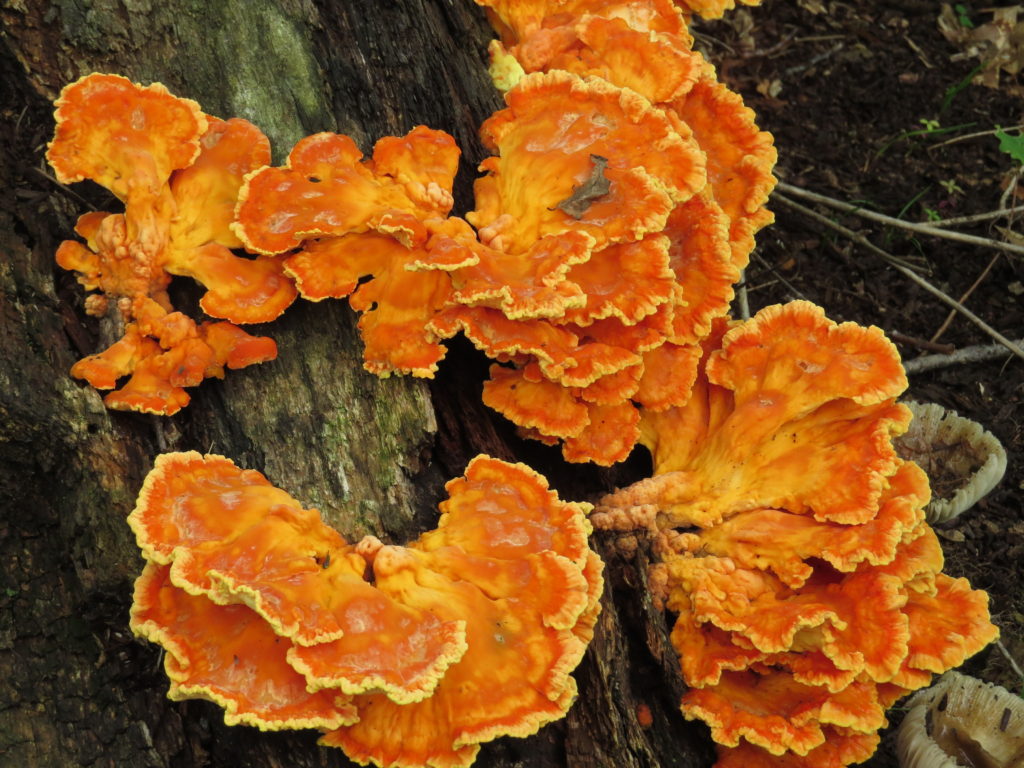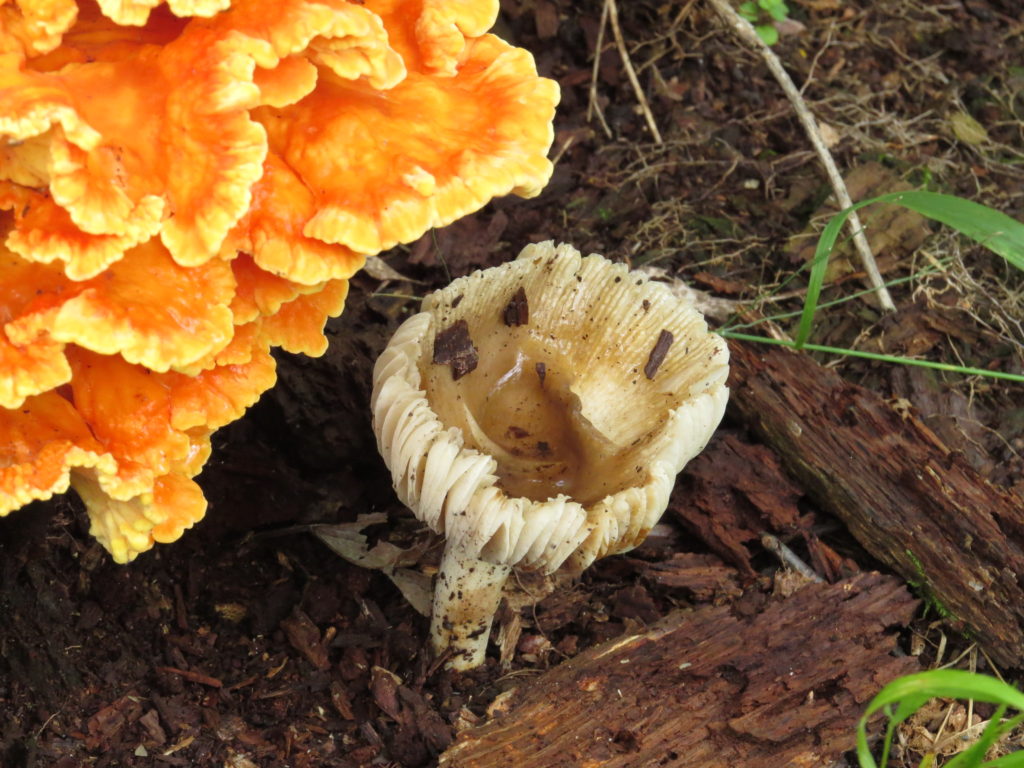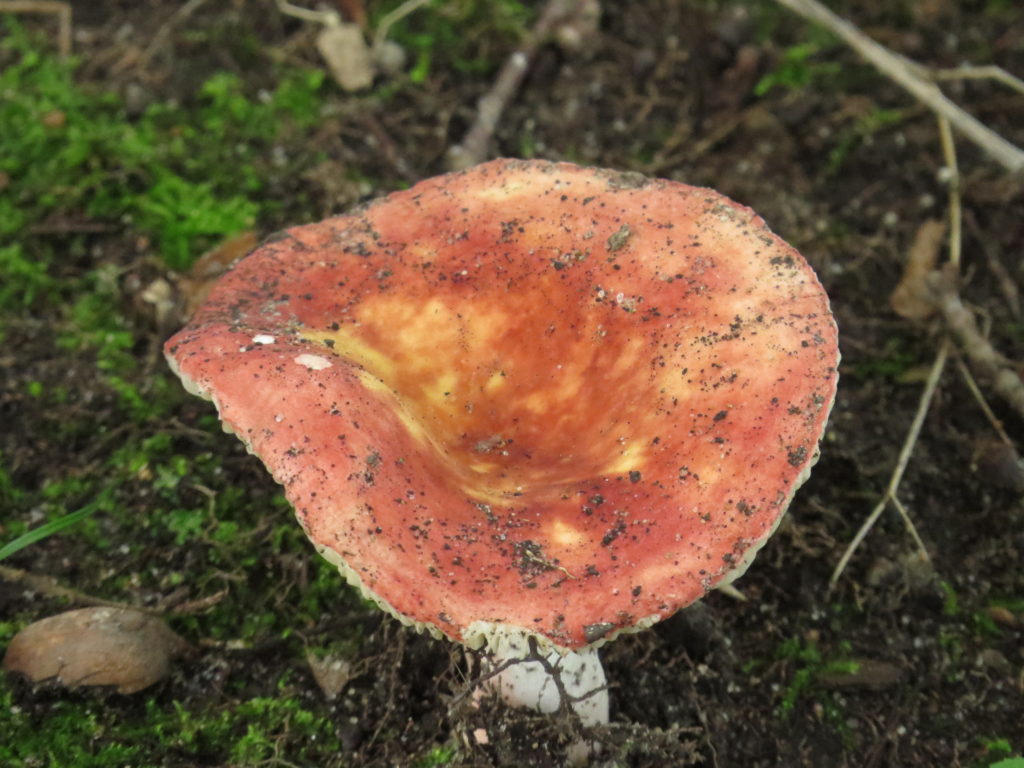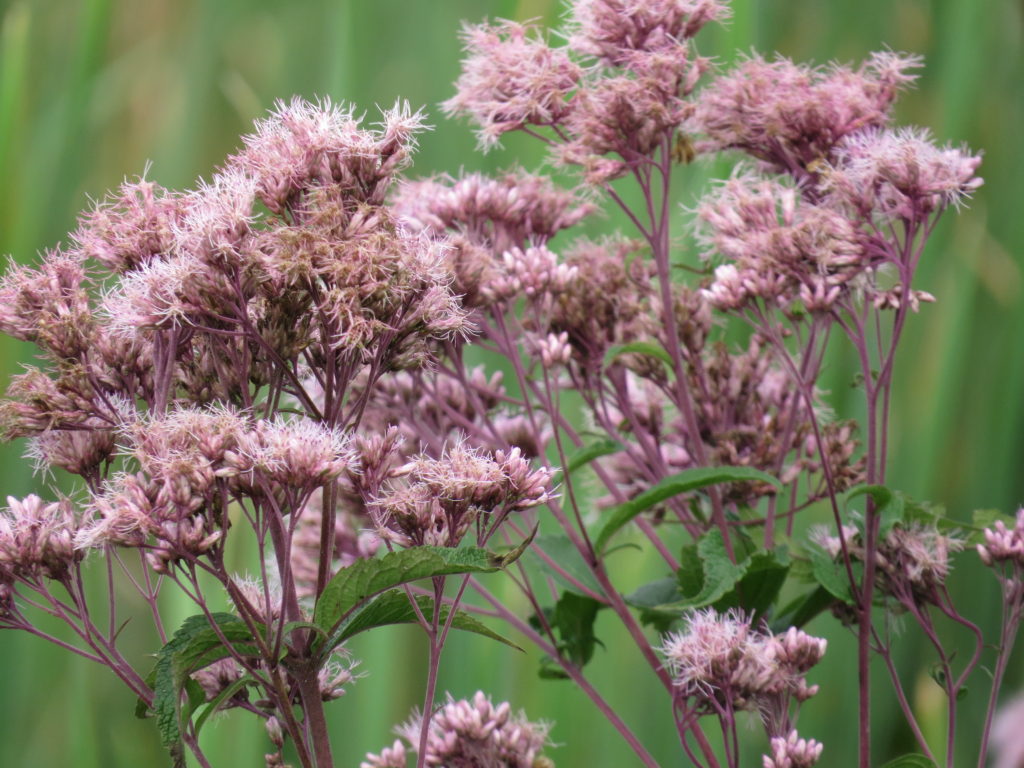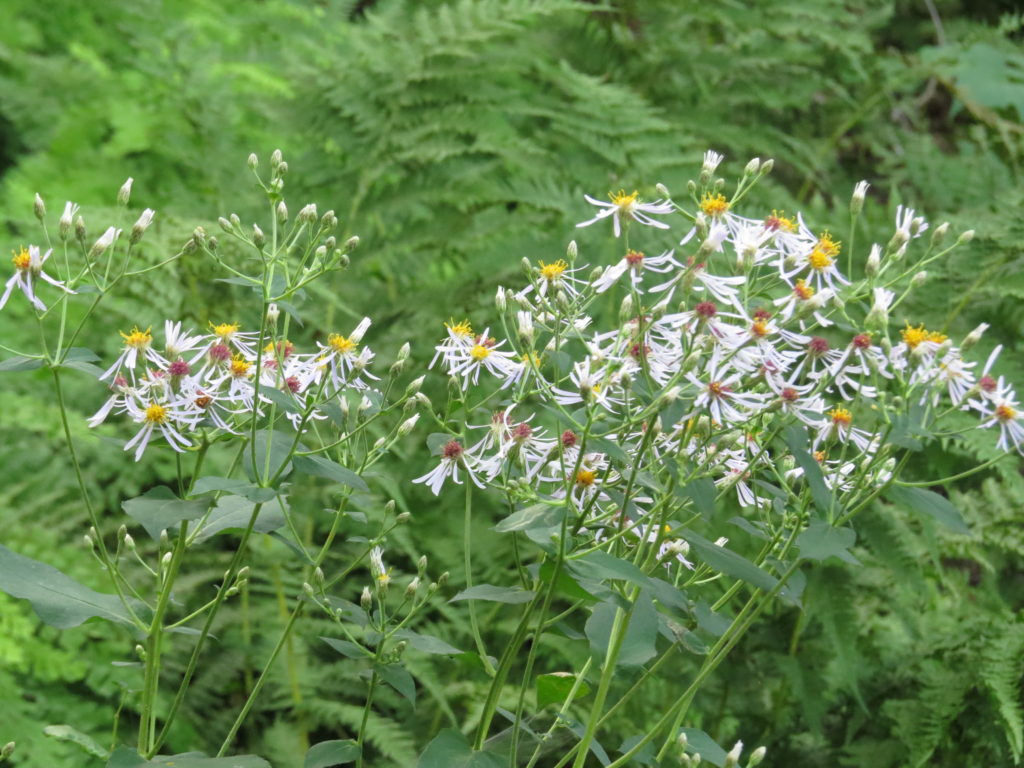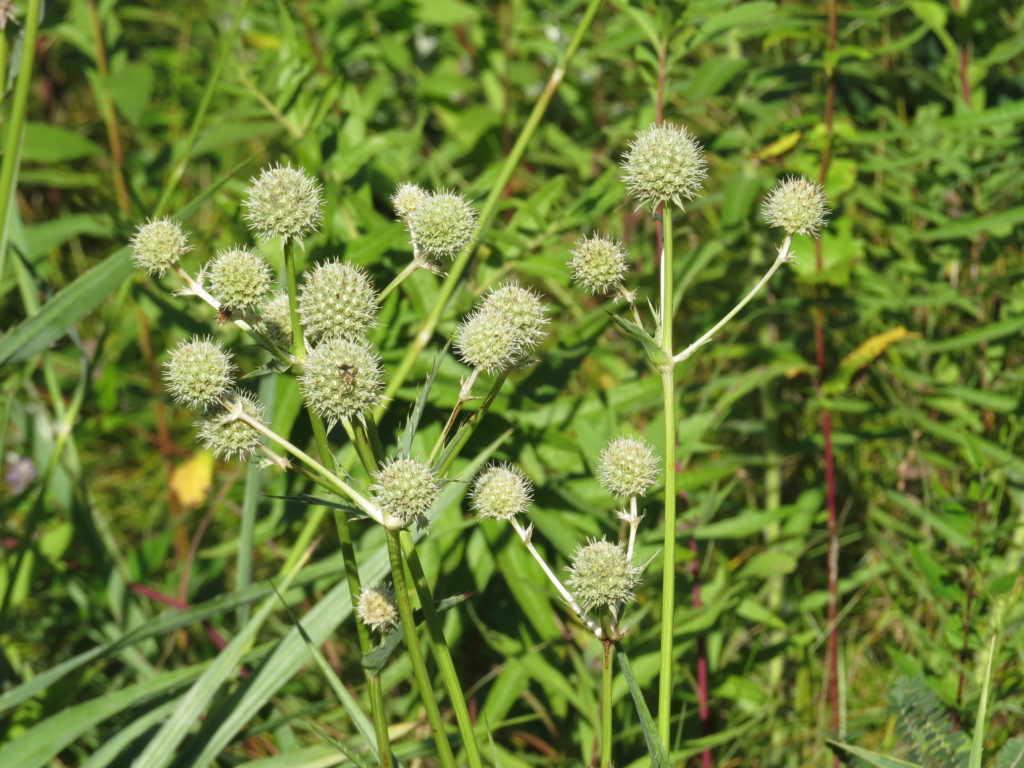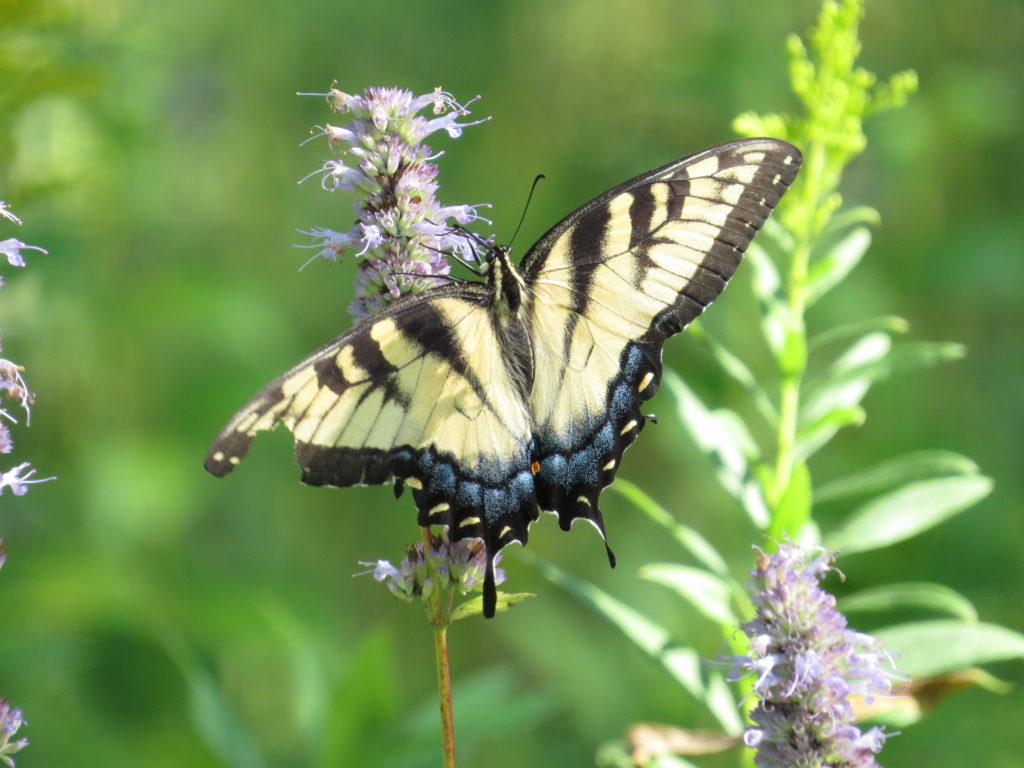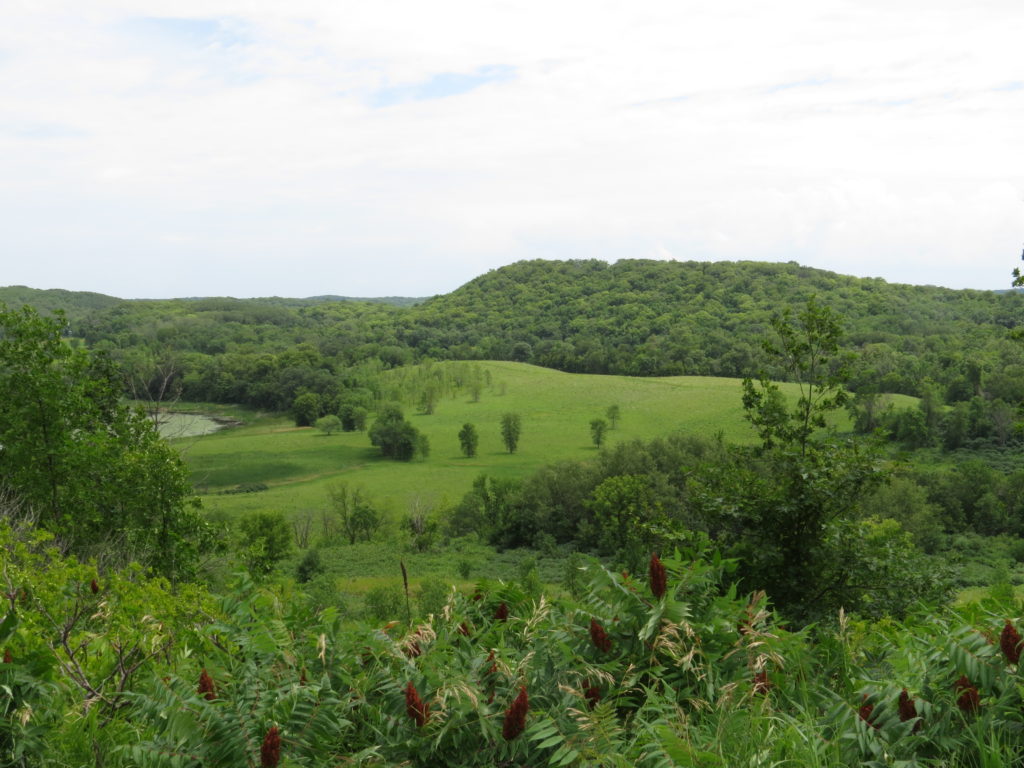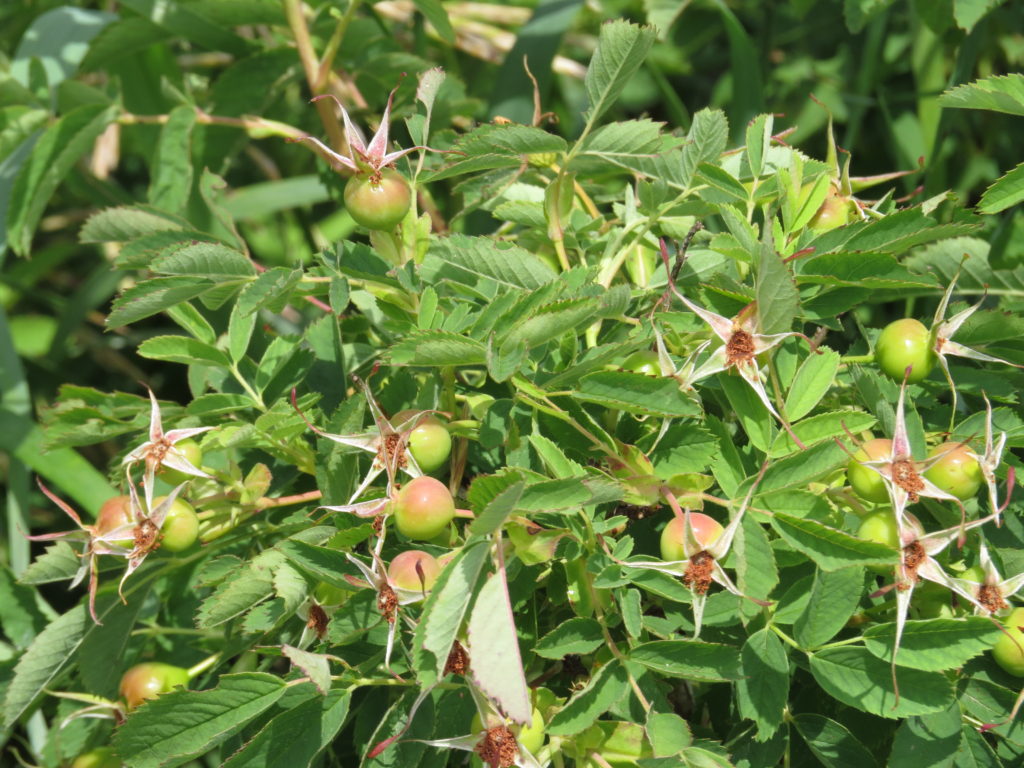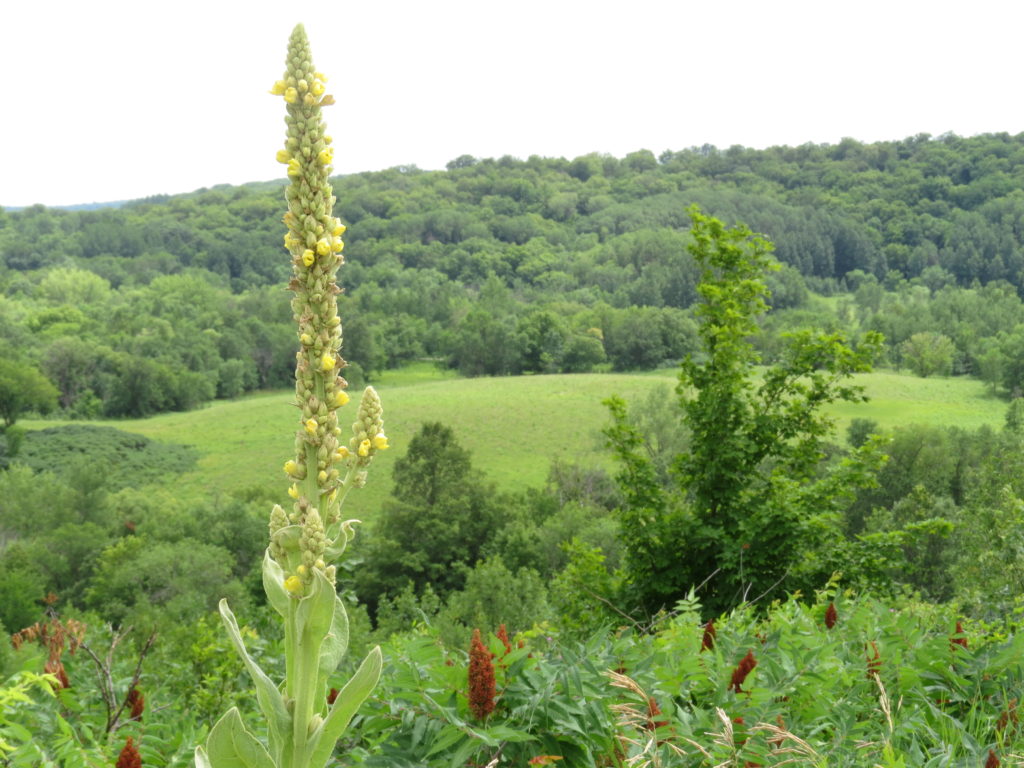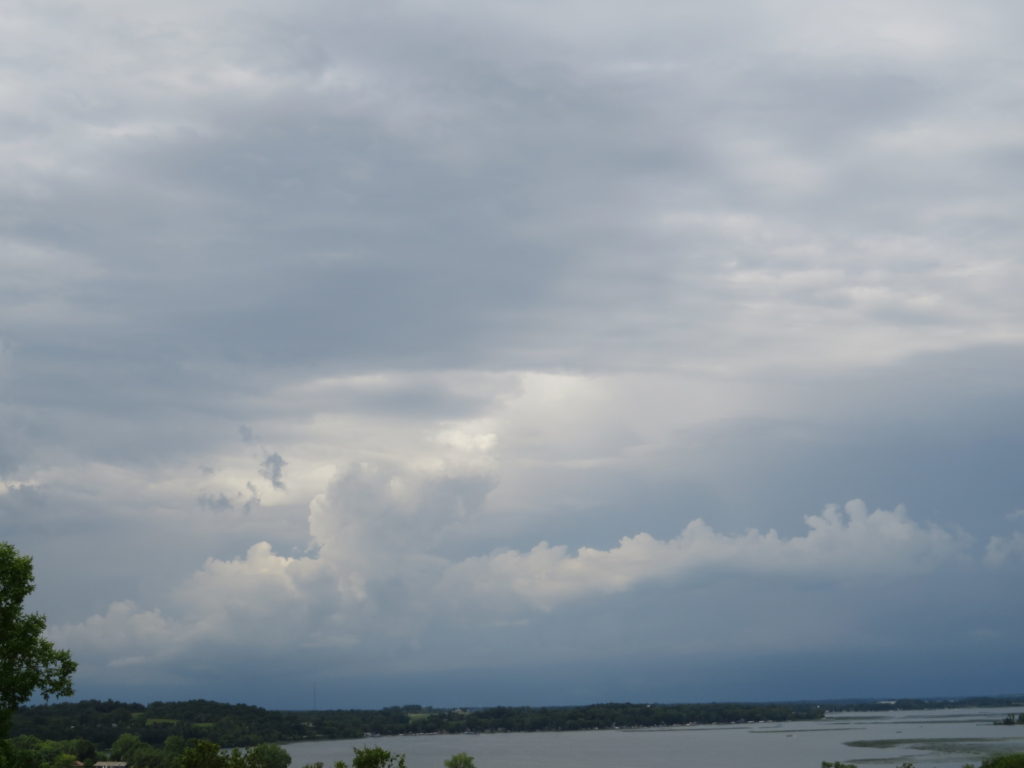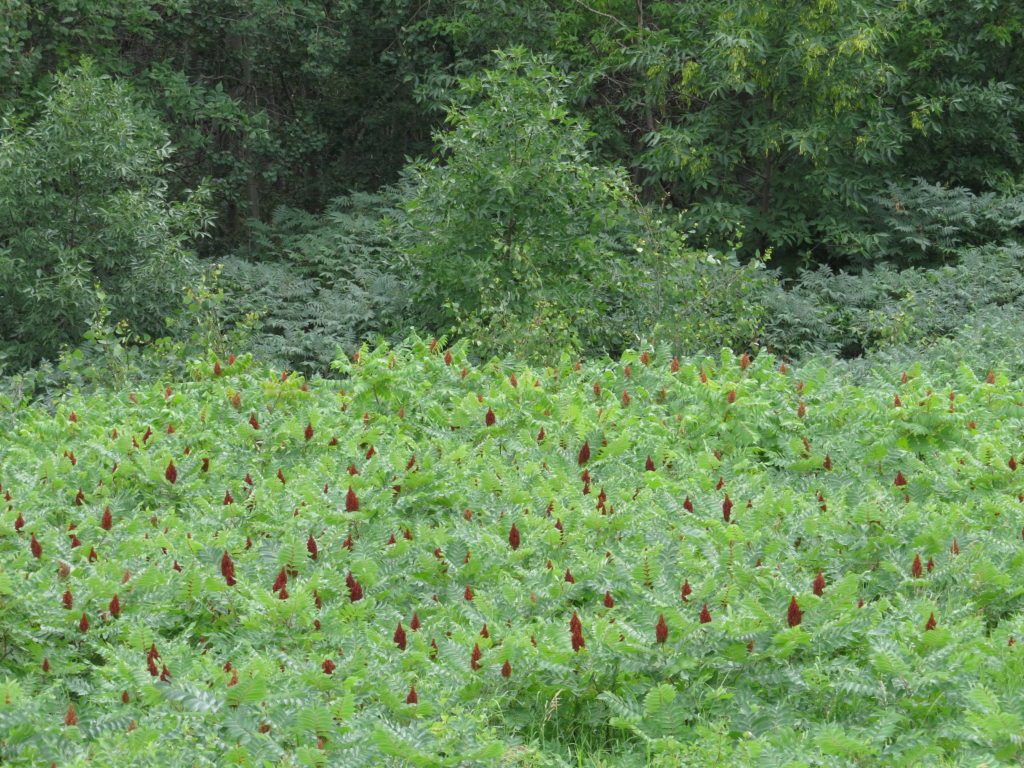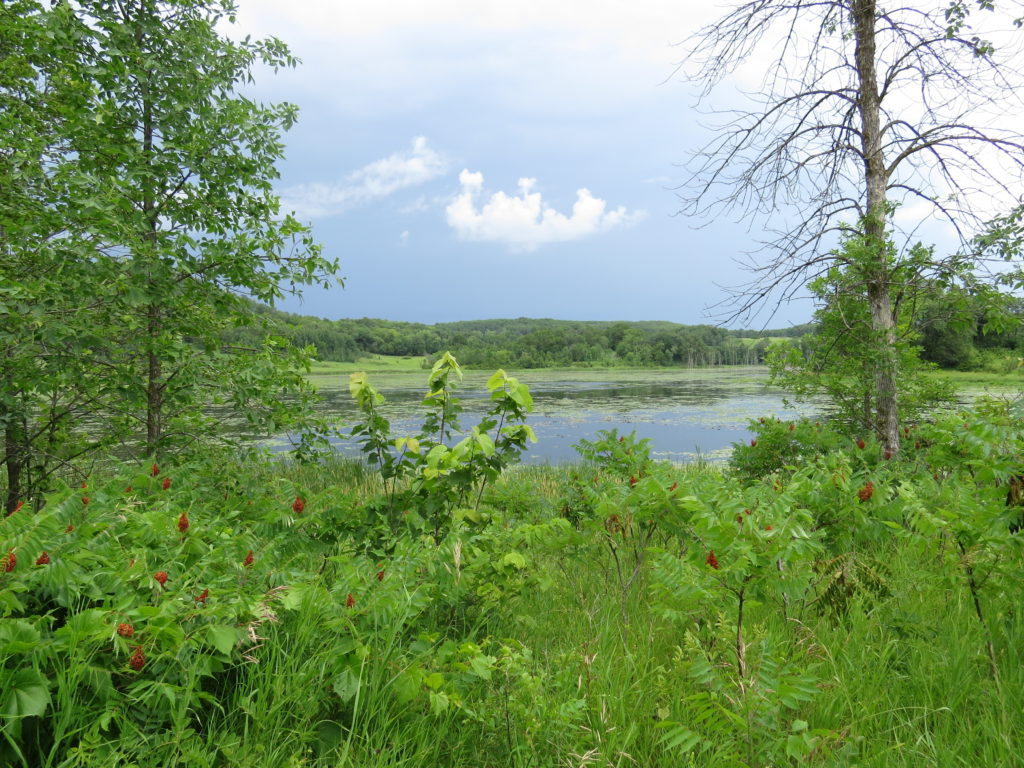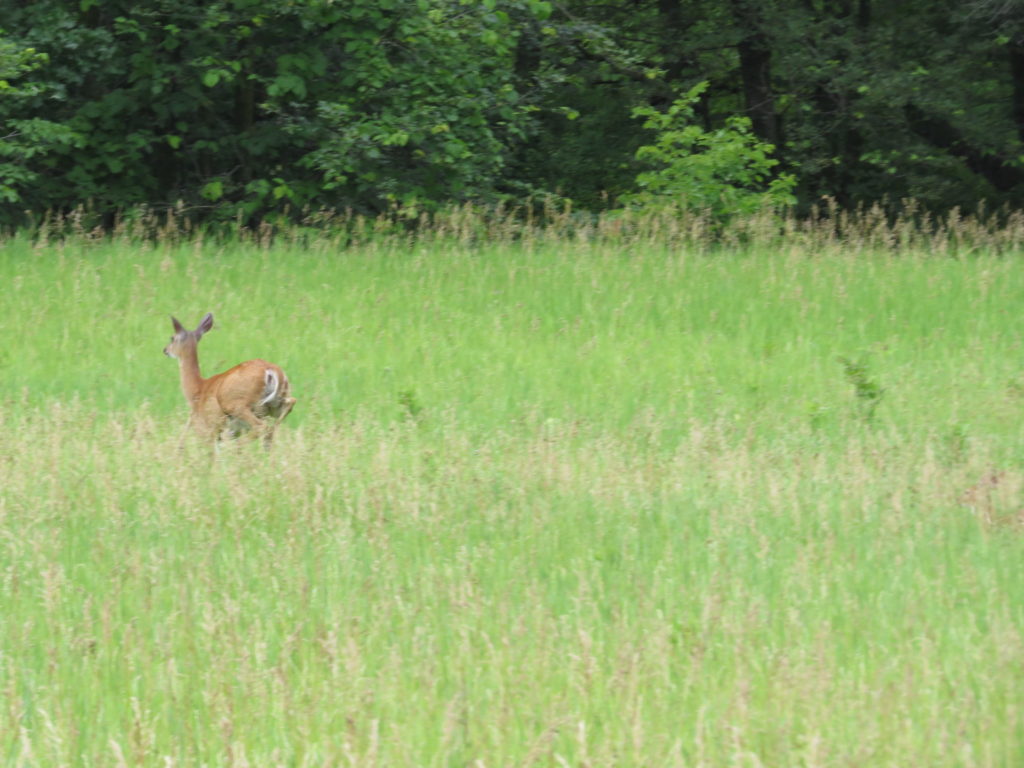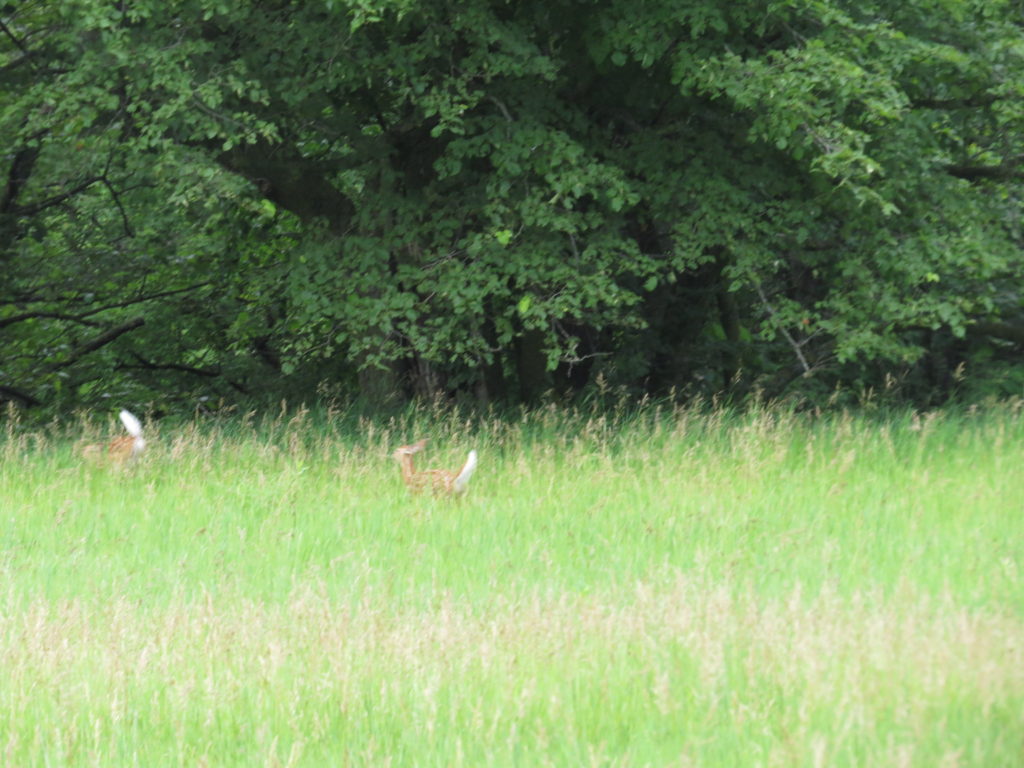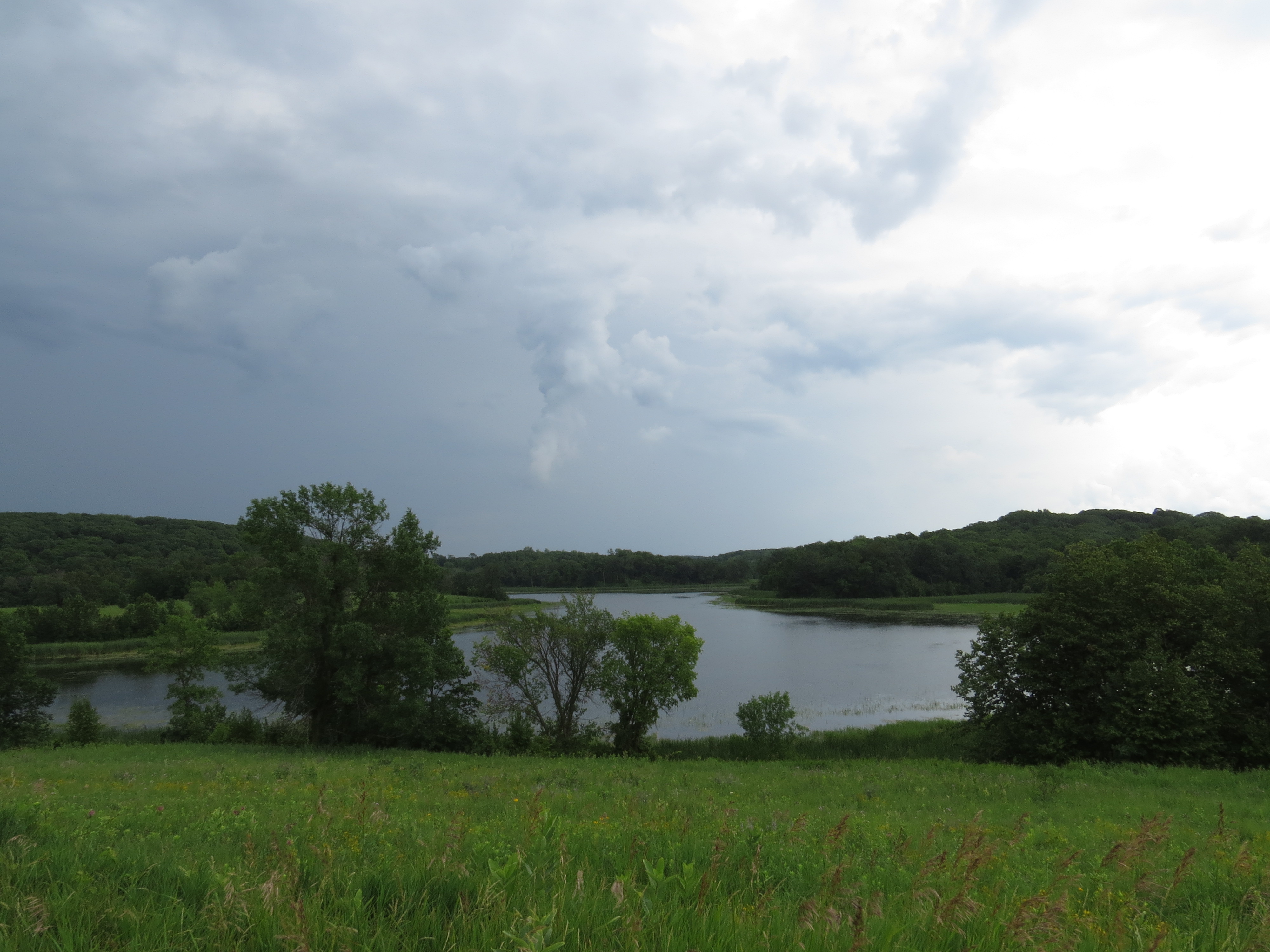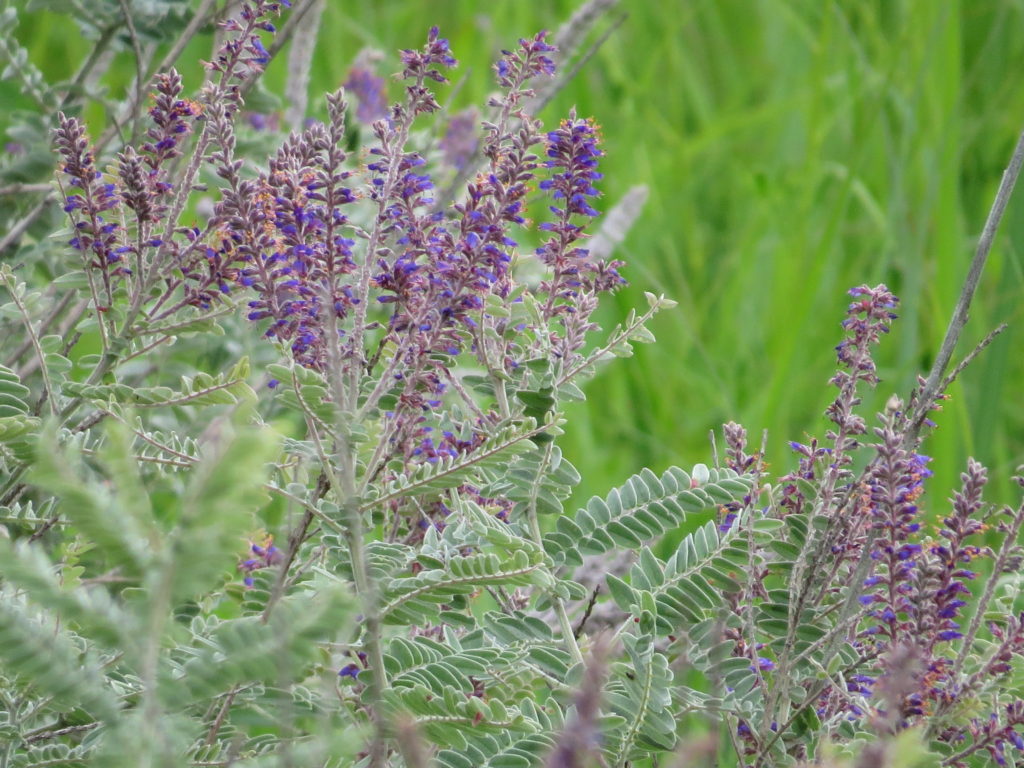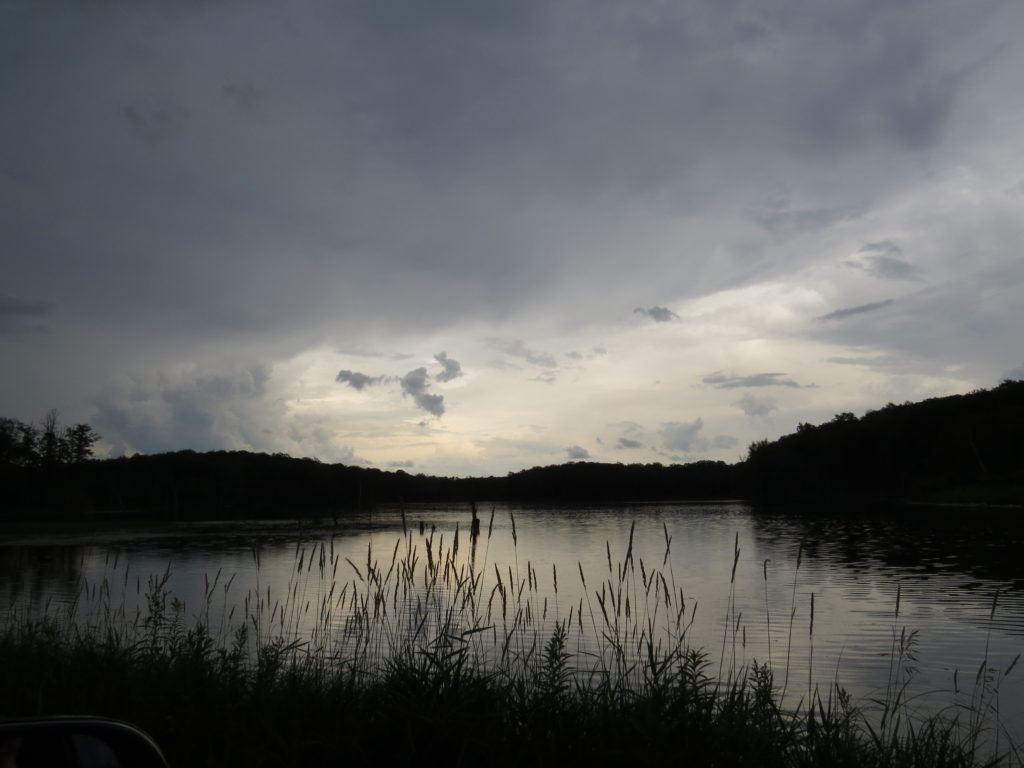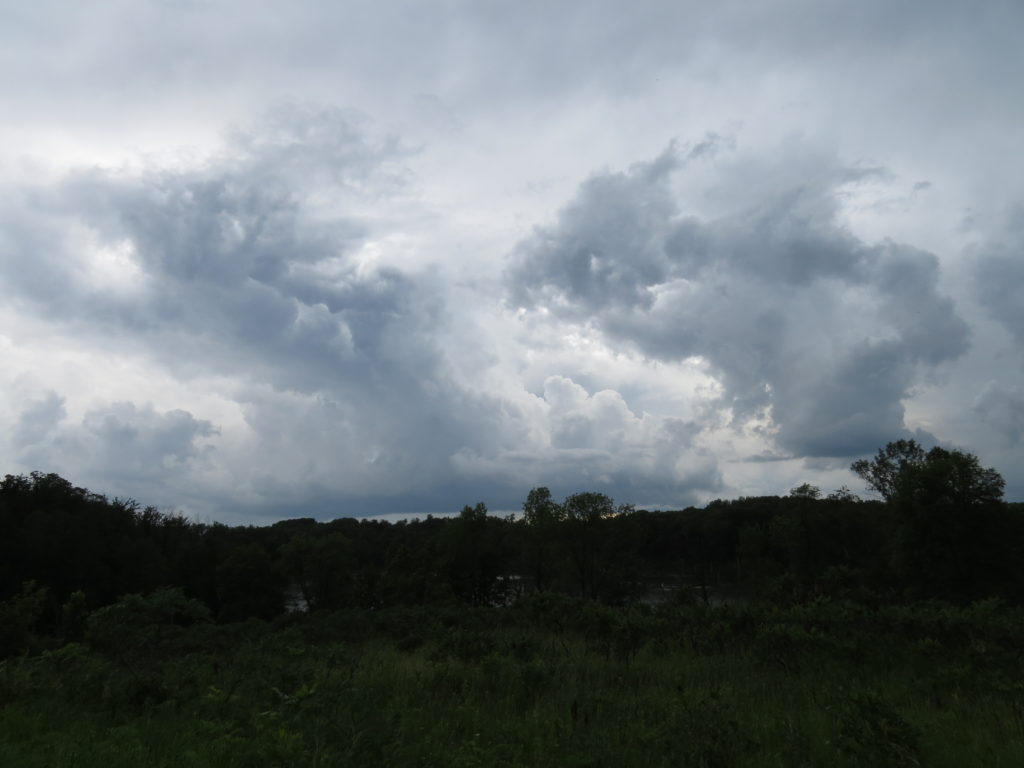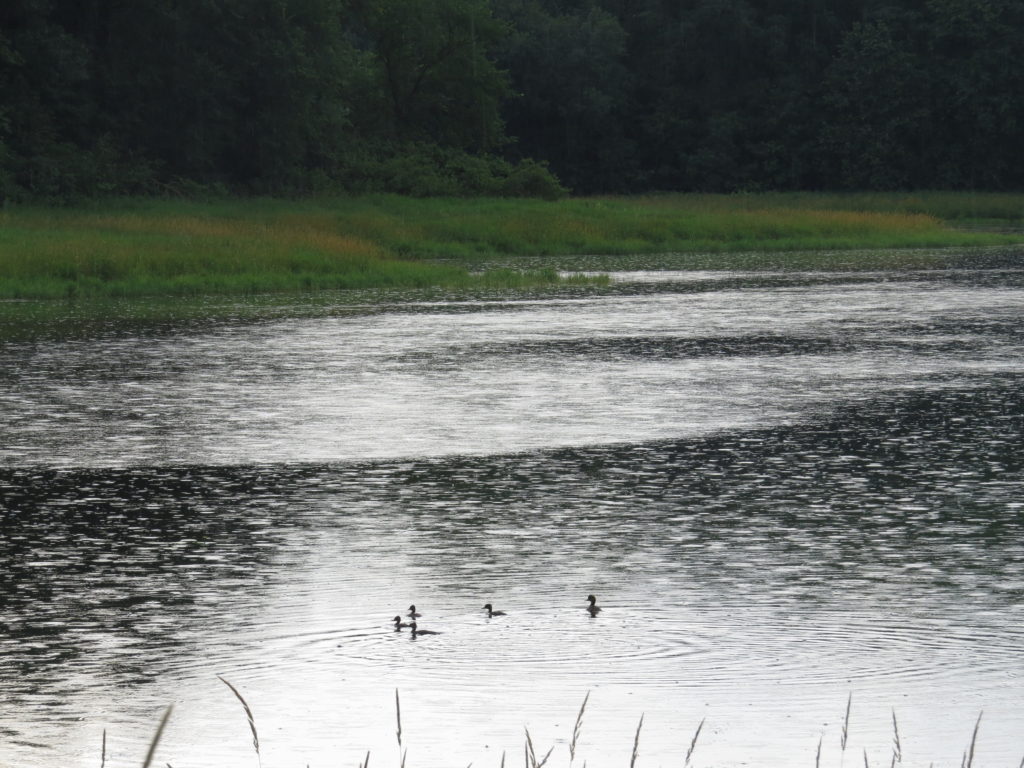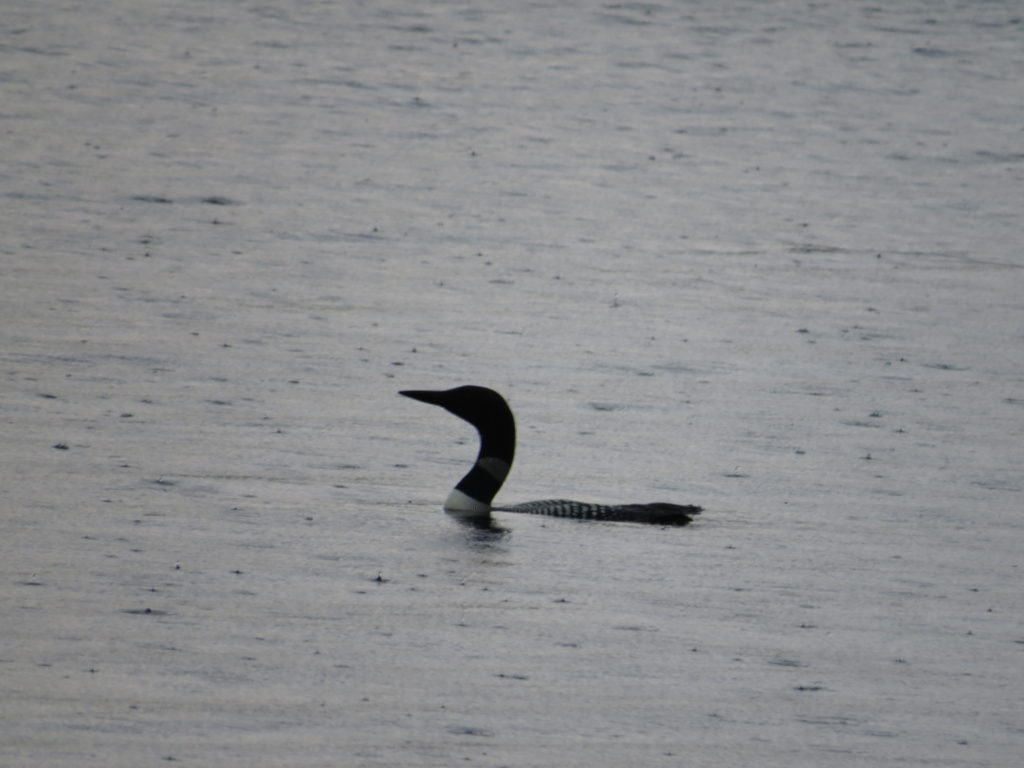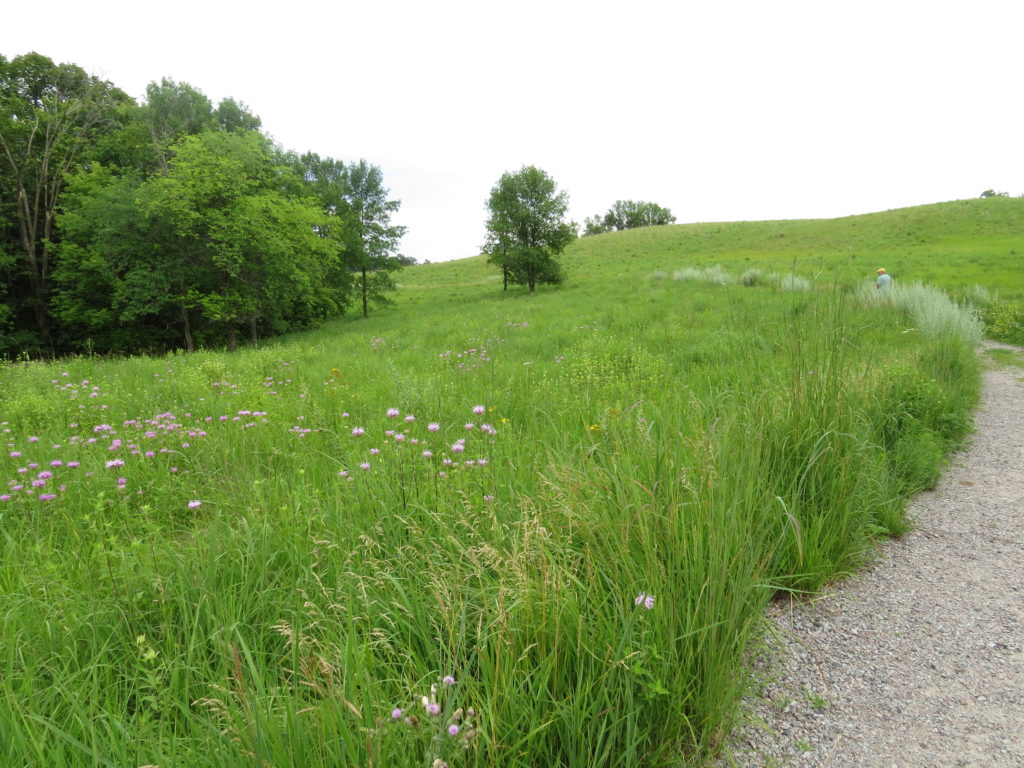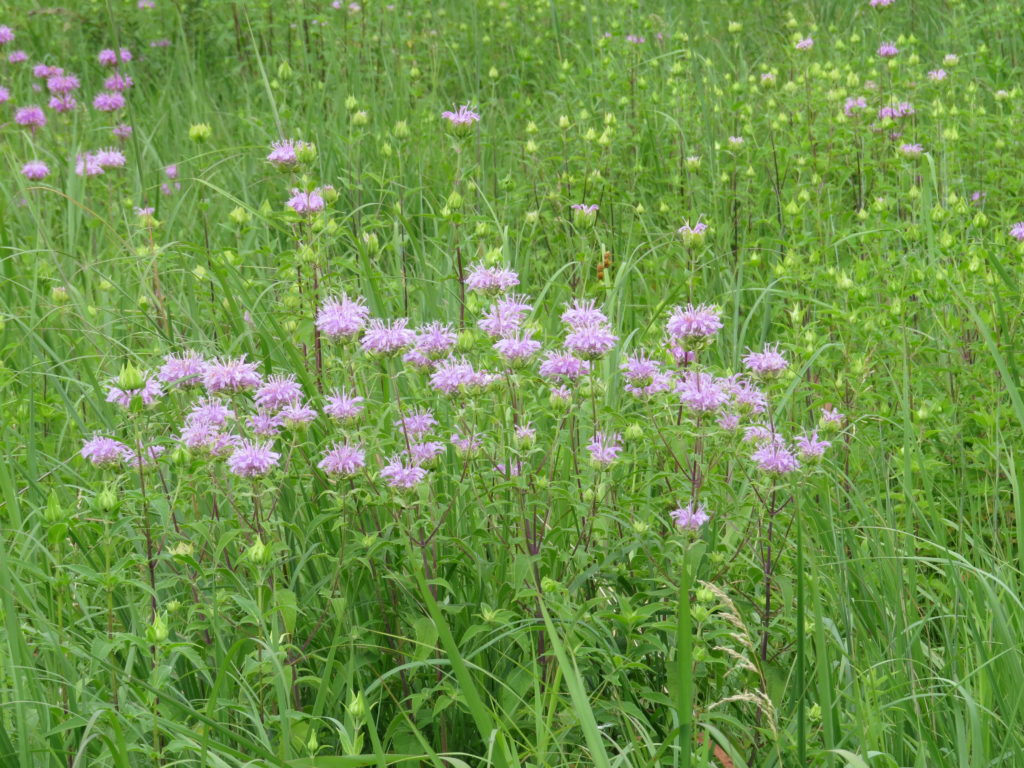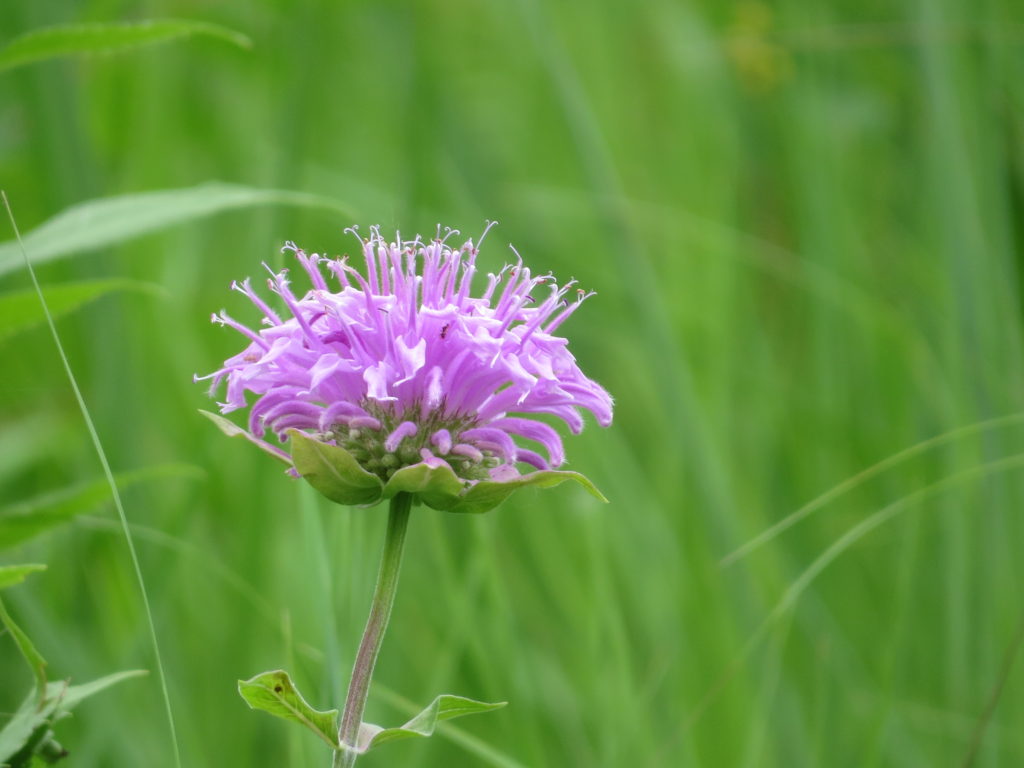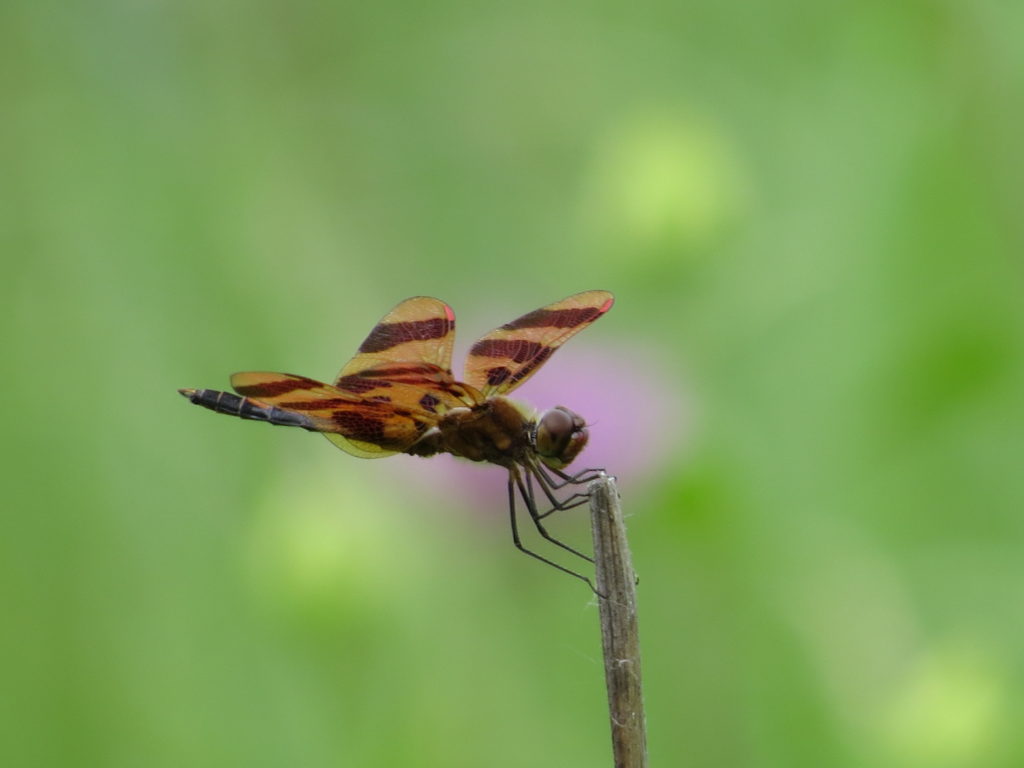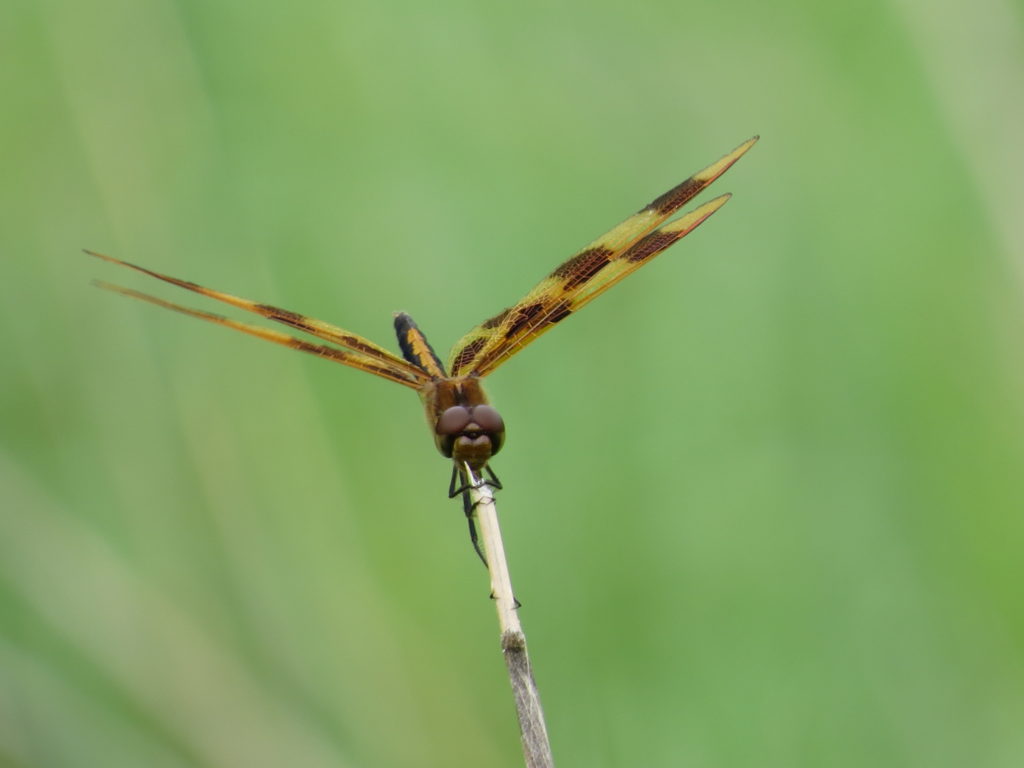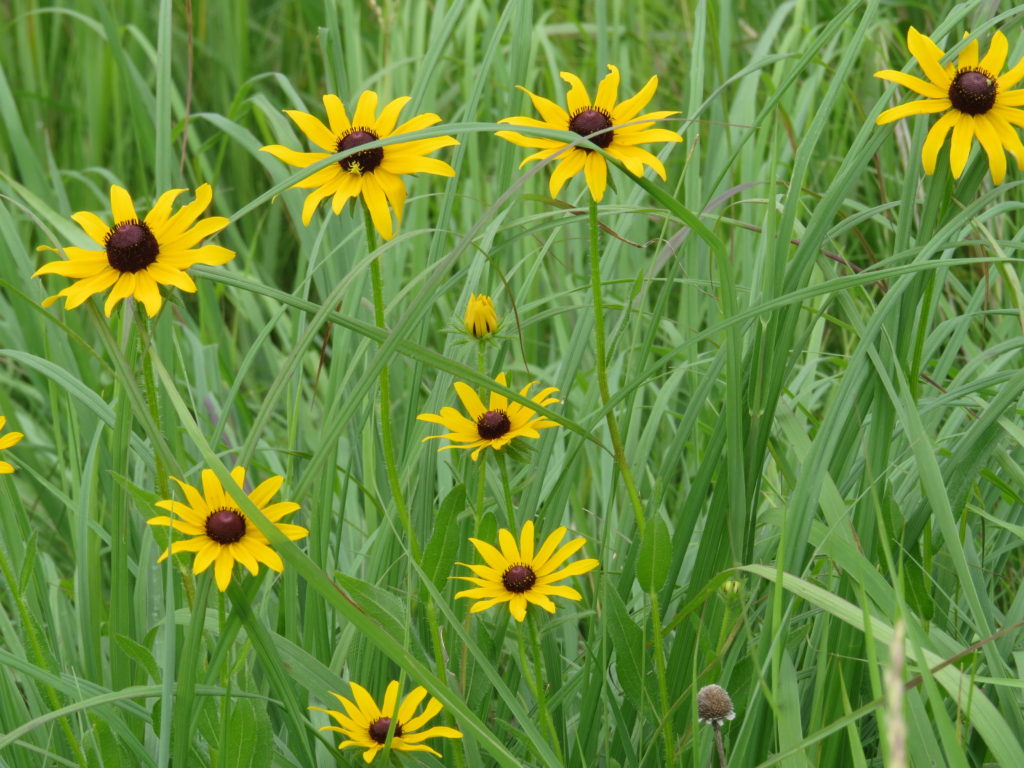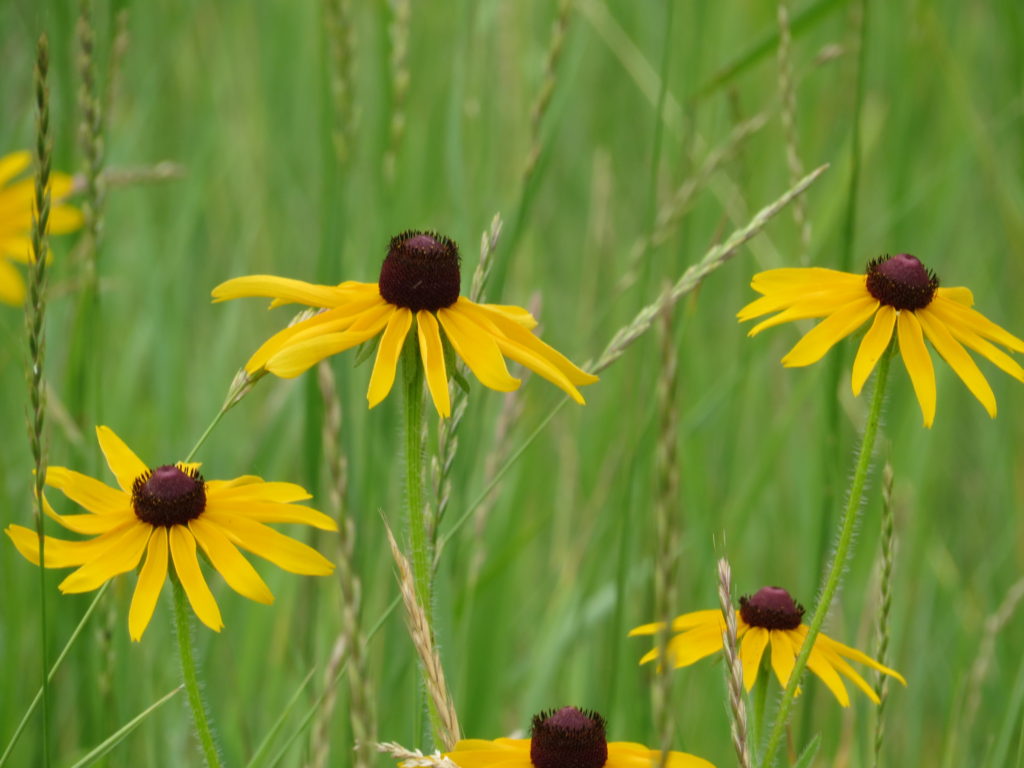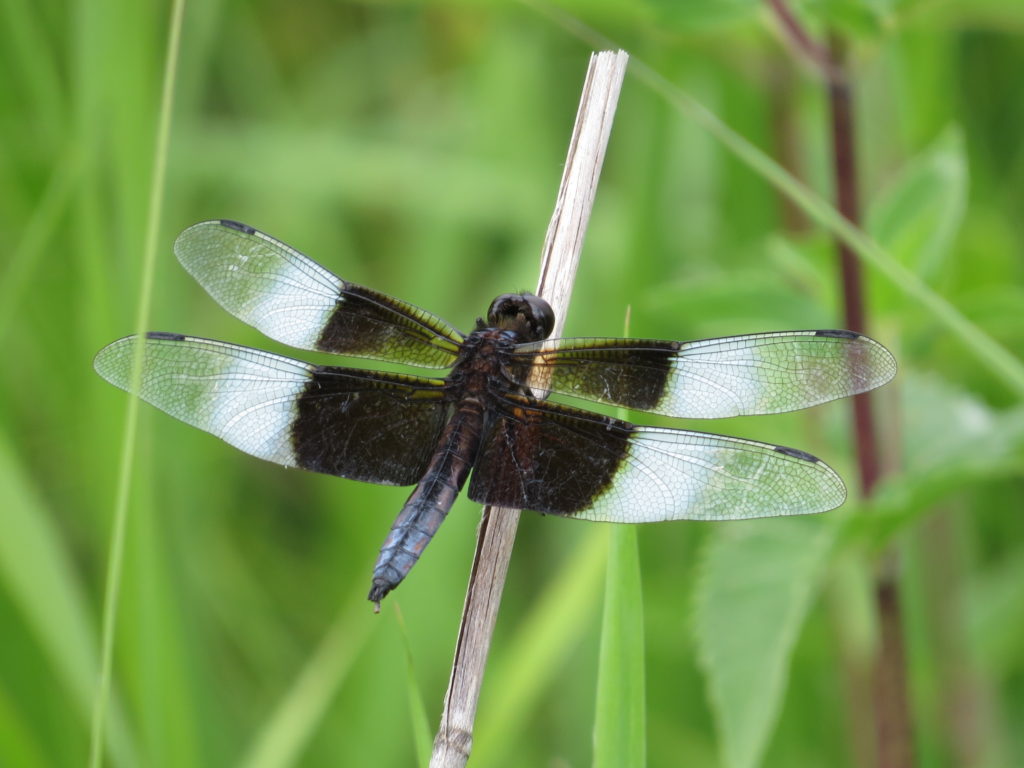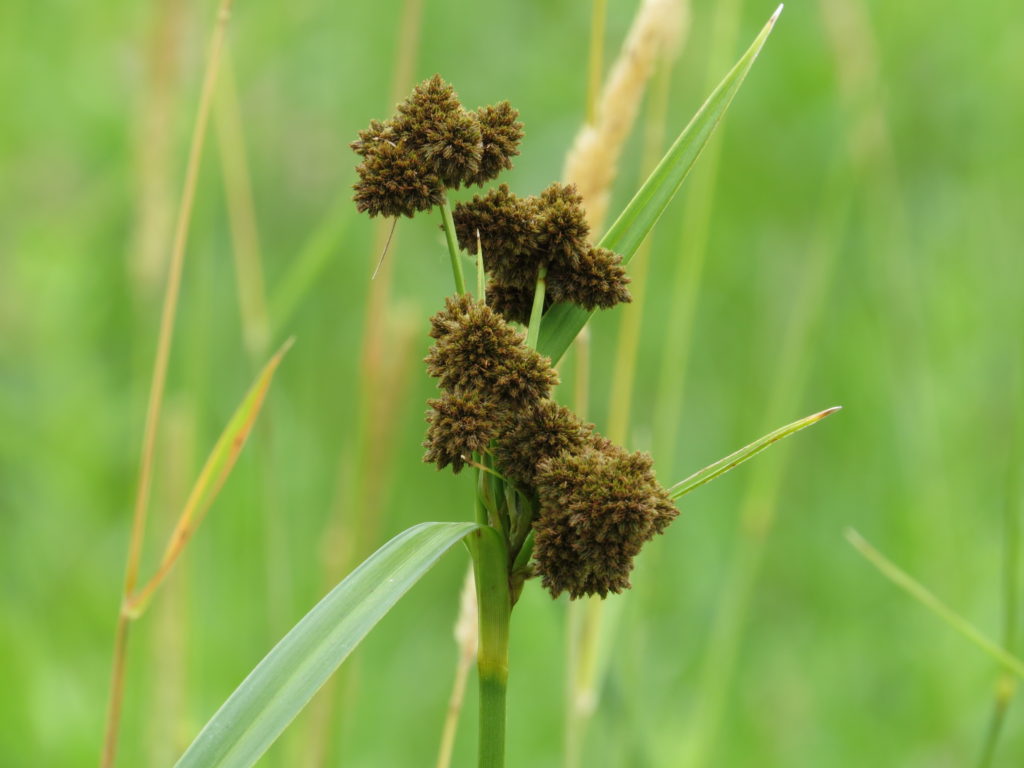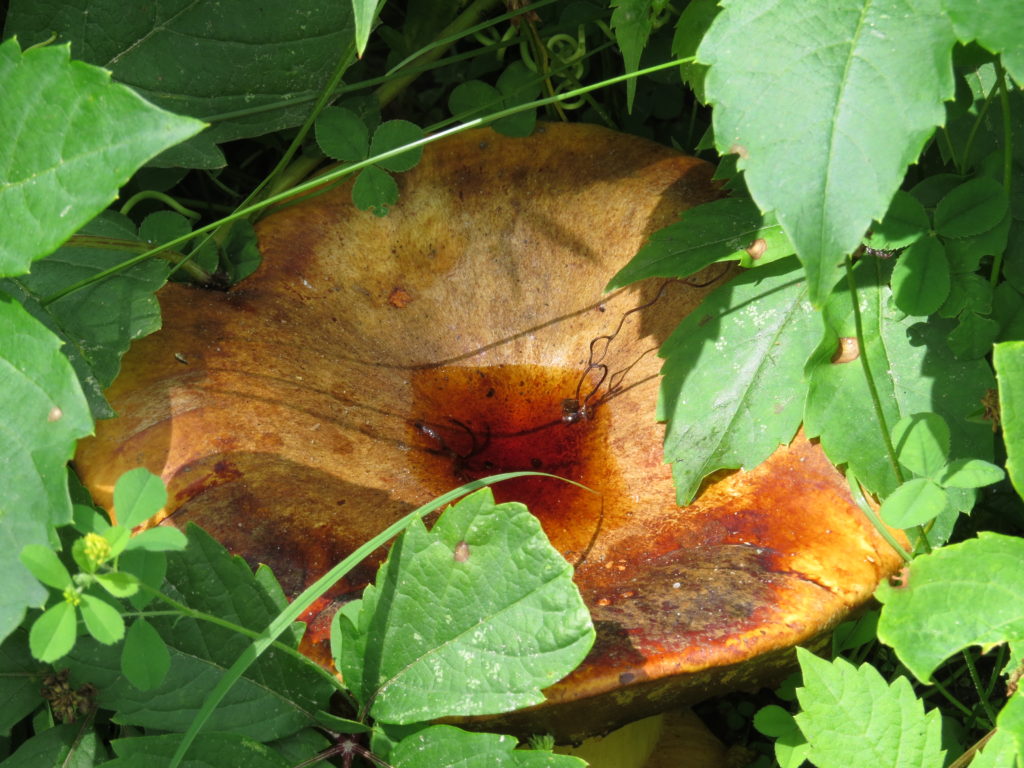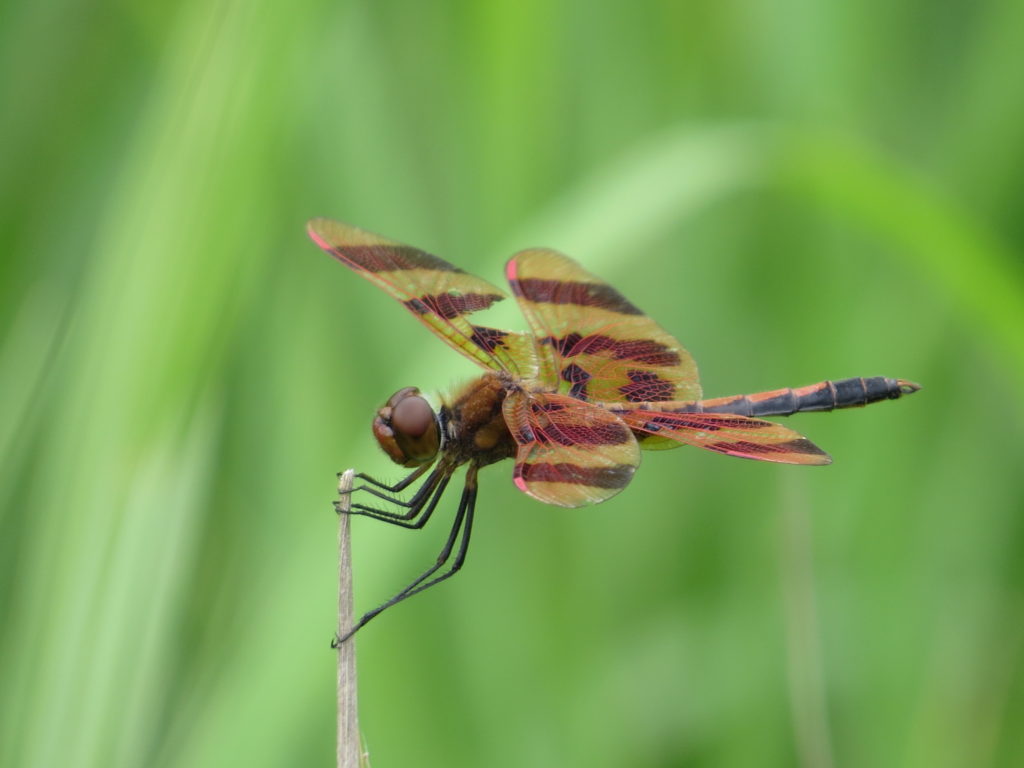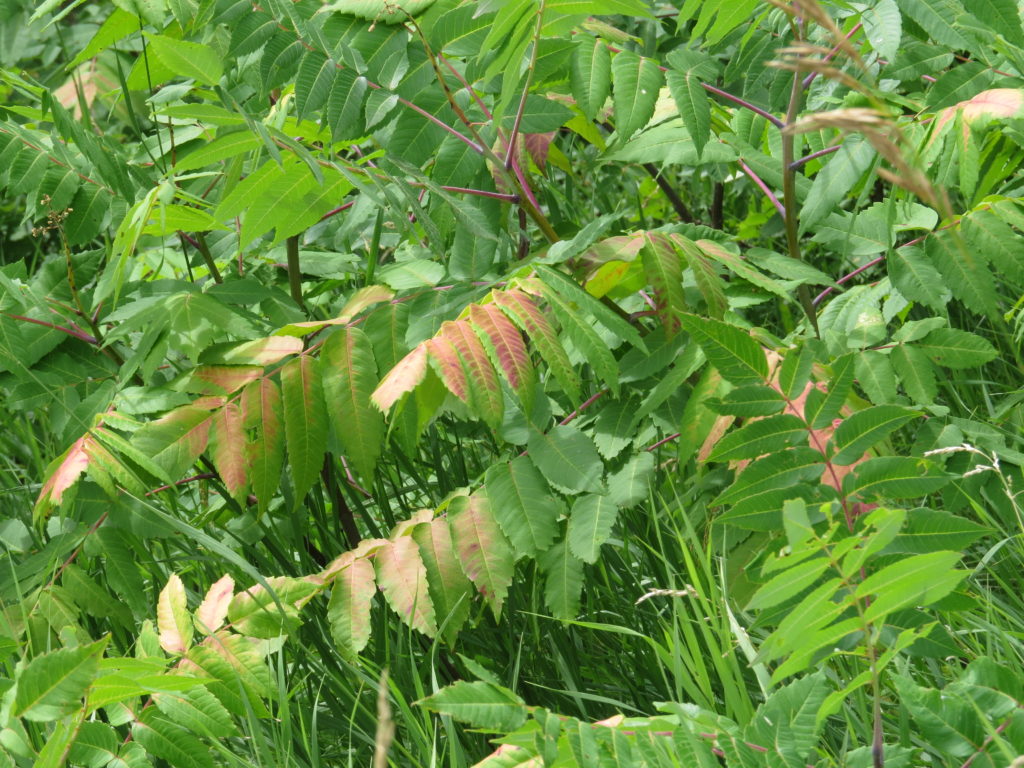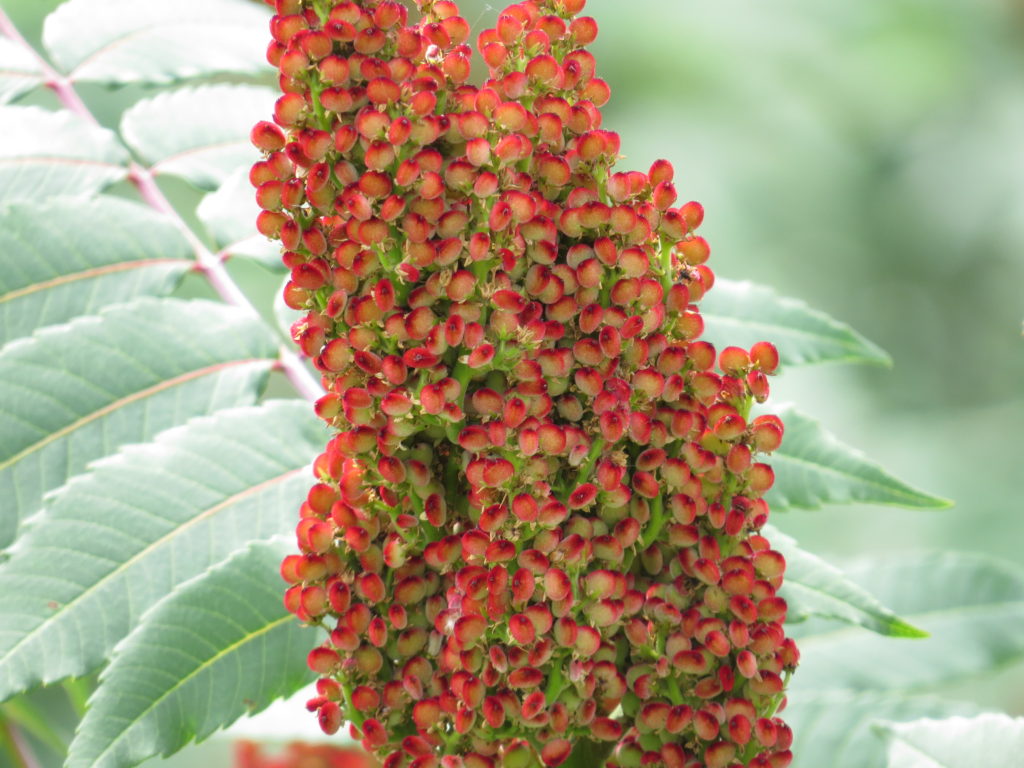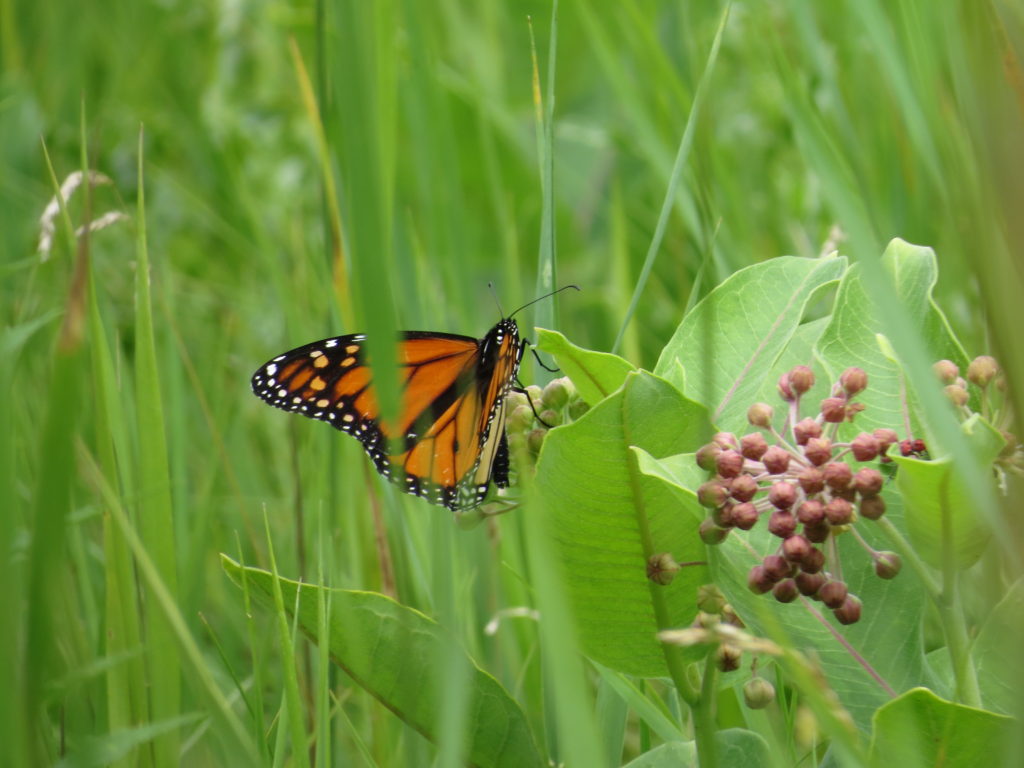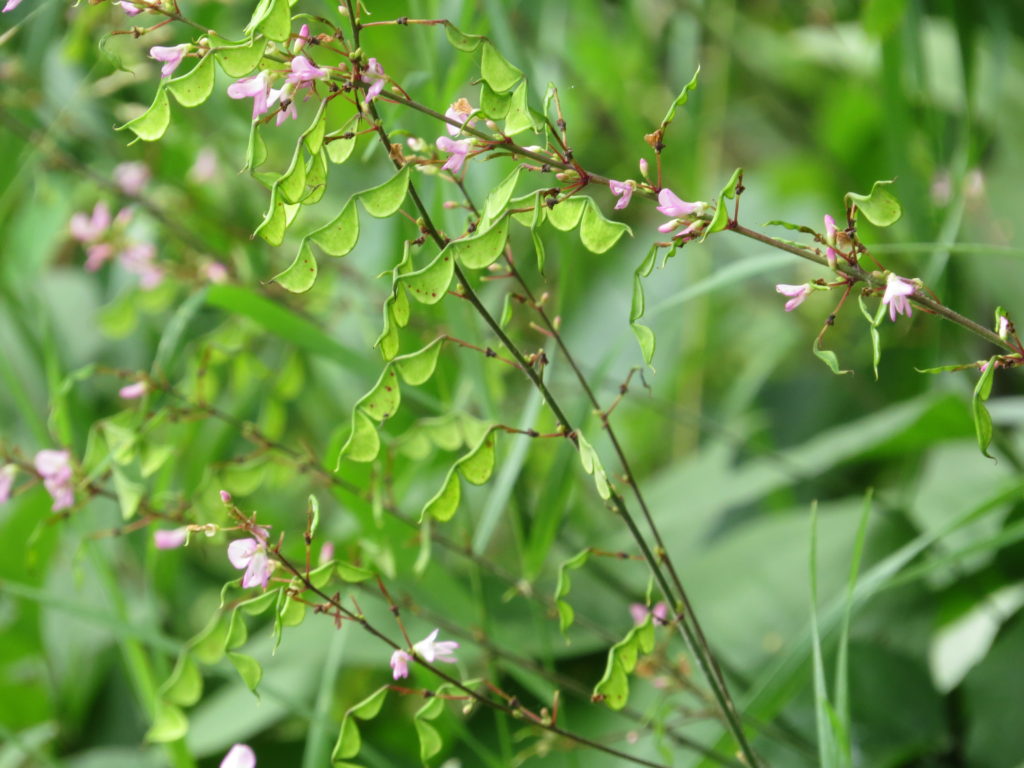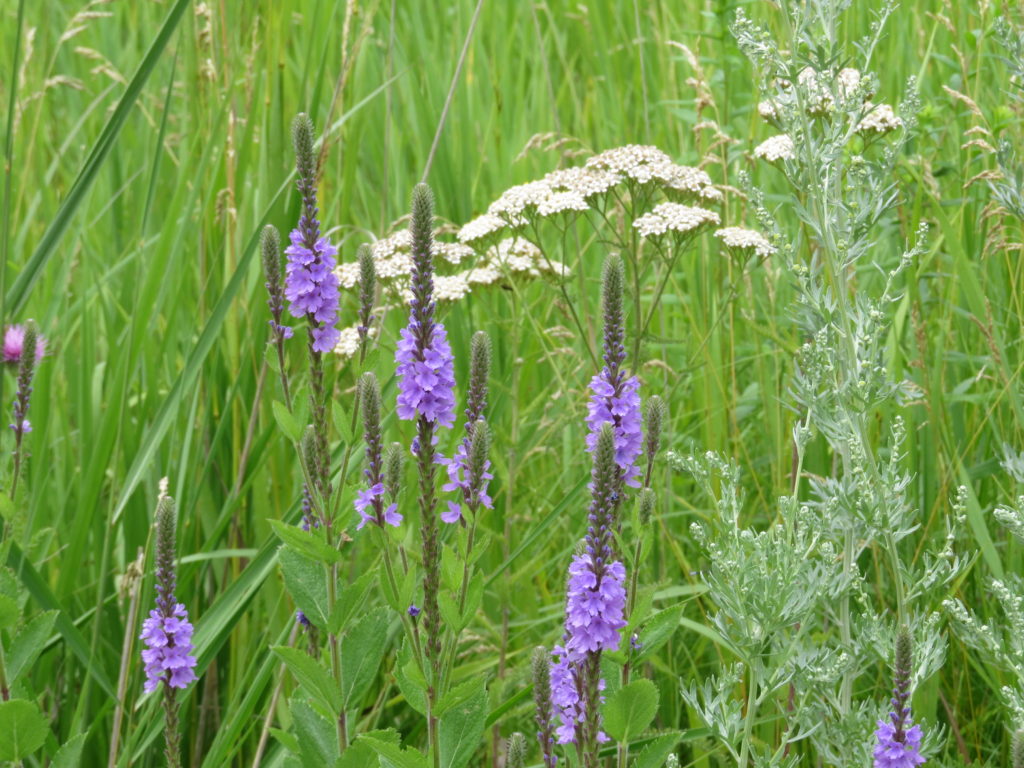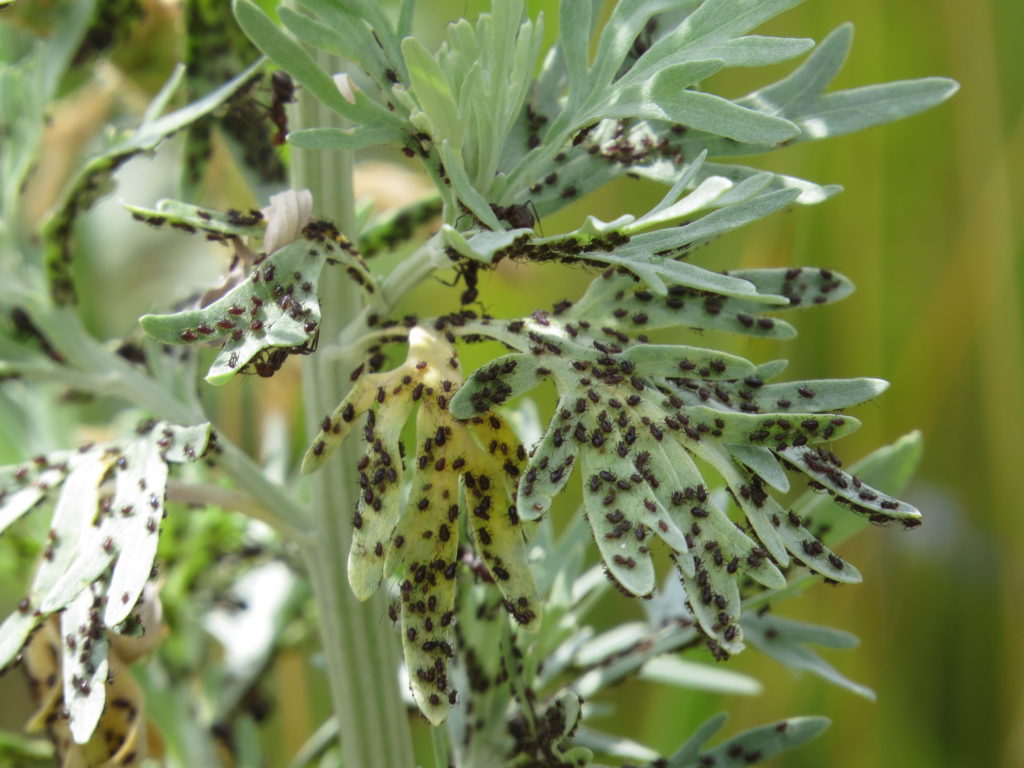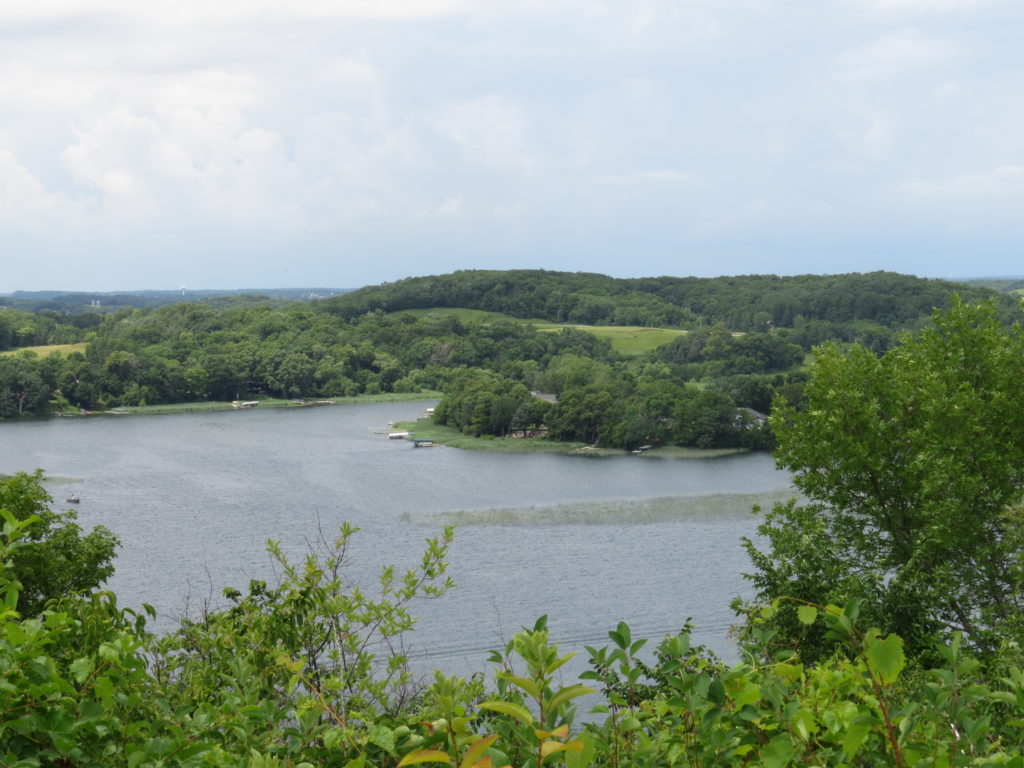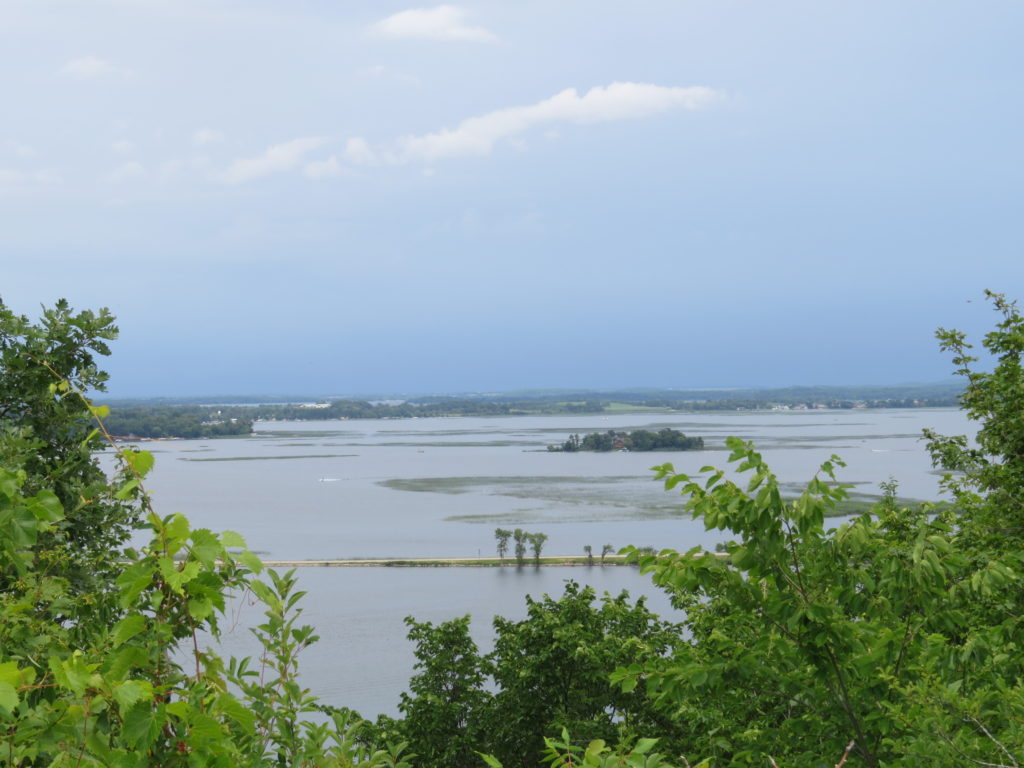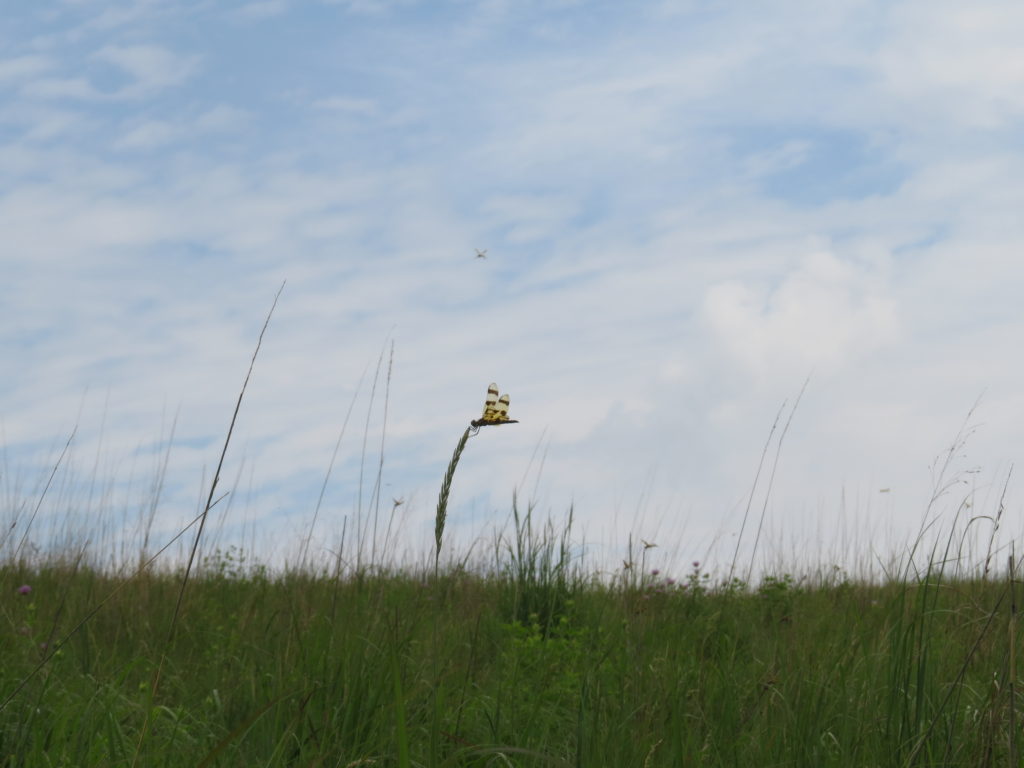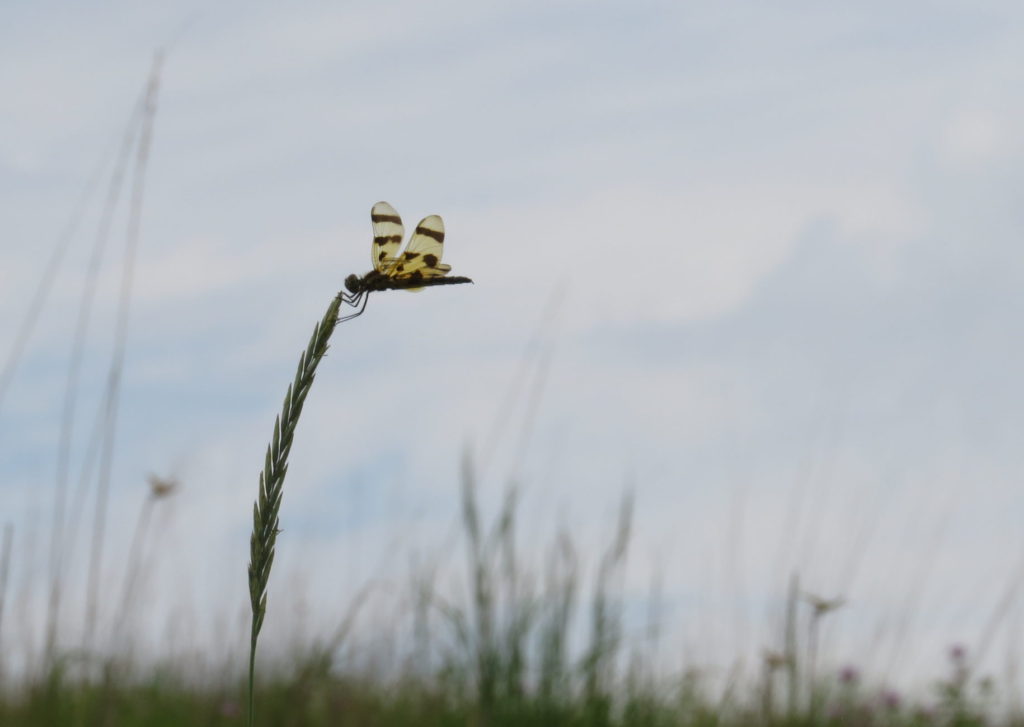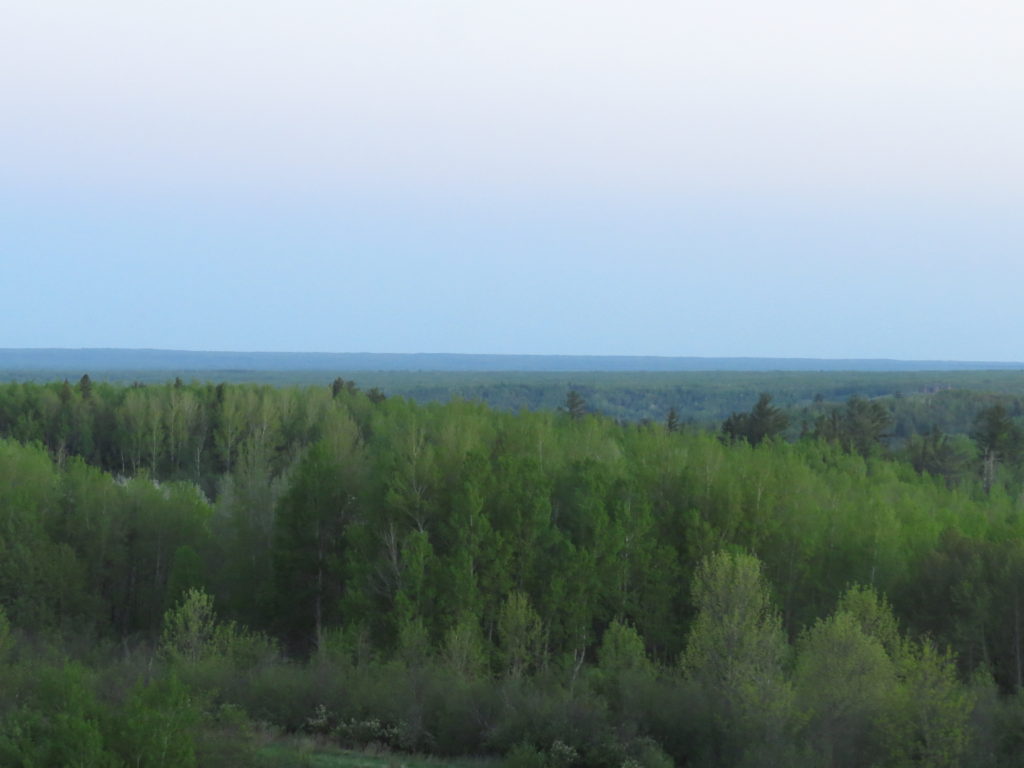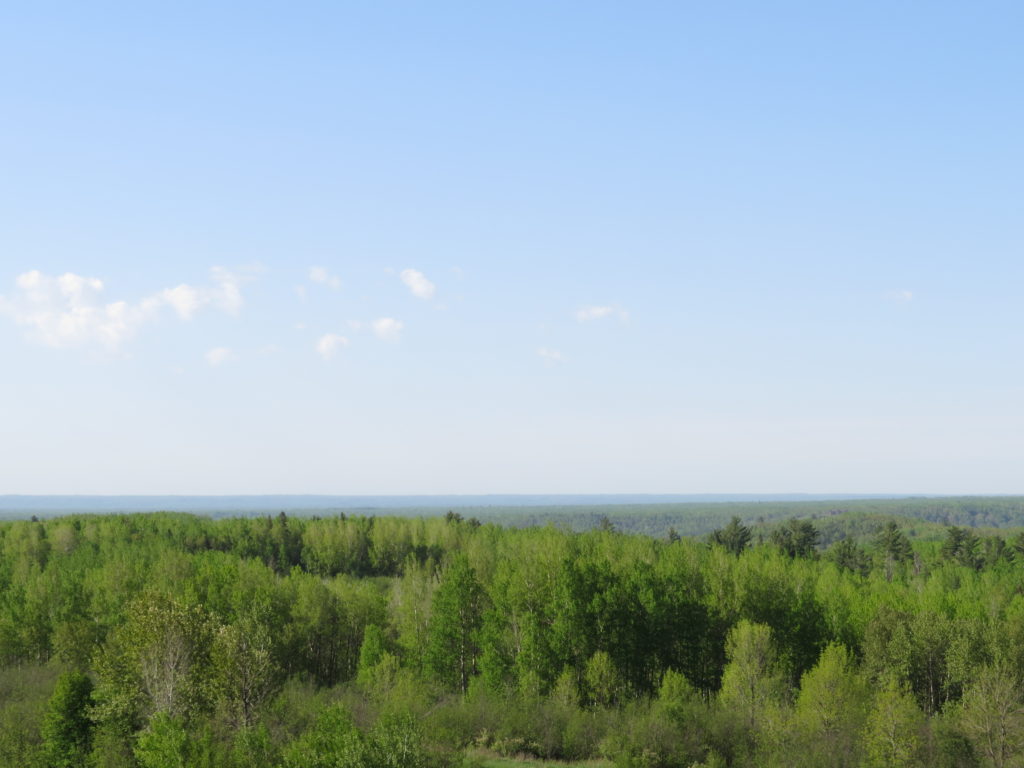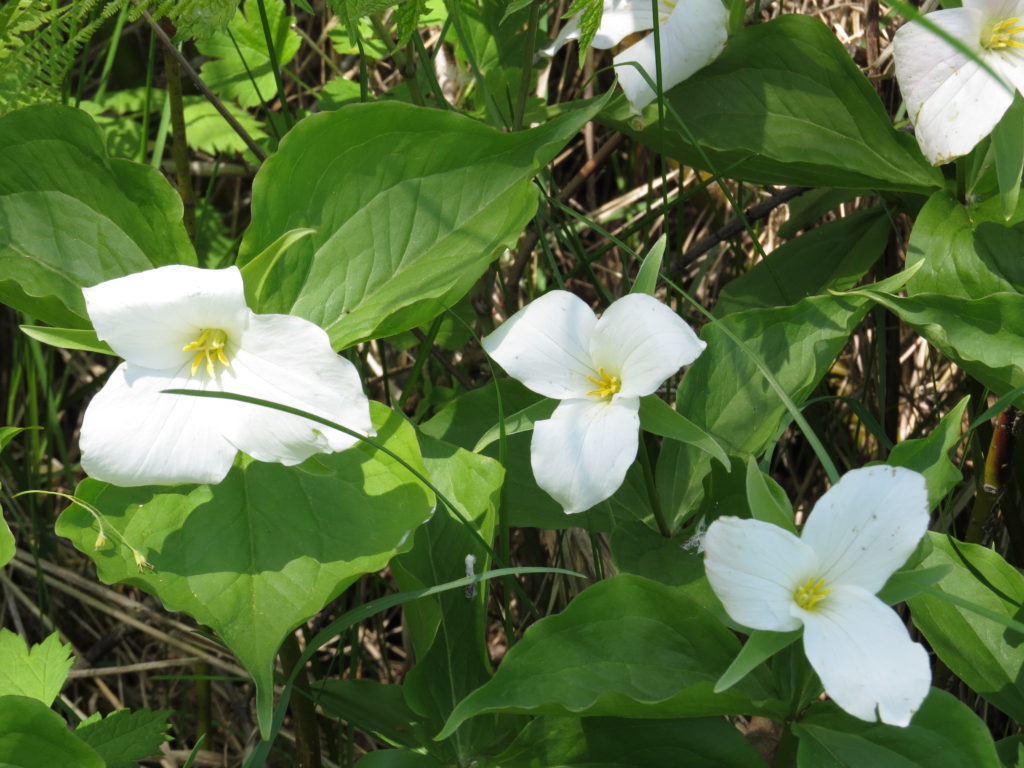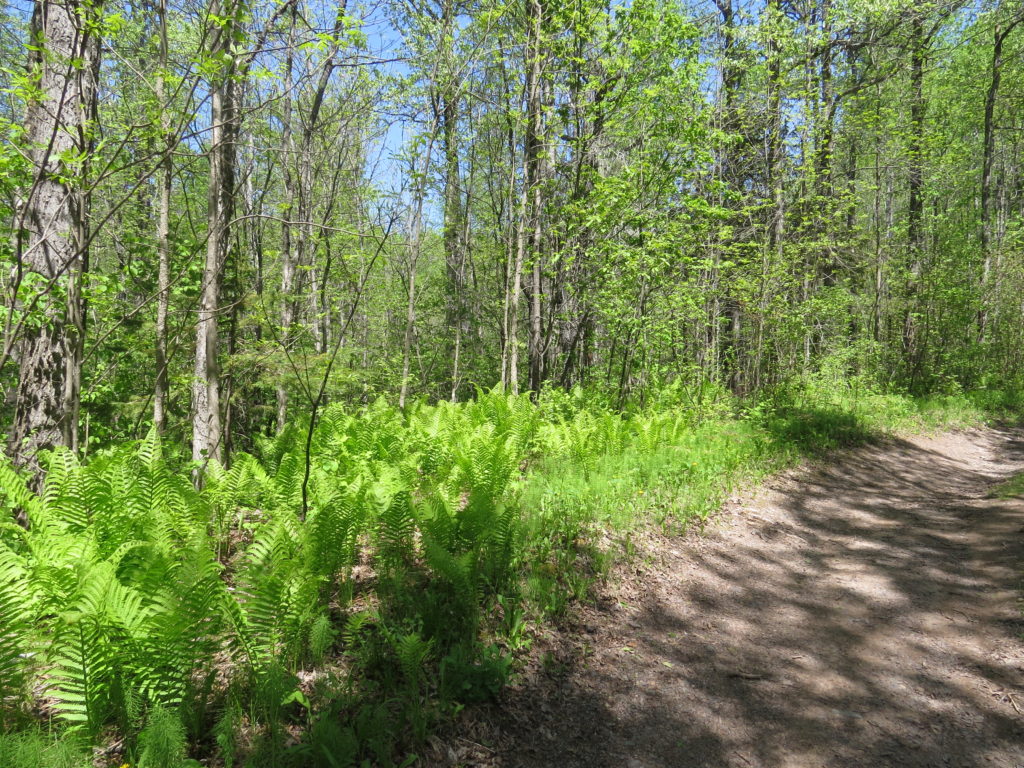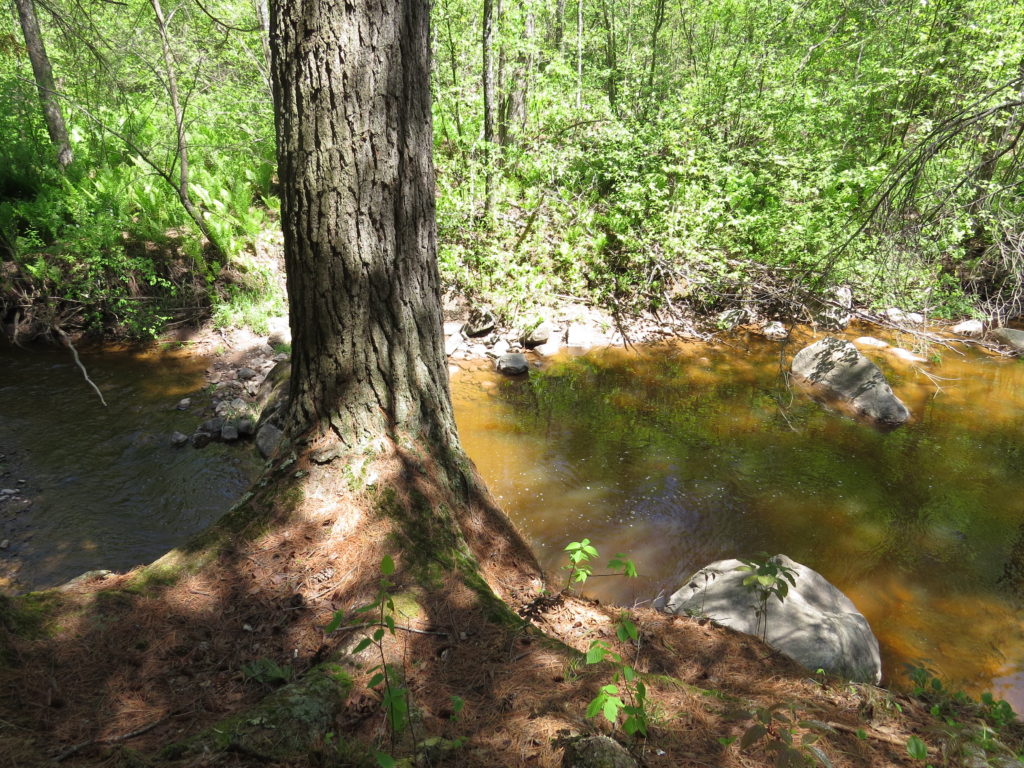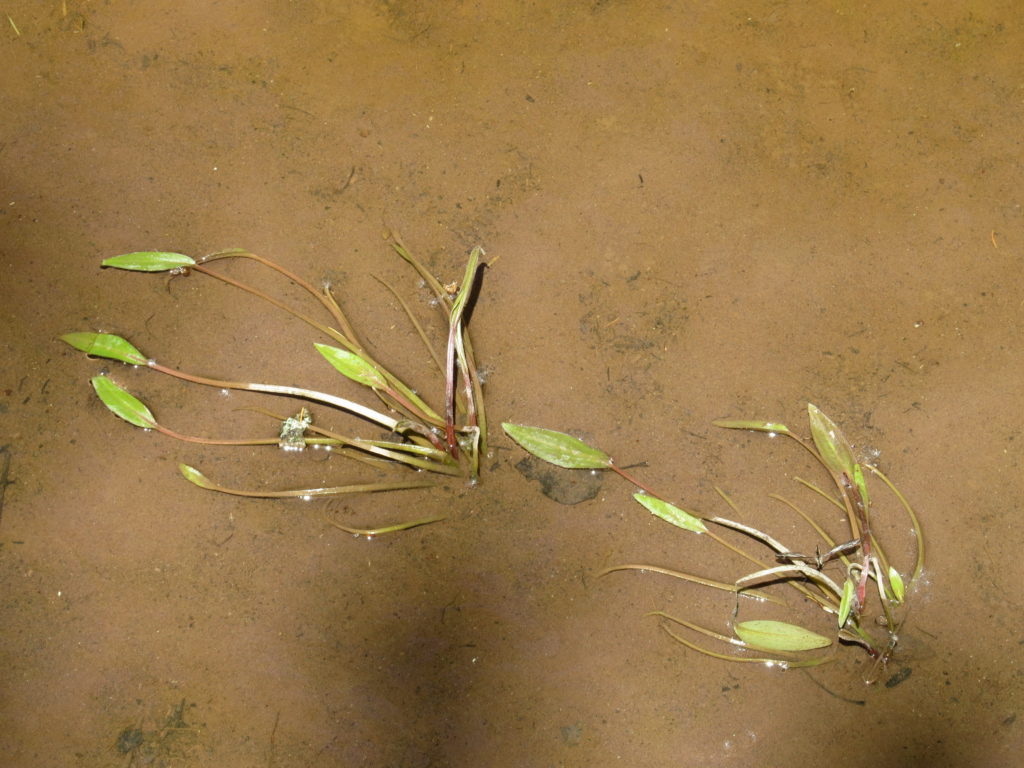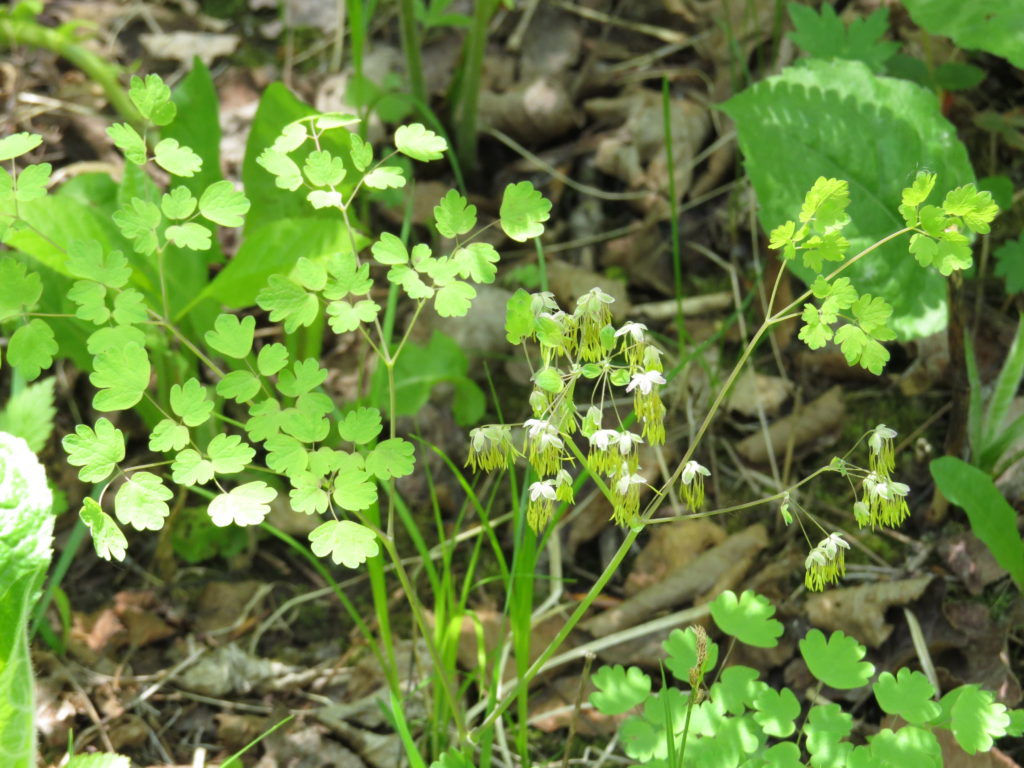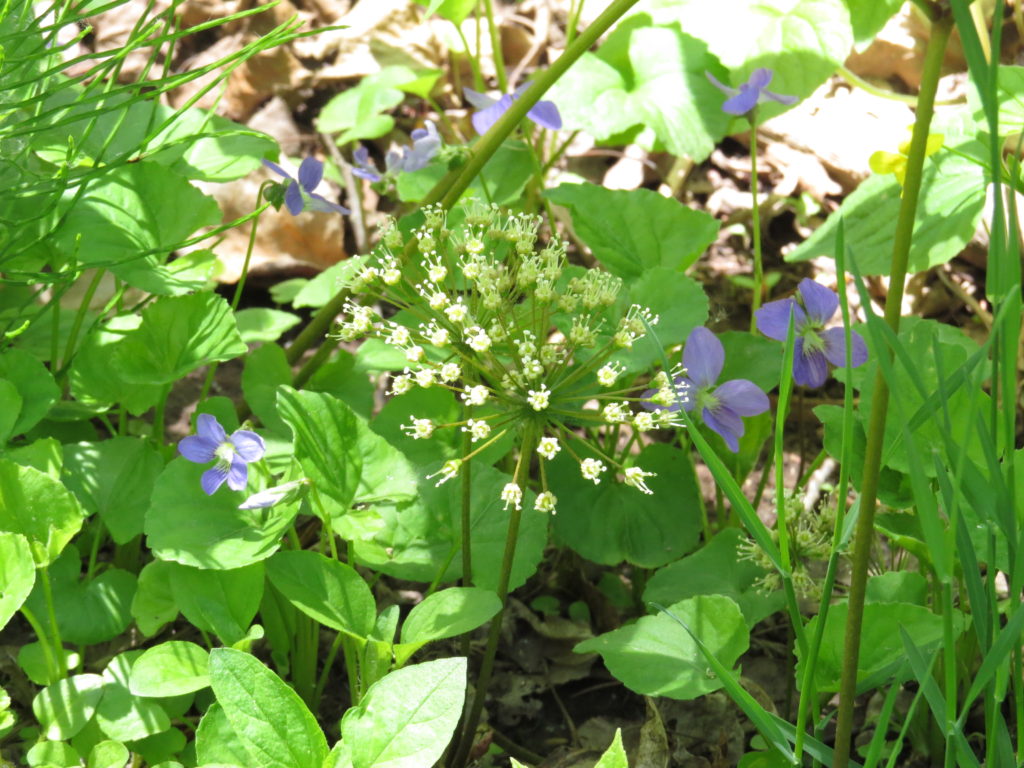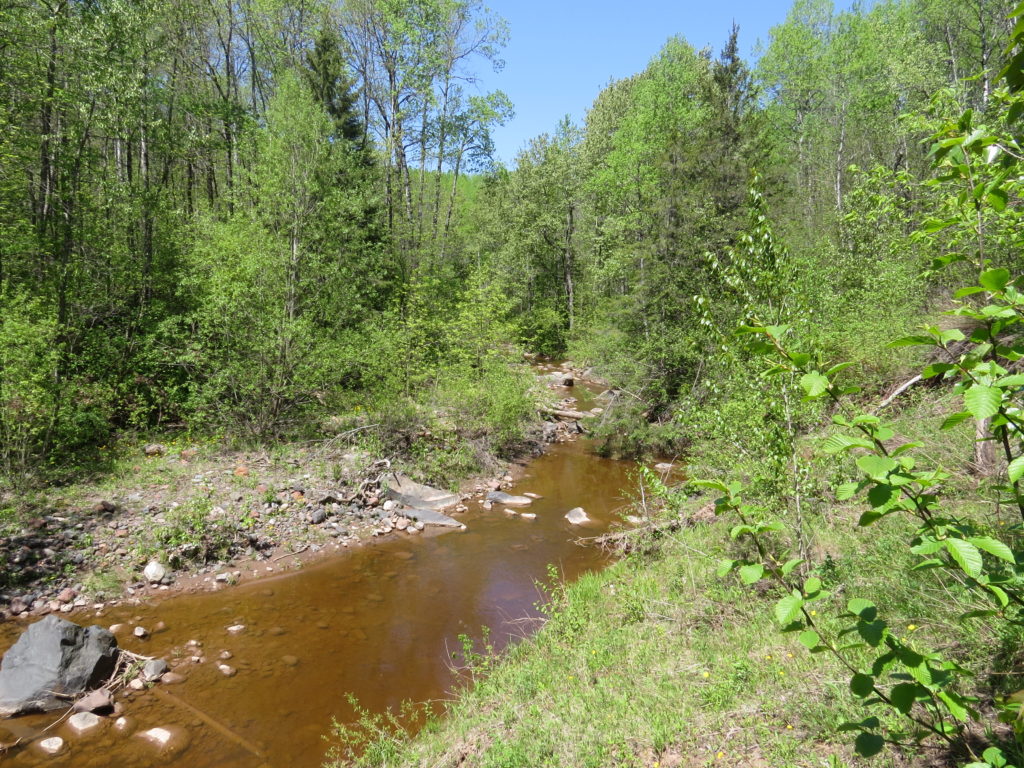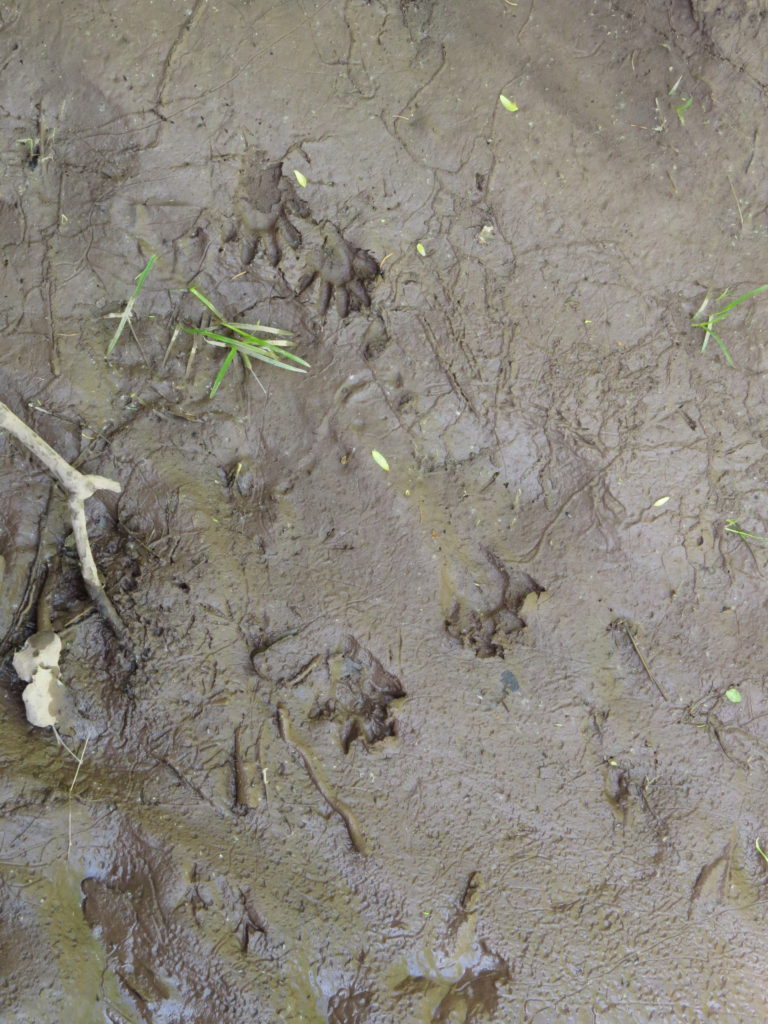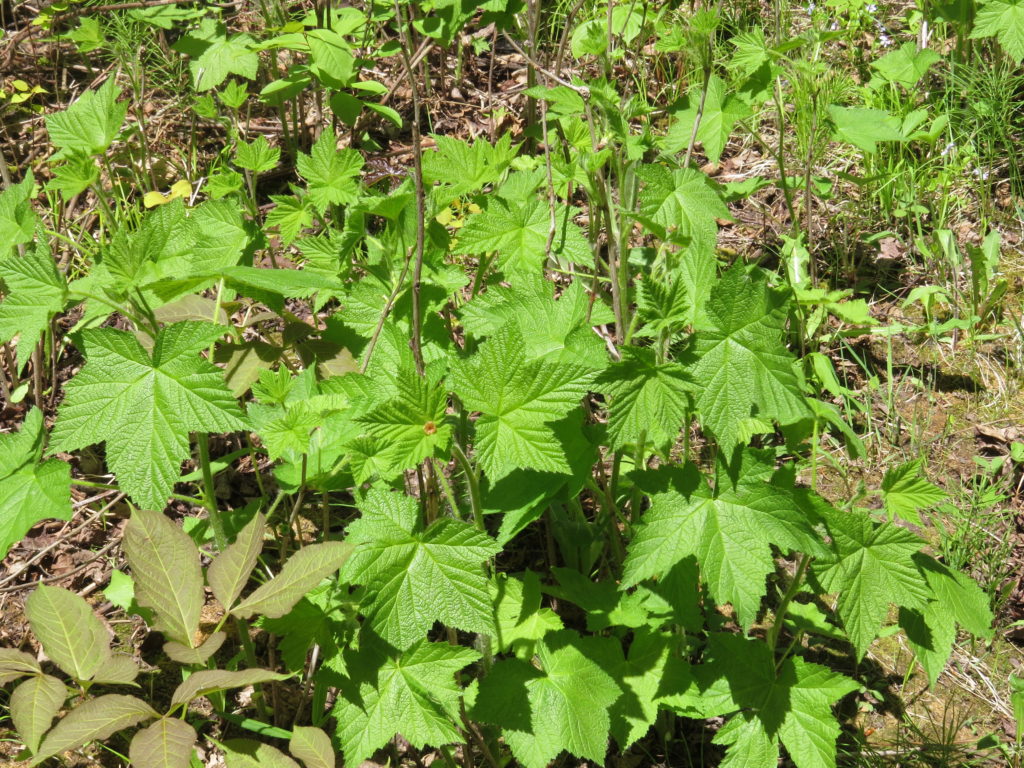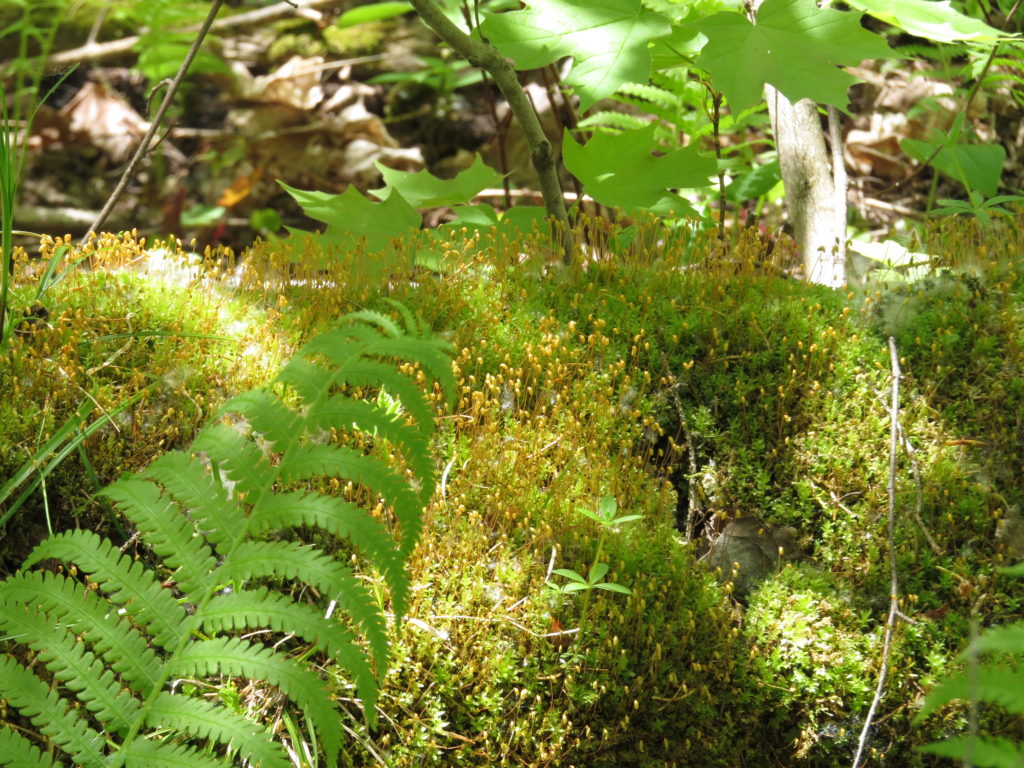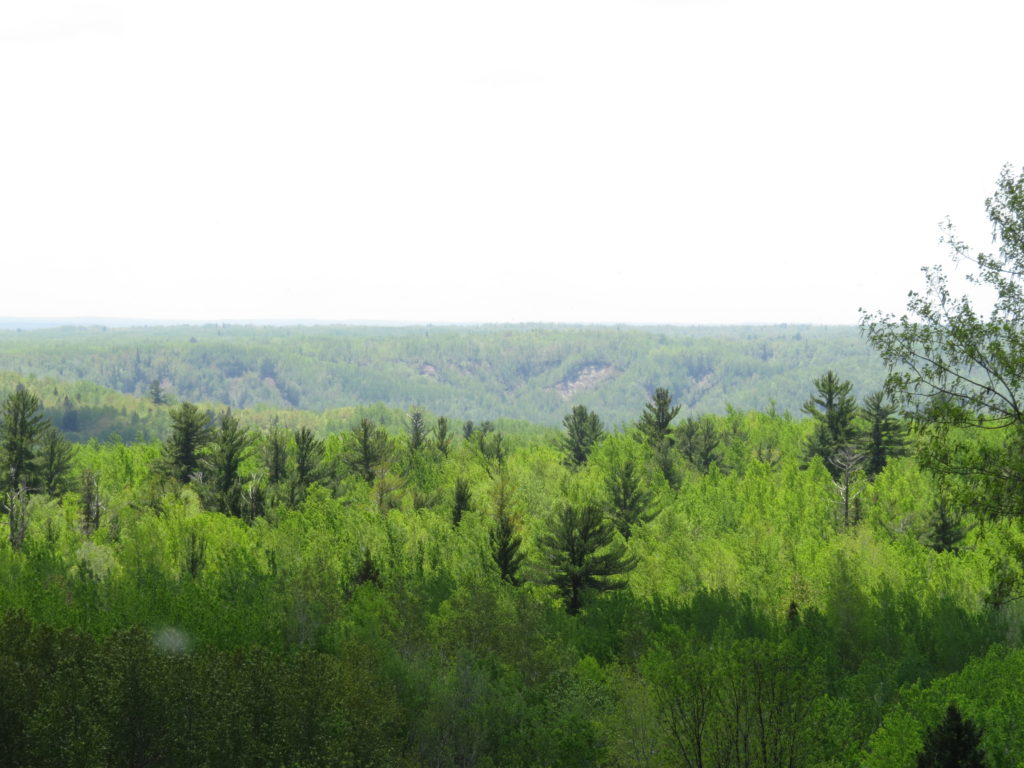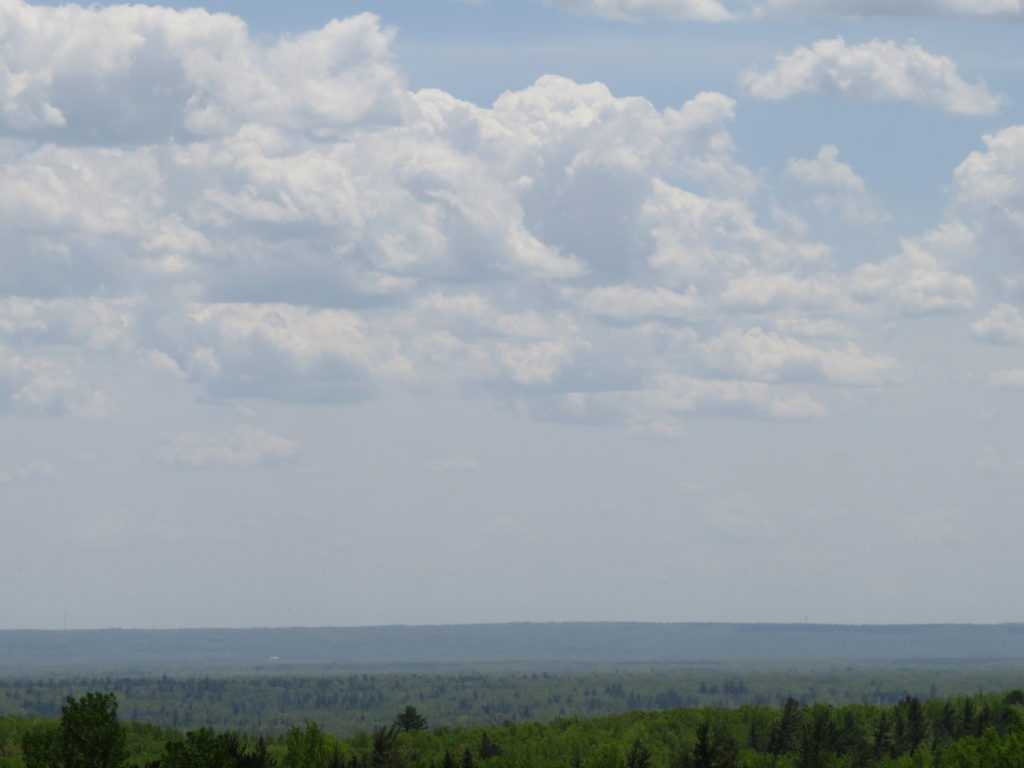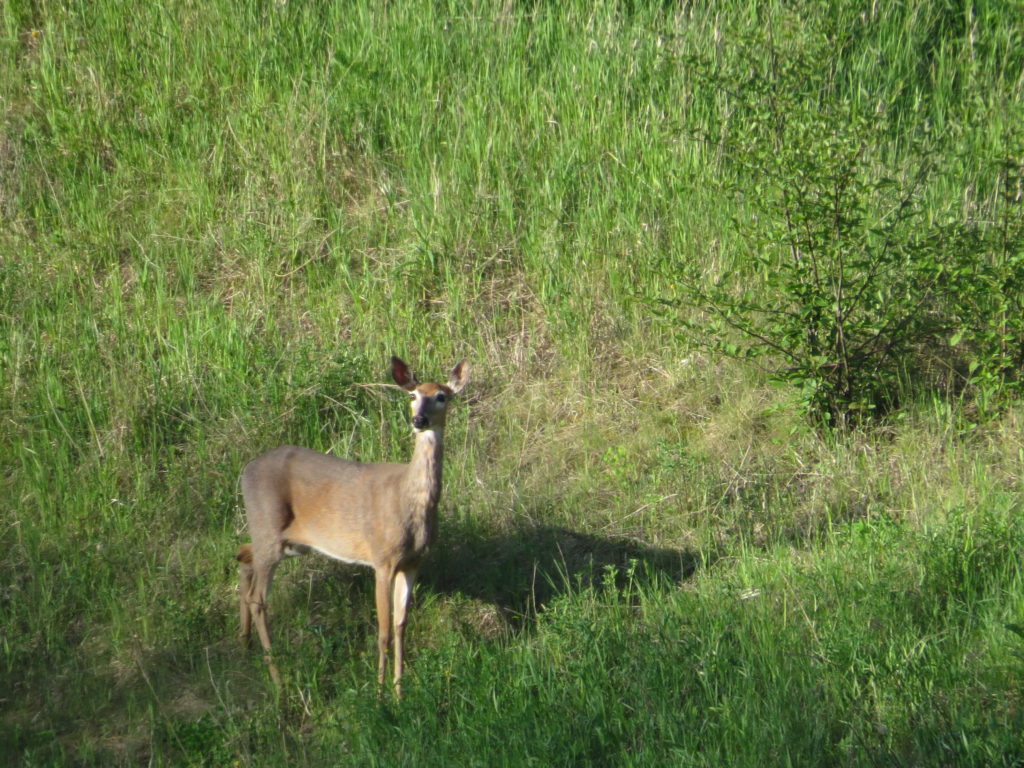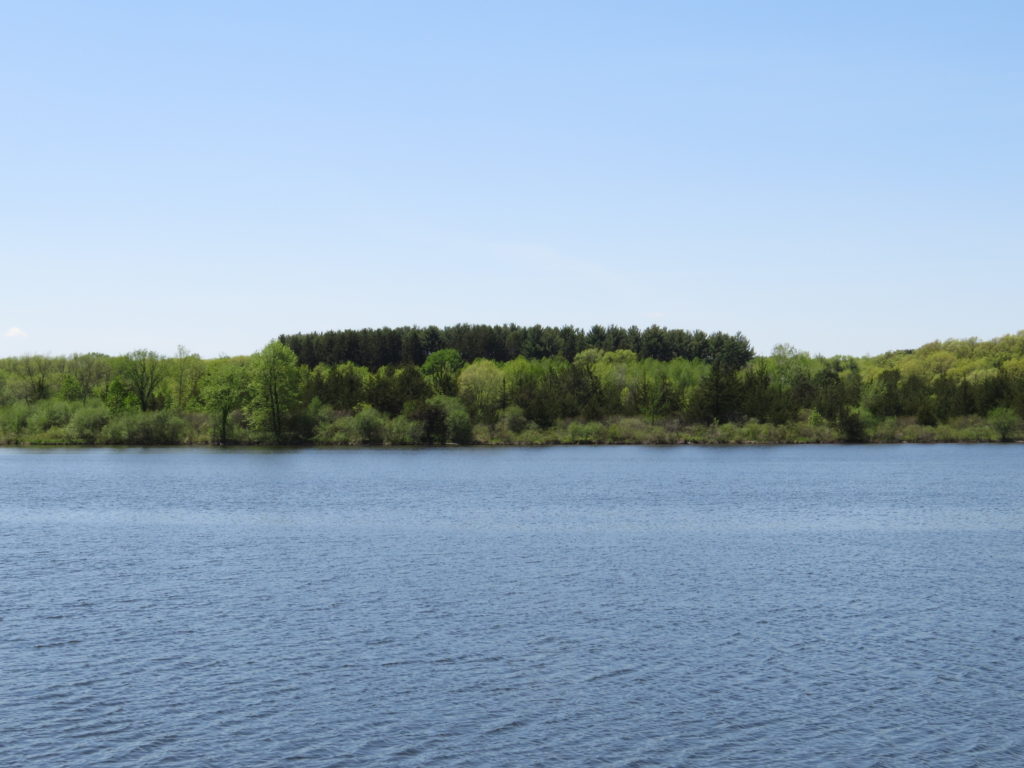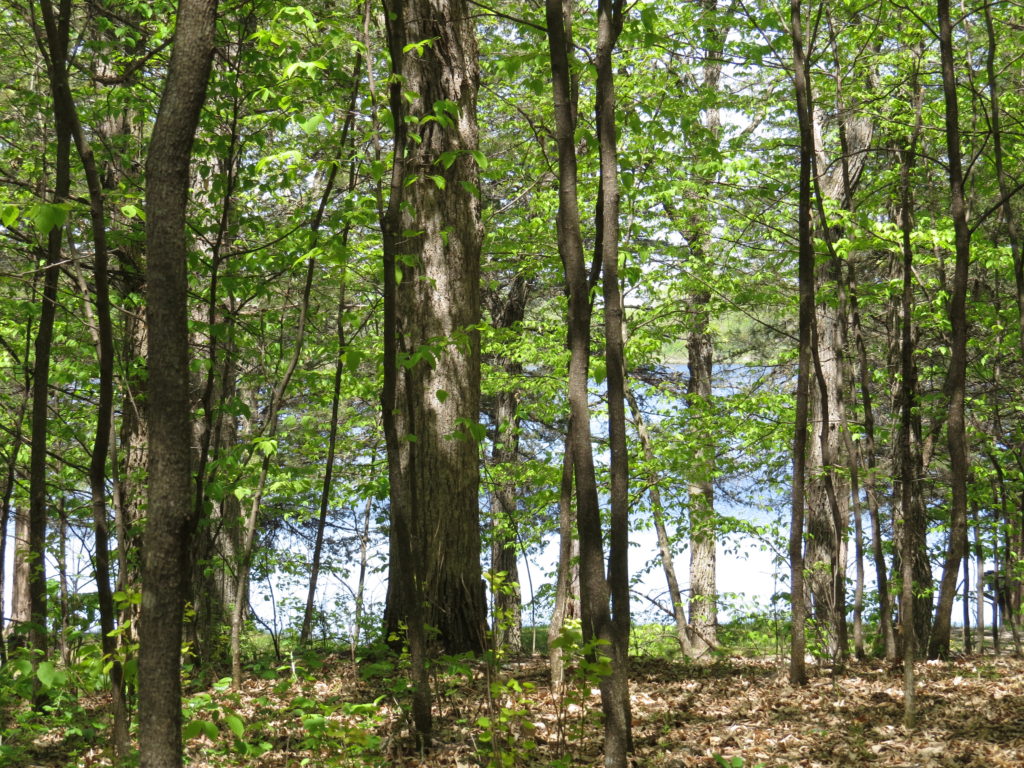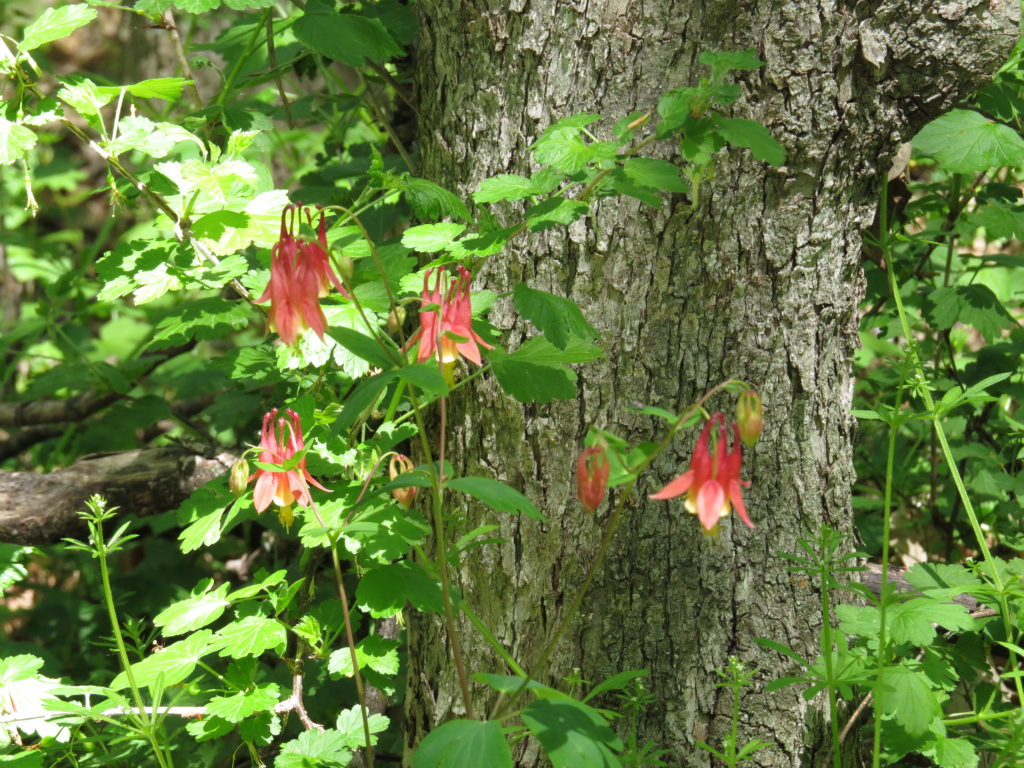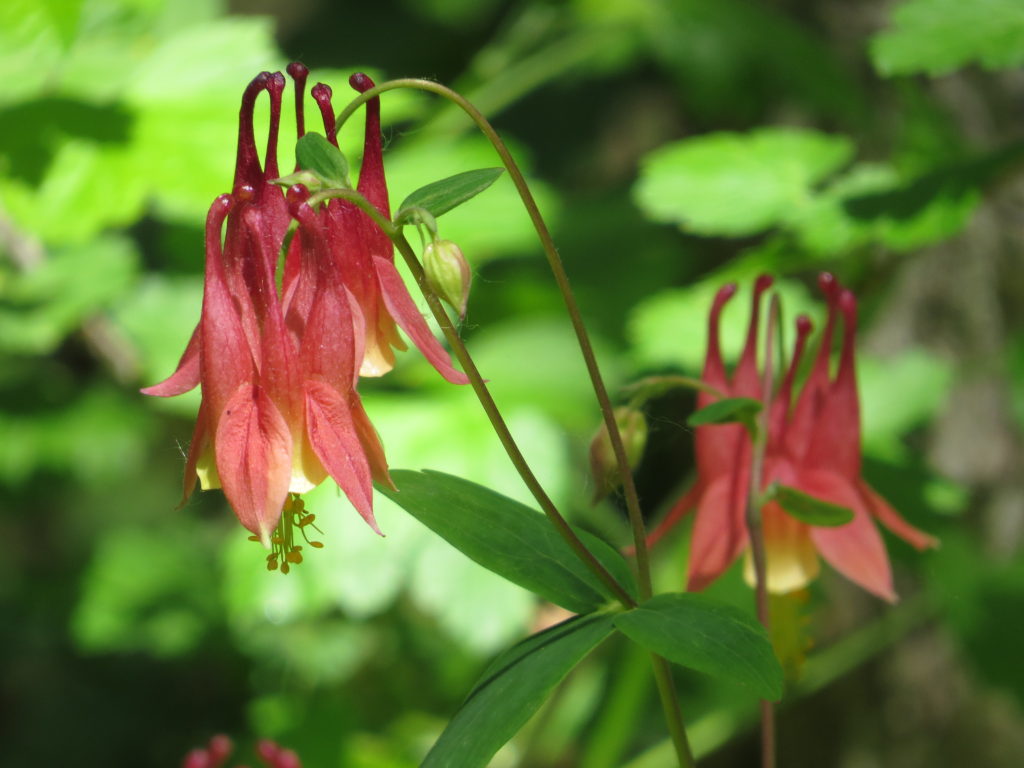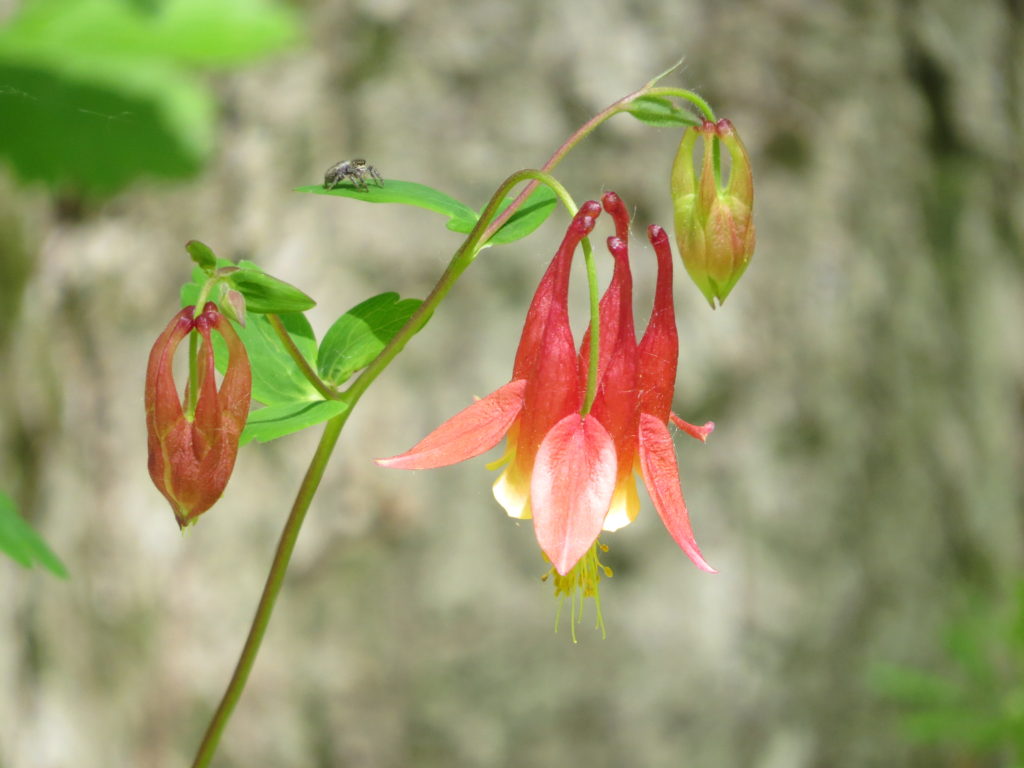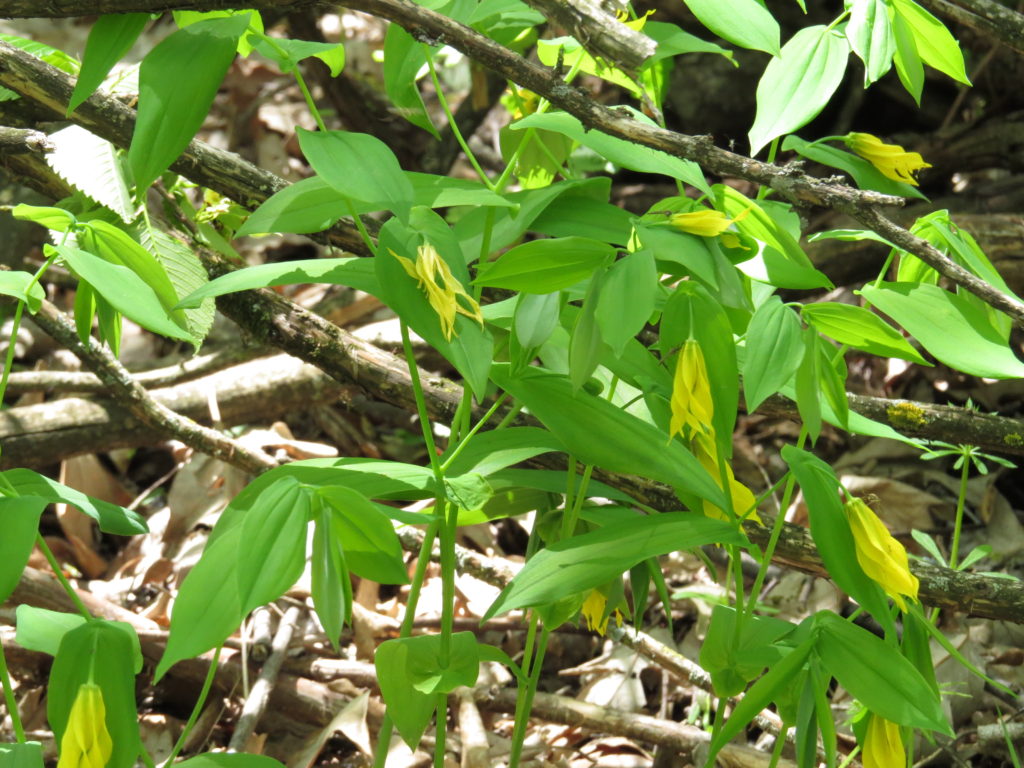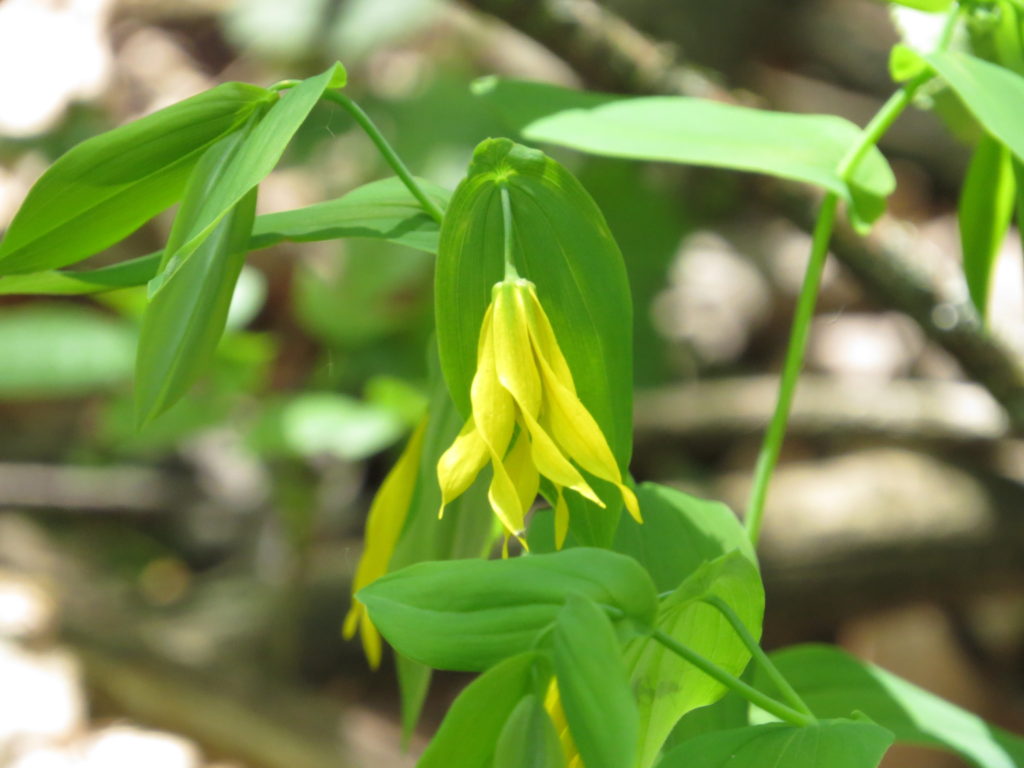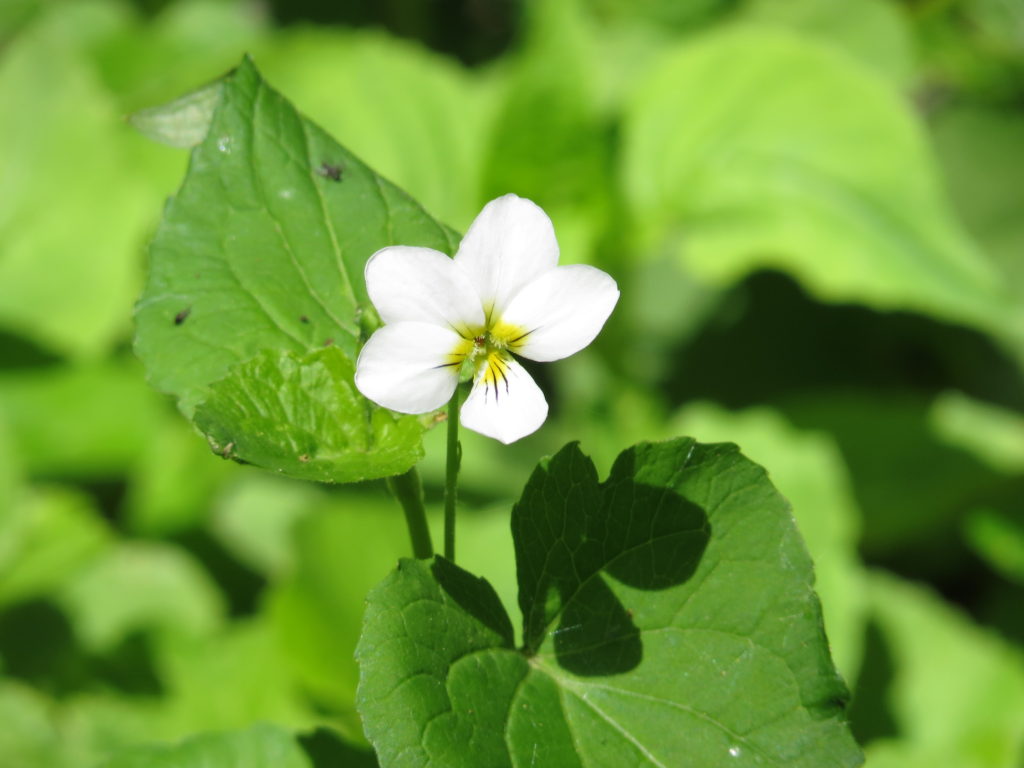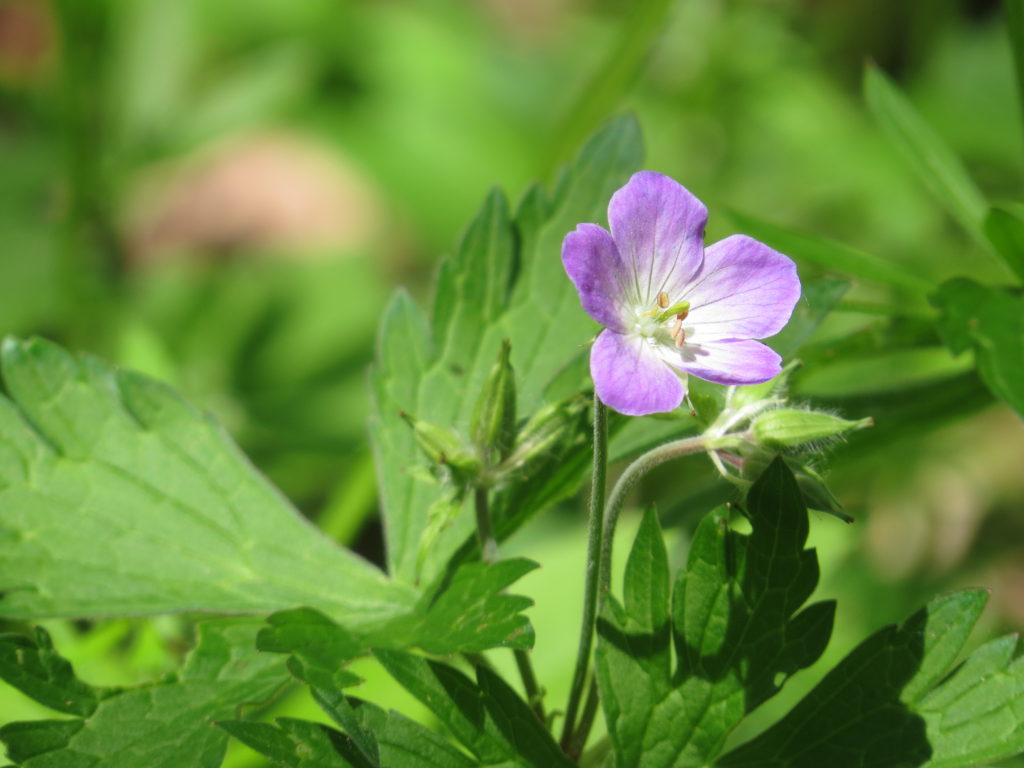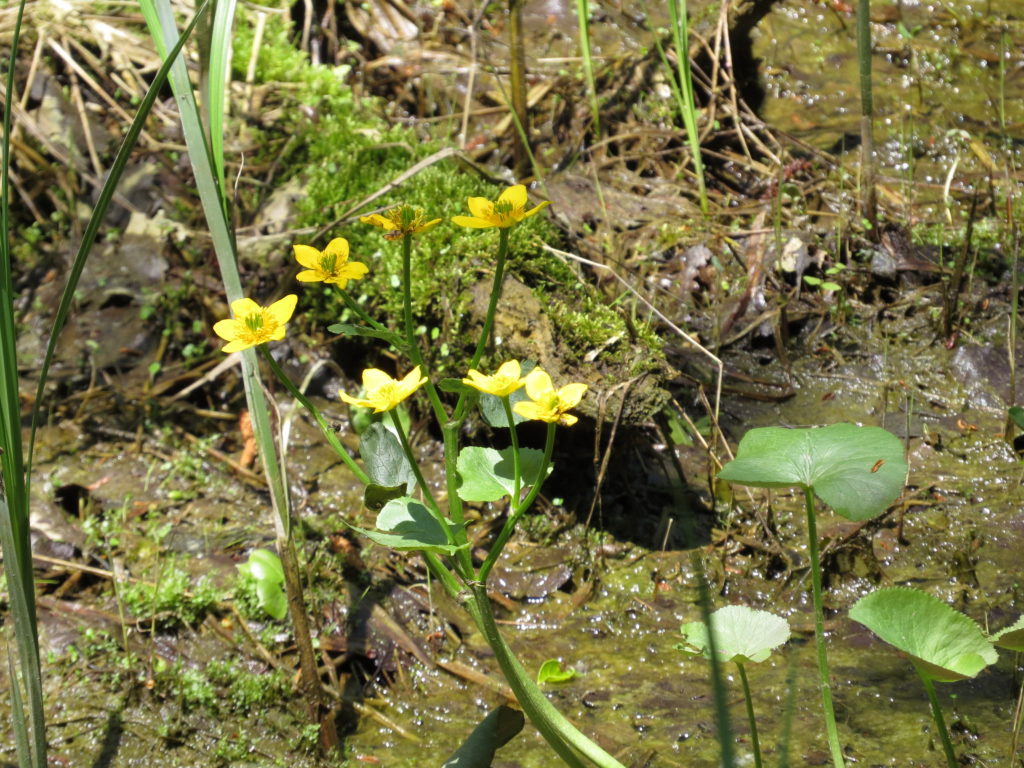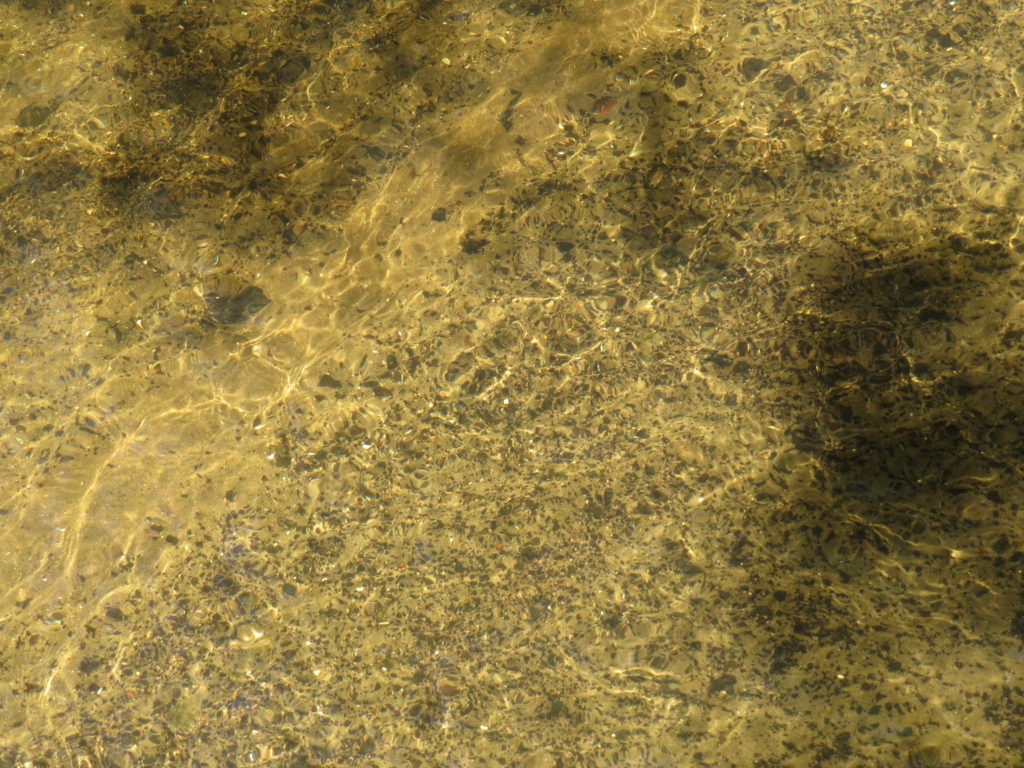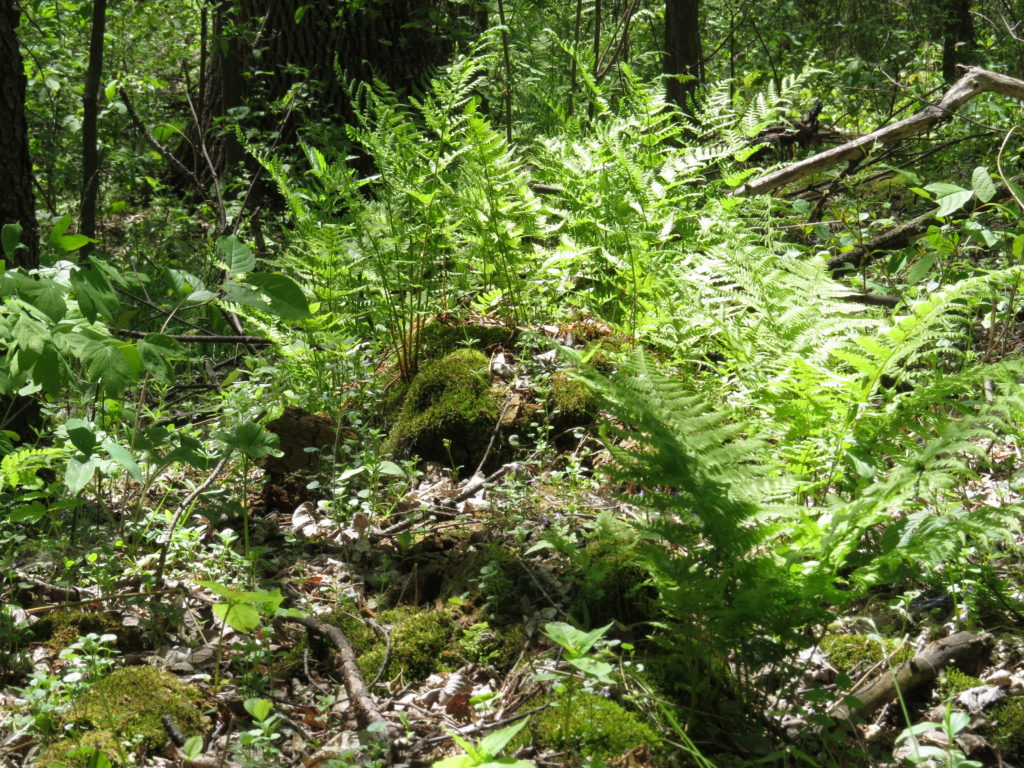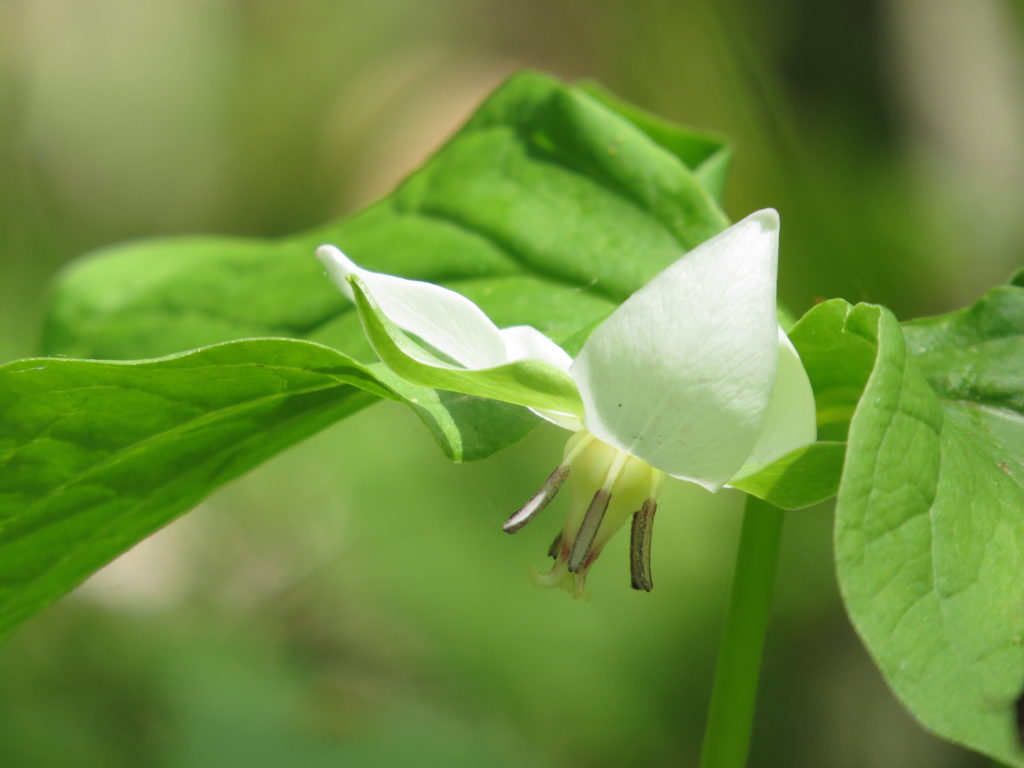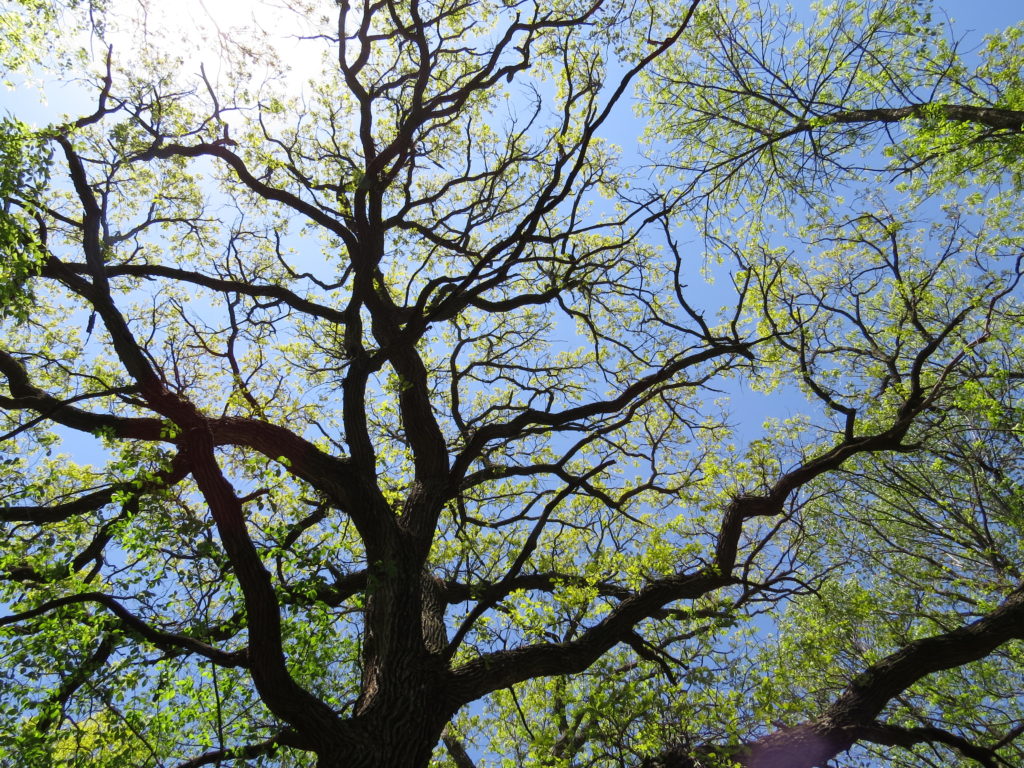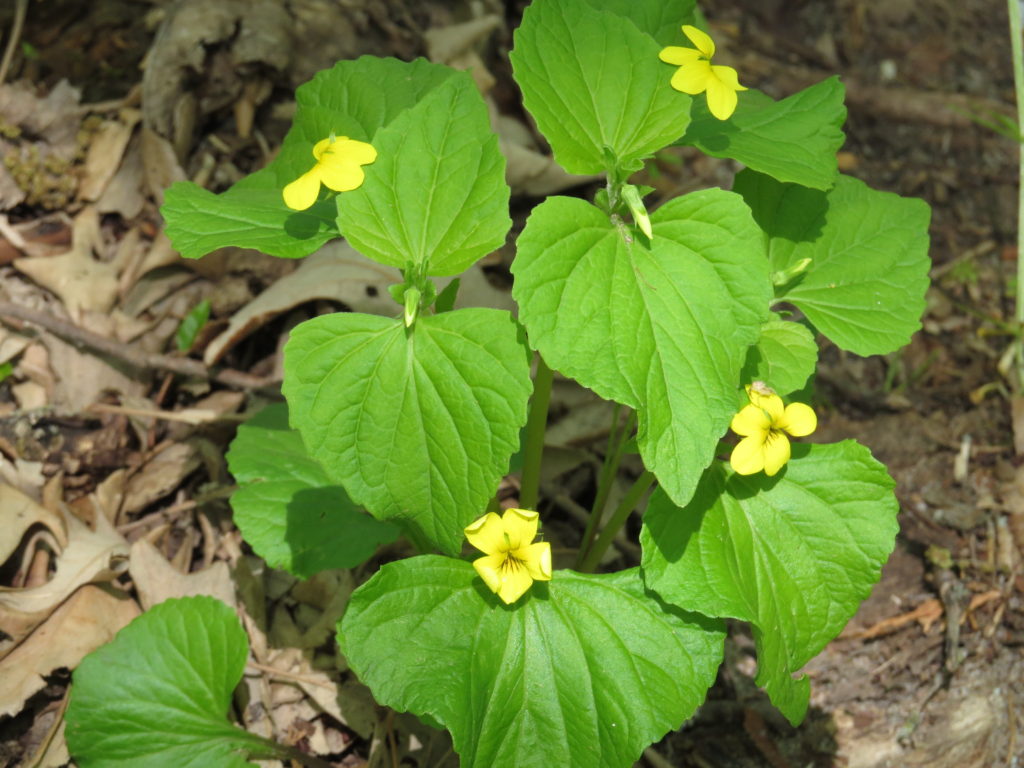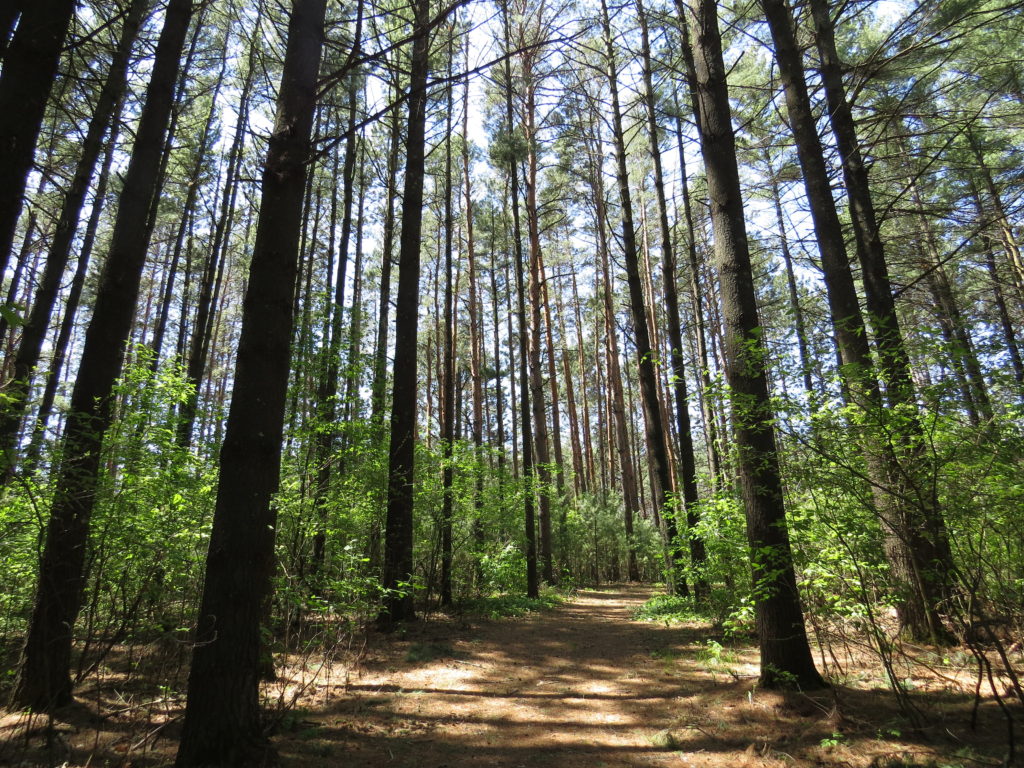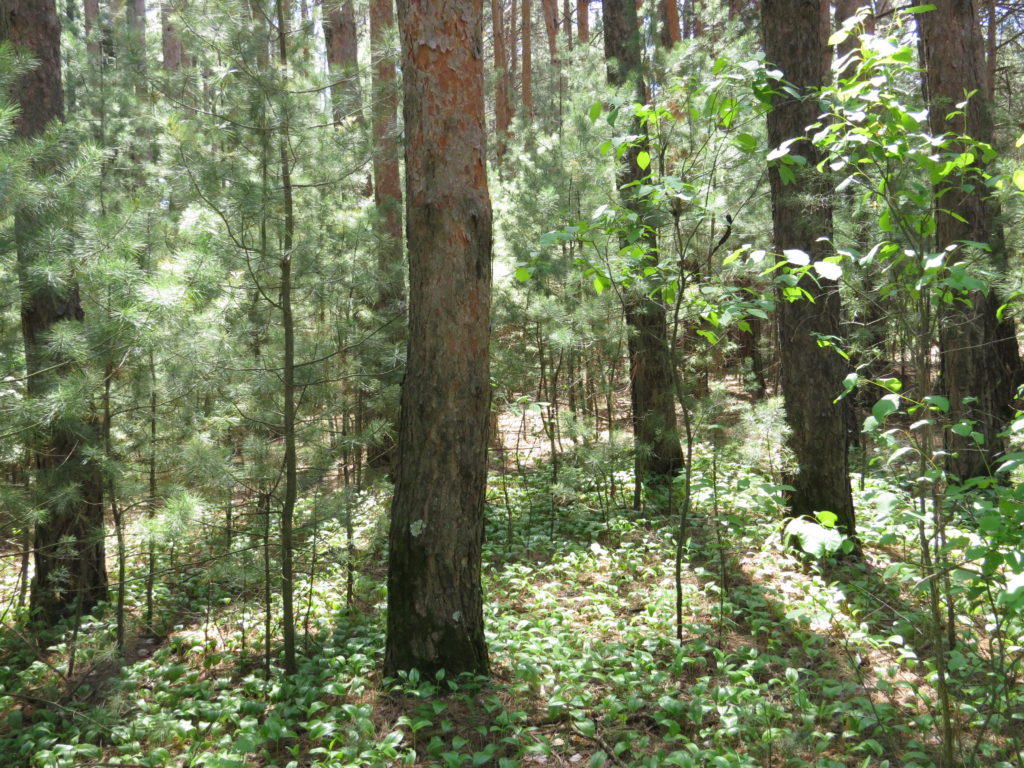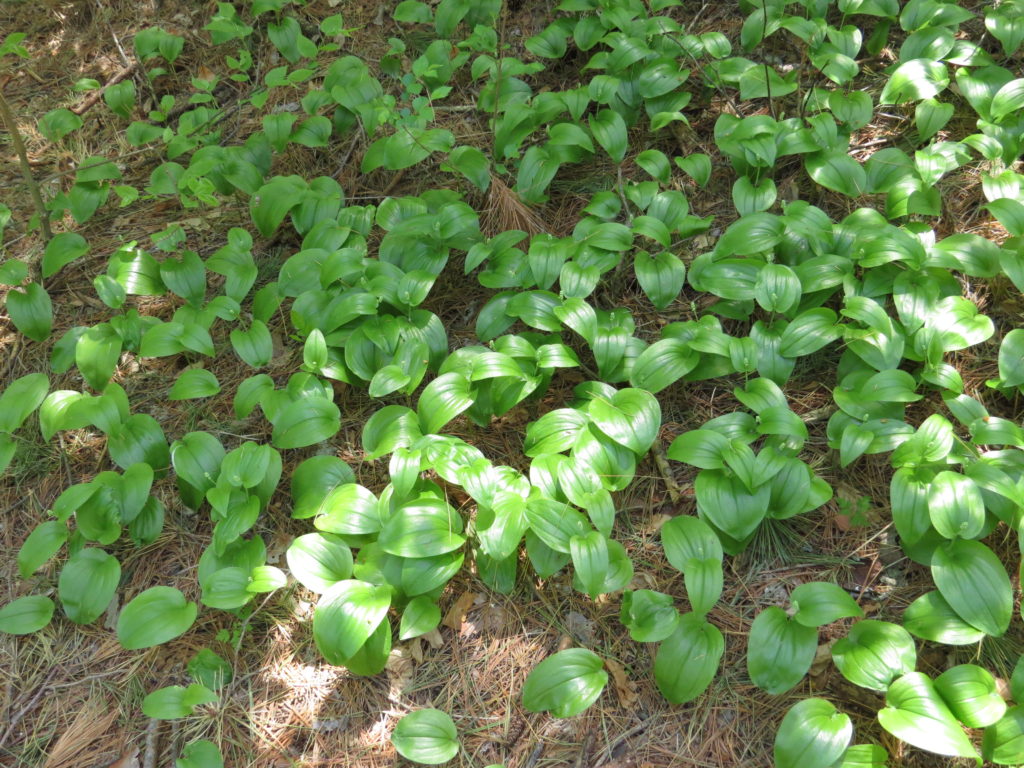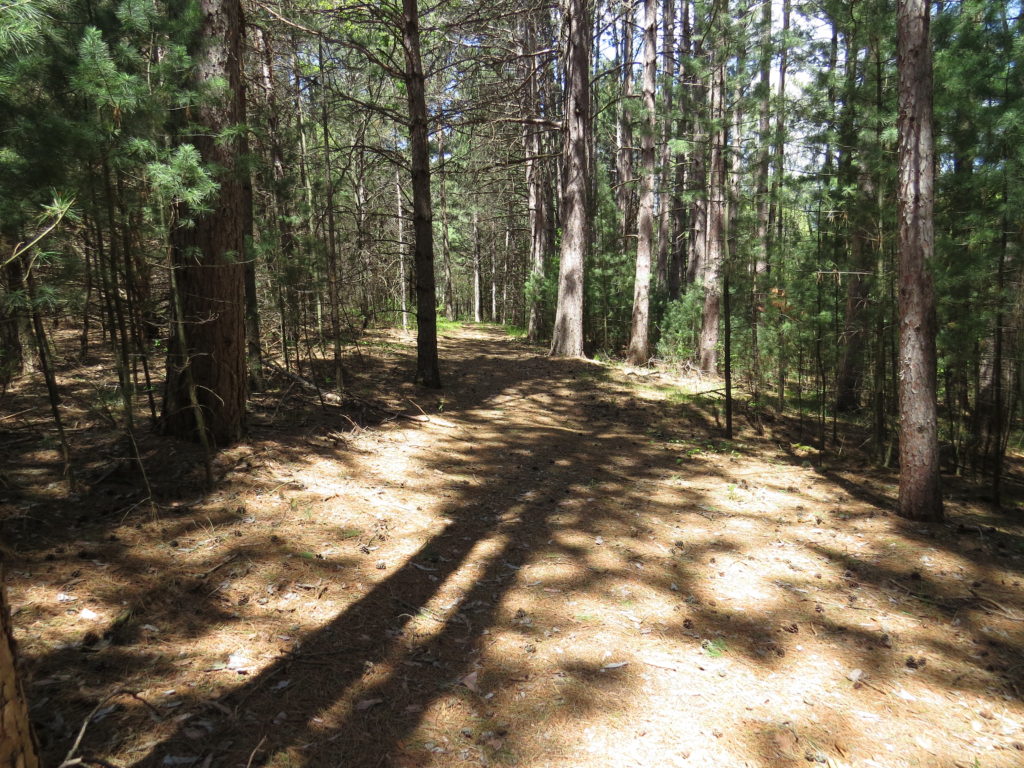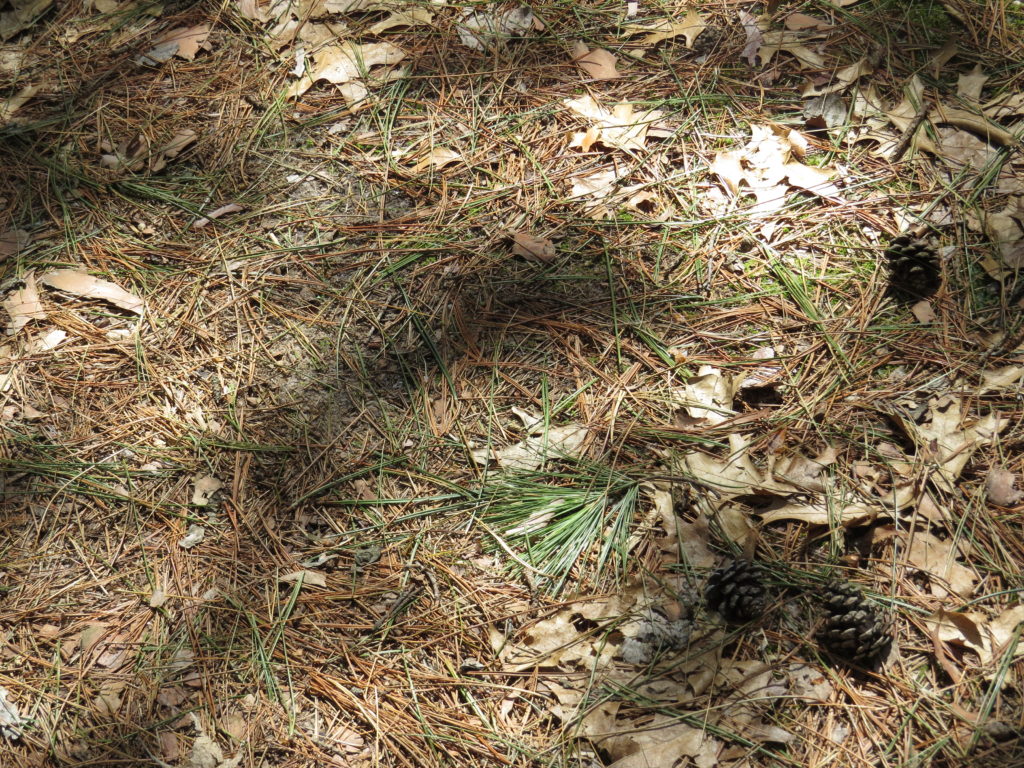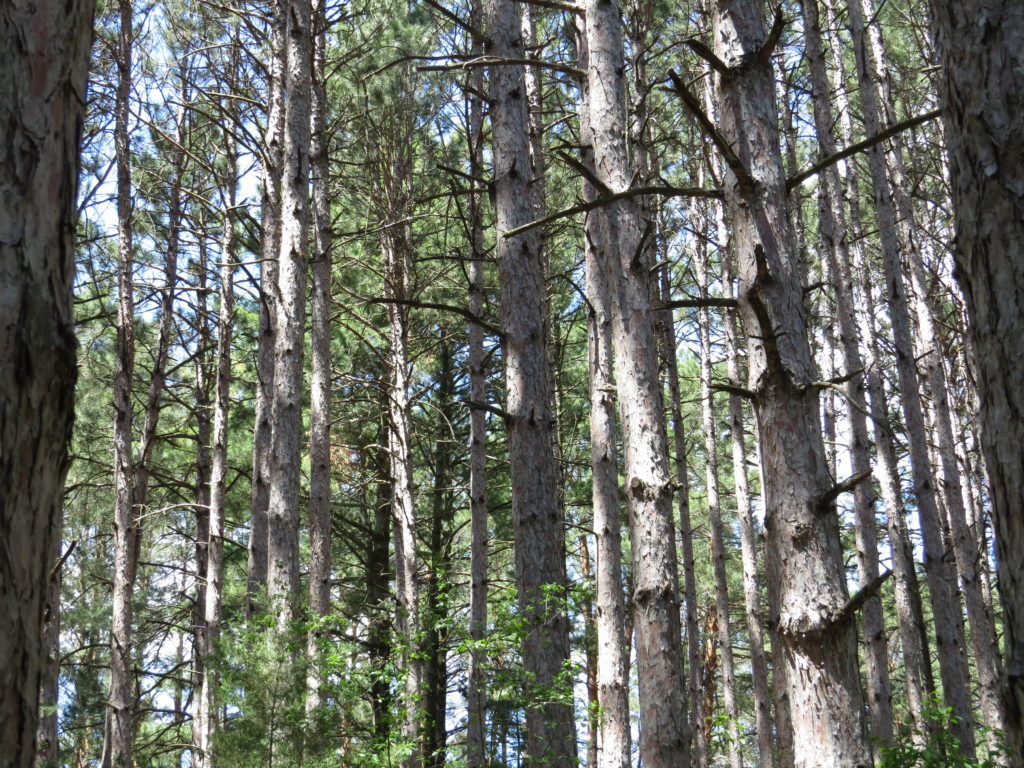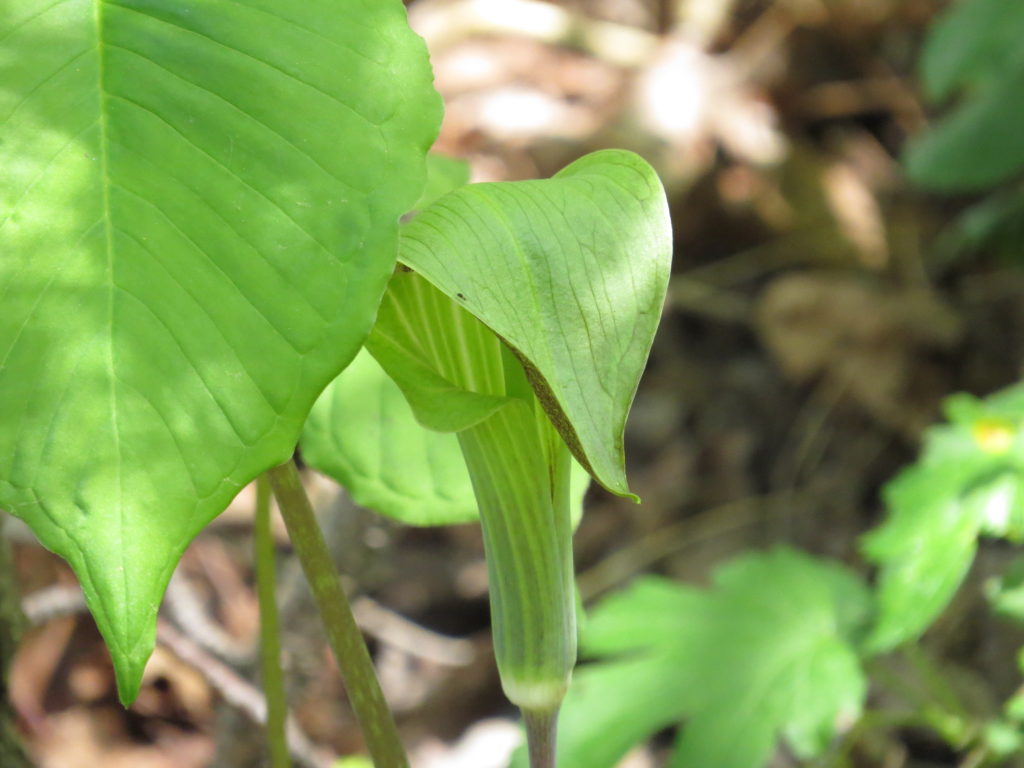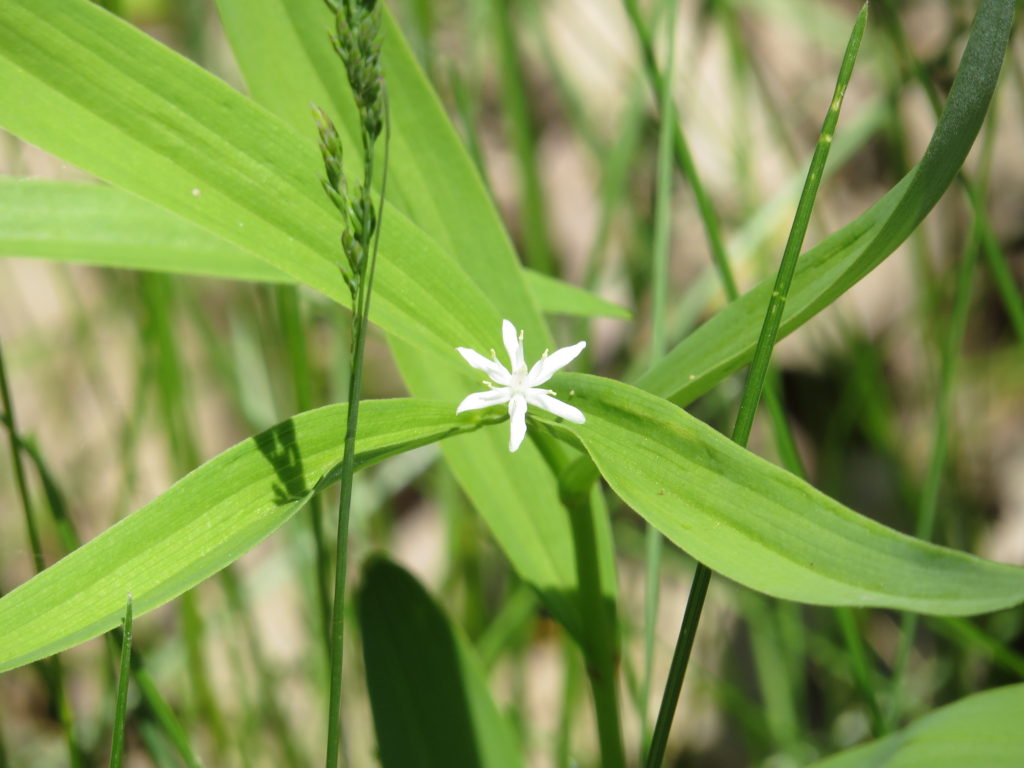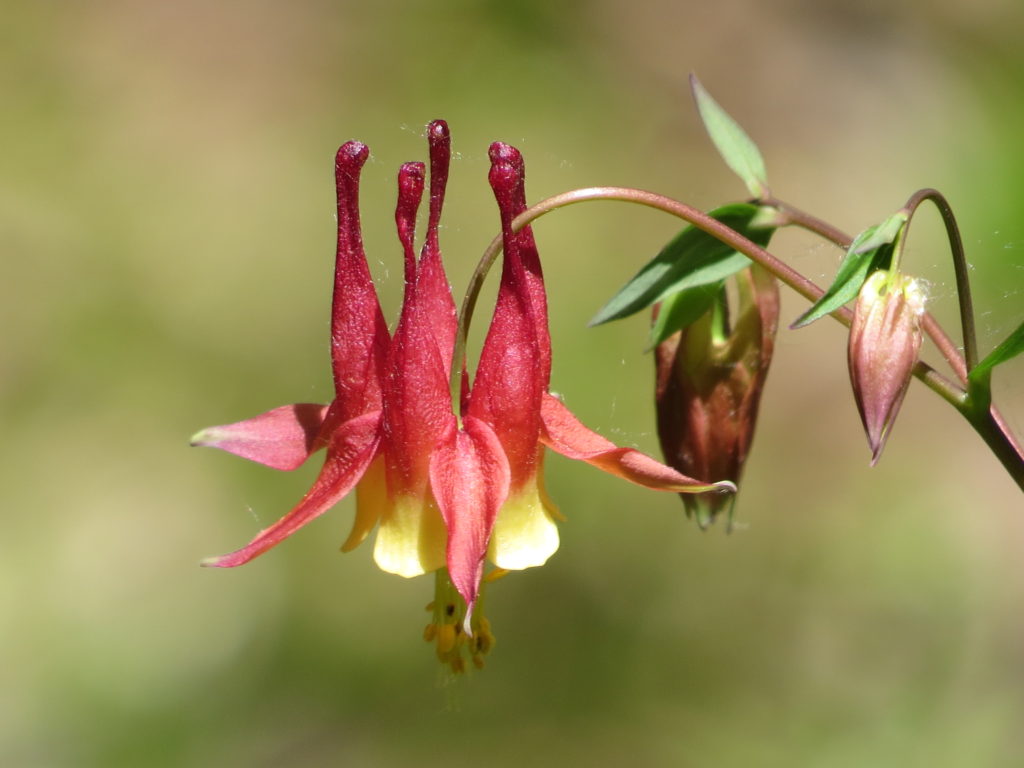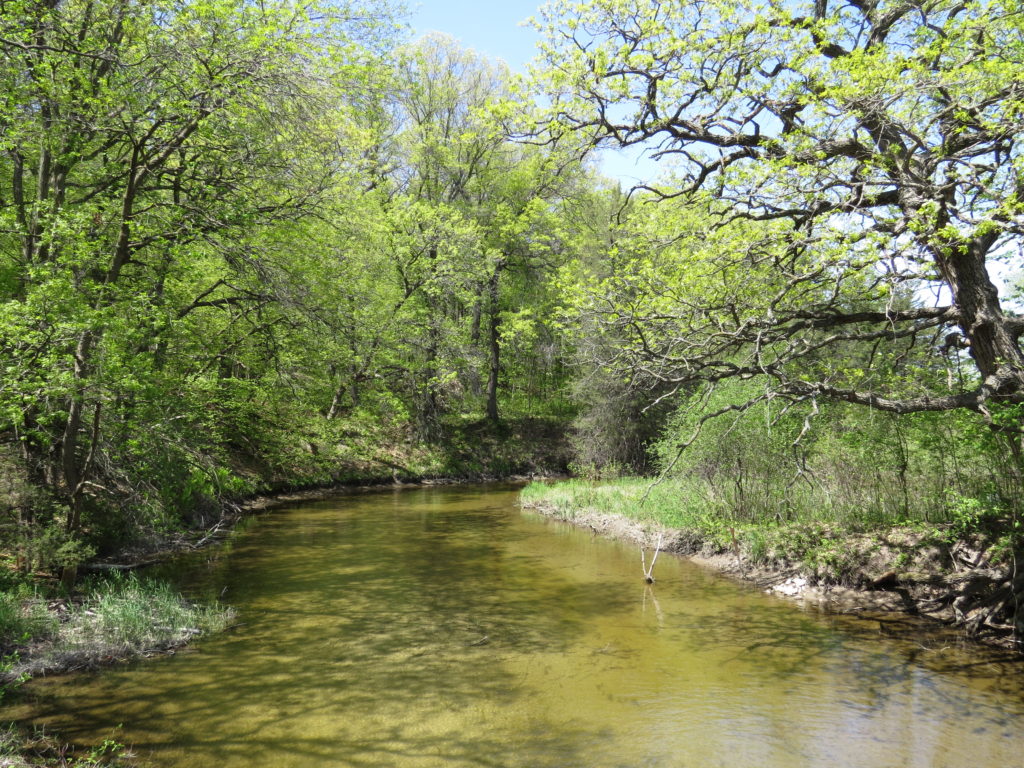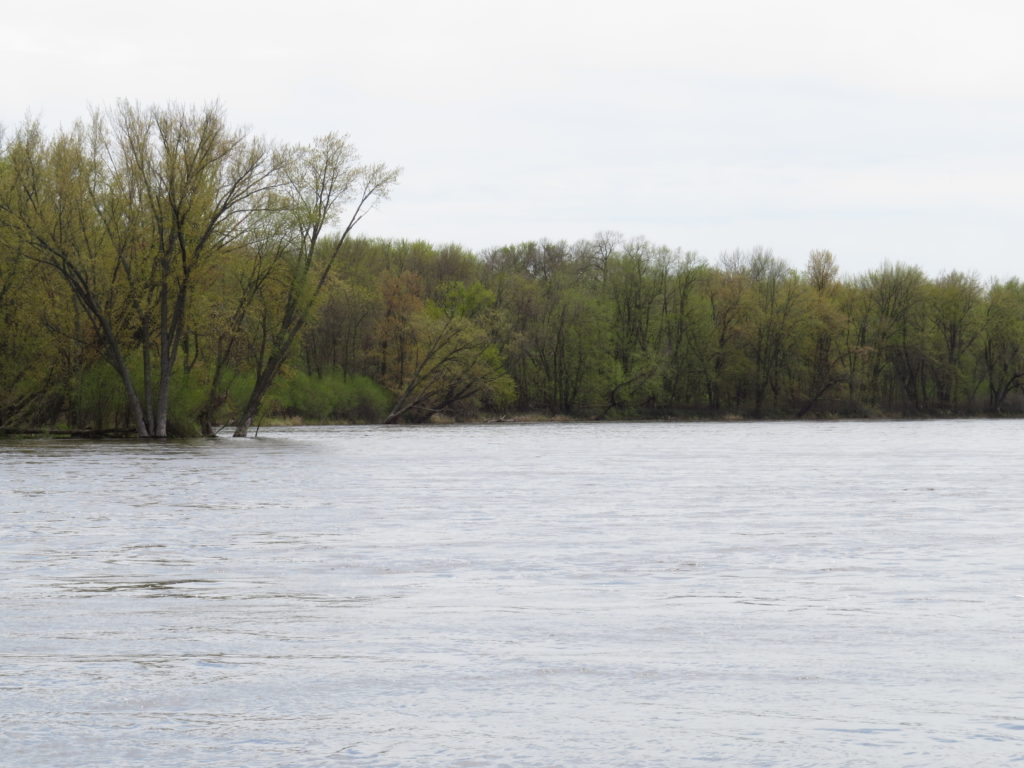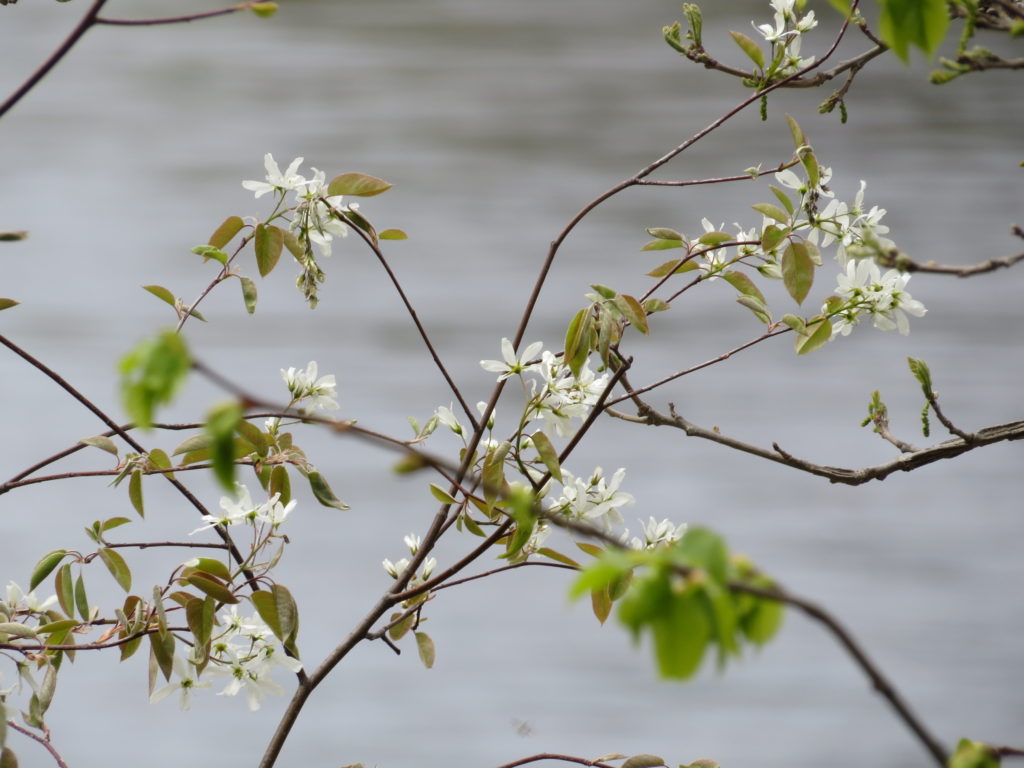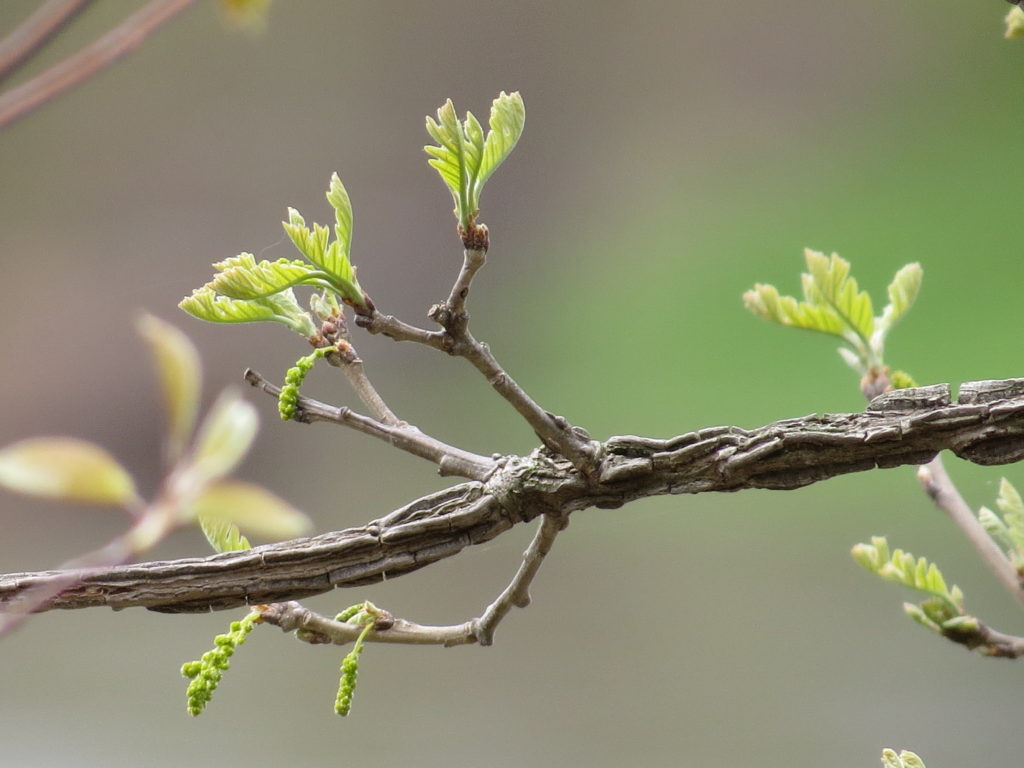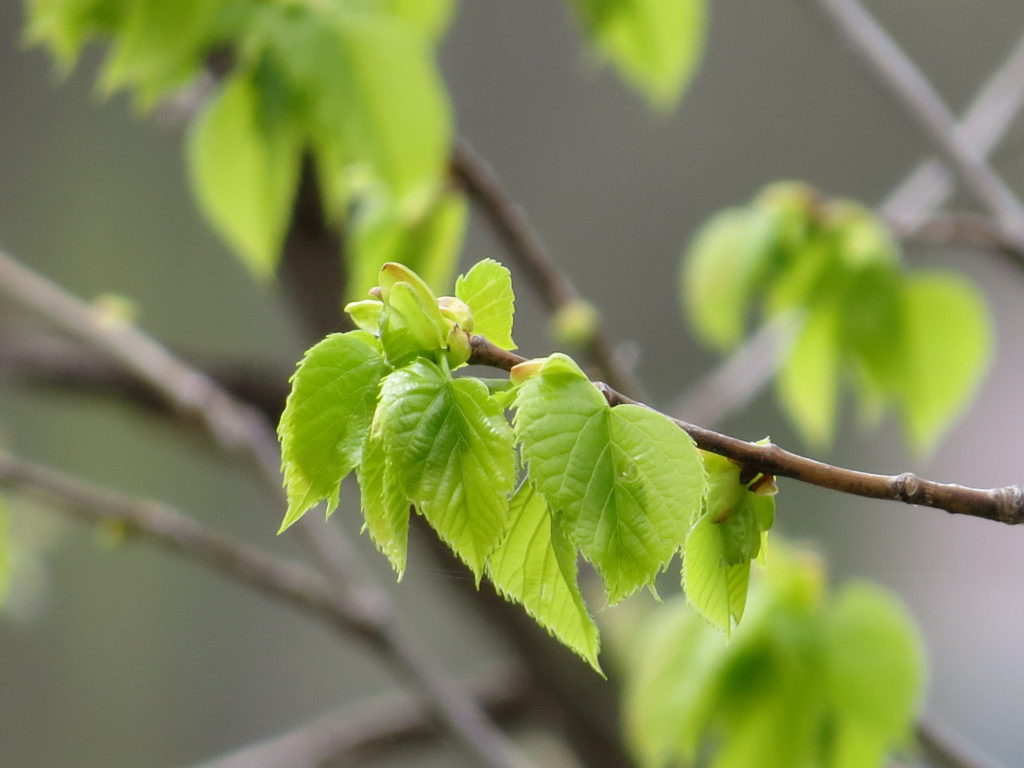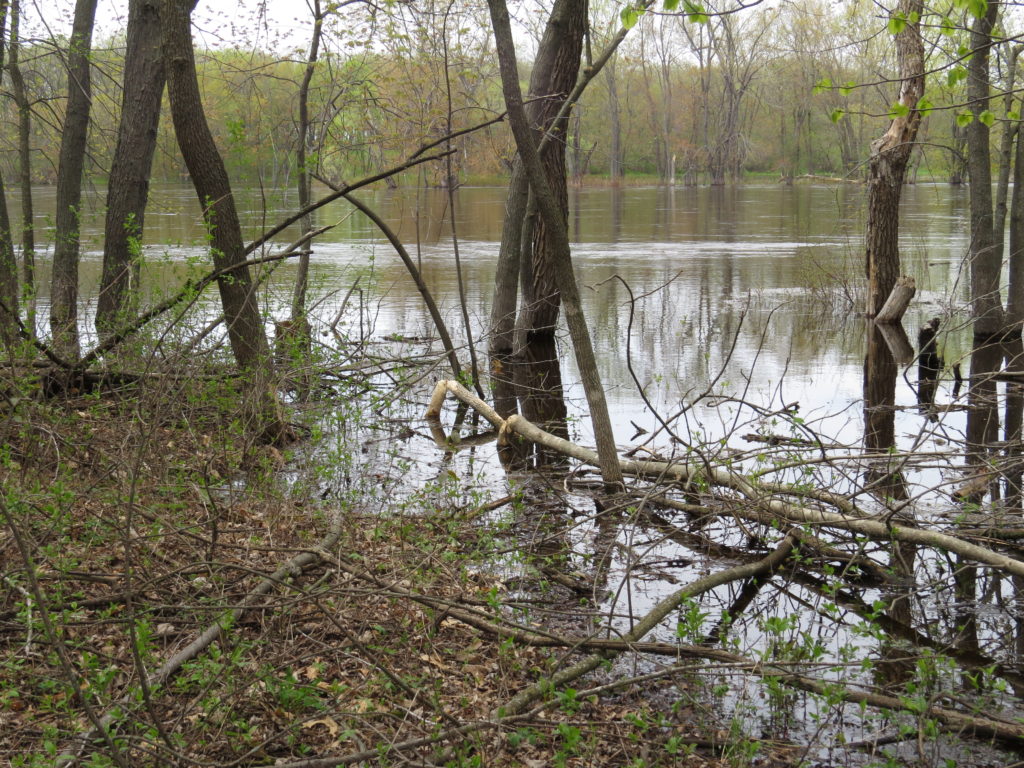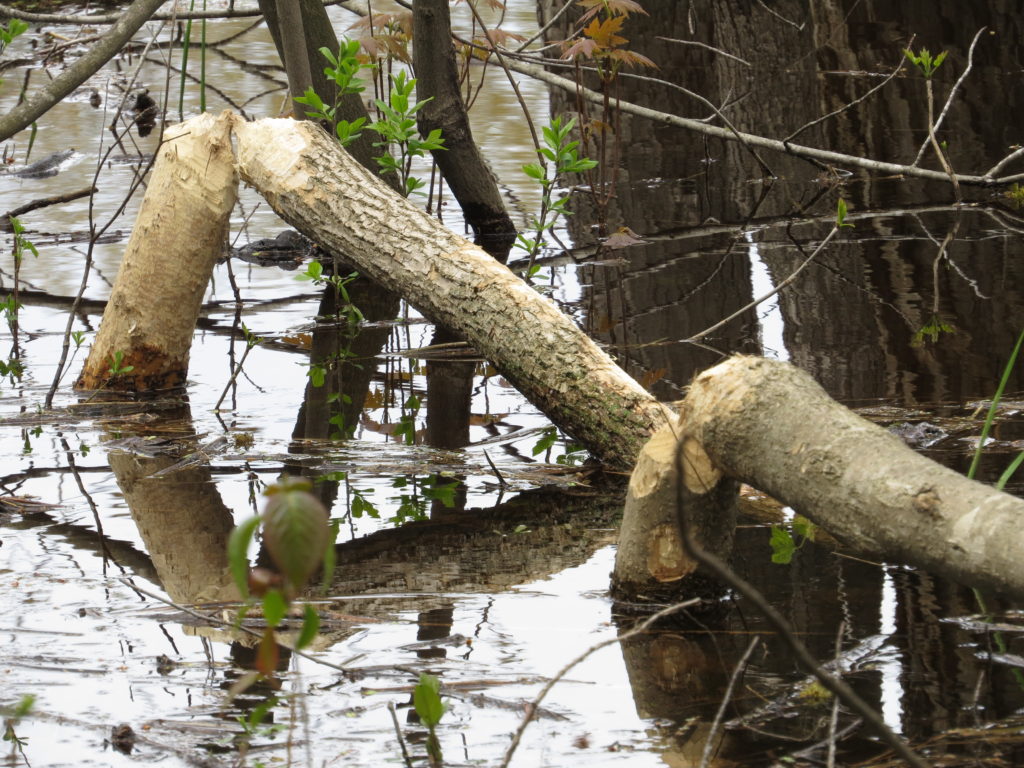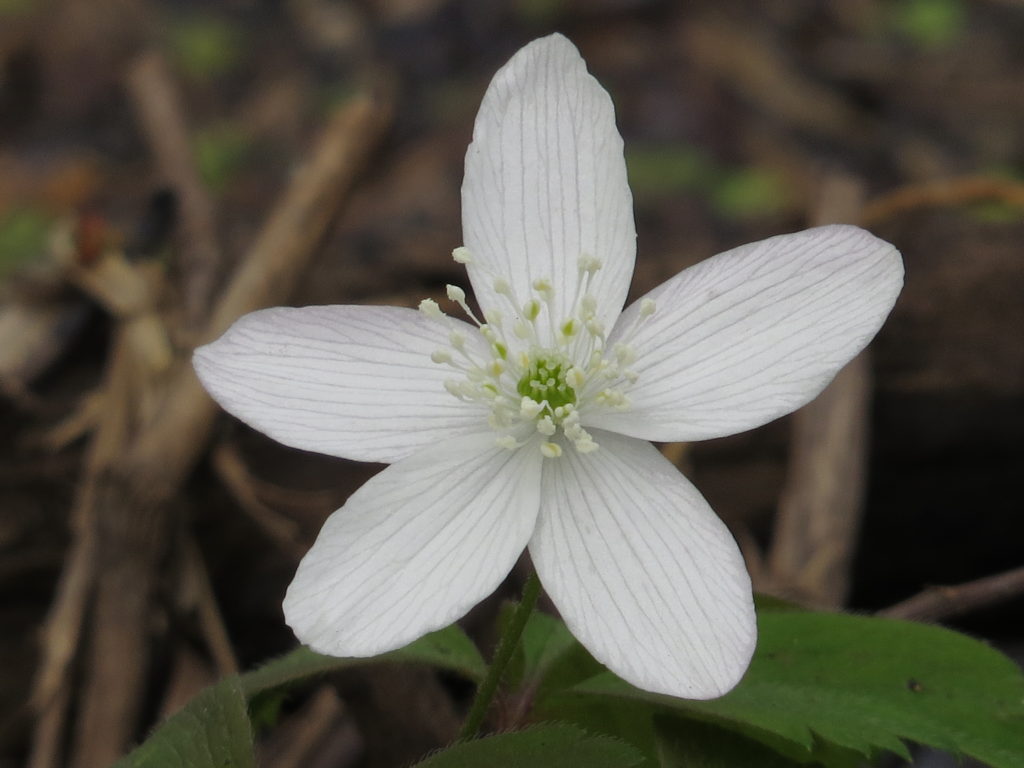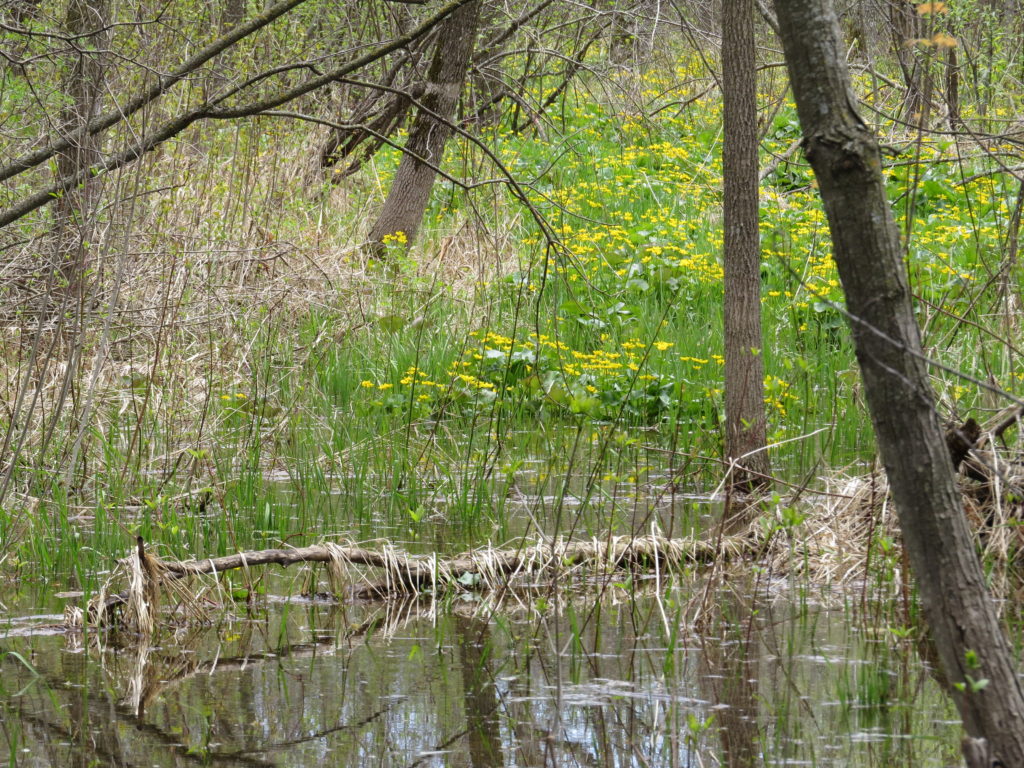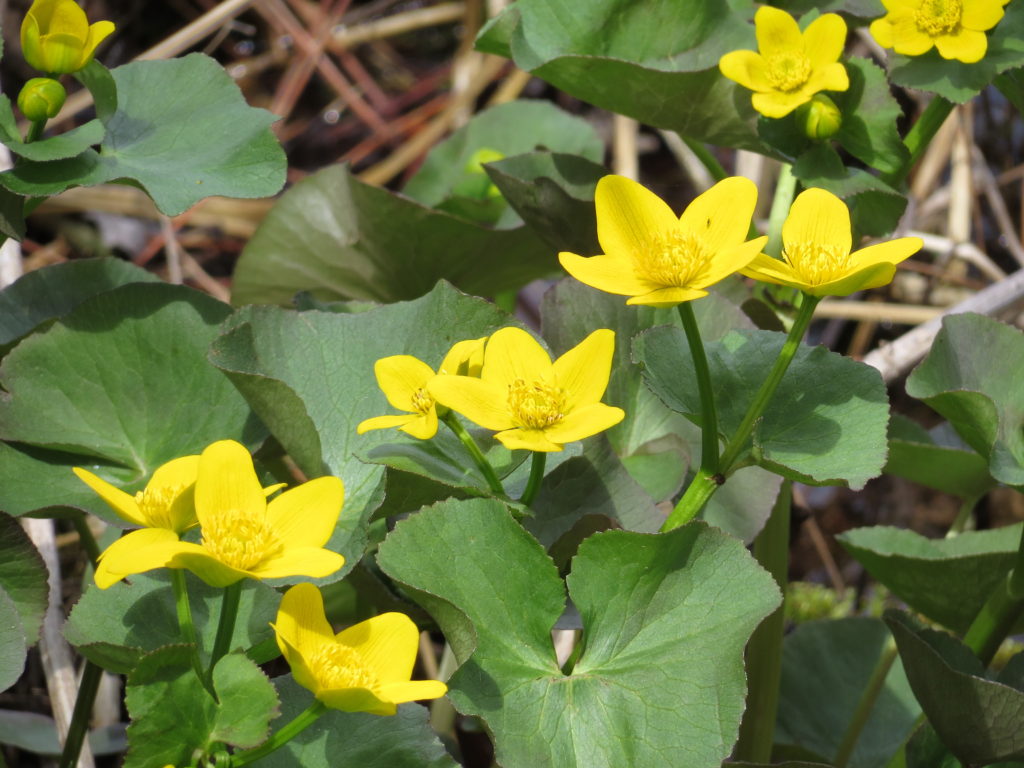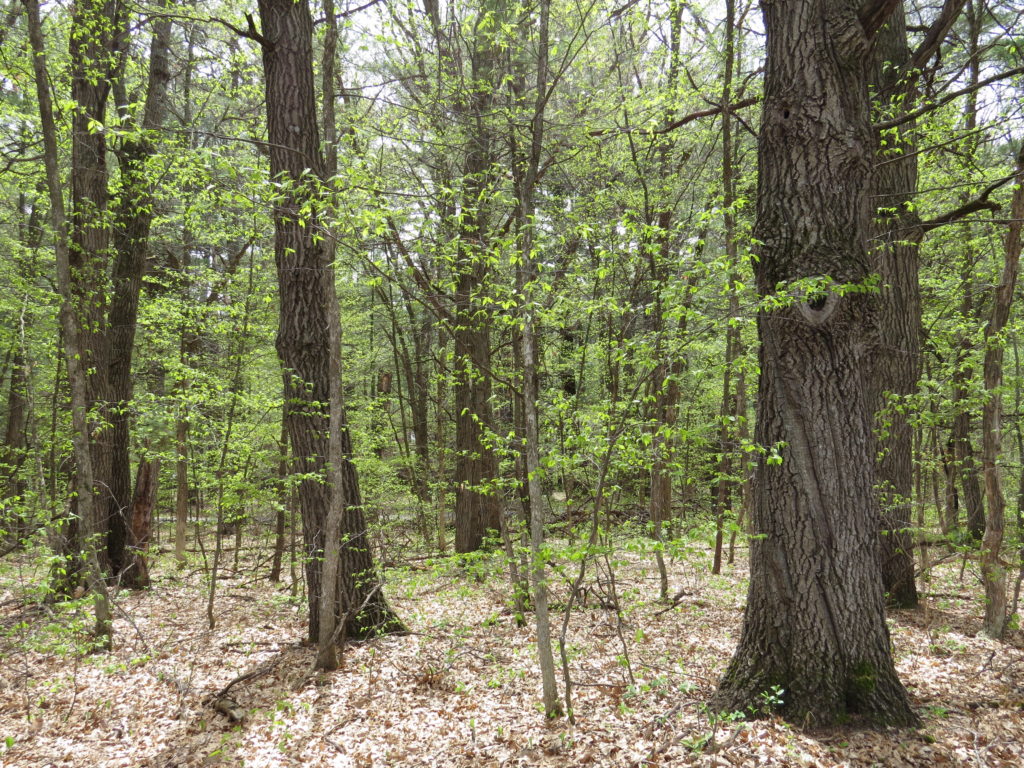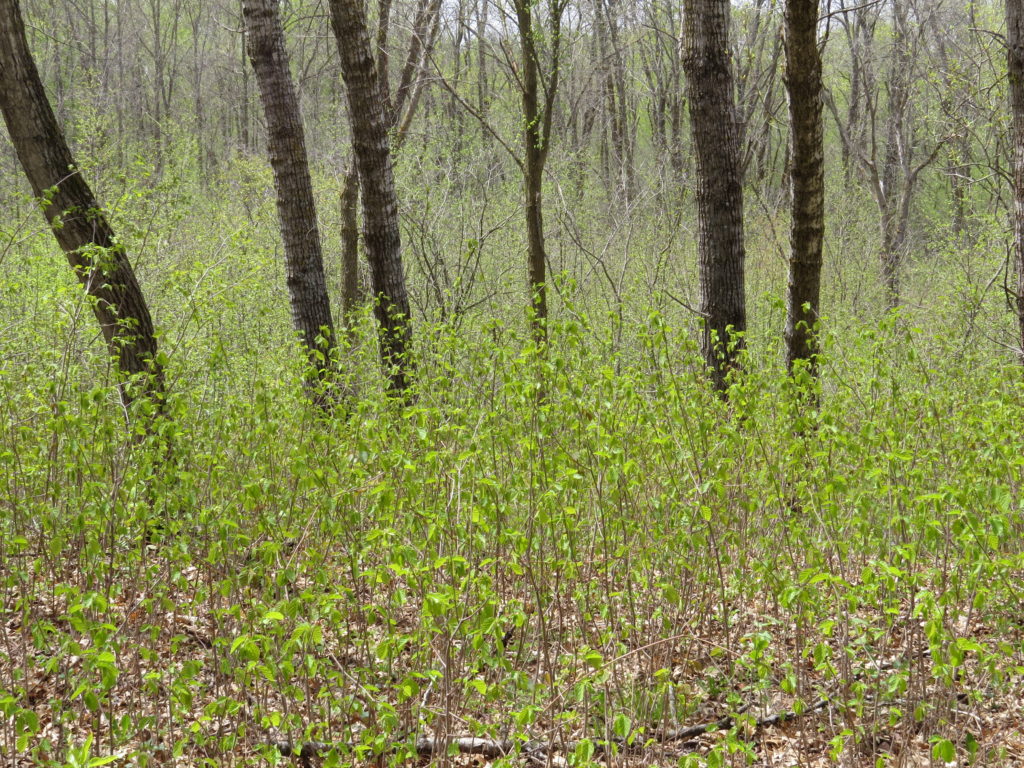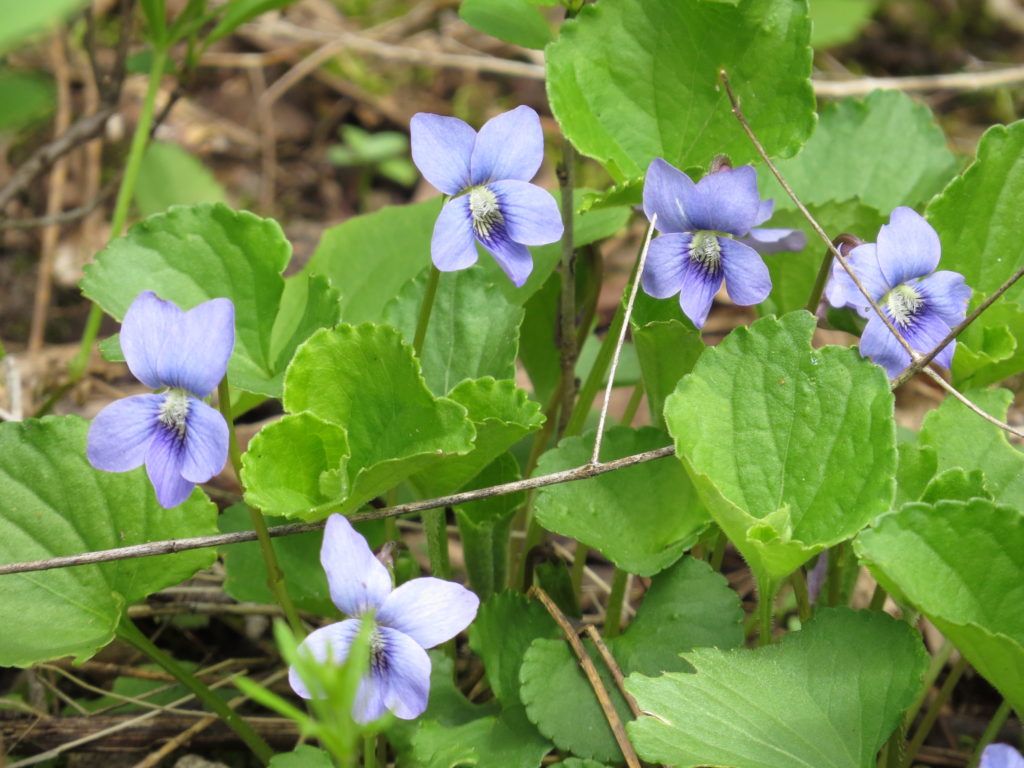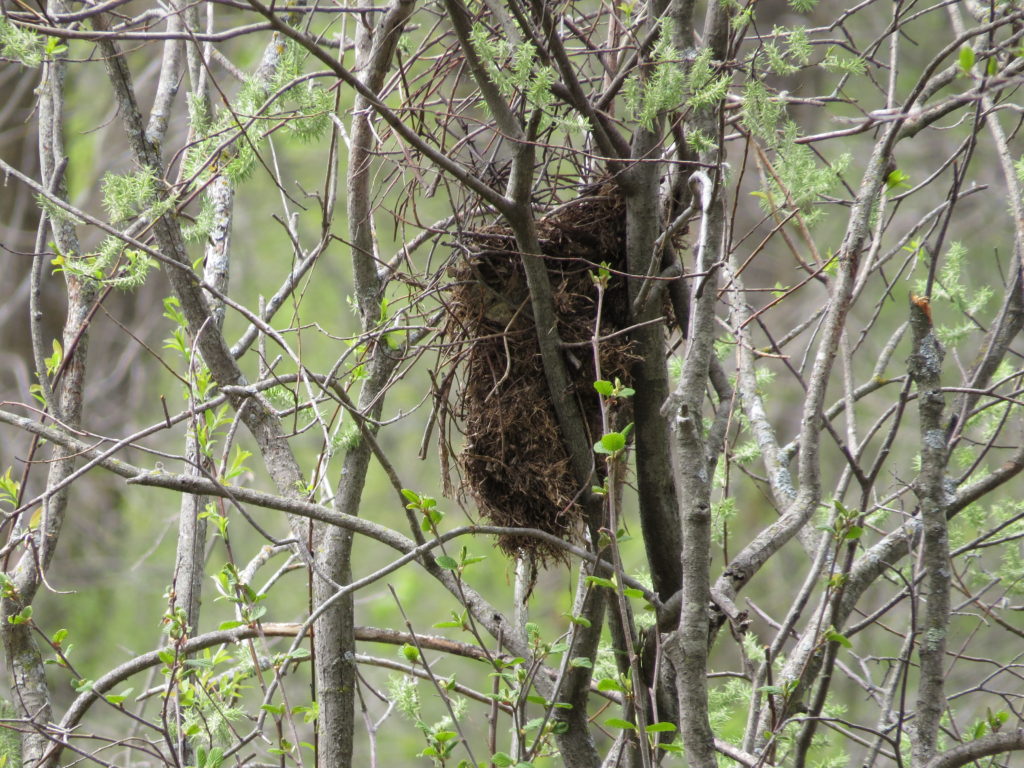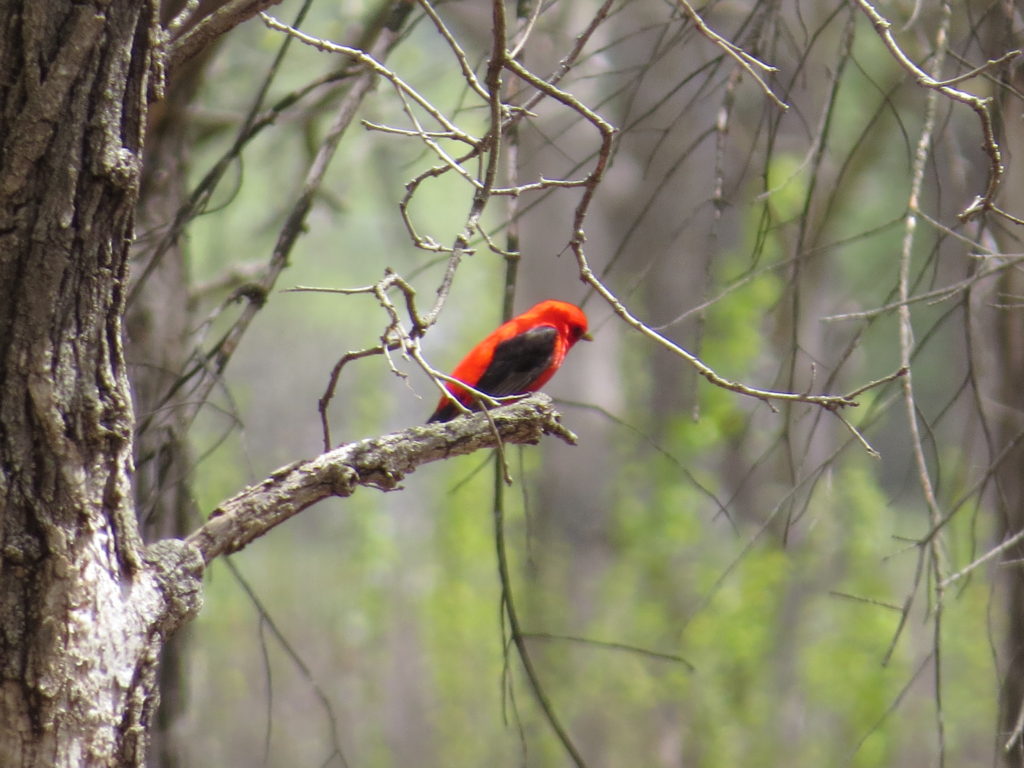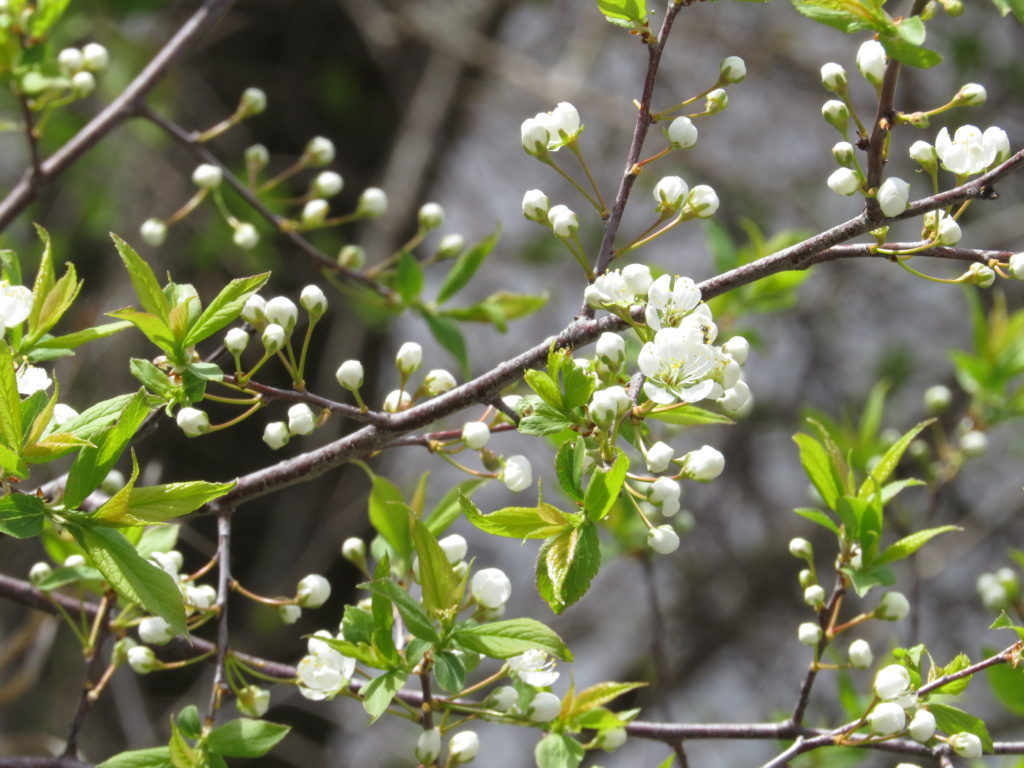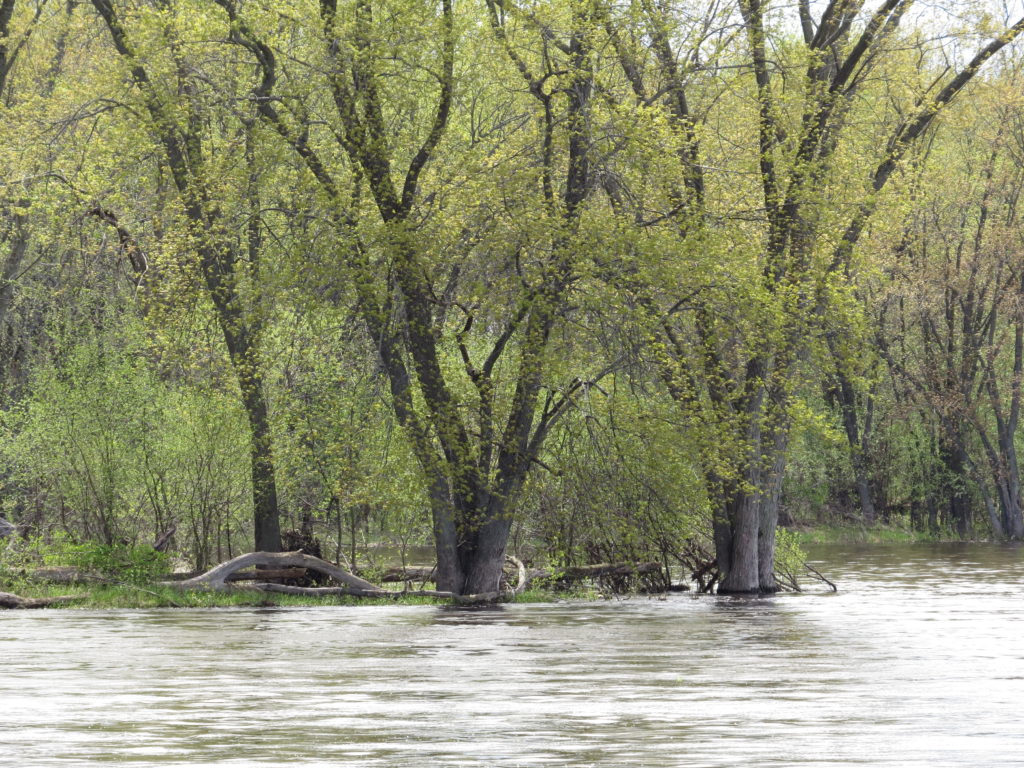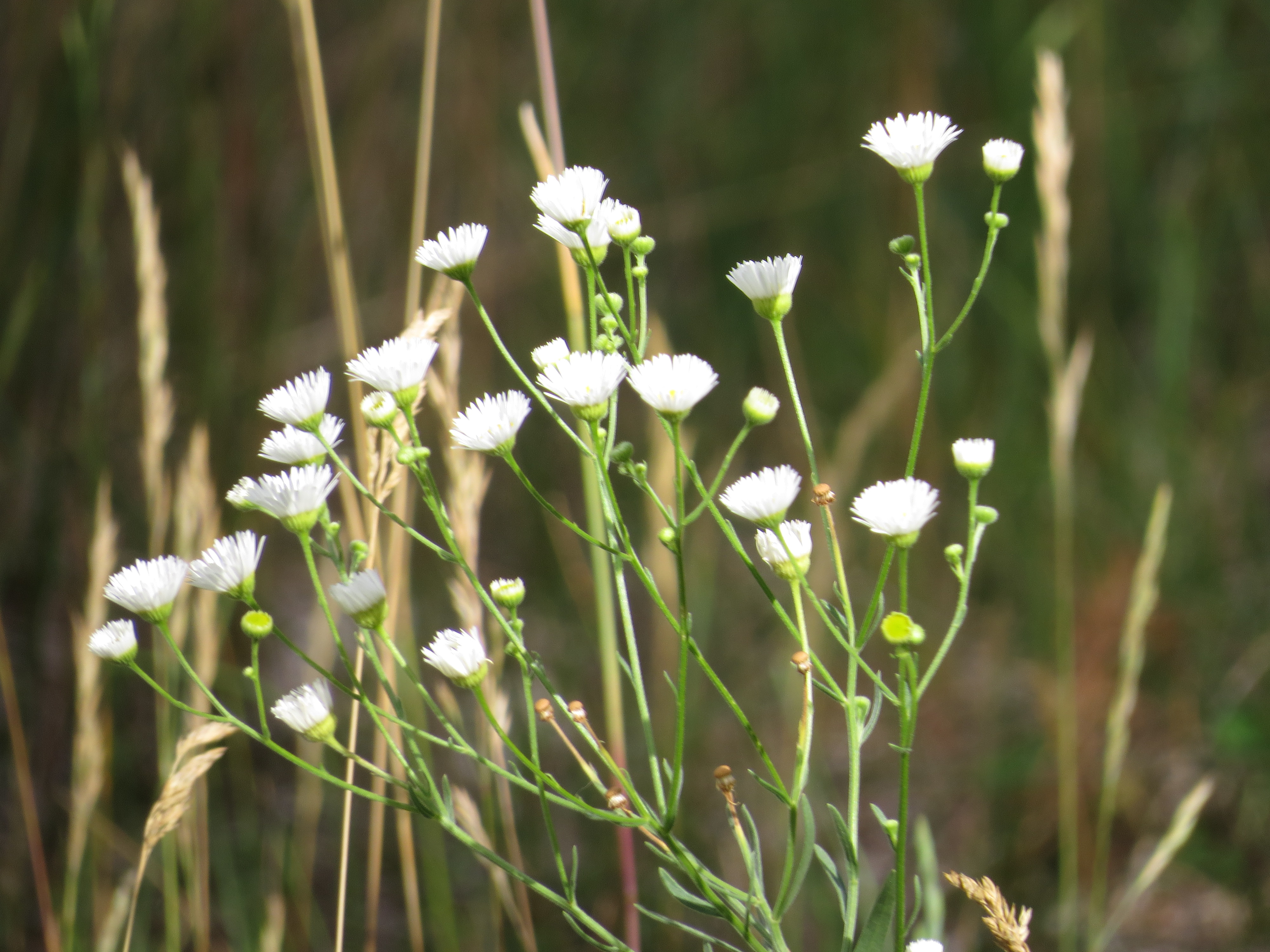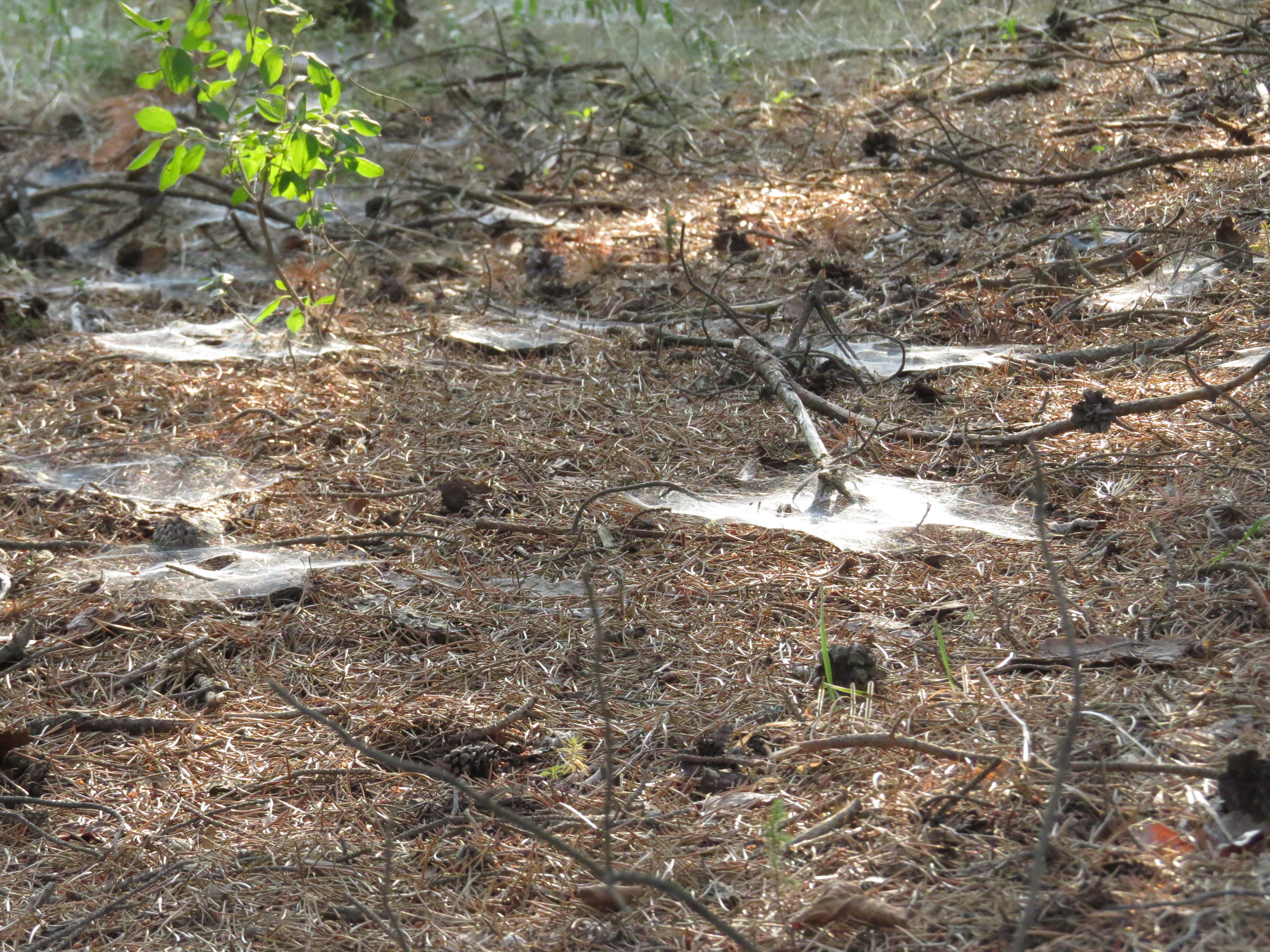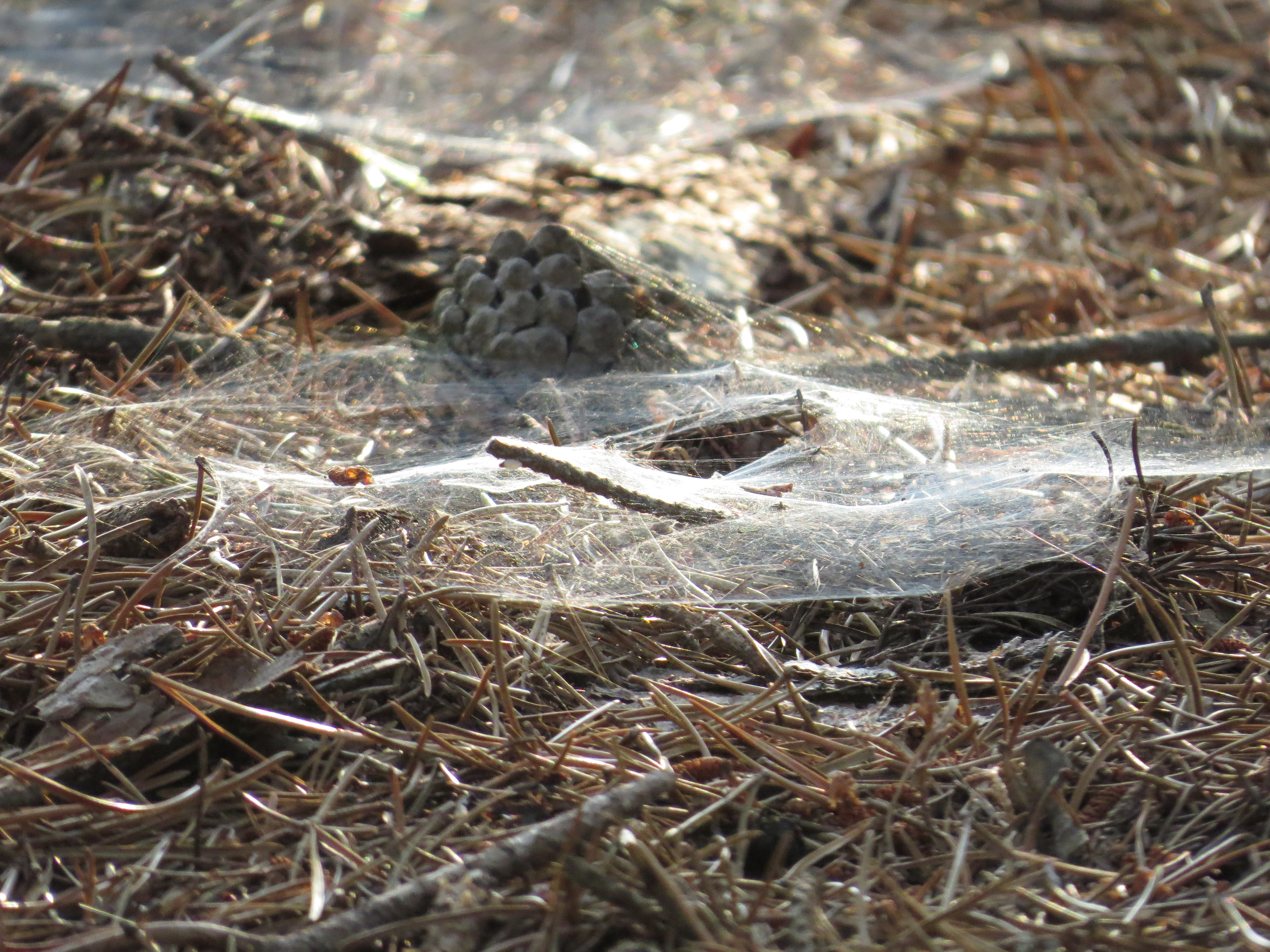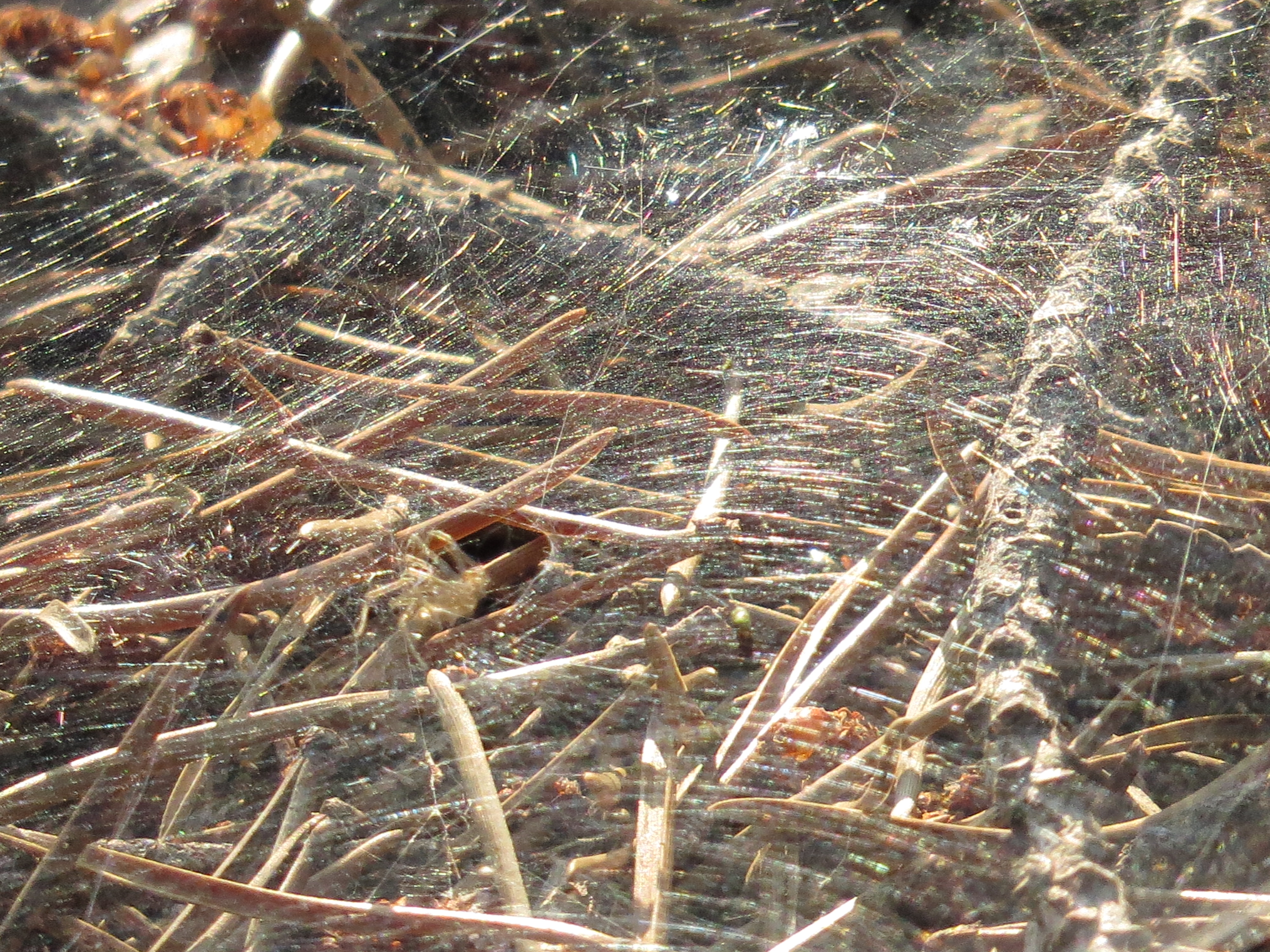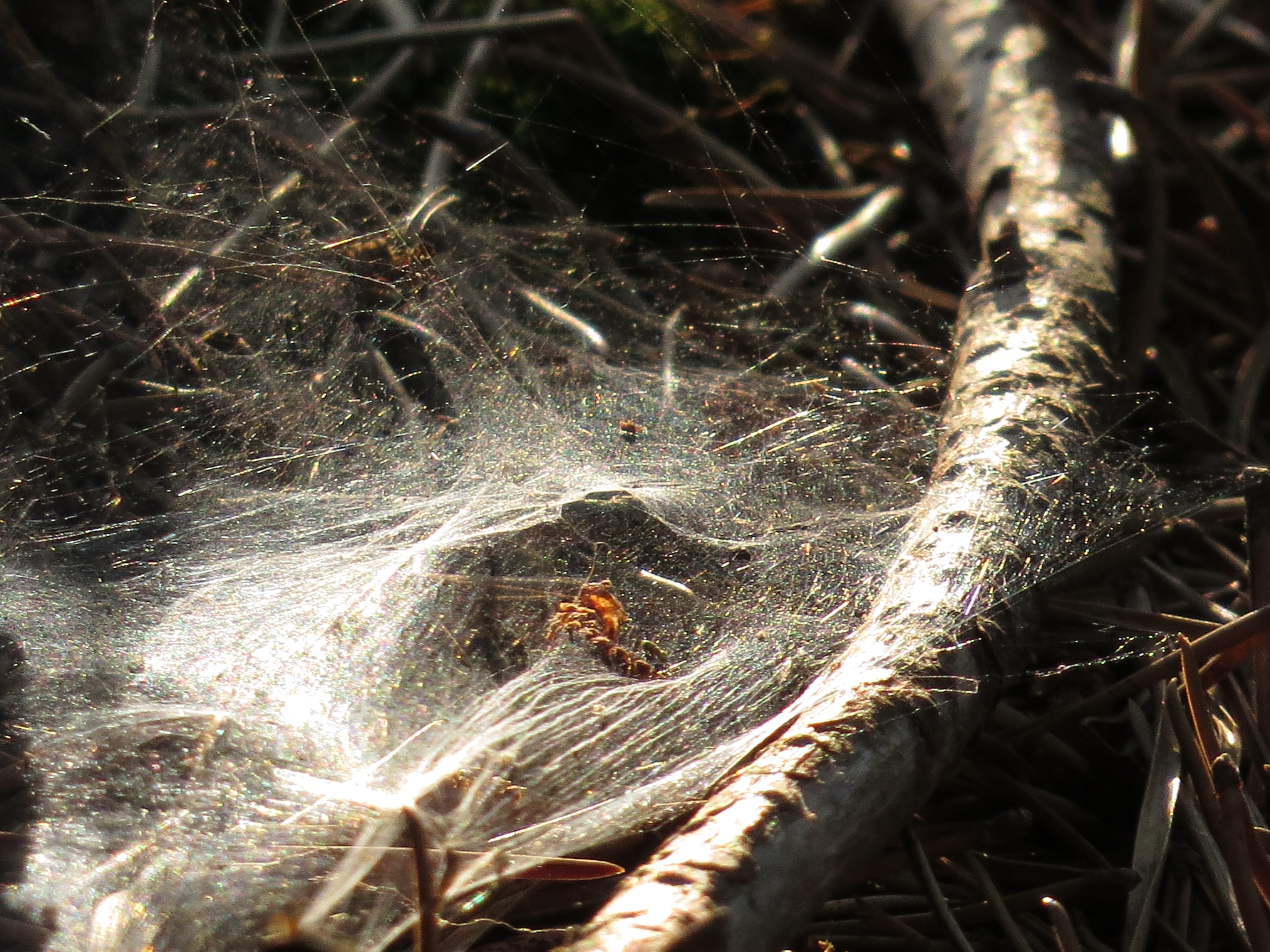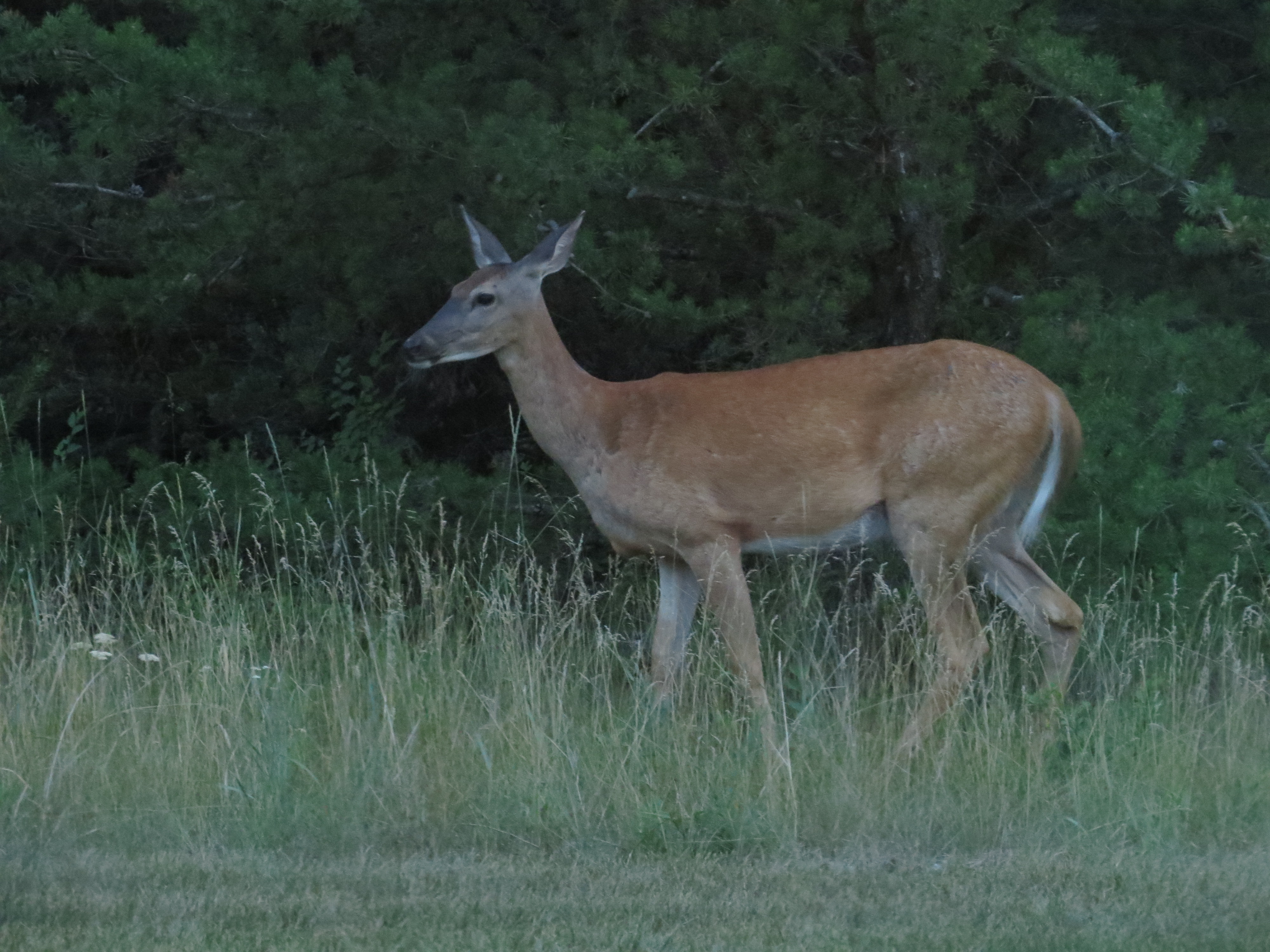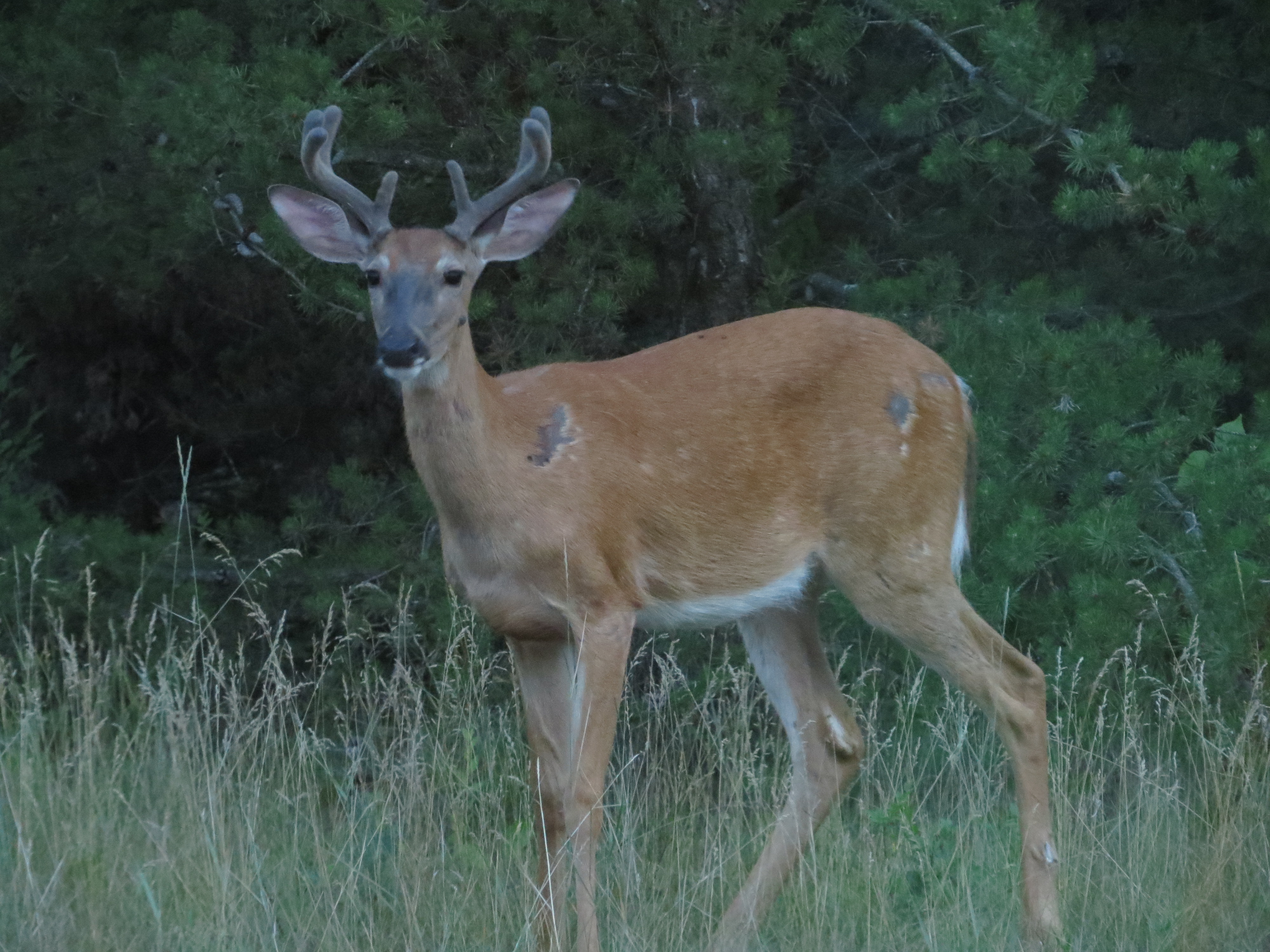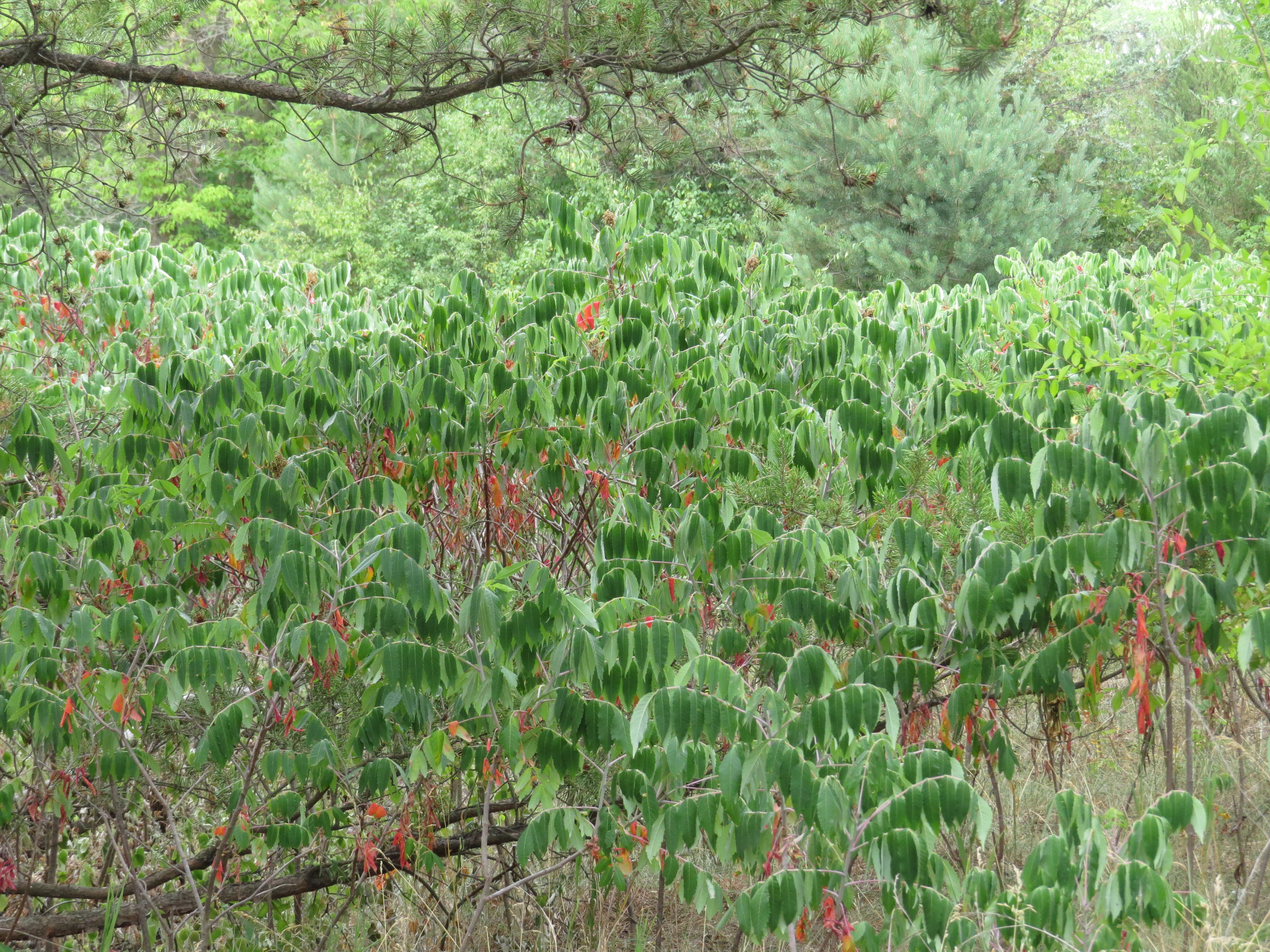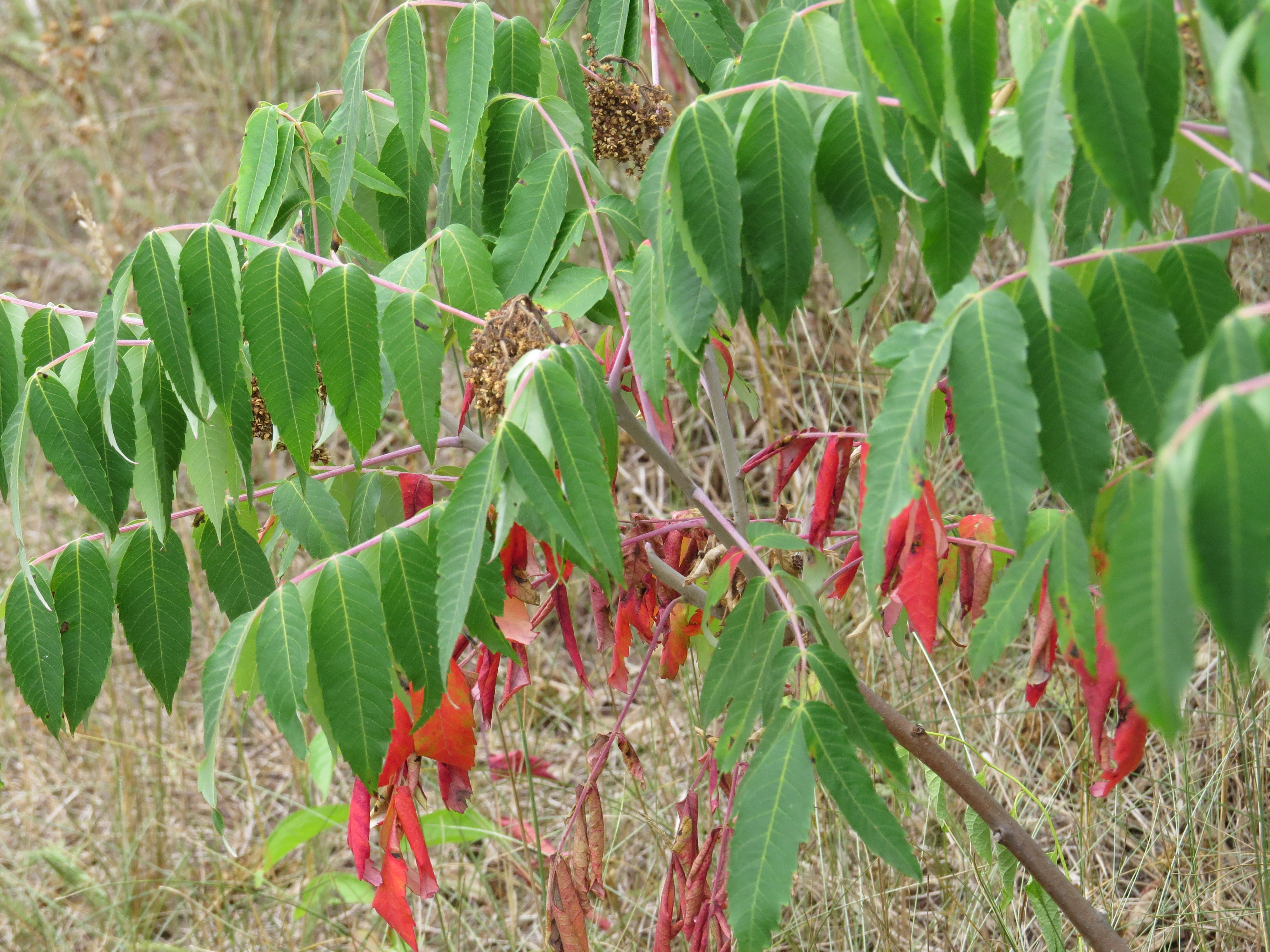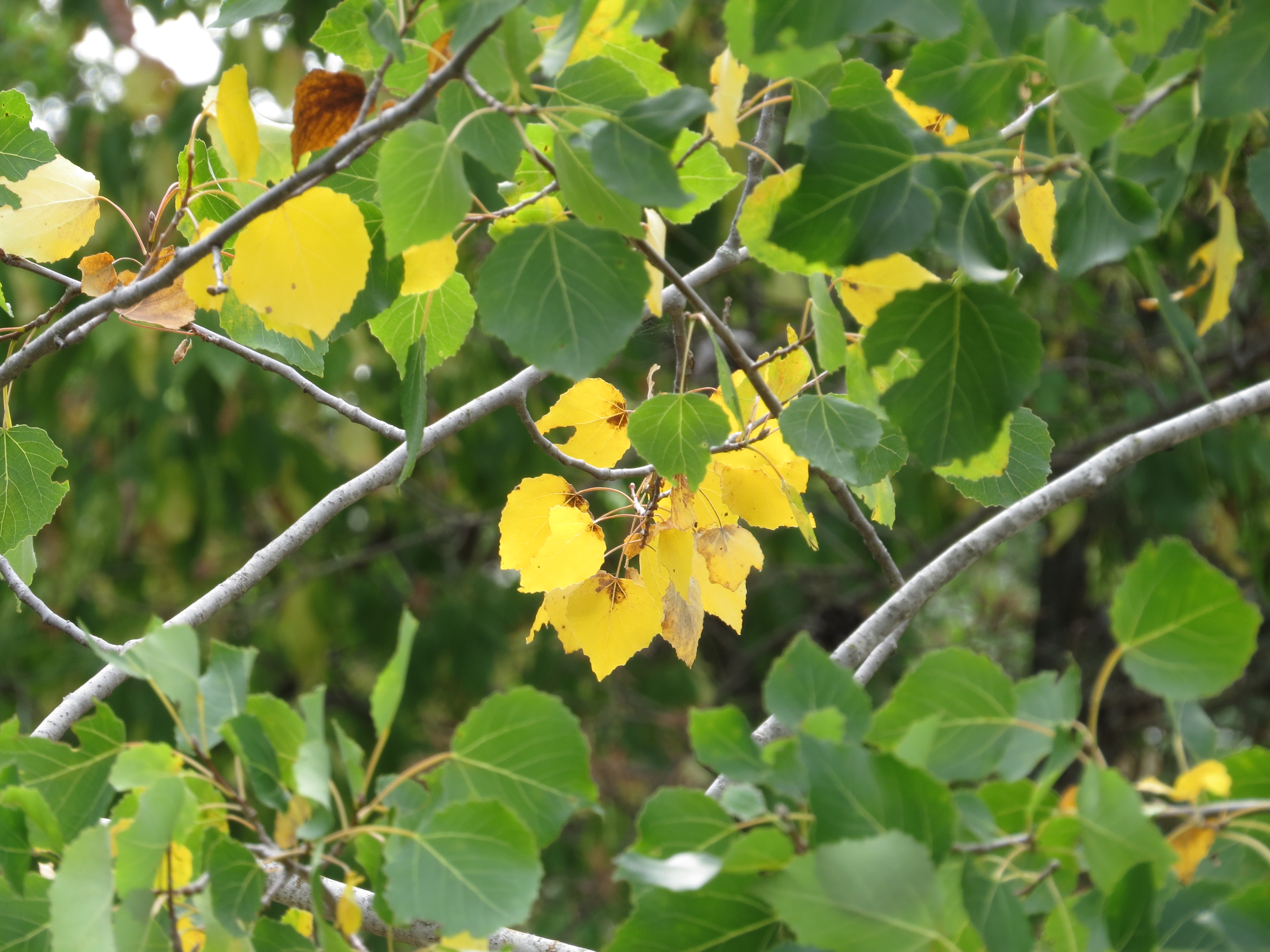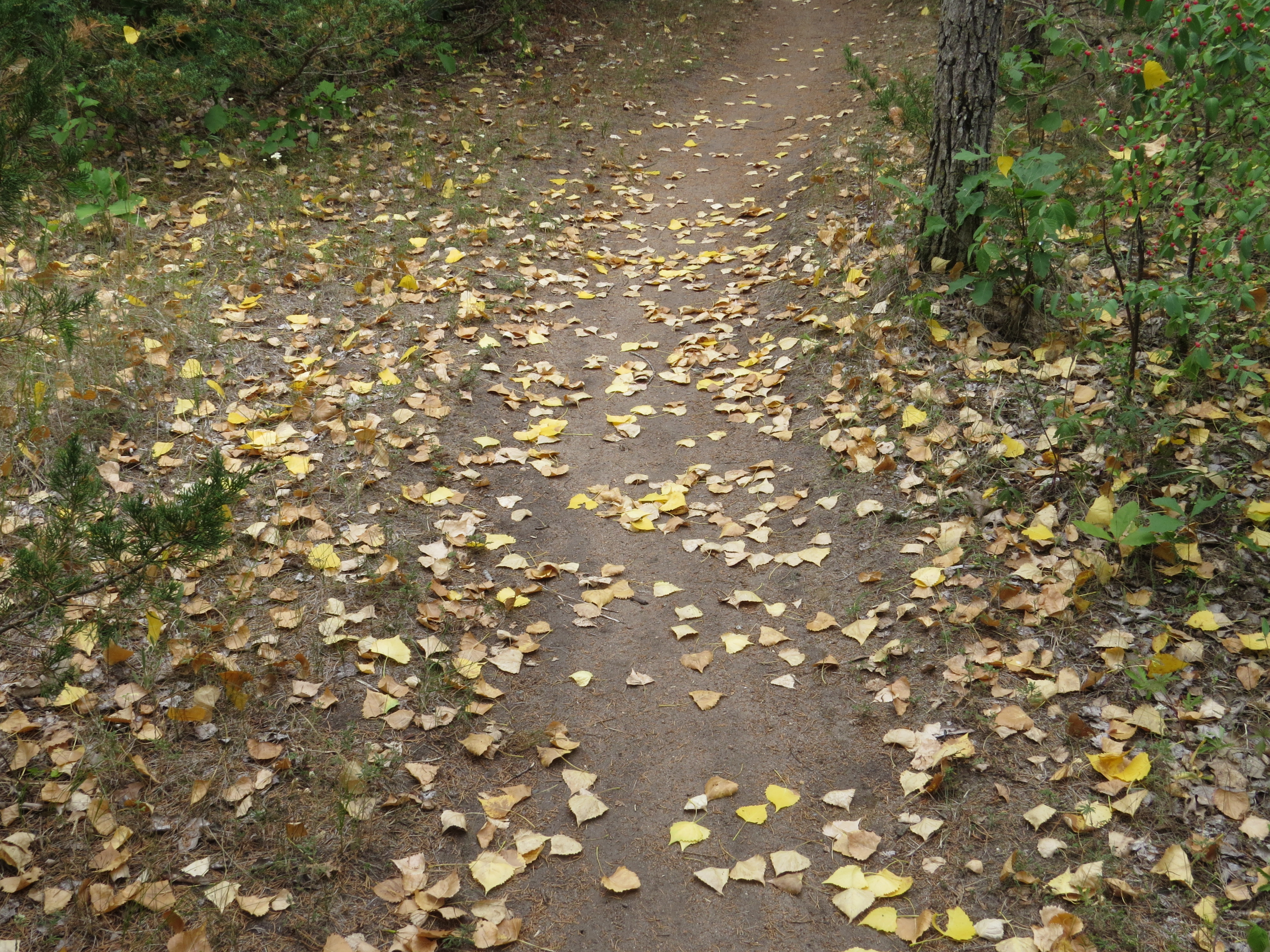I appreciate our brain’s ability to ‘fill in the blanks.’ In any given situation, our brain has a puzzle of sorts before it—some pieces are the sensory information our body gathers on an ongoing basis—what we see, hear, smell, touch, taste, the temperature on our skin, the ground under our feet, and so many other things we are not aware of in the moment. Other pieces are the actual facts—the day, the time, the place, who is with us, what is happening. Most of this puzzle-piece-gathering happens in an instant of time and often without our conscious awareness. But then there’s a dilemma for our brain—the picture is not complete. Some things are missing. In a desire for order and wholeness, our brains ‘fill in the blanks.’ We use our past experiences and/or our imaginations to extrapolate the rest of the picture—and it feels better, more satisfactory. It’s a remarkable ability that allows us to function in a productive way, so we don’t have to ‘re-learn’ everything in any given situation. It can also get us into trouble when the puzzle pieces we have inserted look like they fit but are really the wrong pieces.
Going to Forestville/ Mystery Cave State Park in the southeastern corner of Minnesota challenged many of my Minnesota optics—the land of 10,000 lakes vs. an area with no lakes, a glacial state vs. the ‘driftless’ area that is devoid of the sand, gravel, and silt (called drift) deposited by the last glaciers. It is an area like no other in the state, and at first, it’s a little mind-bending. One of the mind-bending occurrences was the disappearing river that we learned about on our Mystery Cave tour. The South Branch Root River disappears into the cave which is at a constant, year-round temperature of 48 degrees, and is cooled by its journey underground. That is why 700 miles of streams and rivers in this area are designated cold water trout streams. The landscape here is known as ‘karst’ where limestone and other soluble rocks have eroded to form sinkholes, springs, underground rivers, and caves.
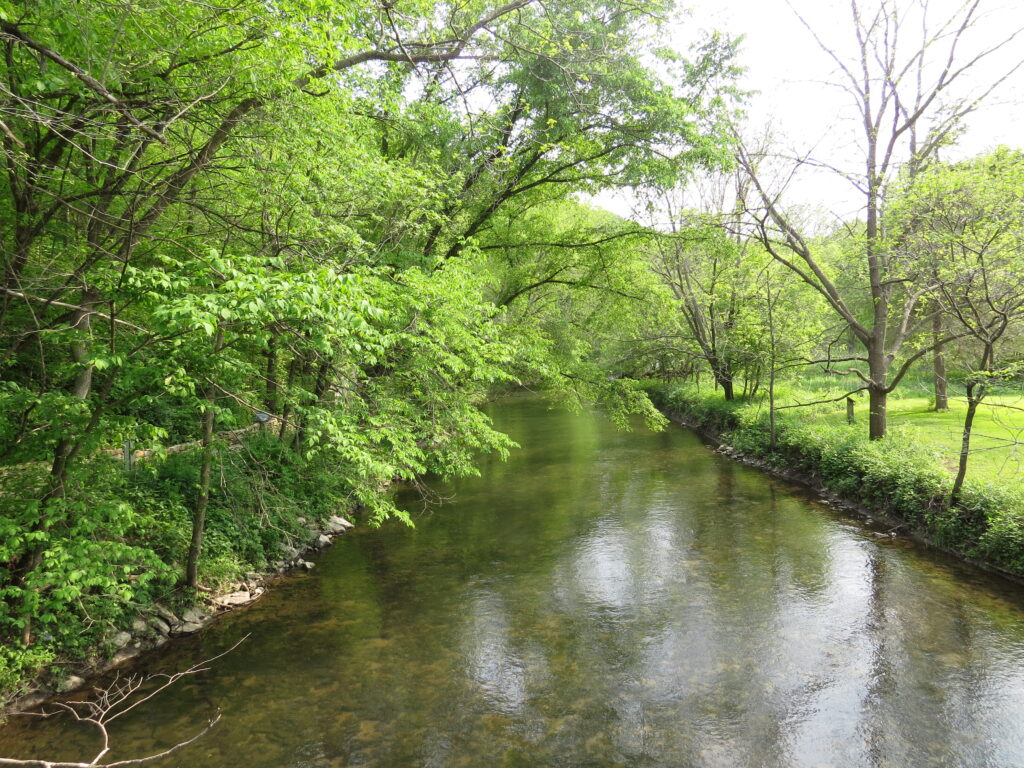
Mystery Cave is the longest known cave in Minnesota—over thirteen miles of underground passageways. Ours was the one hour tour that is accessible to most, but there are two and four hour tours that include much more rugged terrain and smaller pathways that require crawling. The cave is home to hibernating bats in the winter (they have a special door to get in and out) and is an actively forming cave with dripping water from above and pools and streams of water below the walkways. Come explore the cave with me!
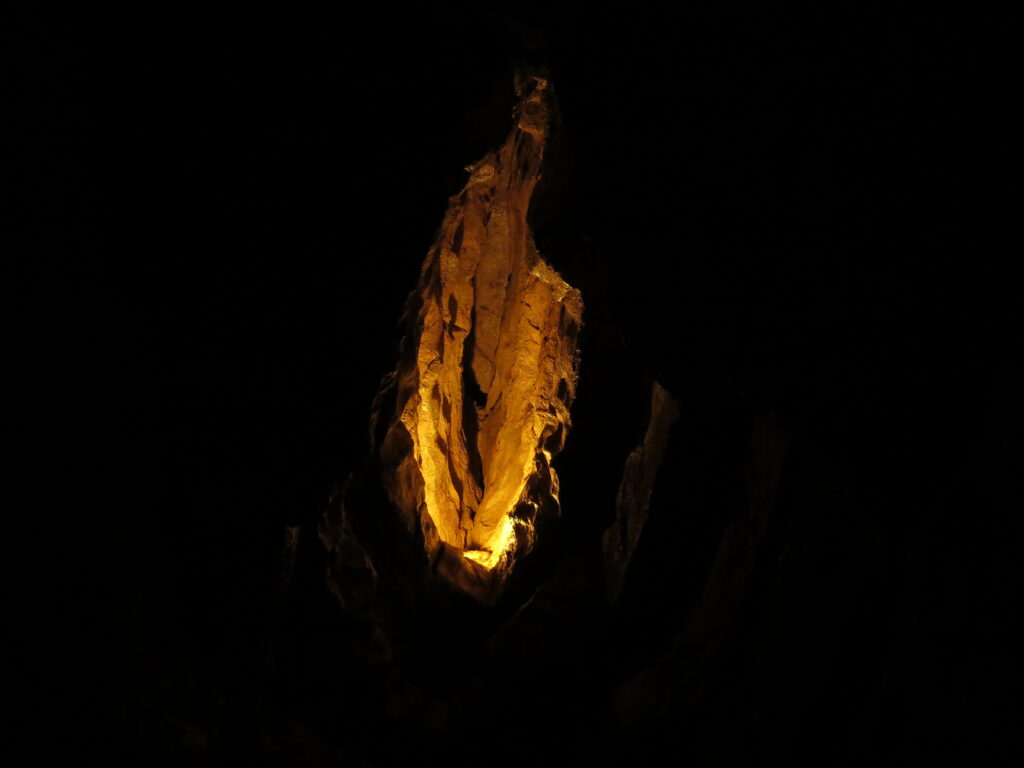
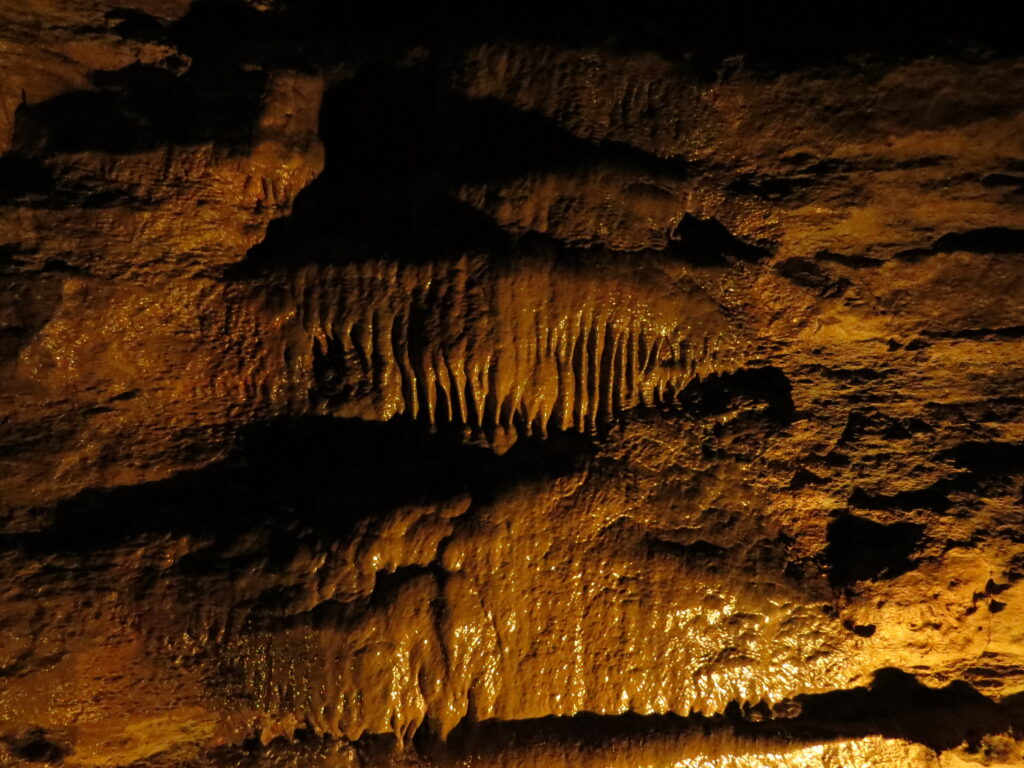
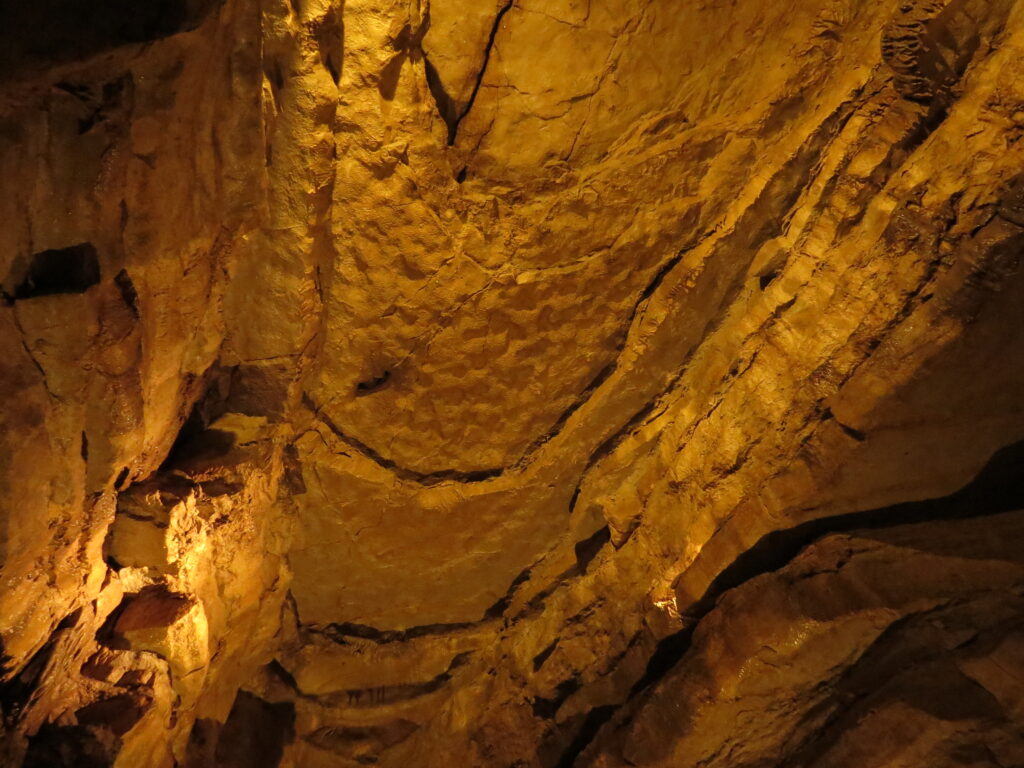

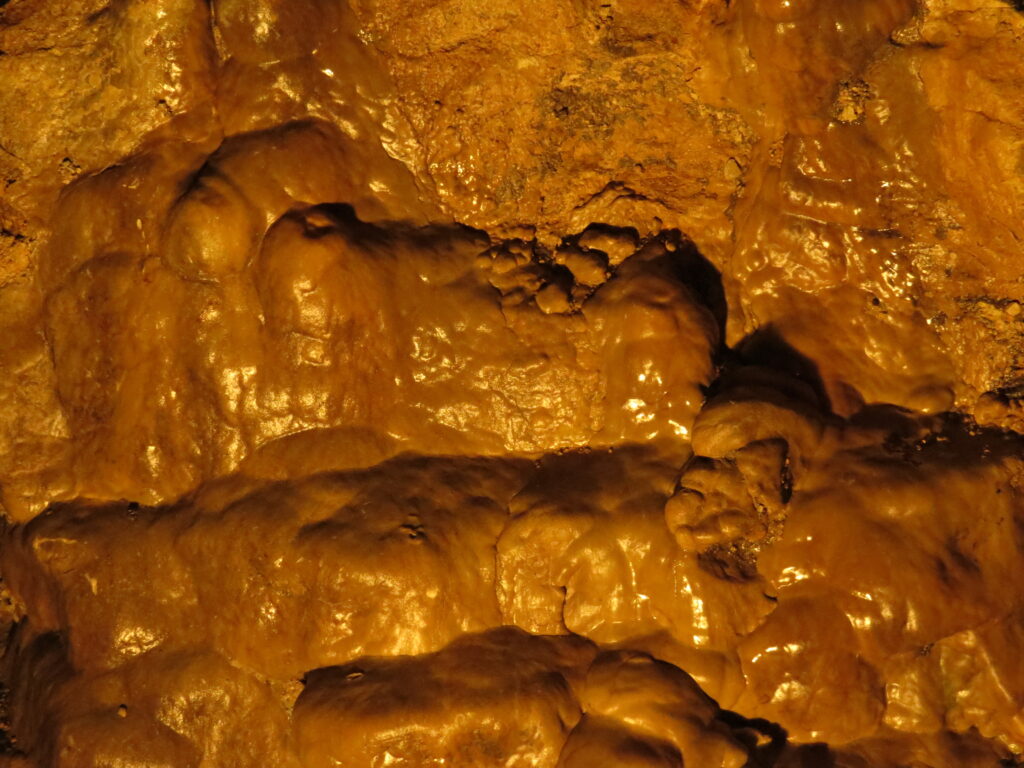


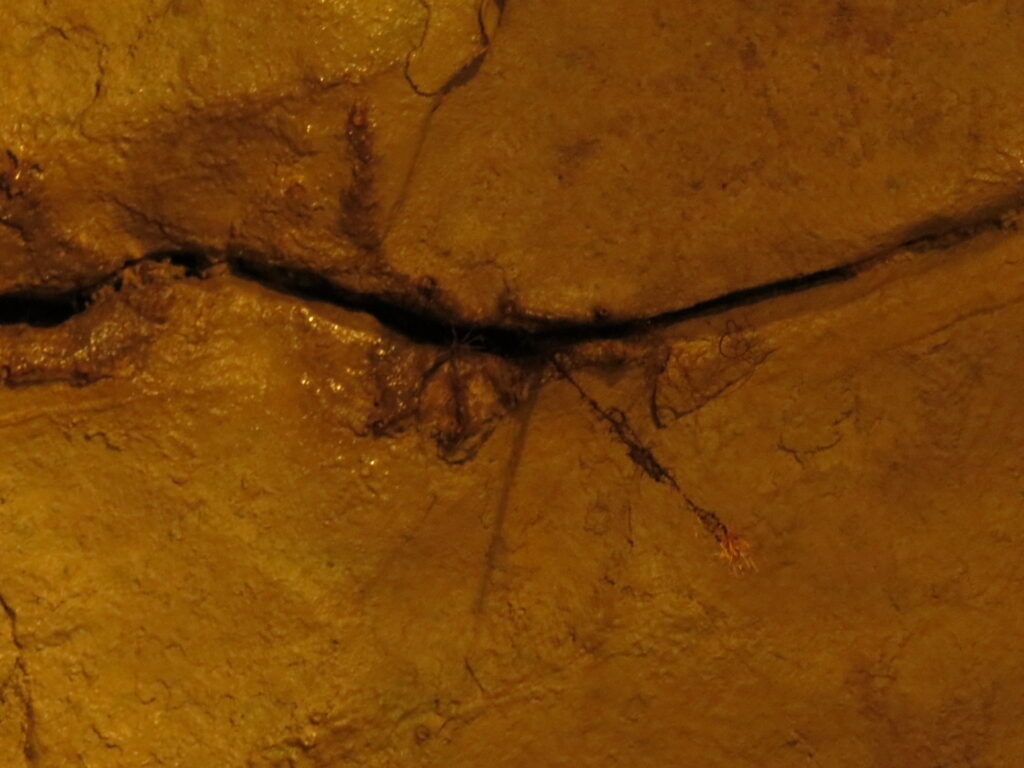
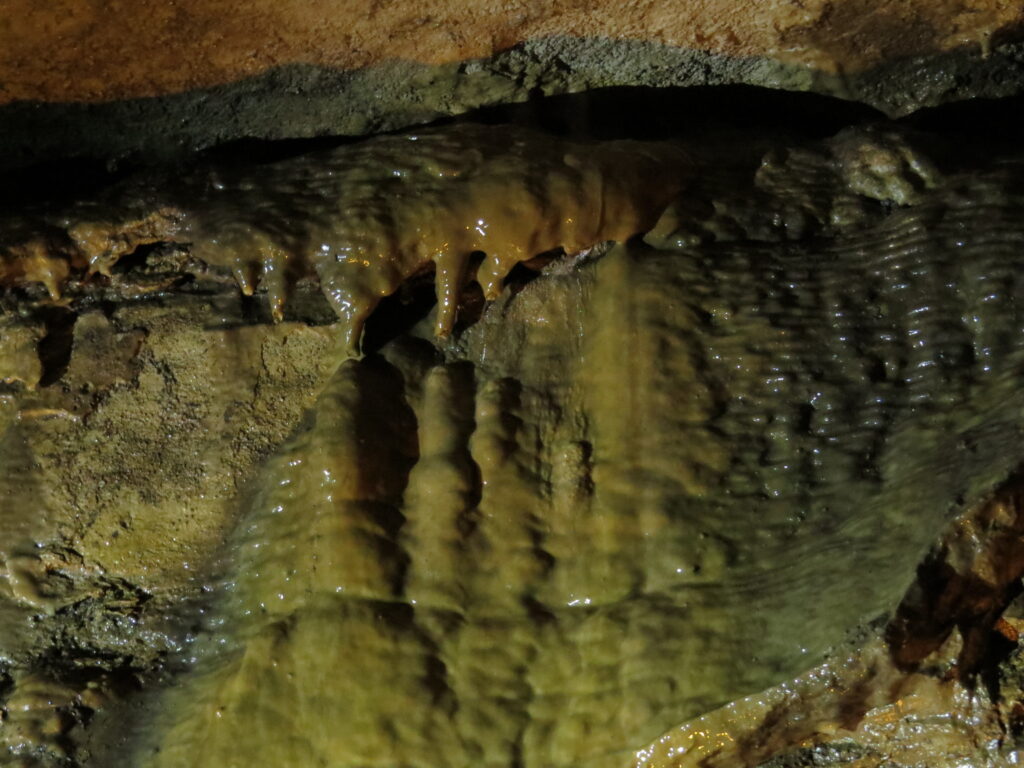
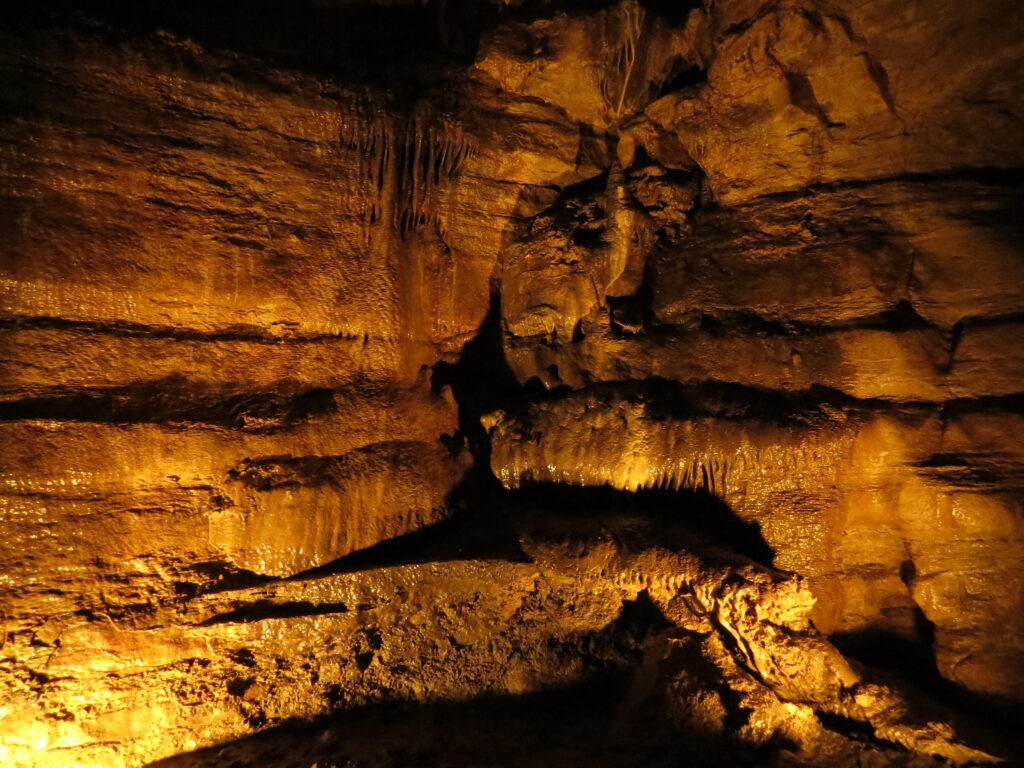
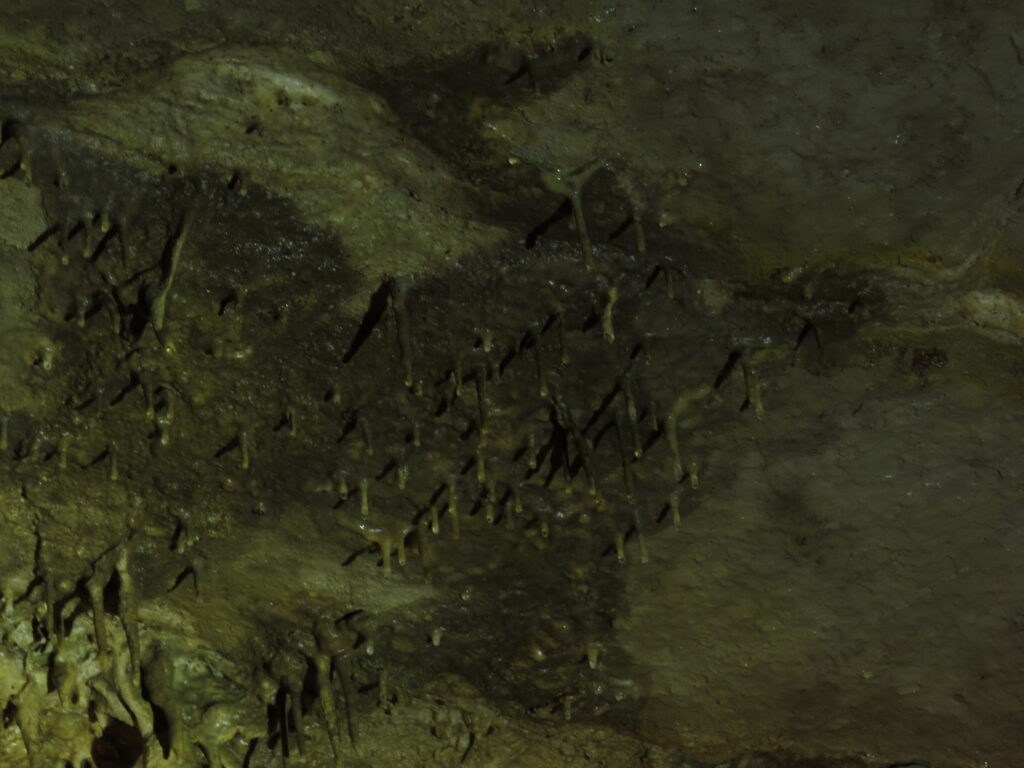
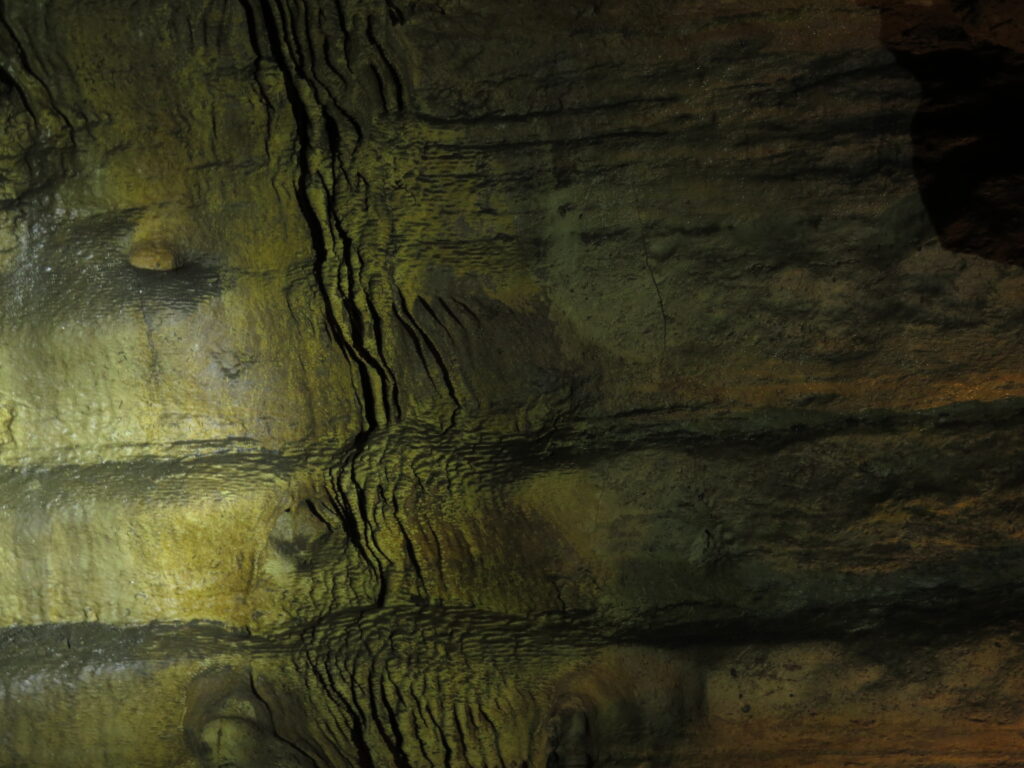
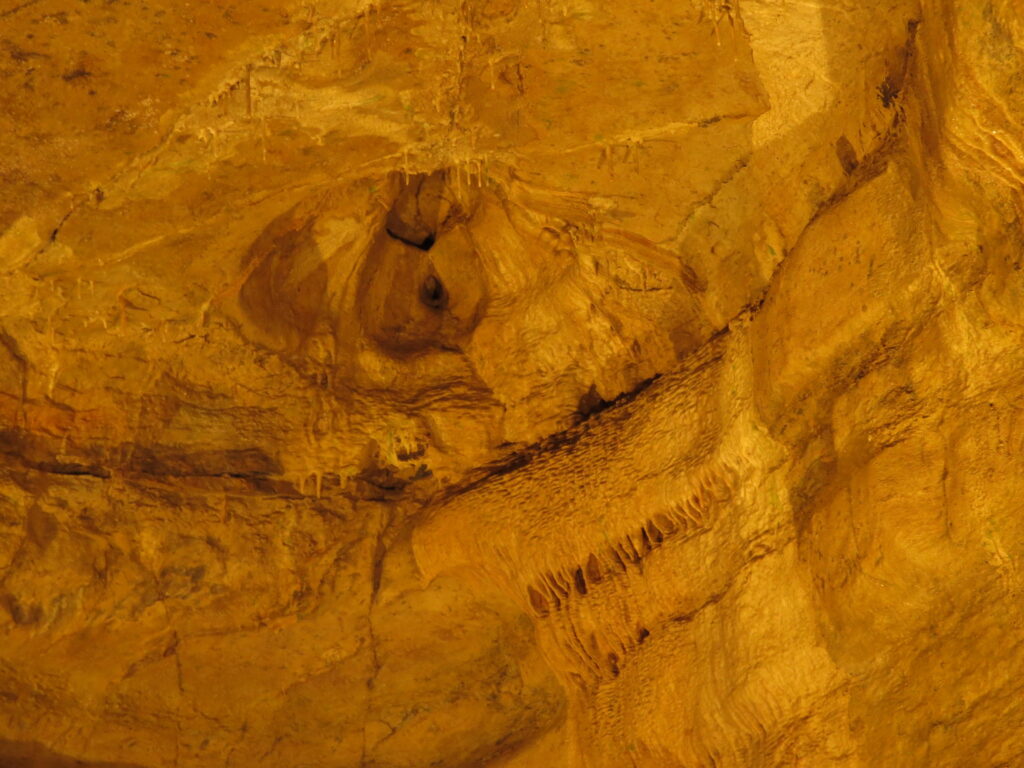
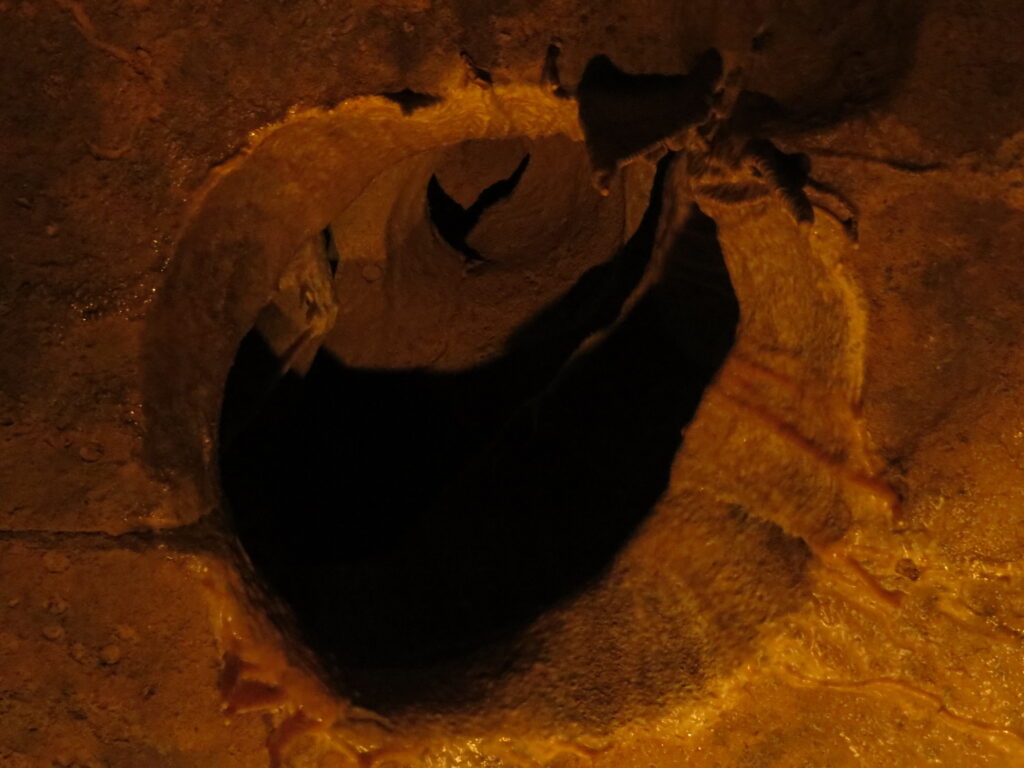
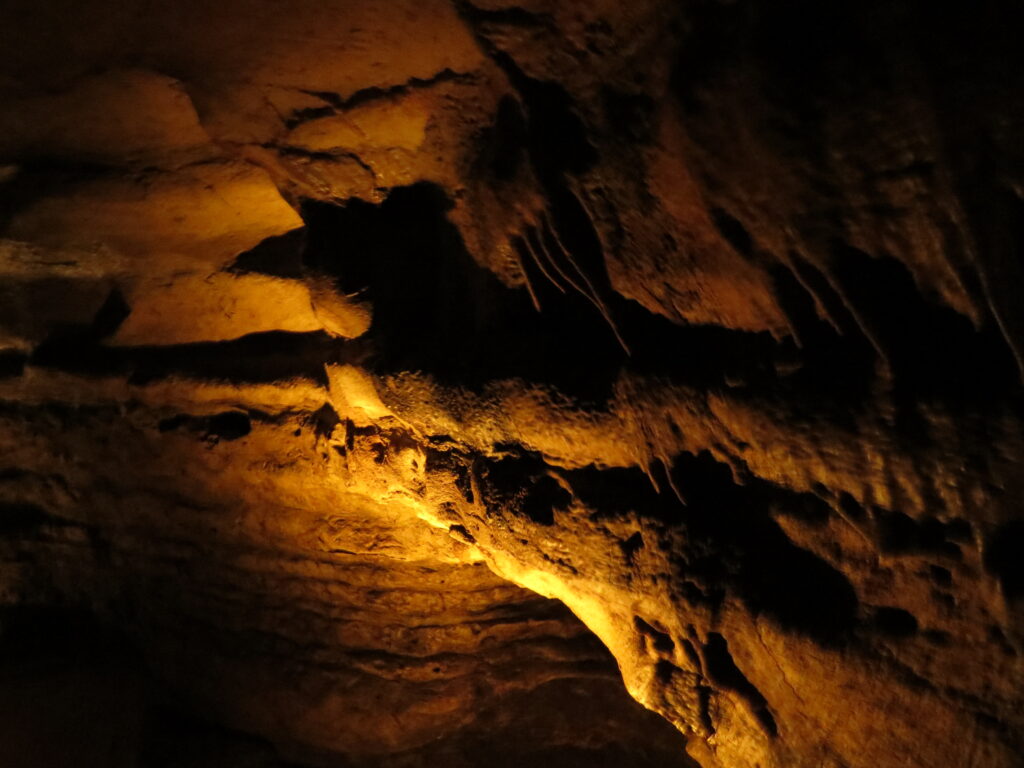
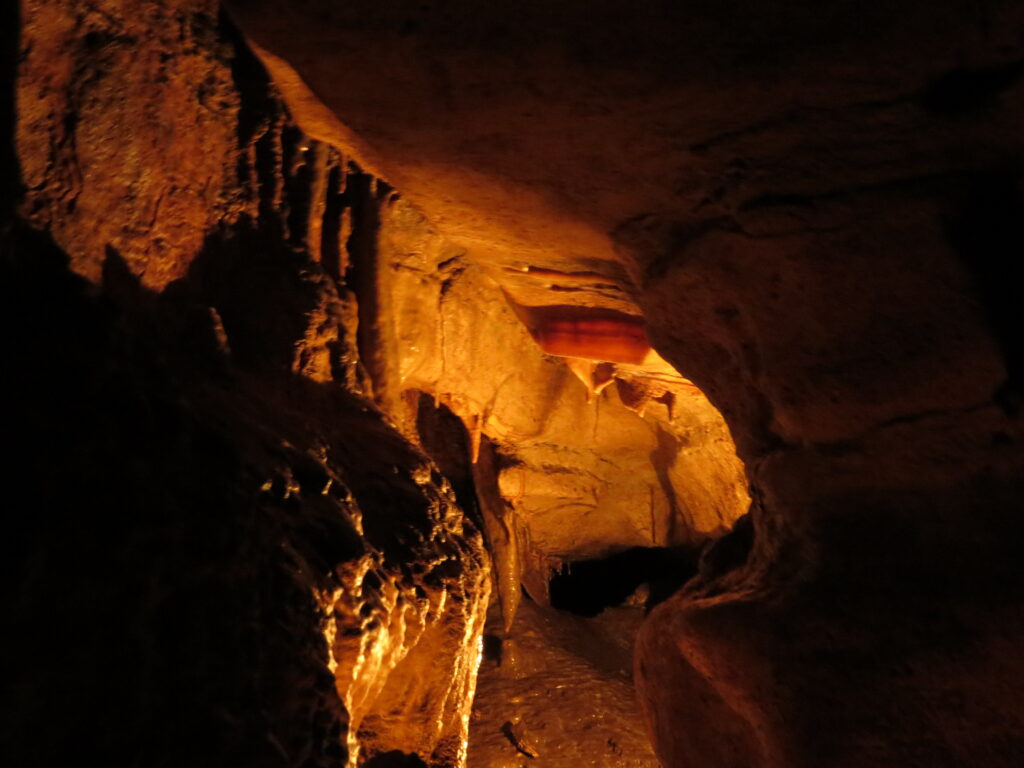

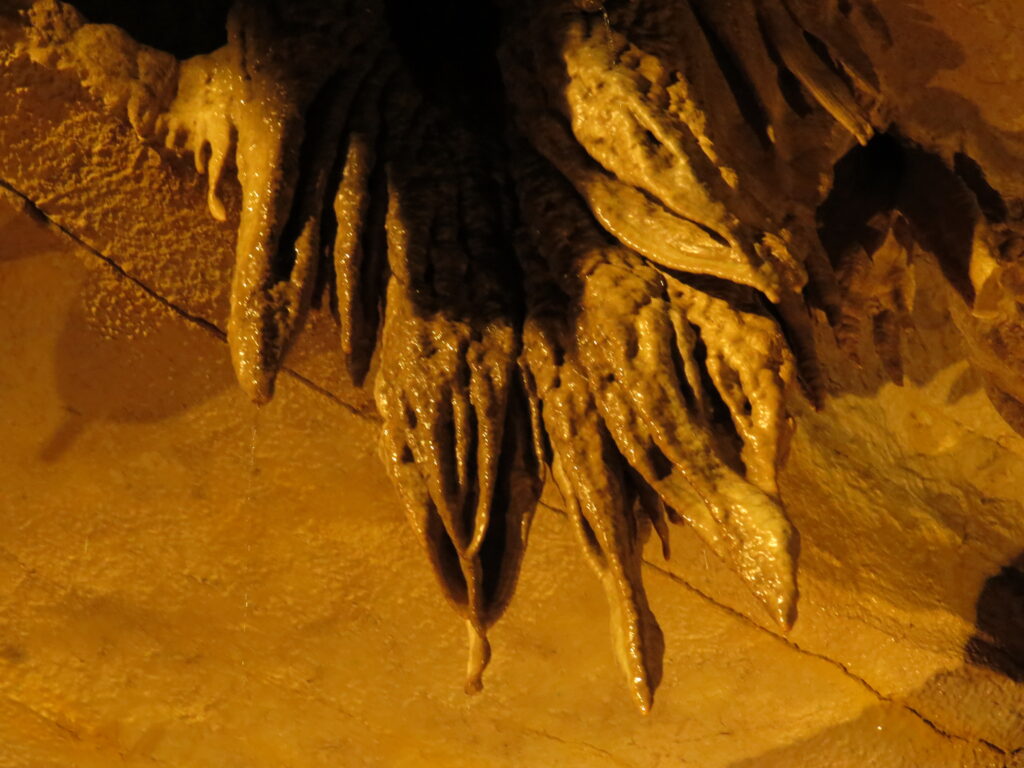
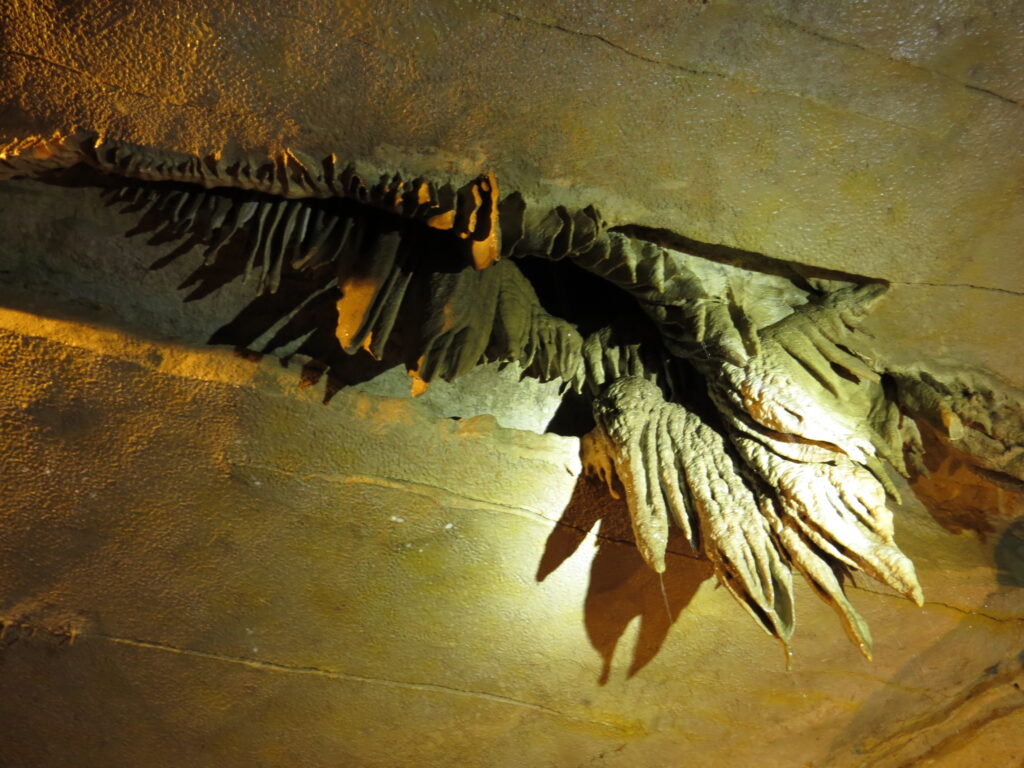
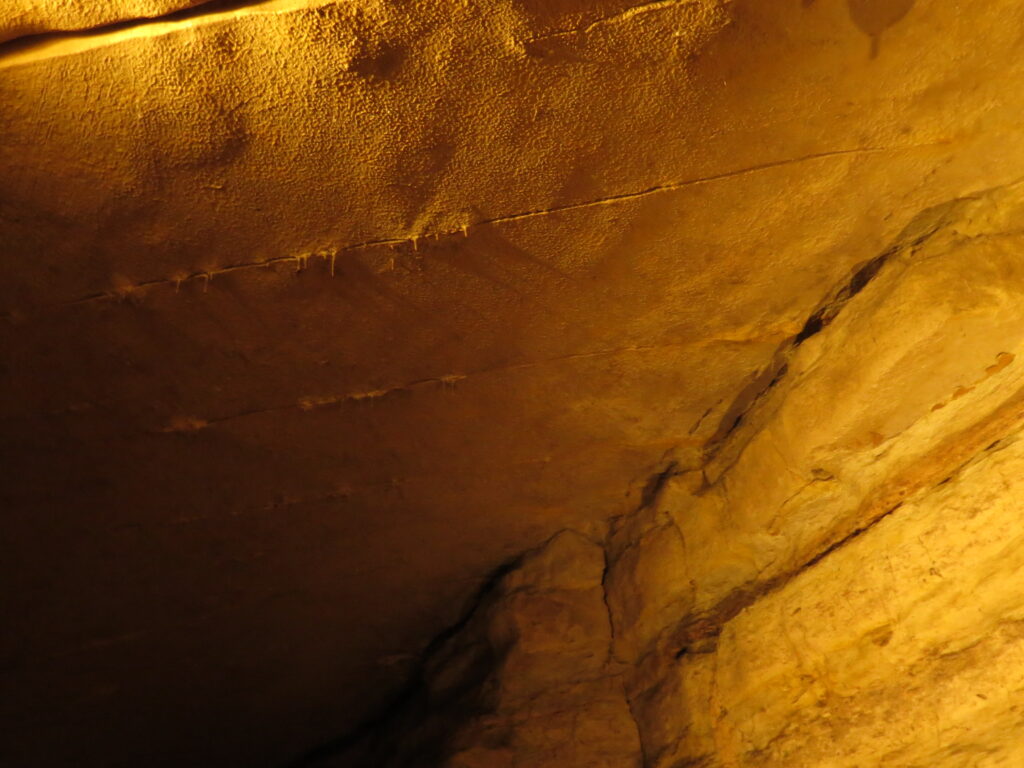
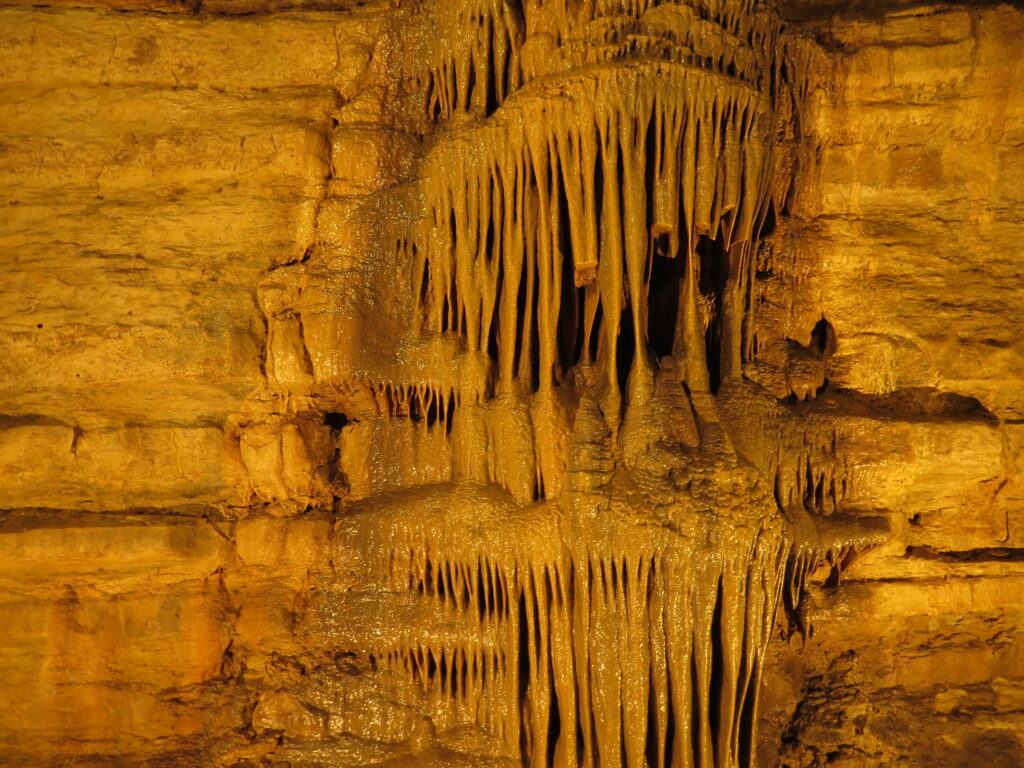

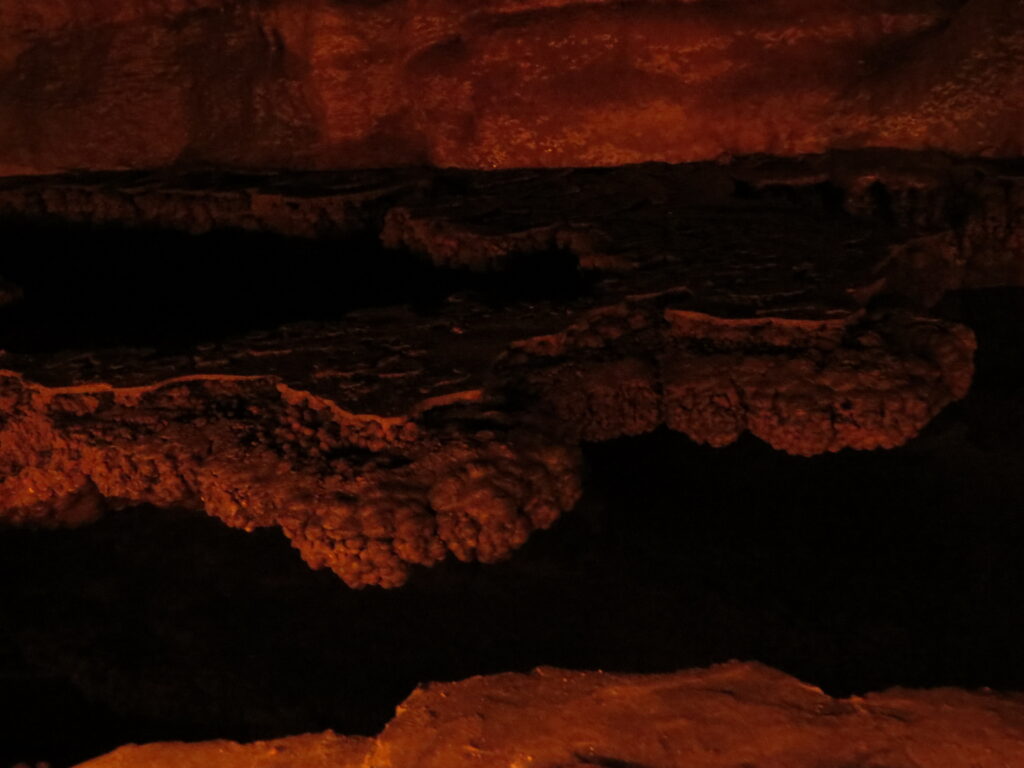
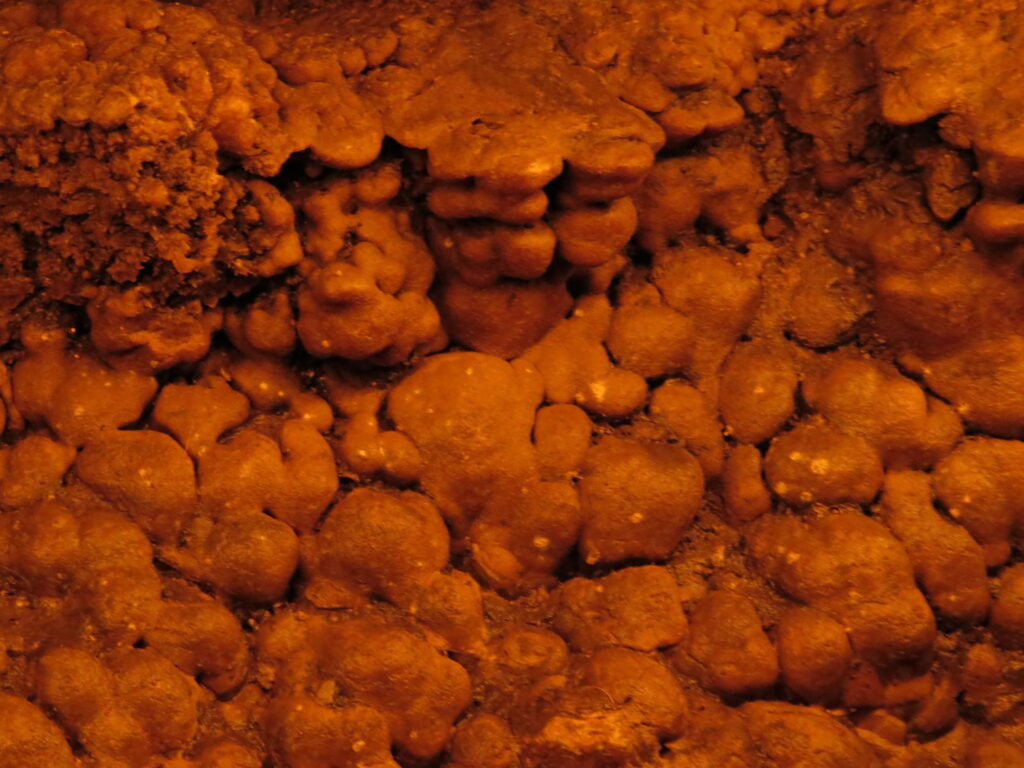
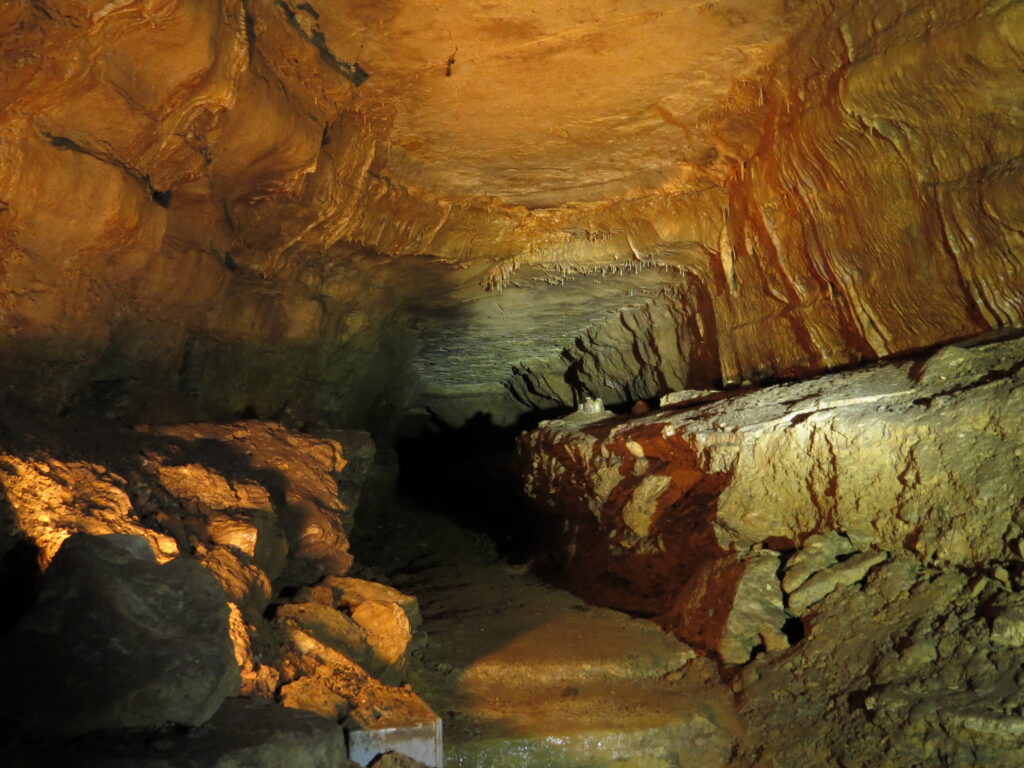
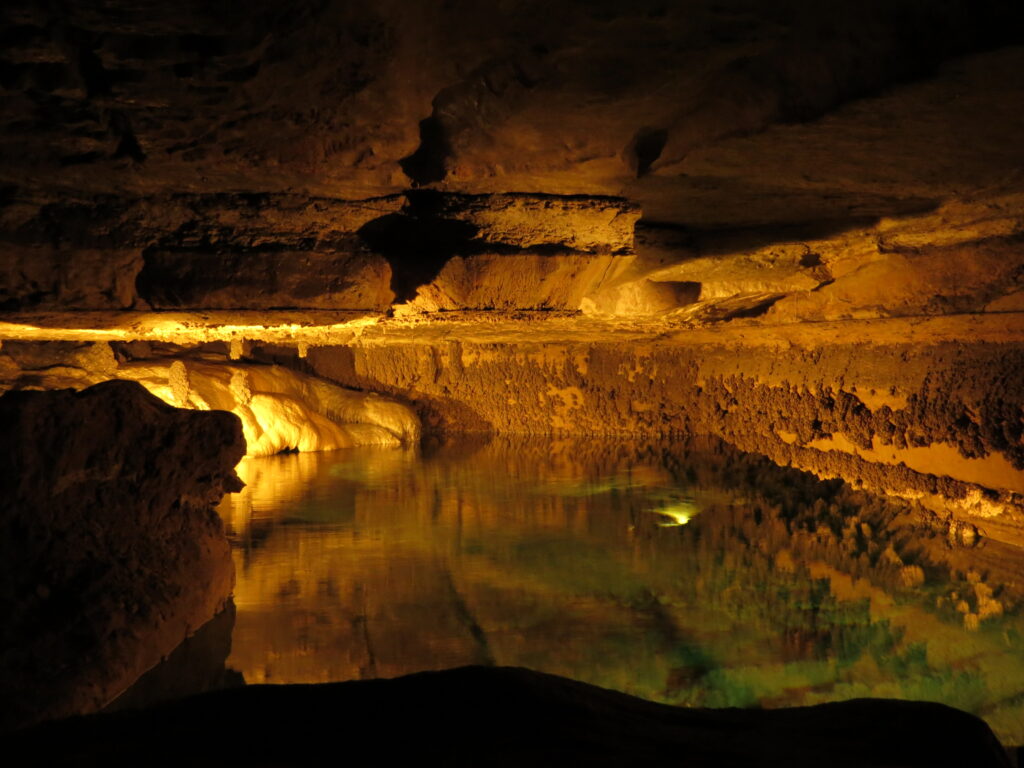
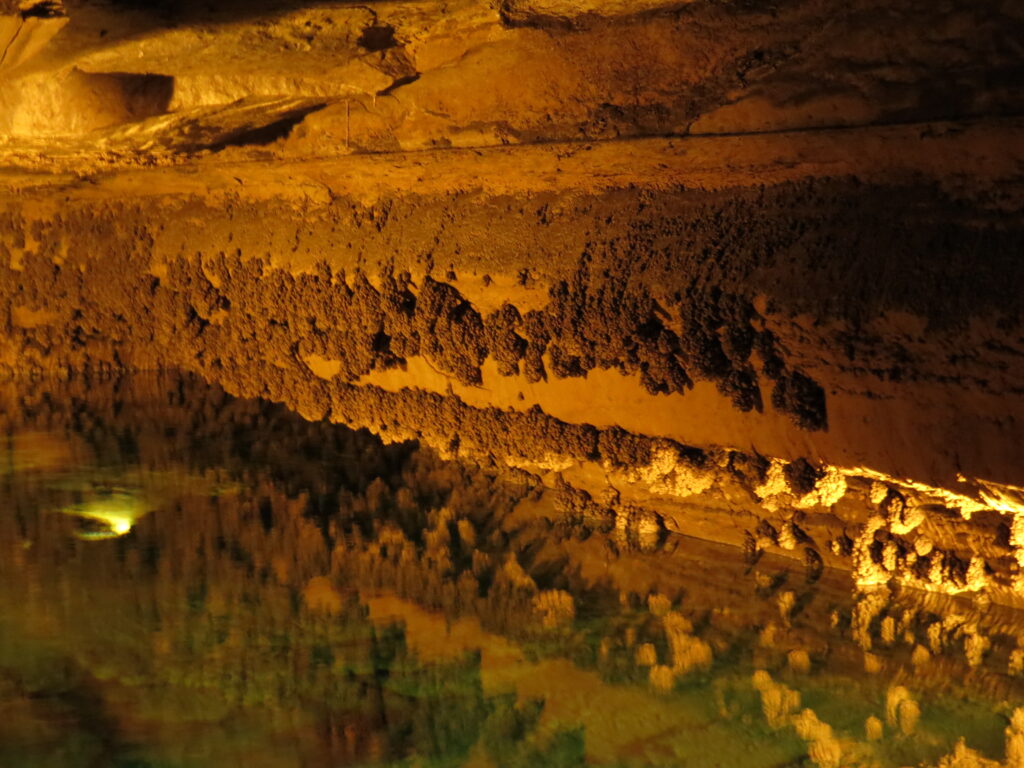
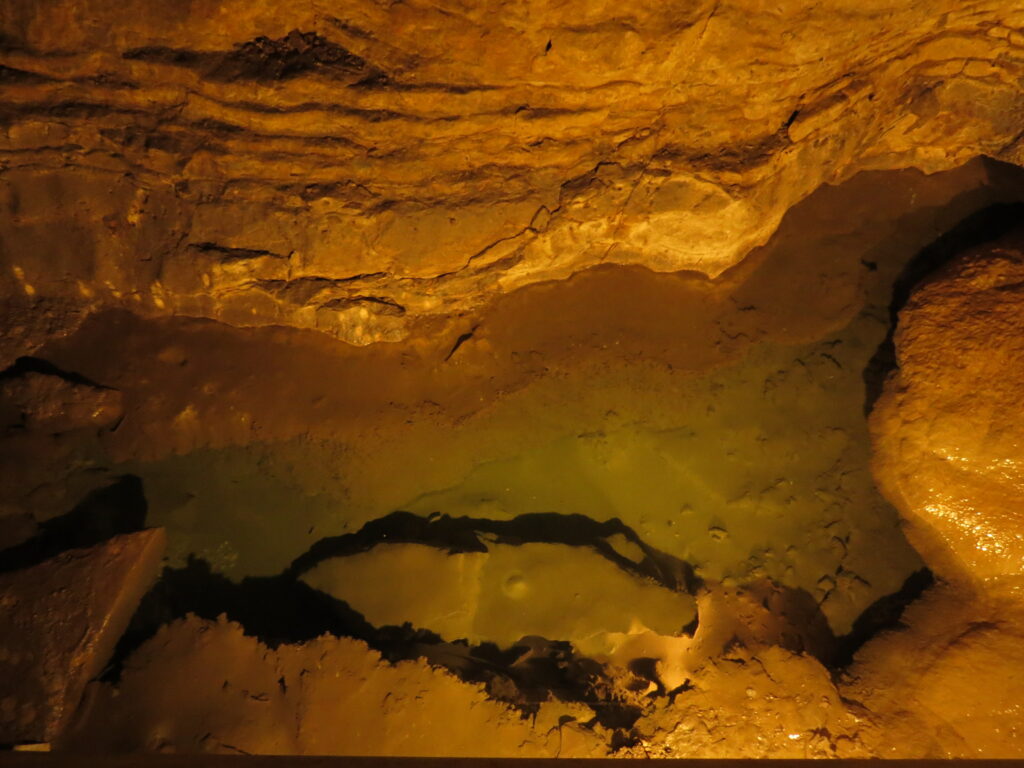
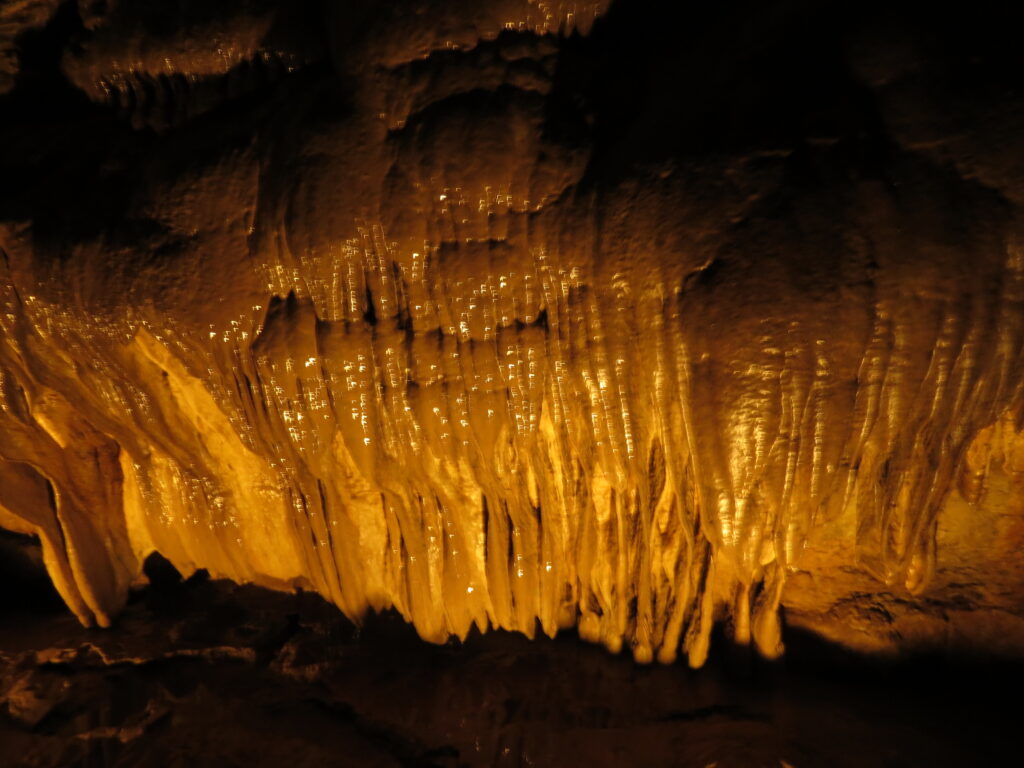
At one point in the tour, the guide turned off all the lights, and we were in total darkness. Our brains are not used to functioning in complete darkness, and some people still ‘see’ light. Our brains are ‘filling in the blanks’ again. The cave tour was such a cool, interesting part of our day. Later that night, after supper, when sitting around the campfire, a sliver of a moon shone in the western sky. We began to hear noises down by the dumpsters—the lids opening and banging closed. What could it be? It wasn’t people. I walked down the path to see who was doing the dumpster diving.

A truly tubby raccoon was climbing in and carrying out leftover food to eat on the top of the dumpster. He was not concerned when he saw me but returned to his supper routine.
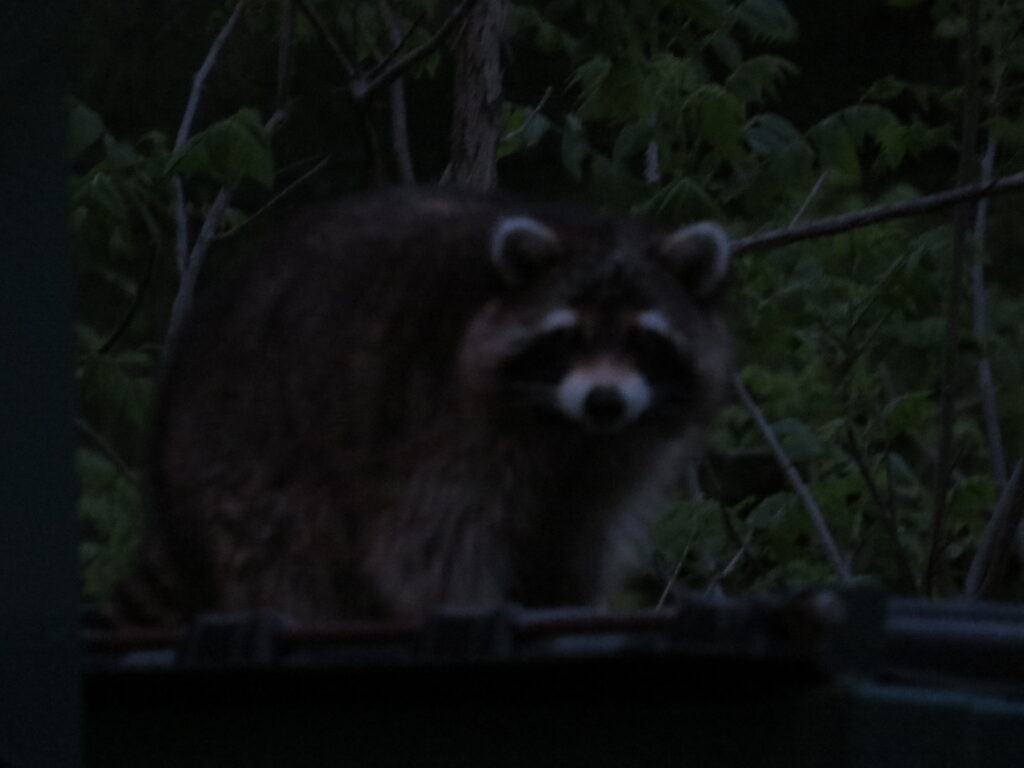
The evening air was still, the campfire smelled of clean-burning wood, the trees were silhouetted against the still-light sky. It was a peaceful, restorative place.
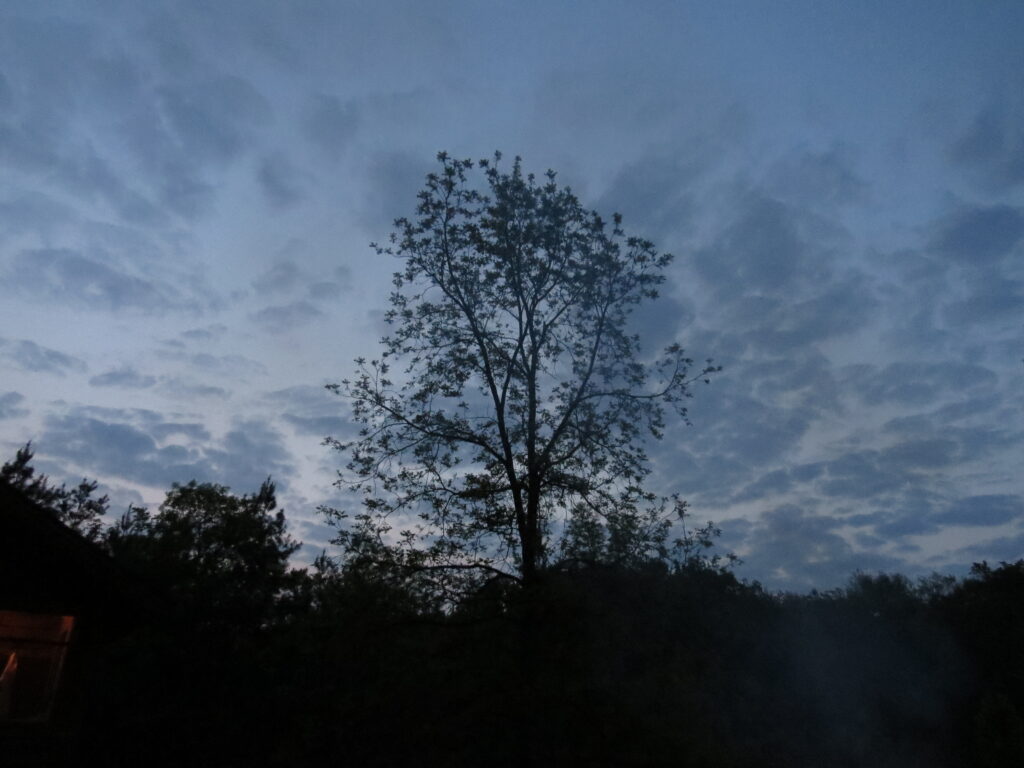
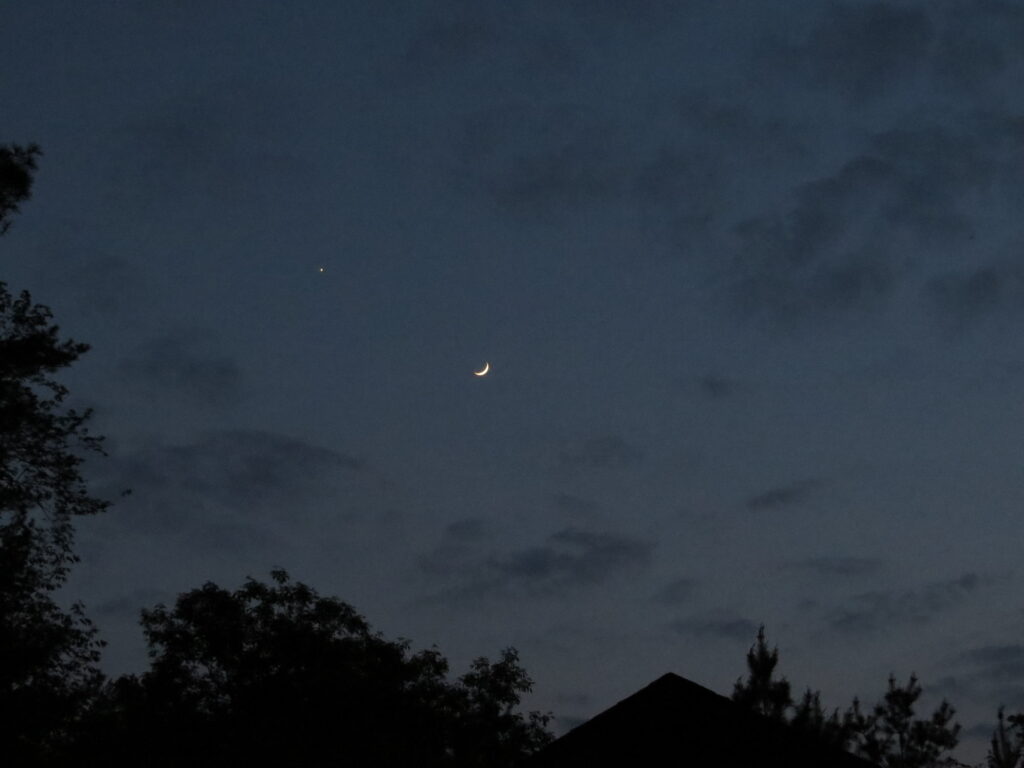

The next morning, we drove to the little 1850’s village of Forestville at the northern end of the park. It was a ‘forgotten’ town when the railroad bypassed it, and eventually one man bought the whole town. A tour bus of people were gathering for a historic visit. Chris and I took to the trails that rose from the South Branch Root River up the forested bluff. Oak and Maple trees shaded the forest floor that was covered with ferns, Wild Geraniums, and Mayapples with an occasional red-pink Columbine. It was beautiful!
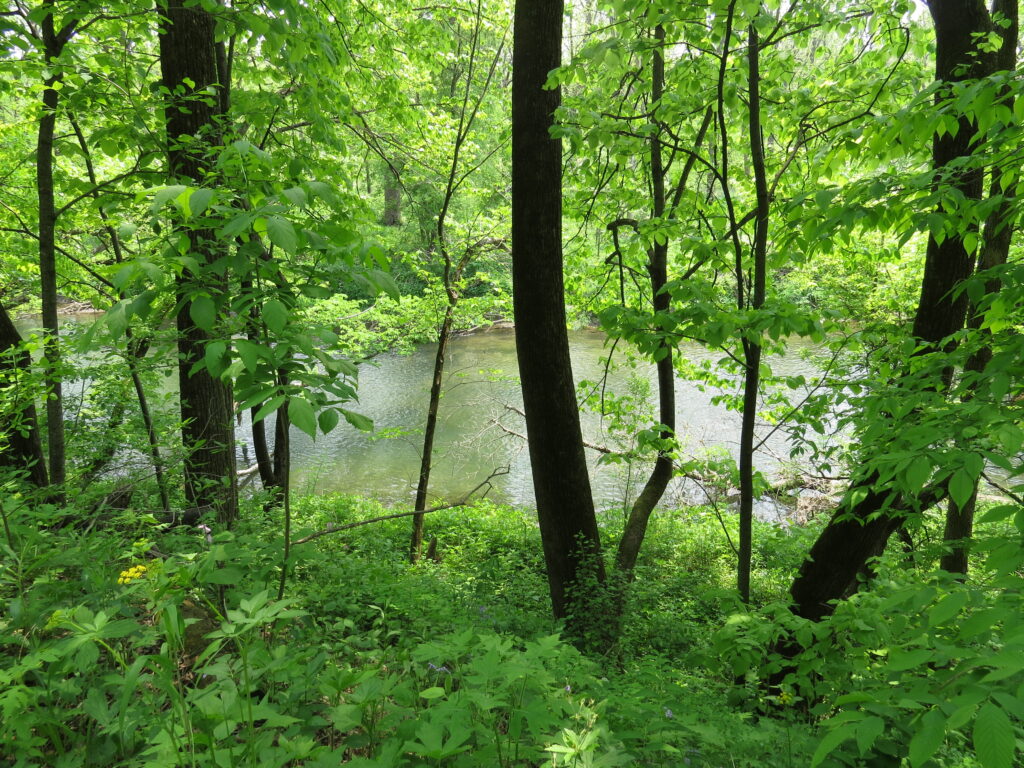
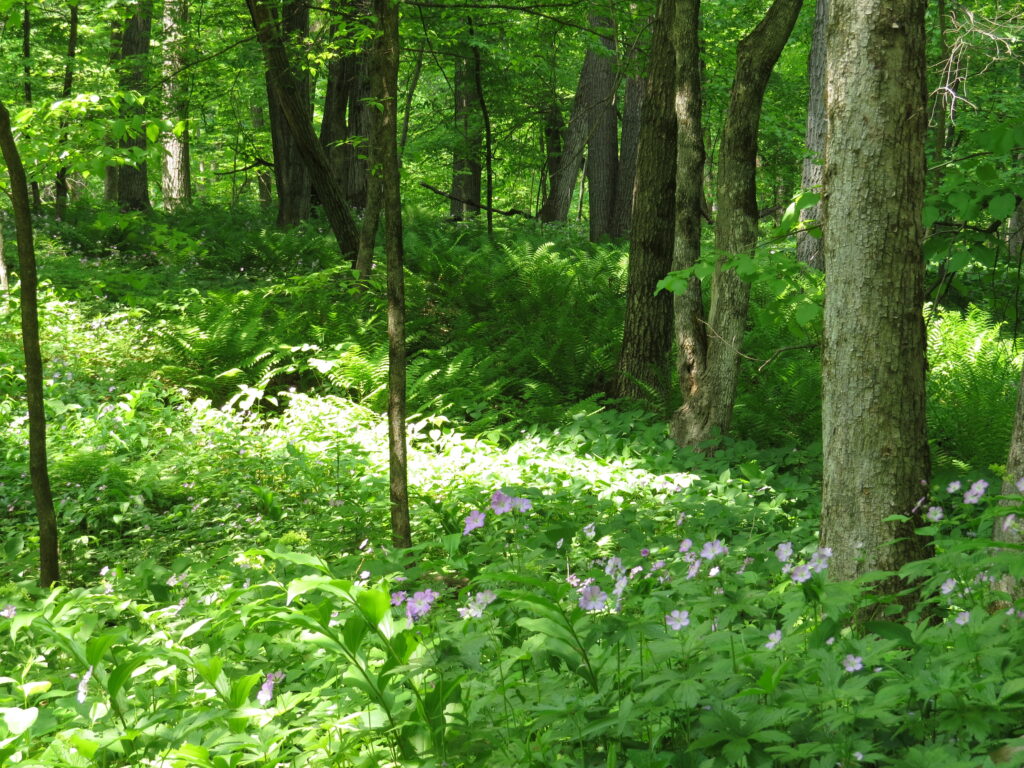
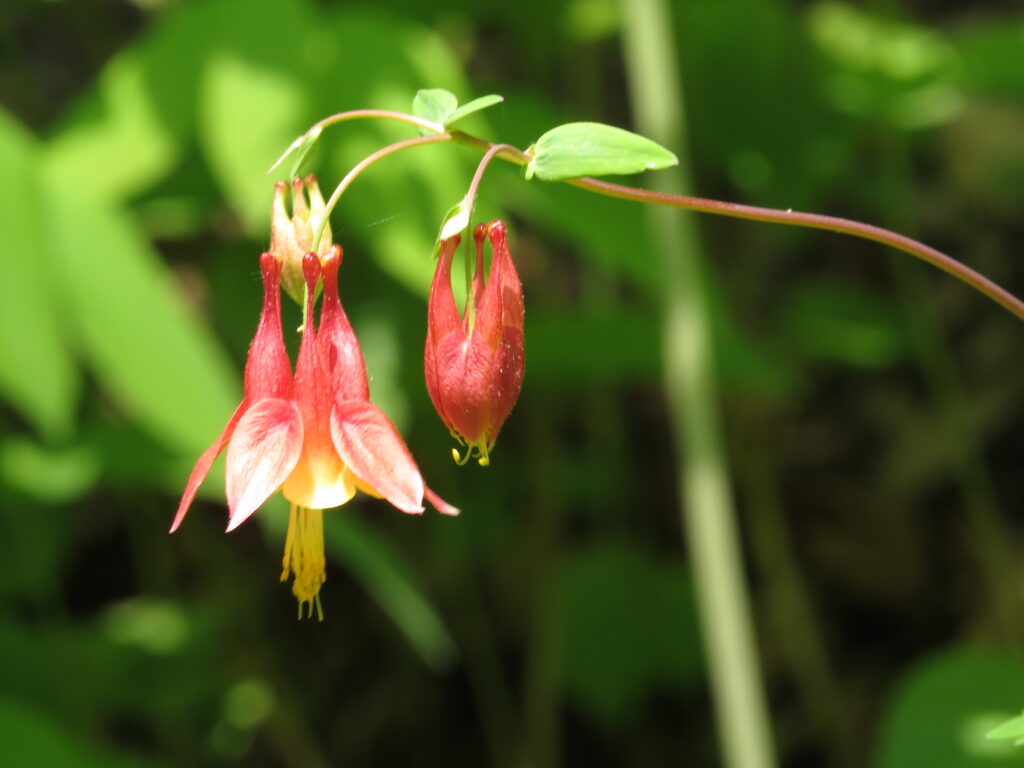
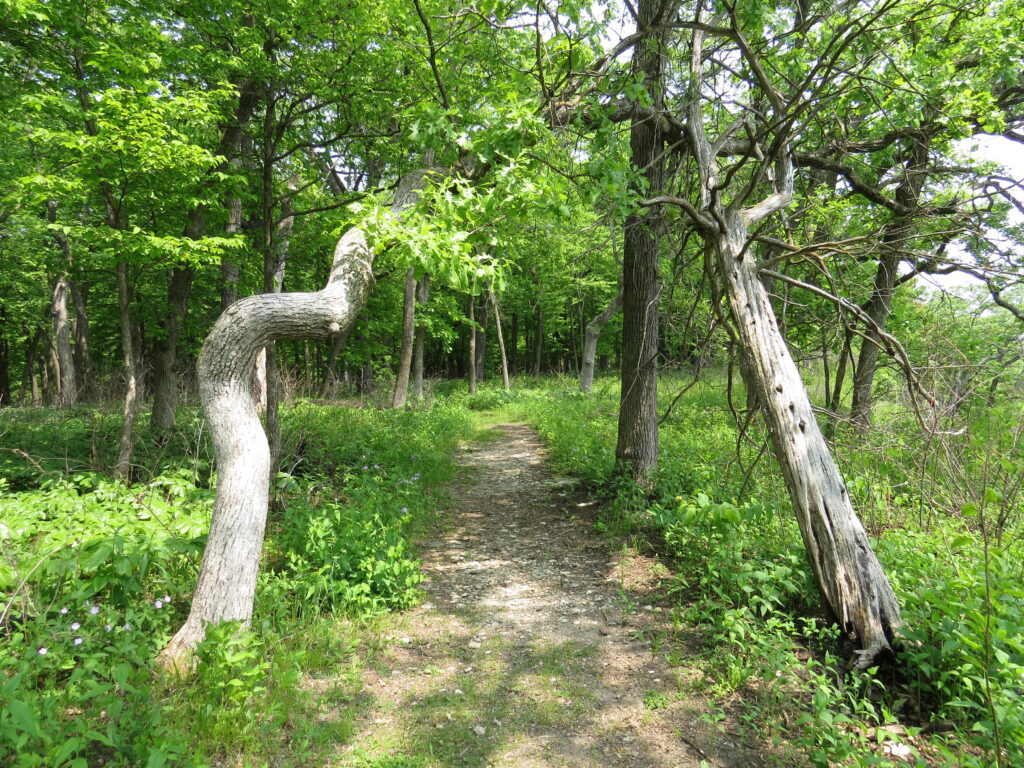
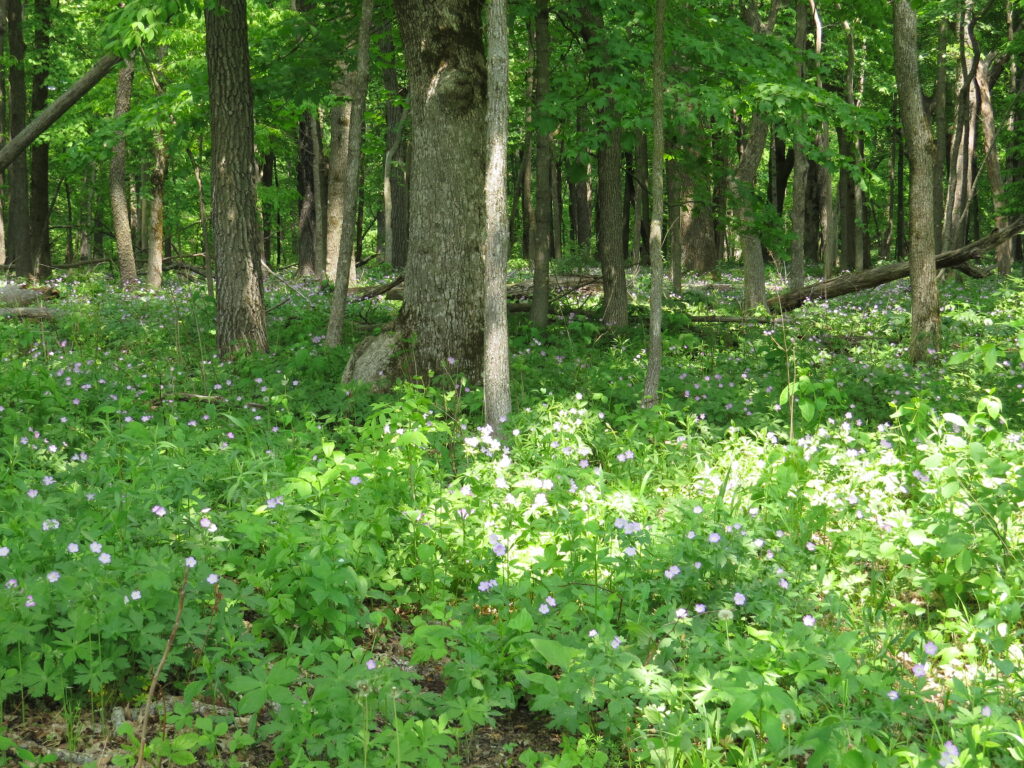
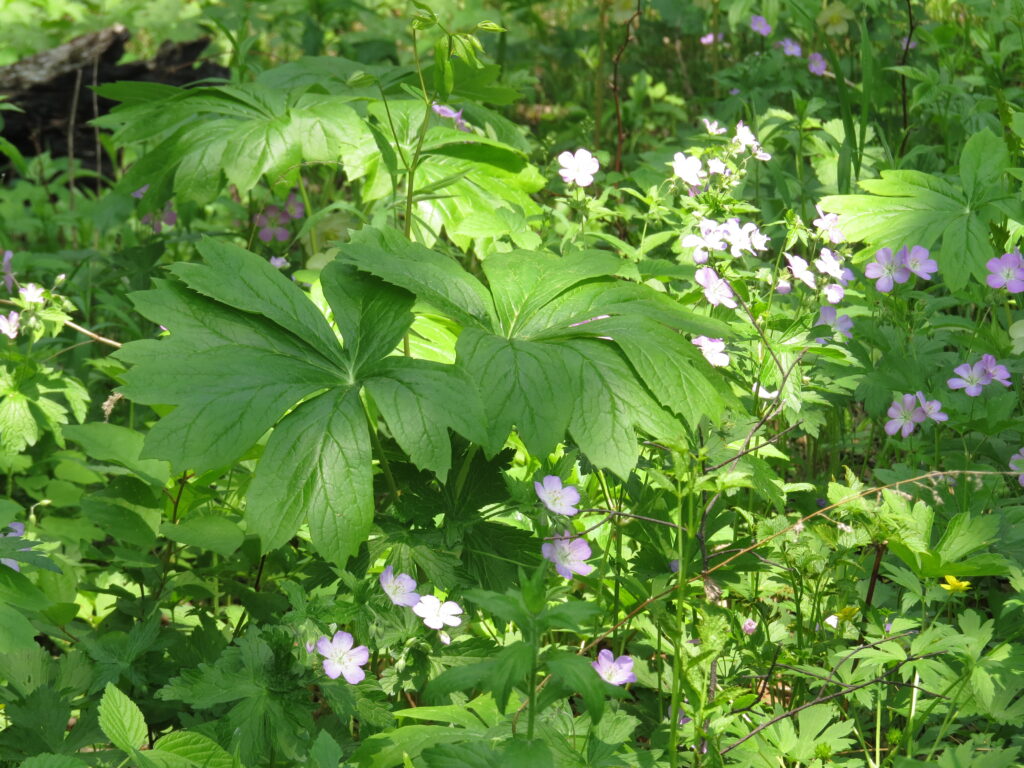
An overlook at the top of the bluff looked out at another bluff. This area of wooded hills and valleys seemed like a different world than central Minnesota—it was a confirmation of the splendid diversity of landscapes all encompassed in one state.
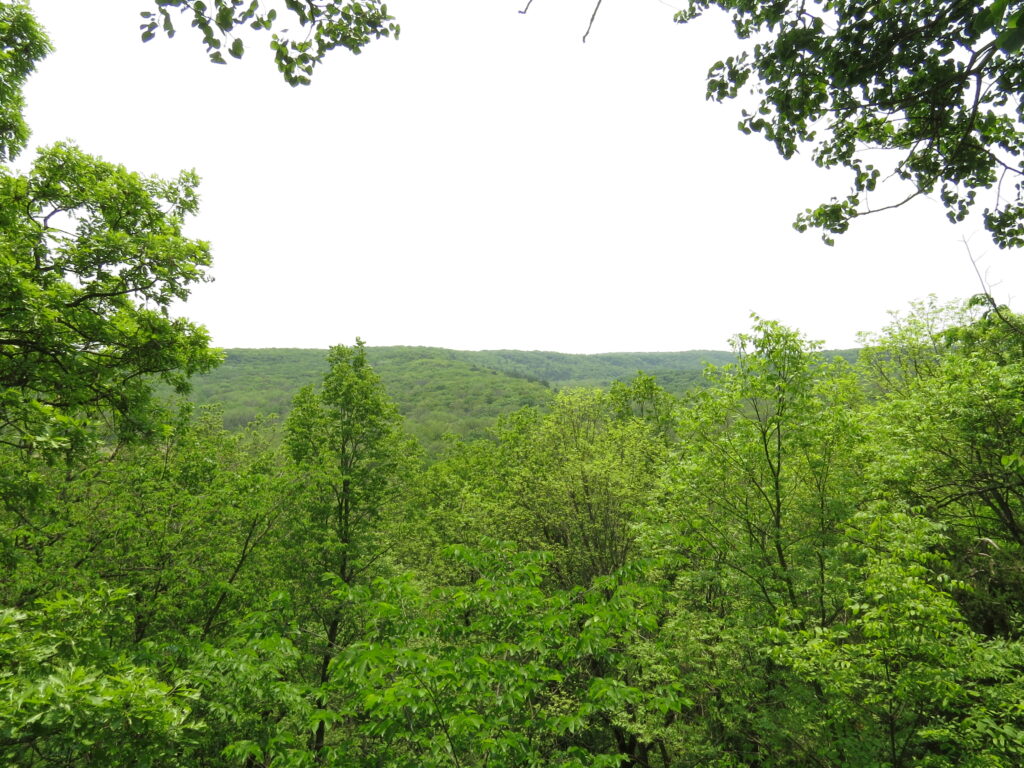
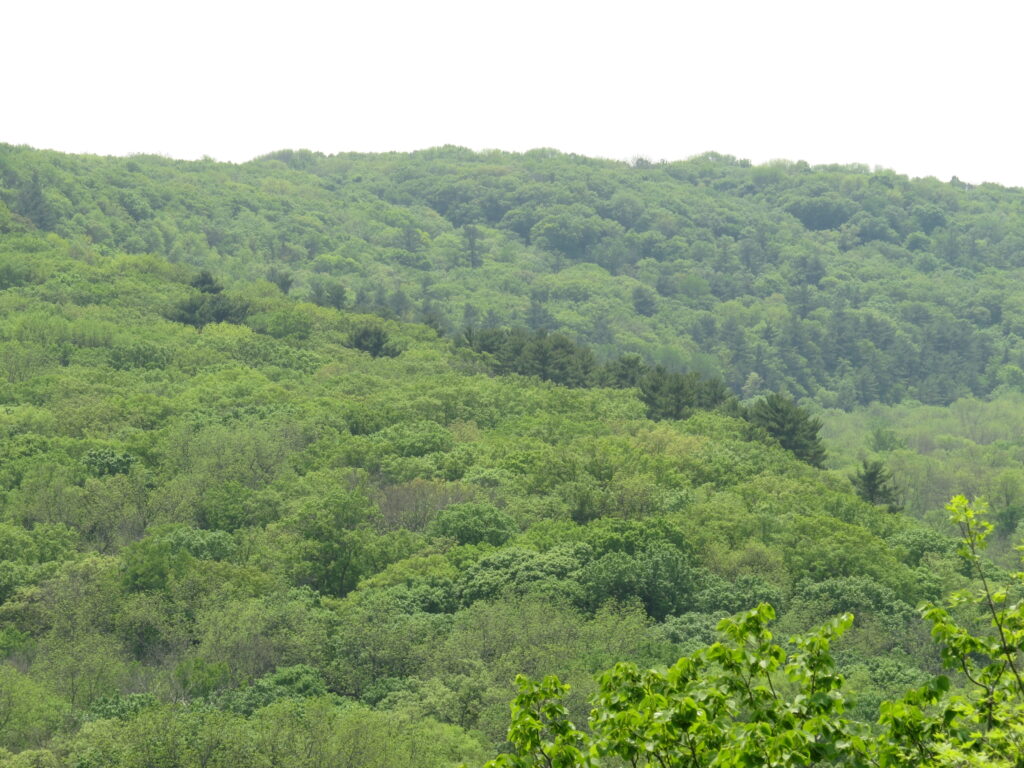
As I looked over at the next bluff, I noticed a stream flowing through the trees—it seemed so unlikely that a stream could be flowing so far up on a hill! But the karst region is a tangle of streams that begin from springs that flow through the underground rocks and defy the usual flow of water, just like the upward flow of water etched a hole in the ceiling of the cave. My brain’s ‘filling in the blanks’ of how things are, how things work was wrong in a place like this.
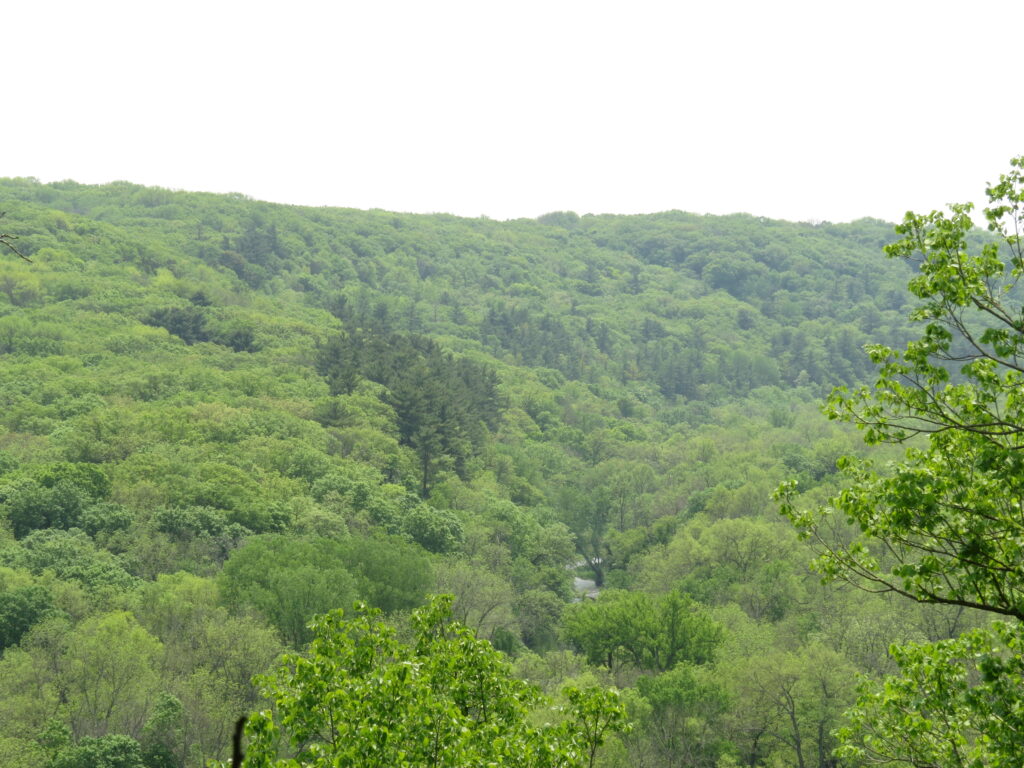
Our brains do what they do to expediate processing—we use what we have learned in the past to figure out what is going on in the present. But just like working on a real puzzle, when we have put a wrong piece in place, we eventually ‘see’ that it is wrong and remove it for the piece that really fits. That is the gift of learning—the picture becomes more complete, more satisfactory, more real. When we are stuck in our ways, stubborn in being ‘right,’ and unwilling to change out an ill-fitting idea or ‘fact’ for a valid one, we end up with a dystopian, Picasso-like, distorted picture. I never expected a Minnesota State Park, a place we went to for peace and comfort, would be a place that expanded my thoughts about darkness and water. We have an opportunity to learn every day, in every situation. Are we willing to do that in pursuit of a more whole, realistic picture of Life?
